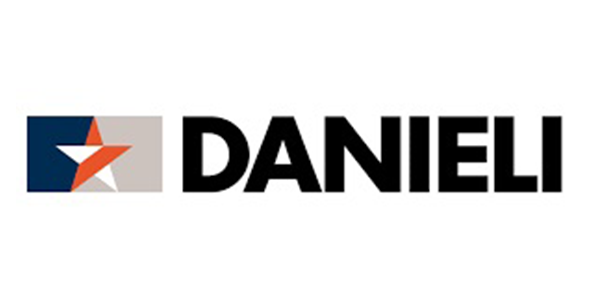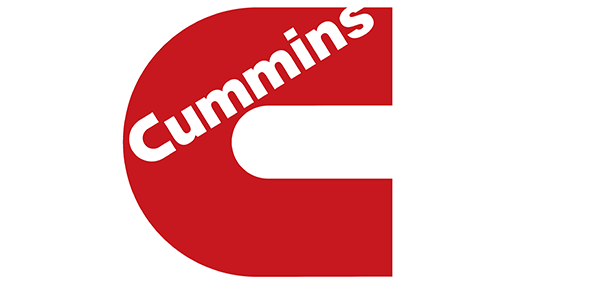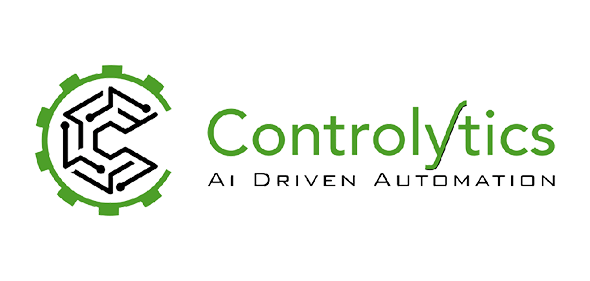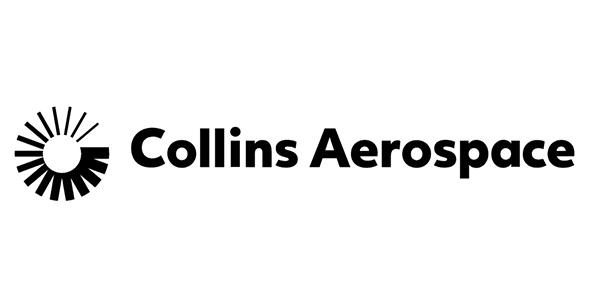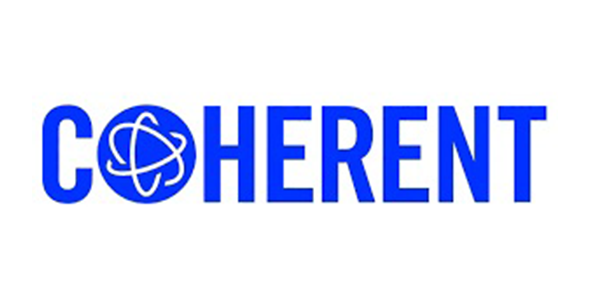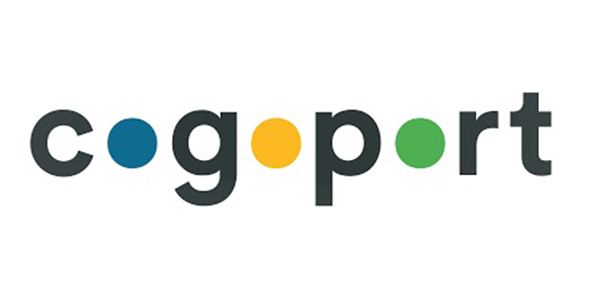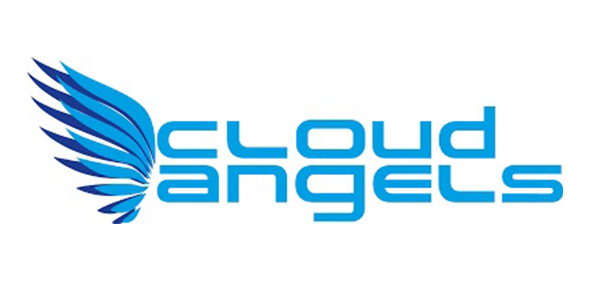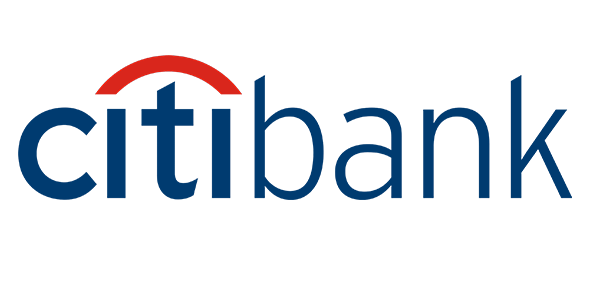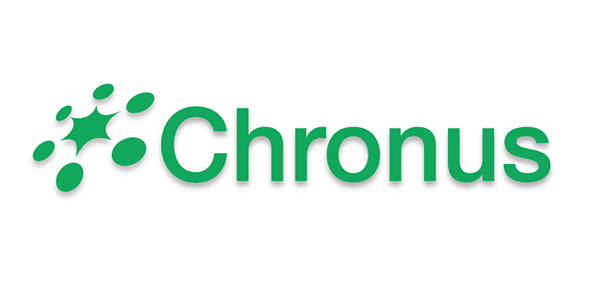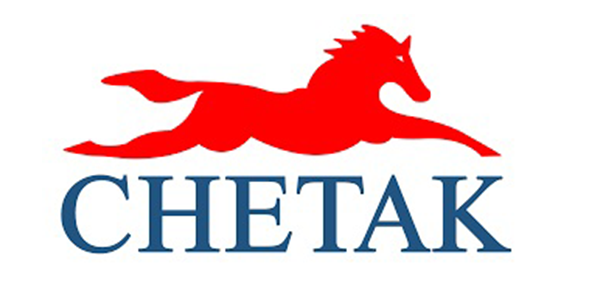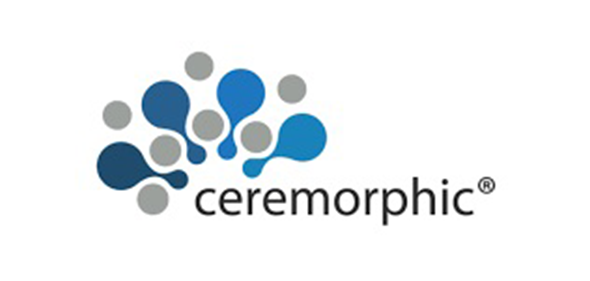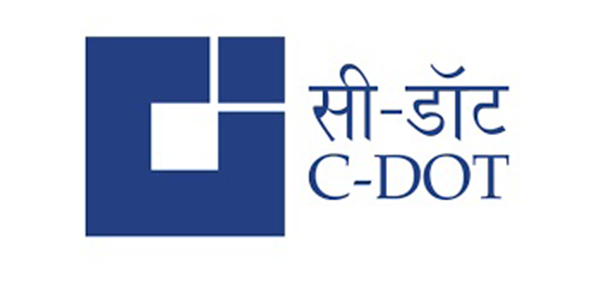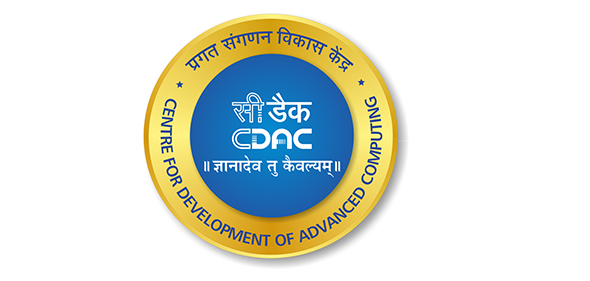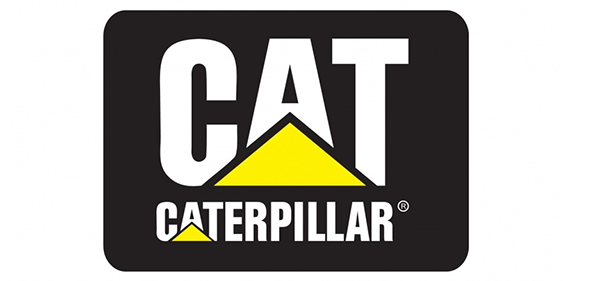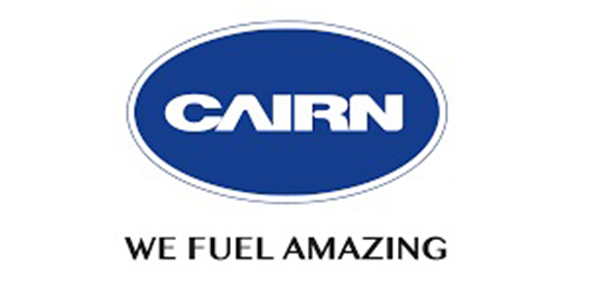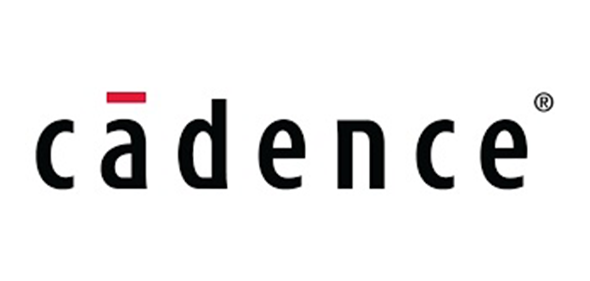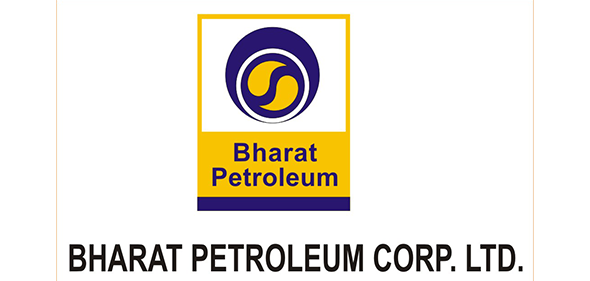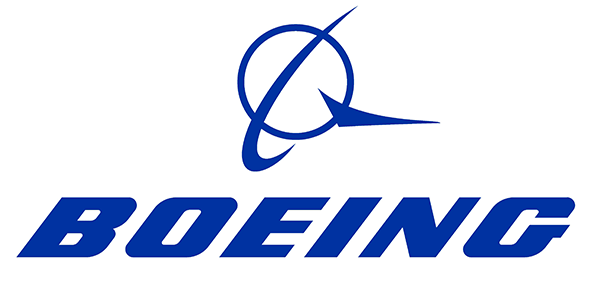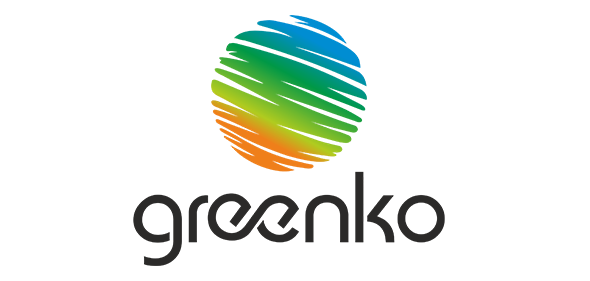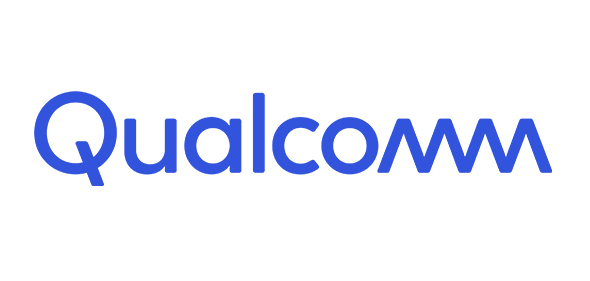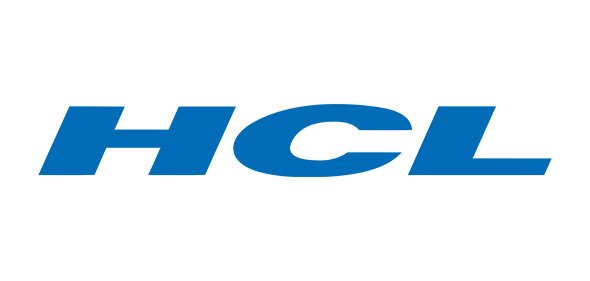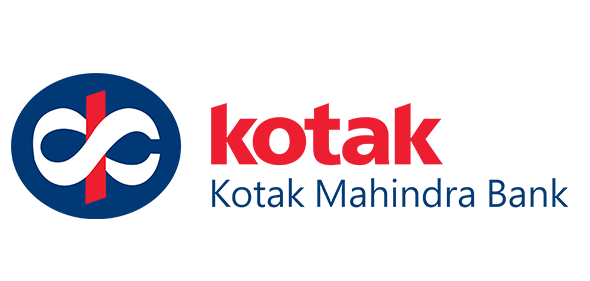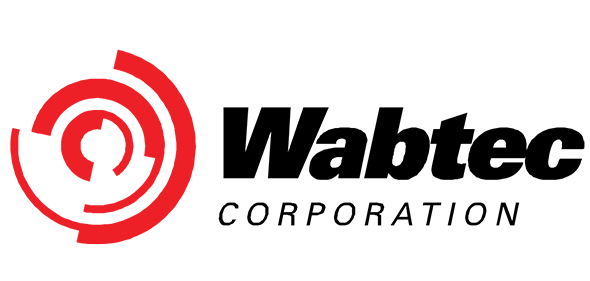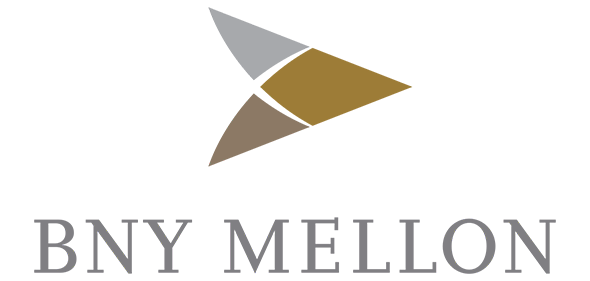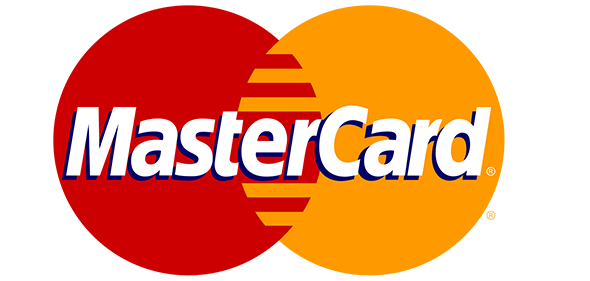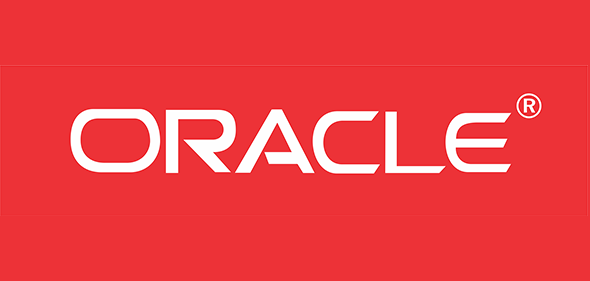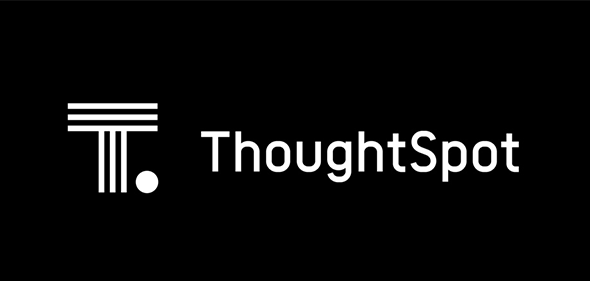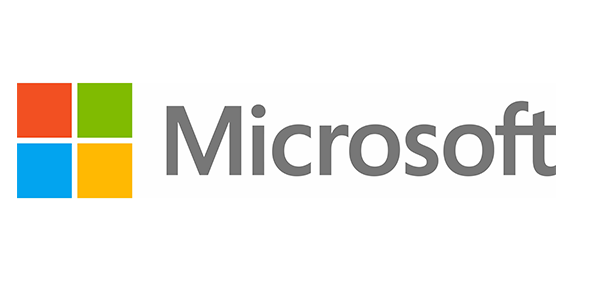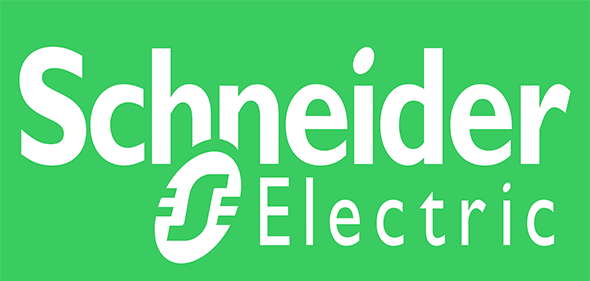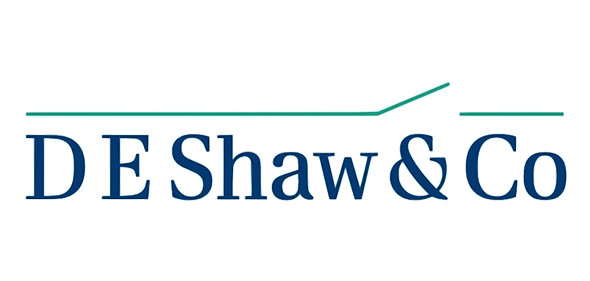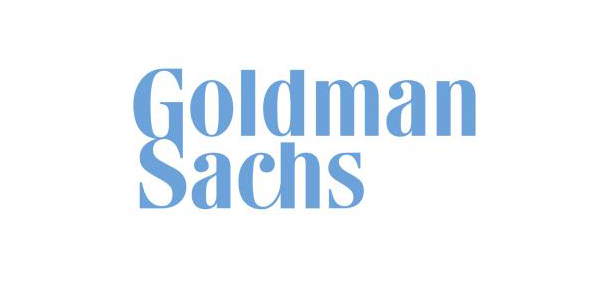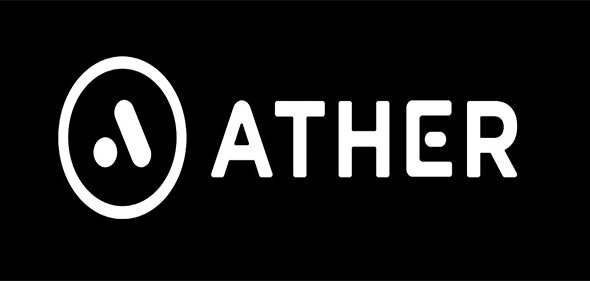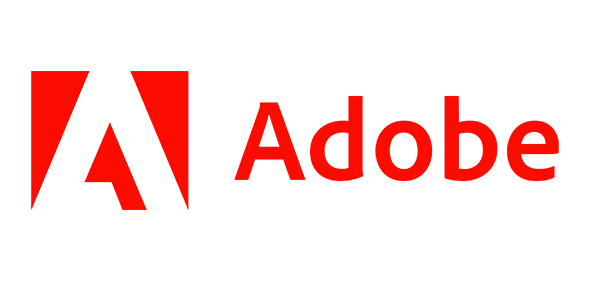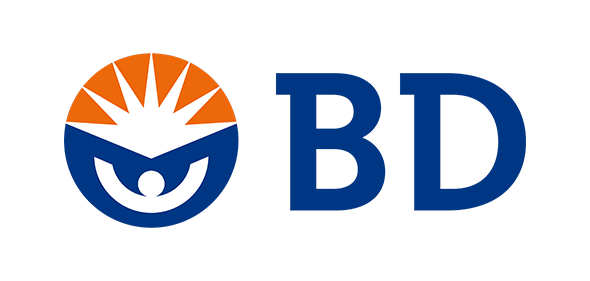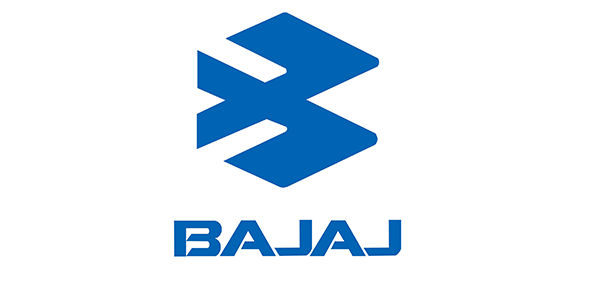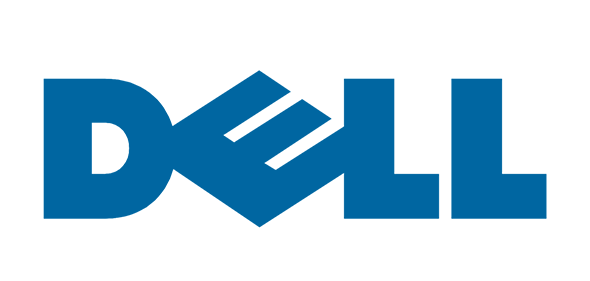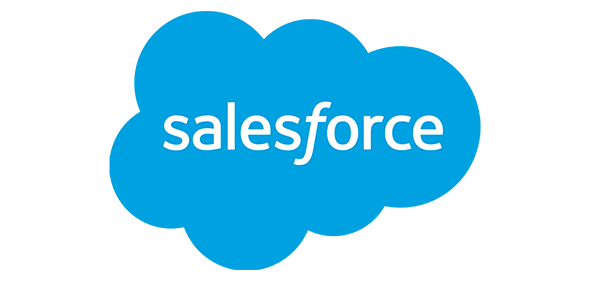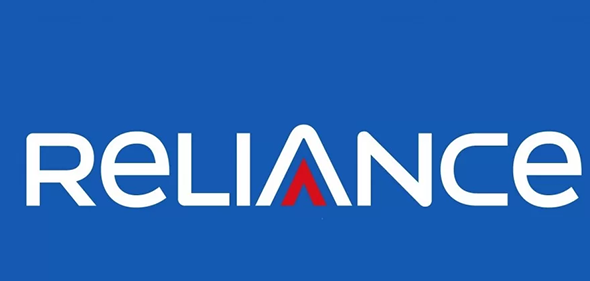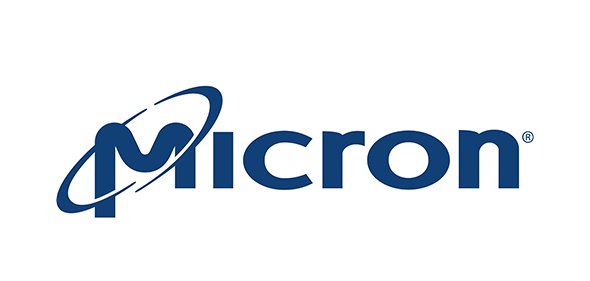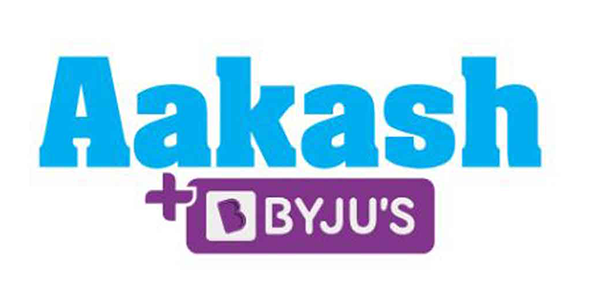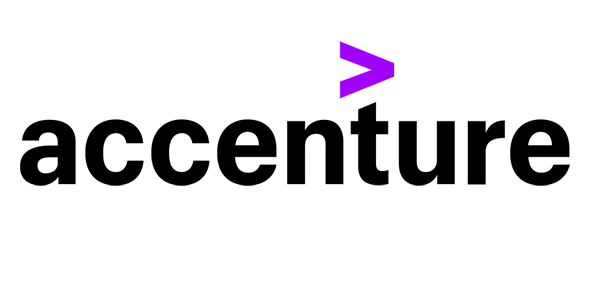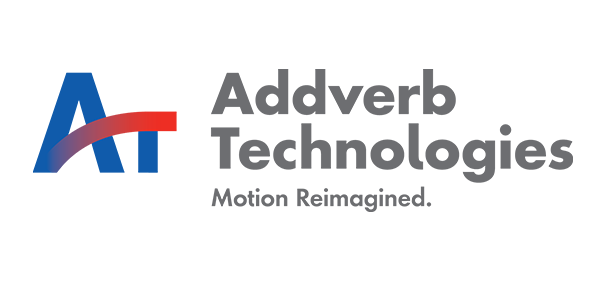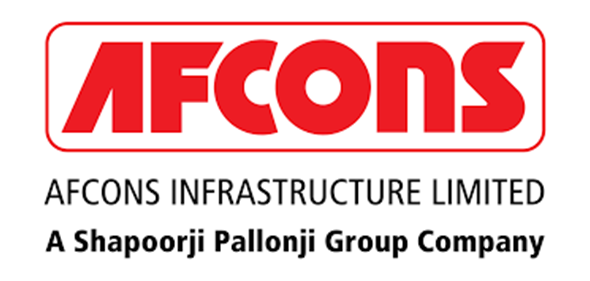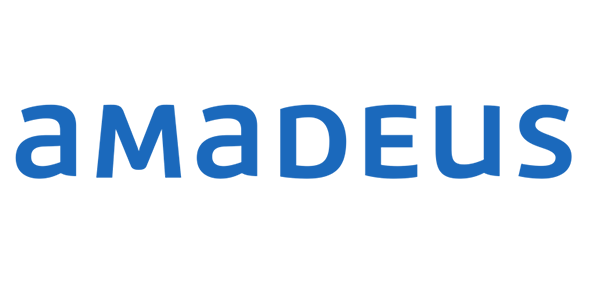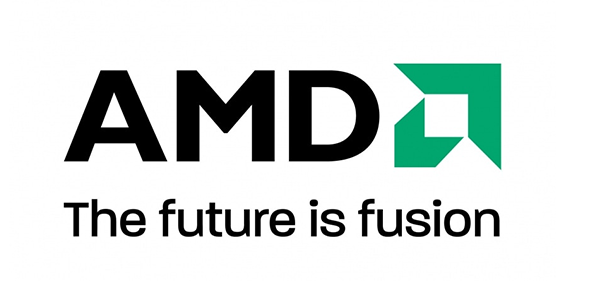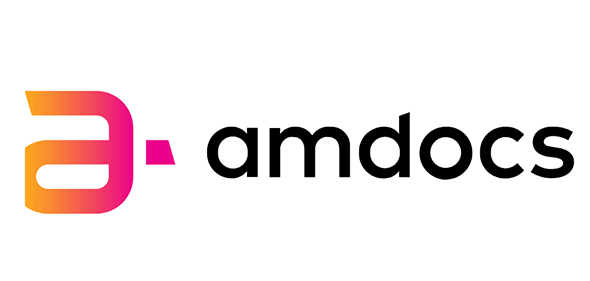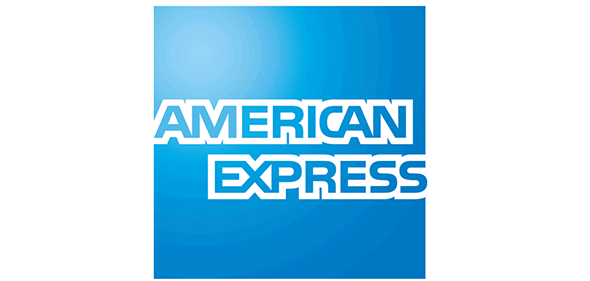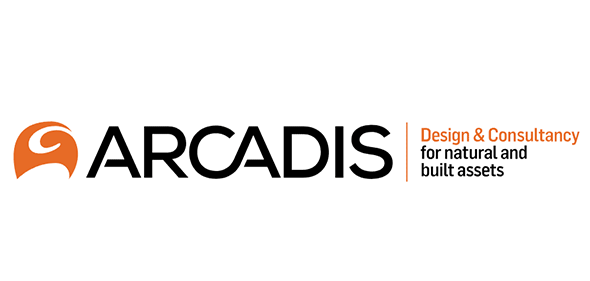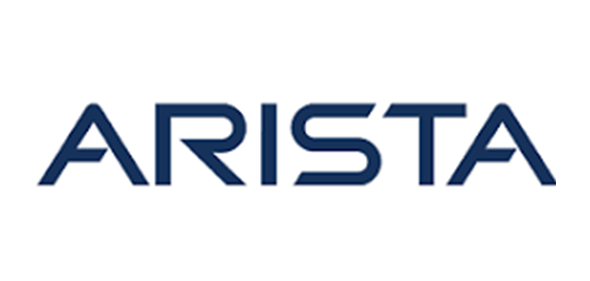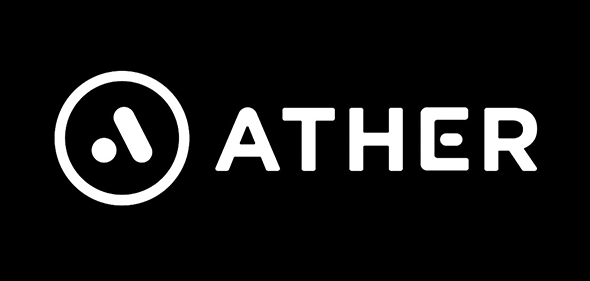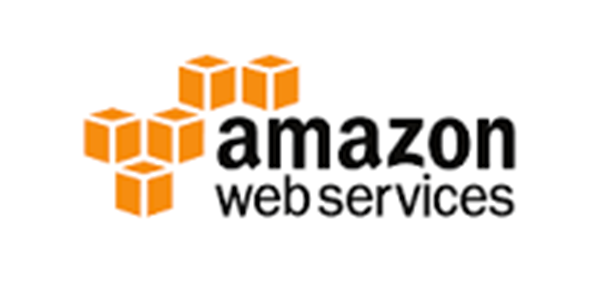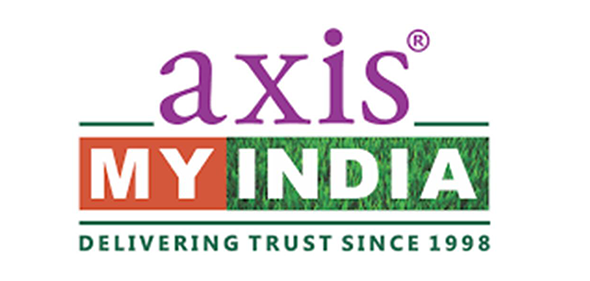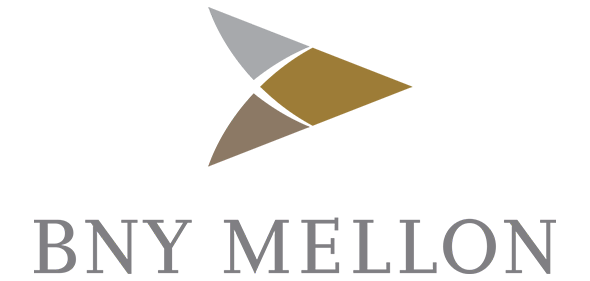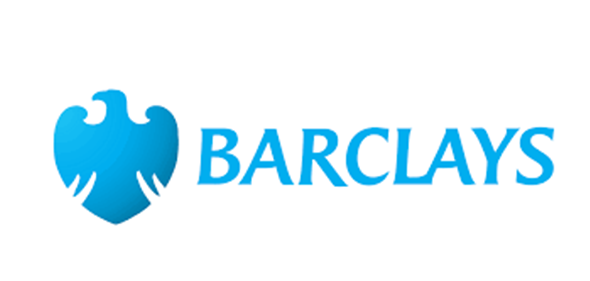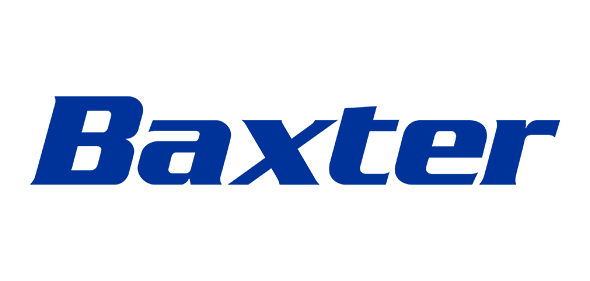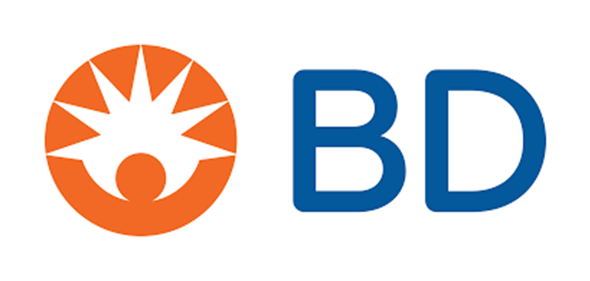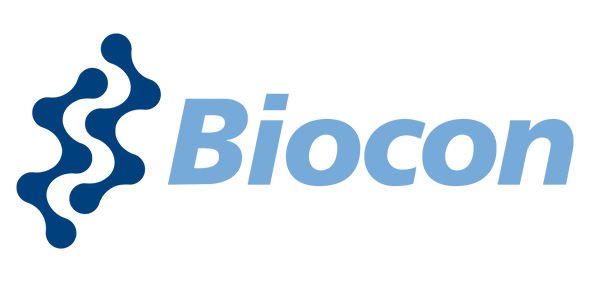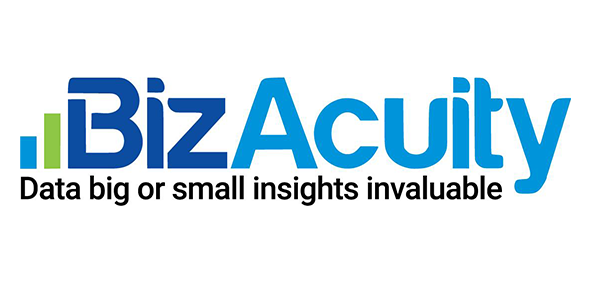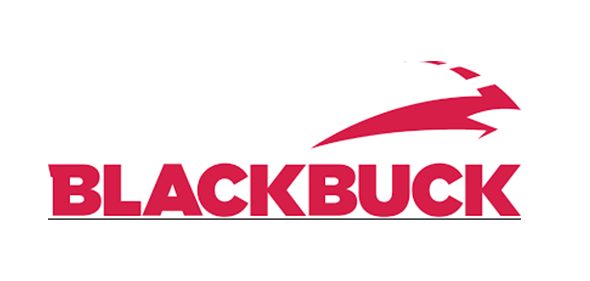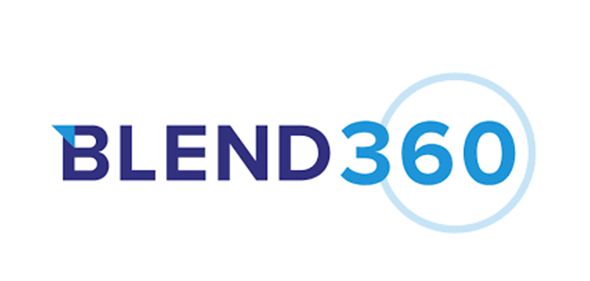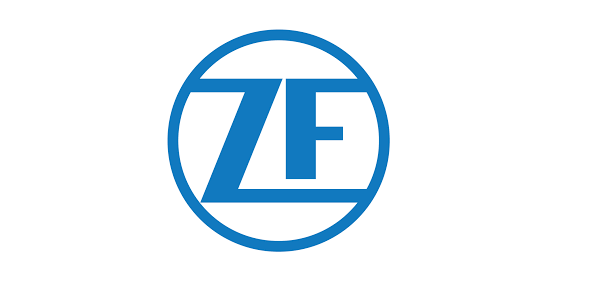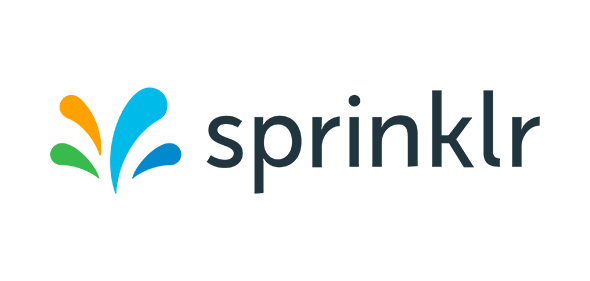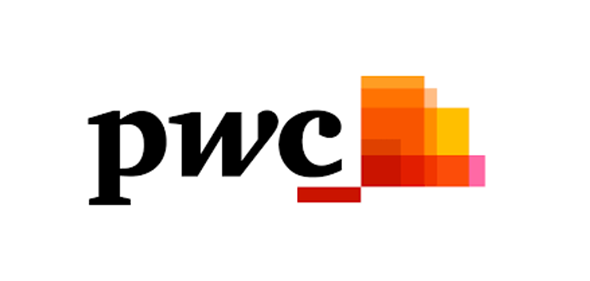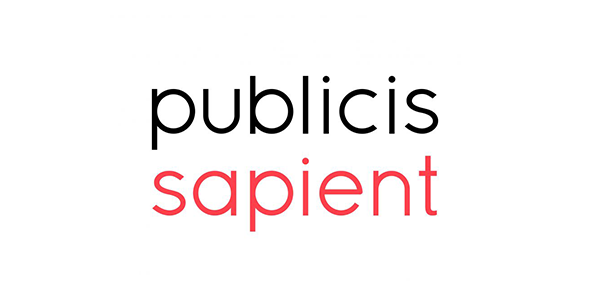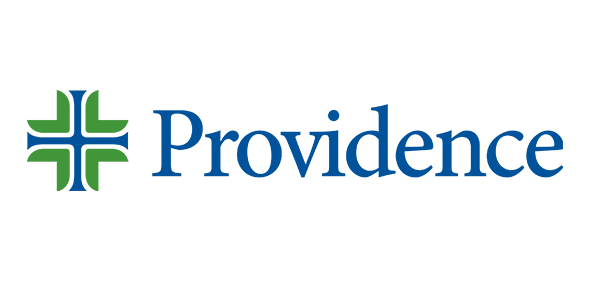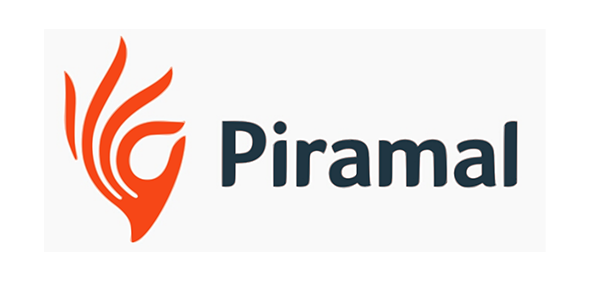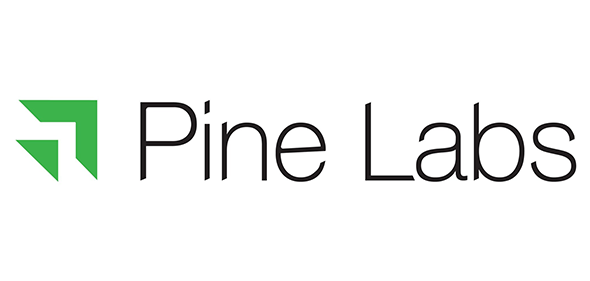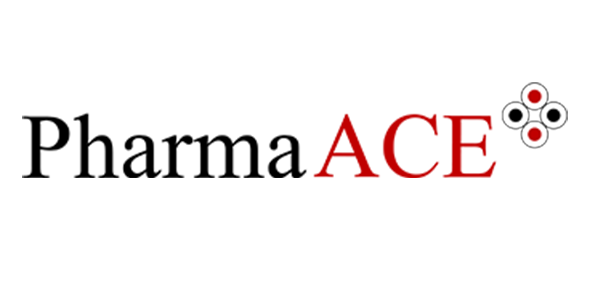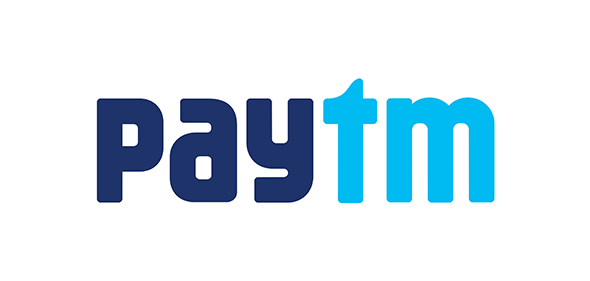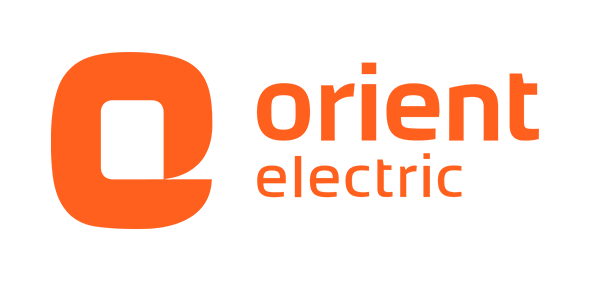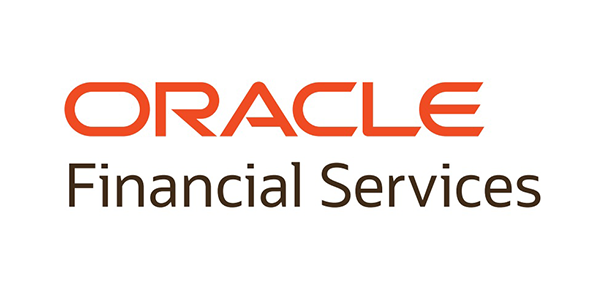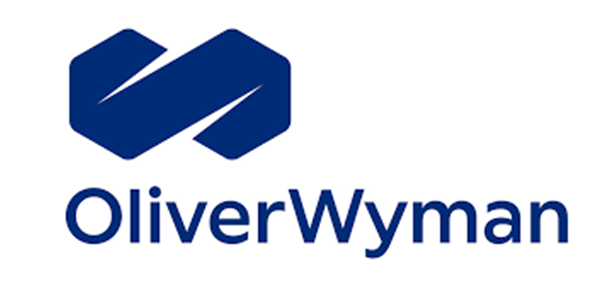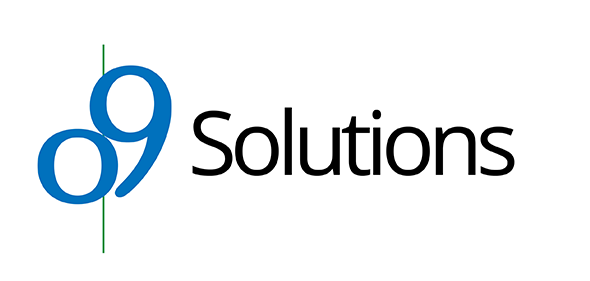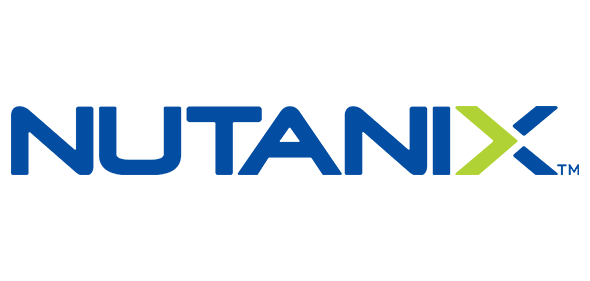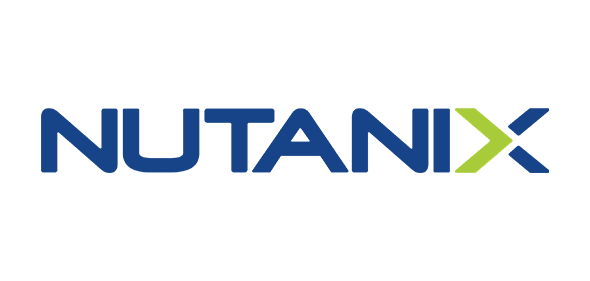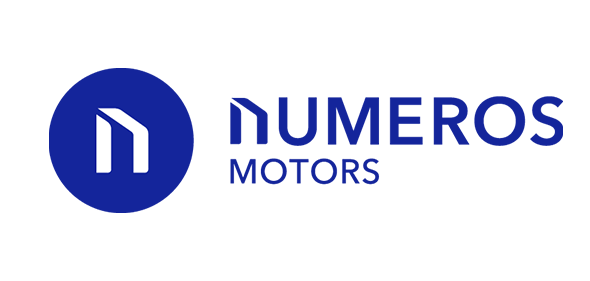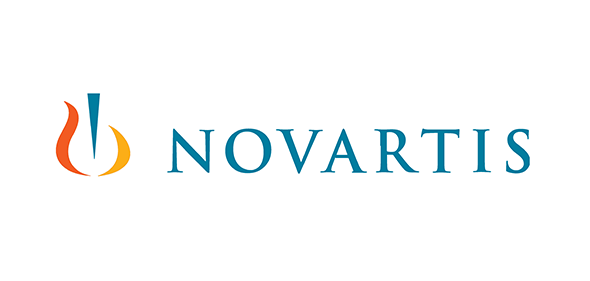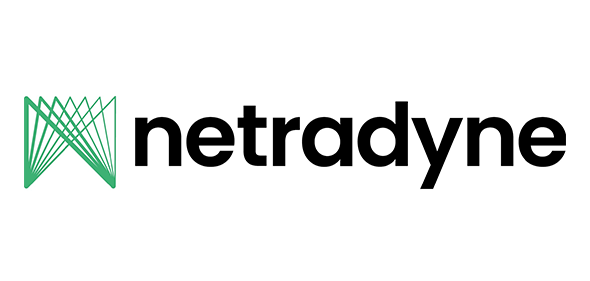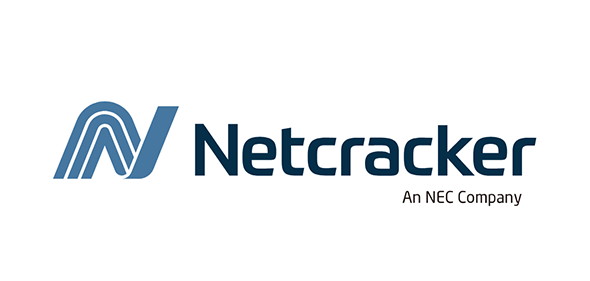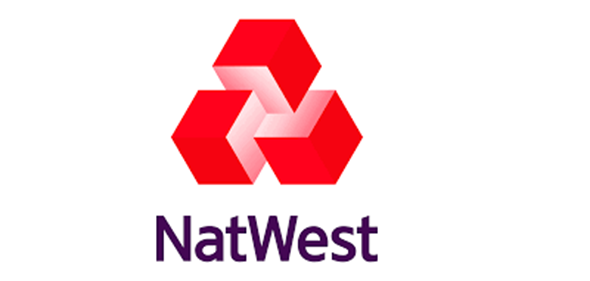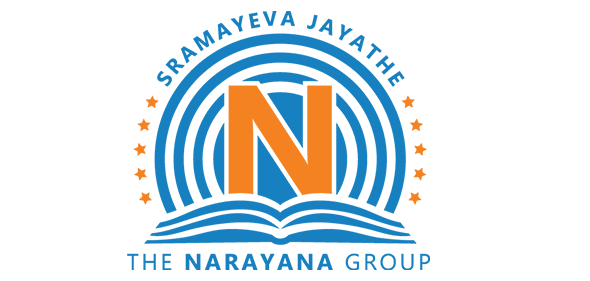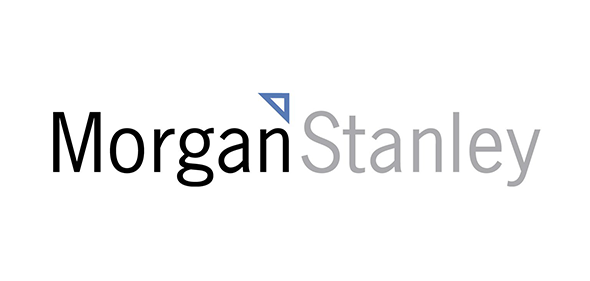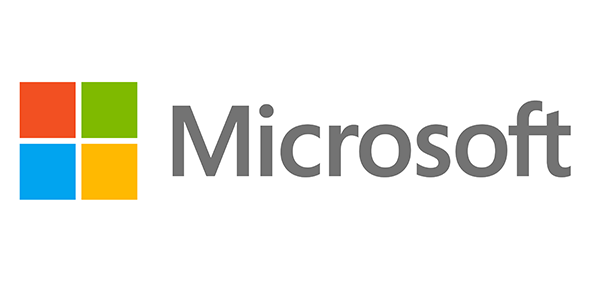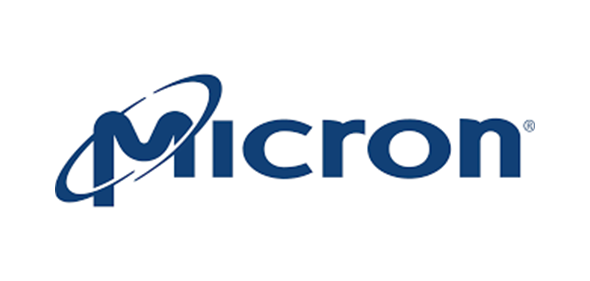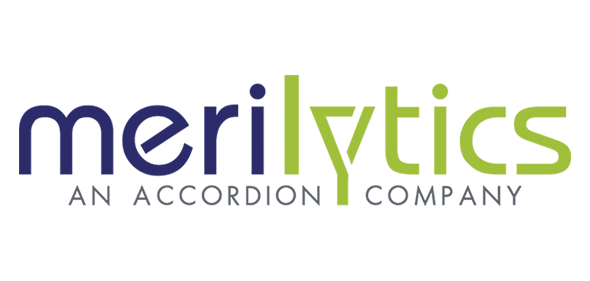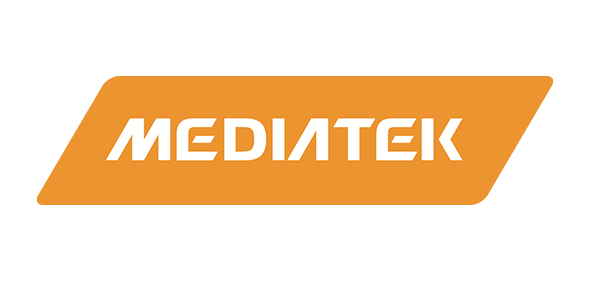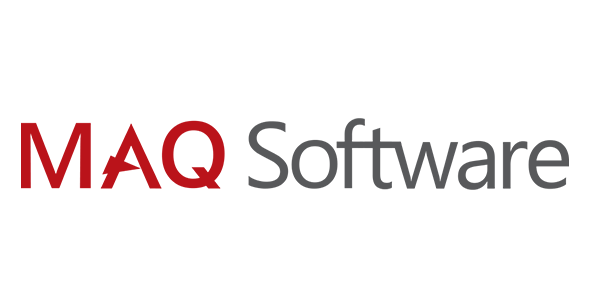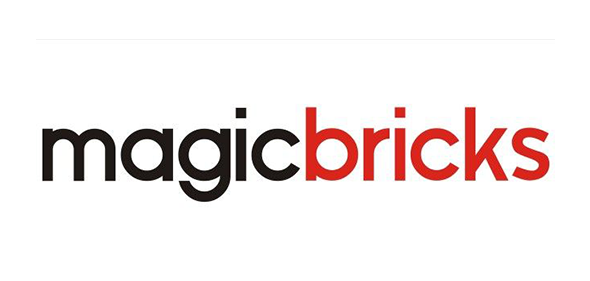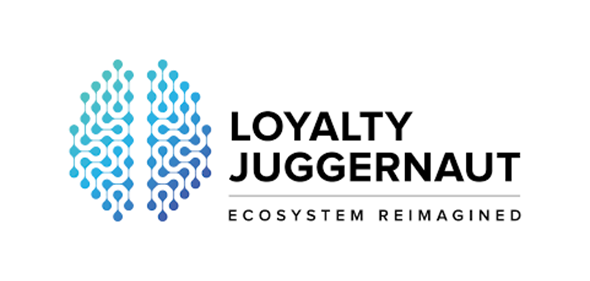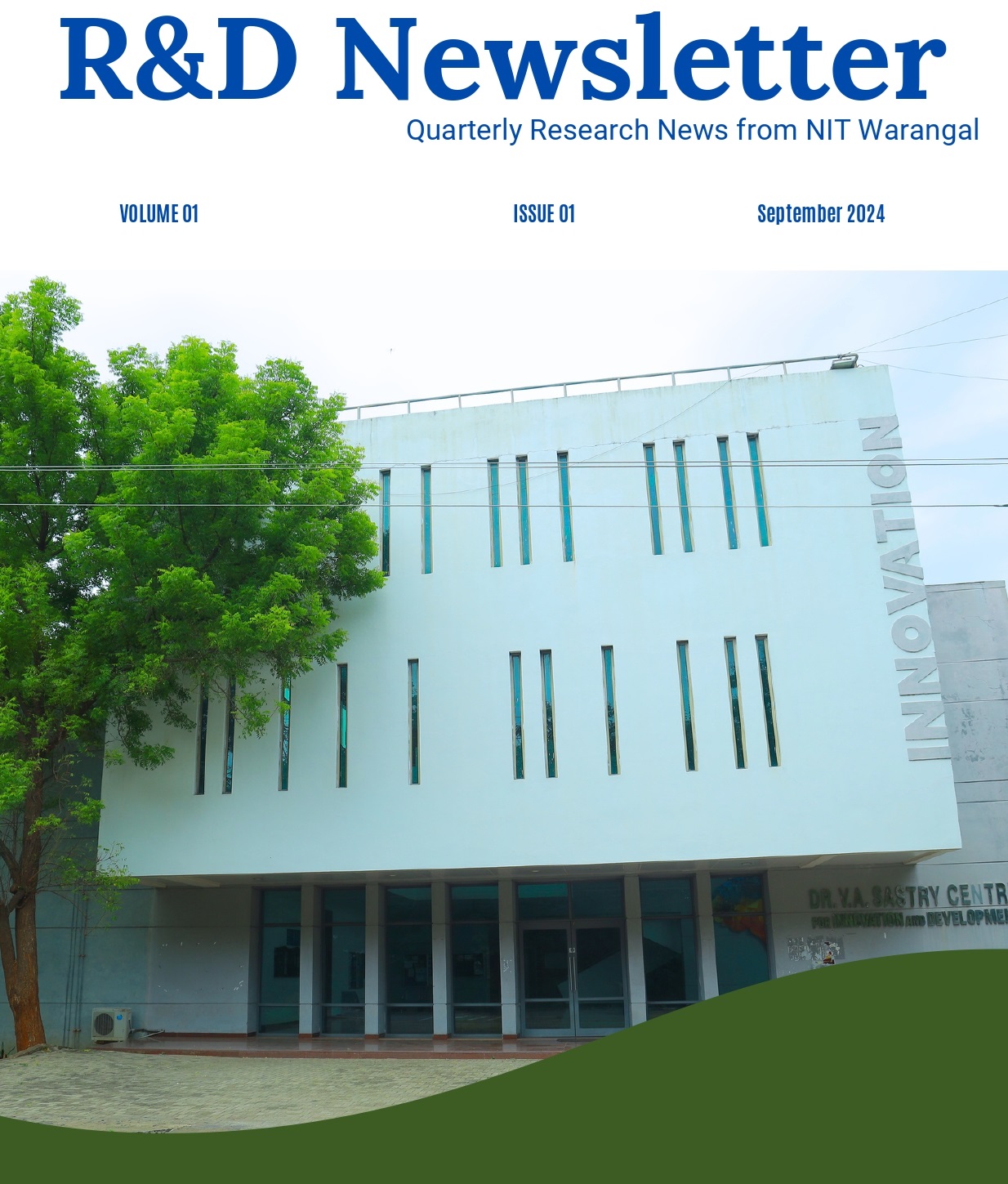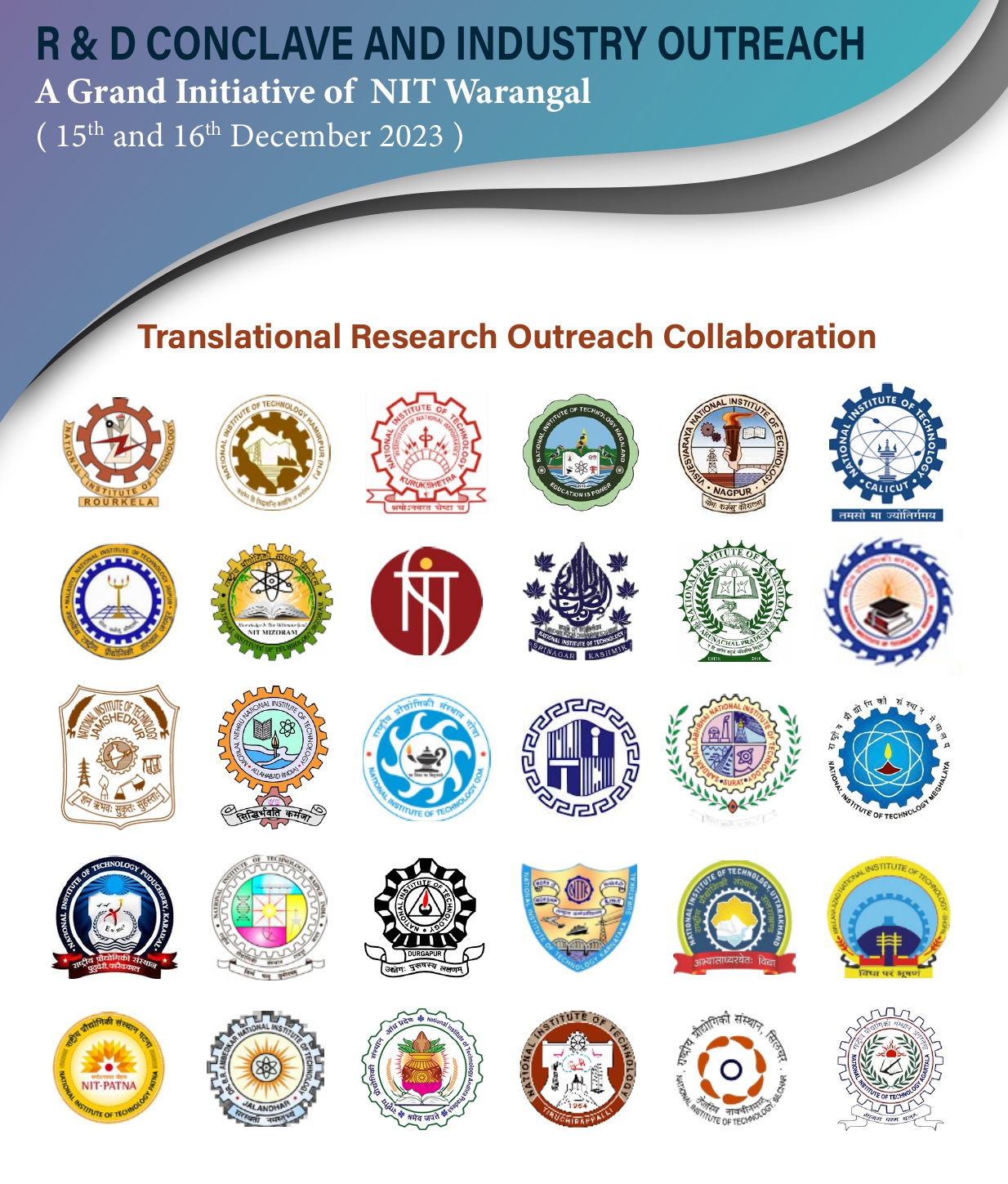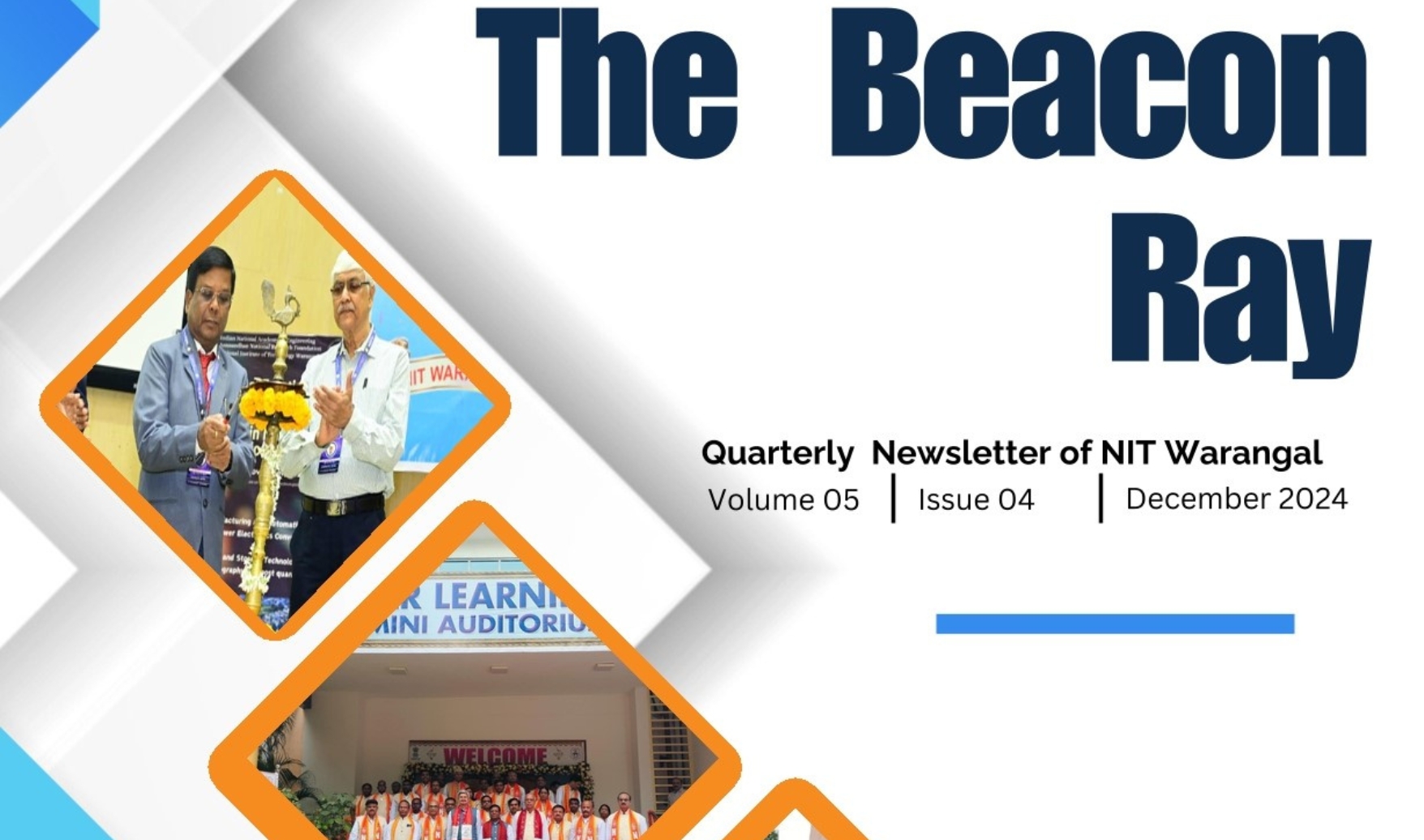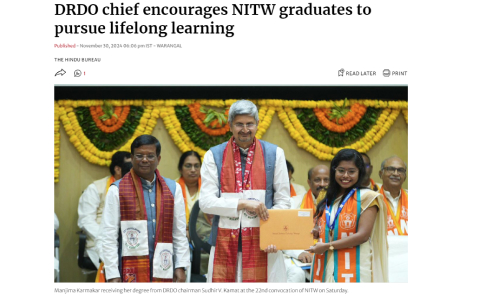Welcome to National Institute of Technology Warangal
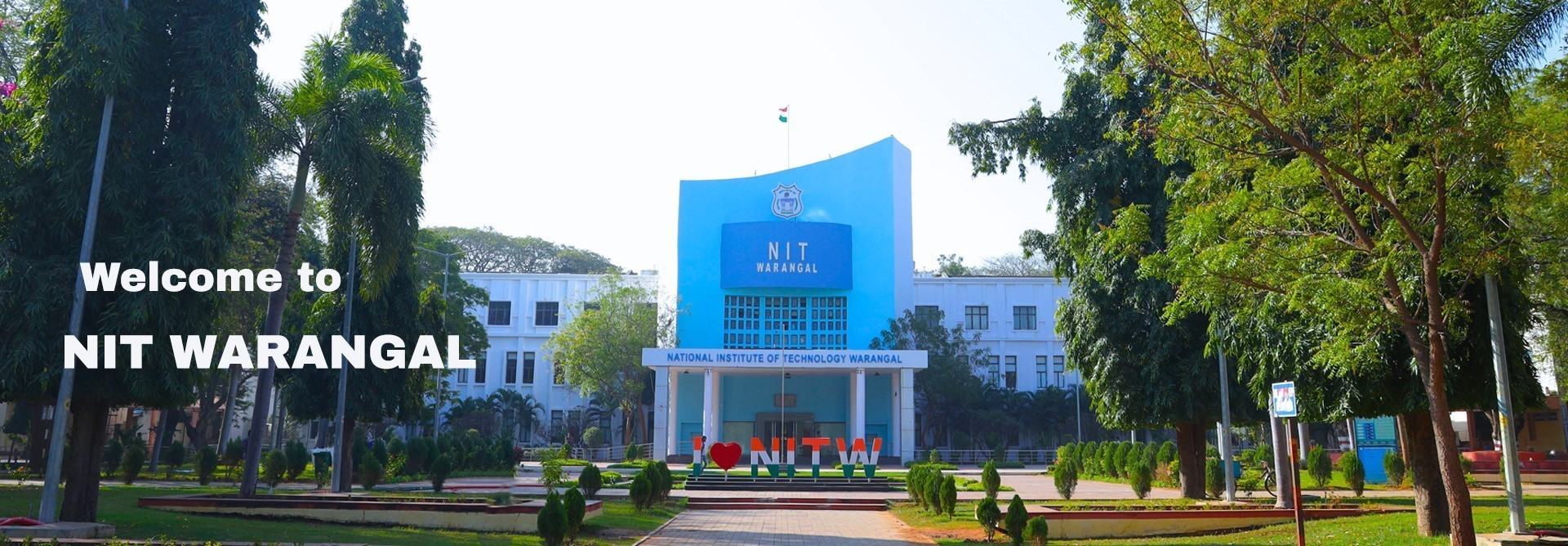
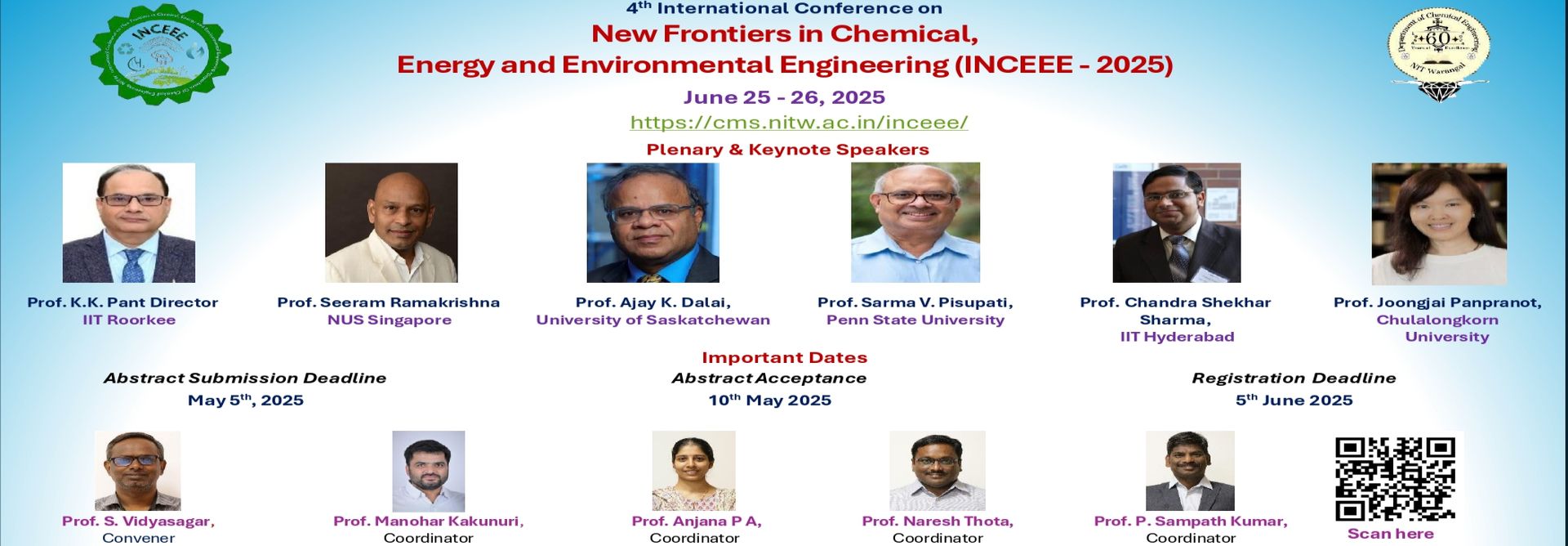
_2025-4-7-10-14-19.jpg)
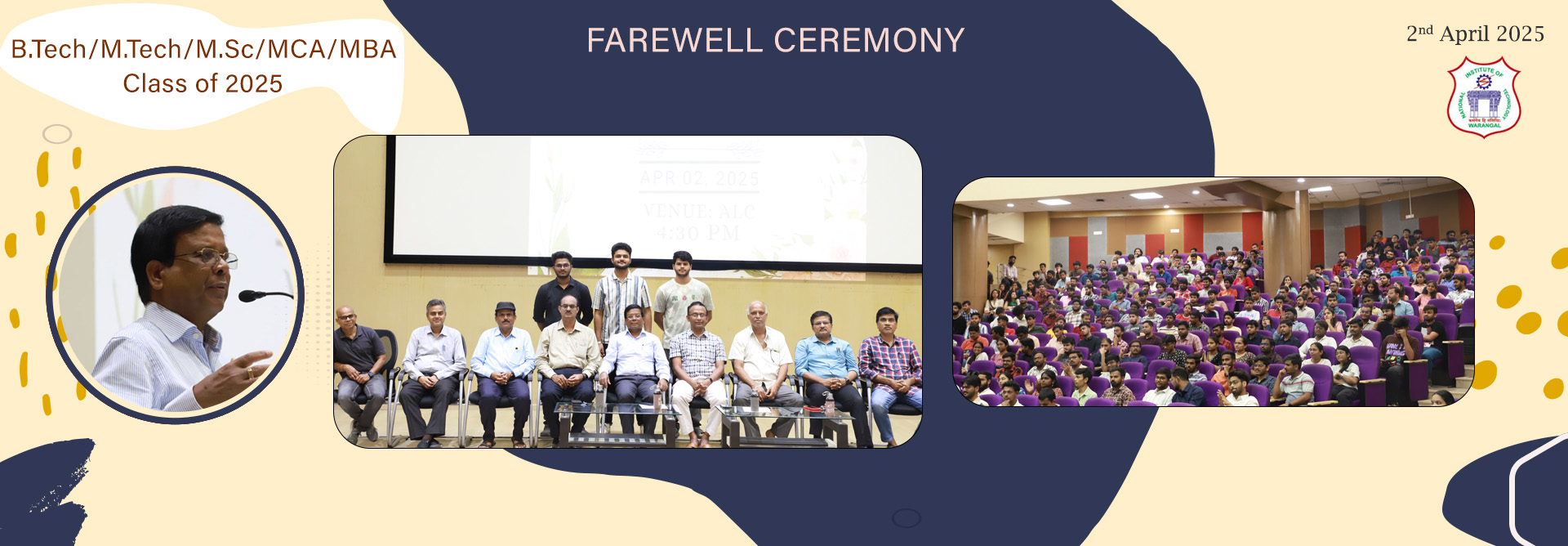

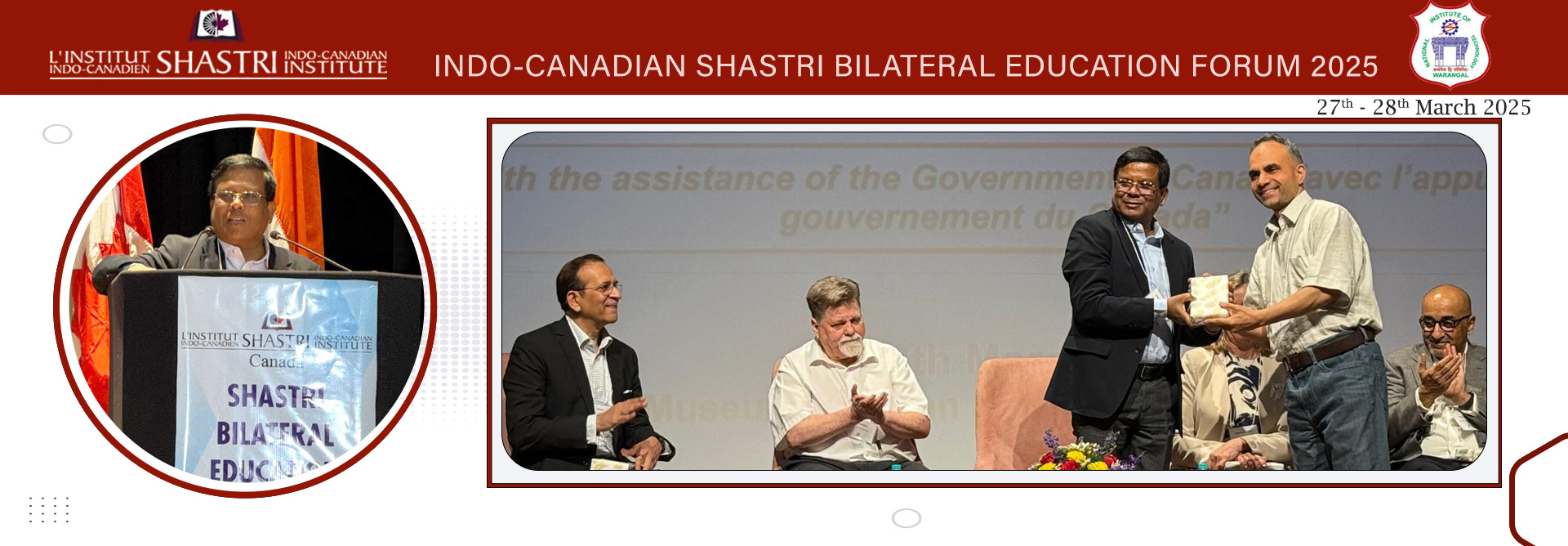
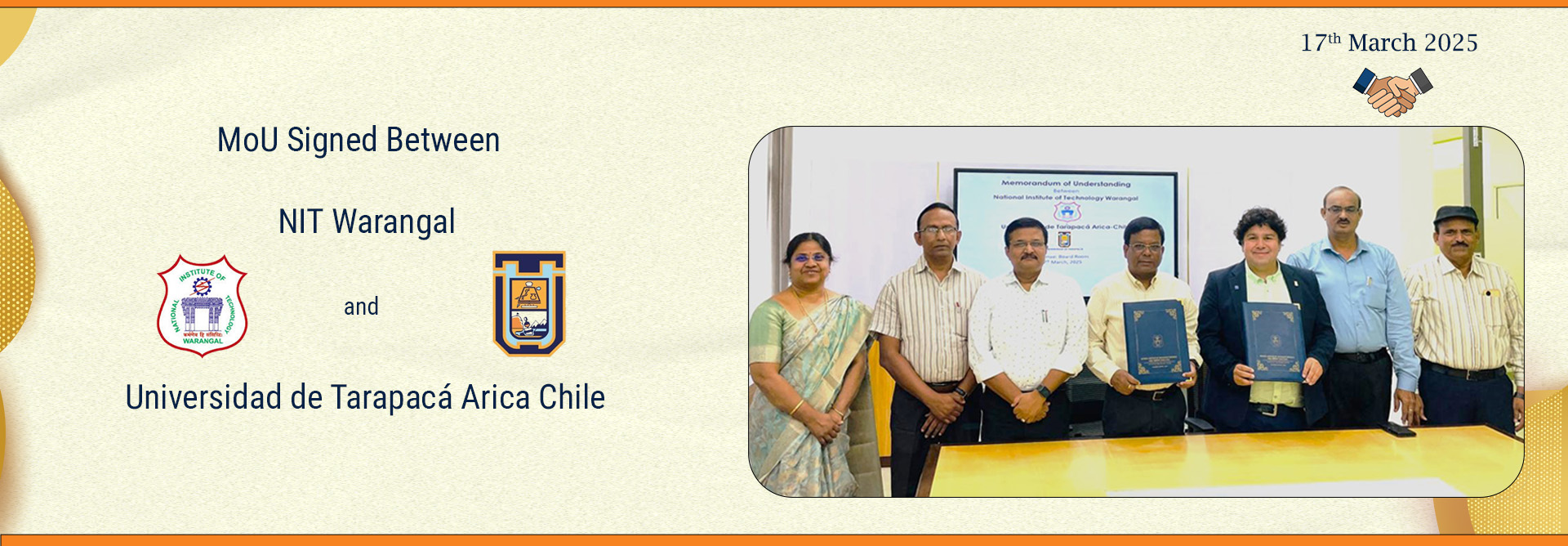
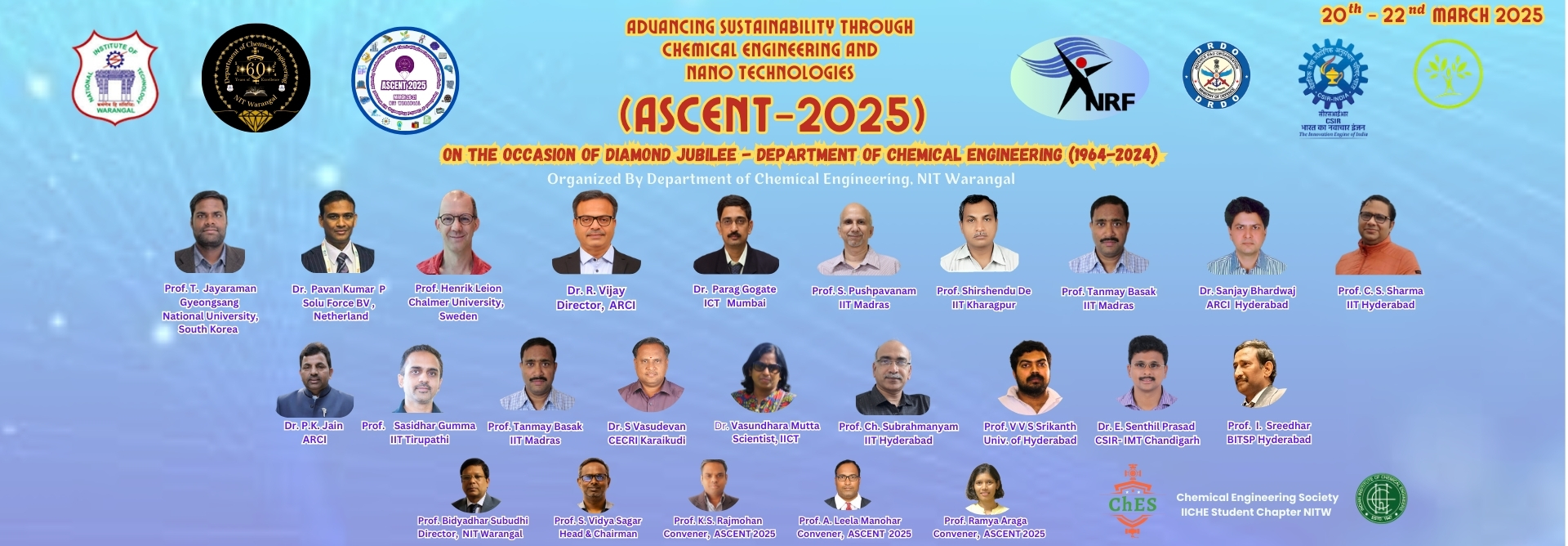

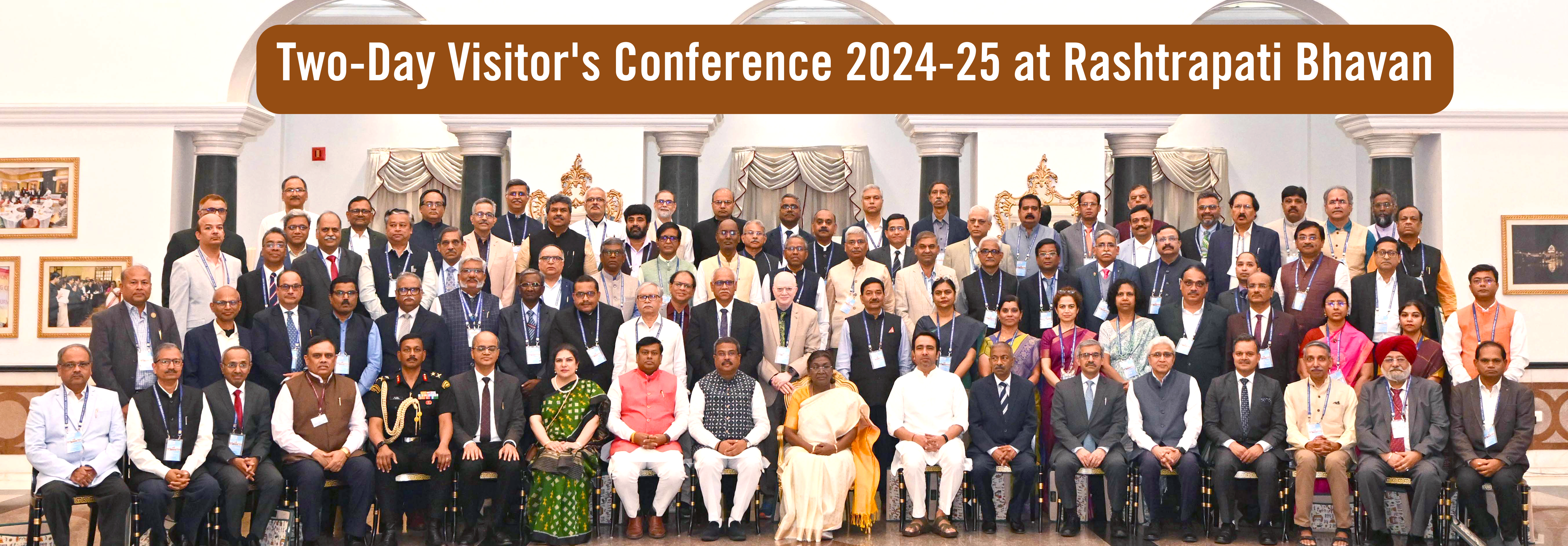
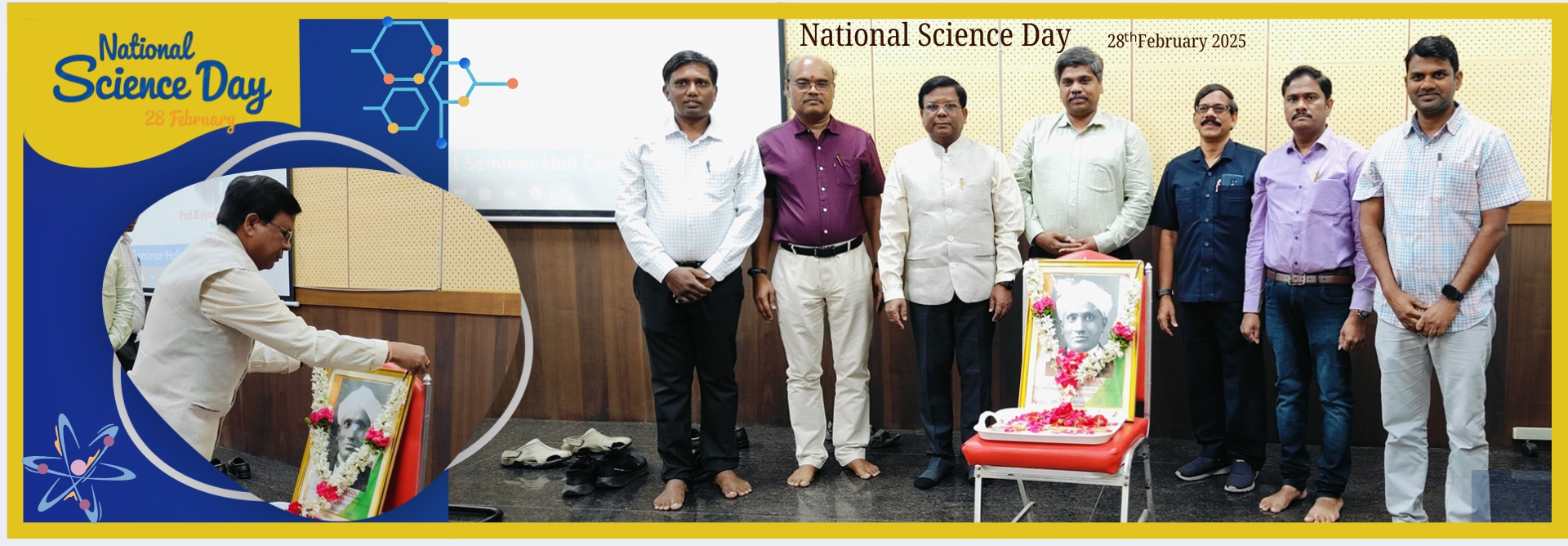


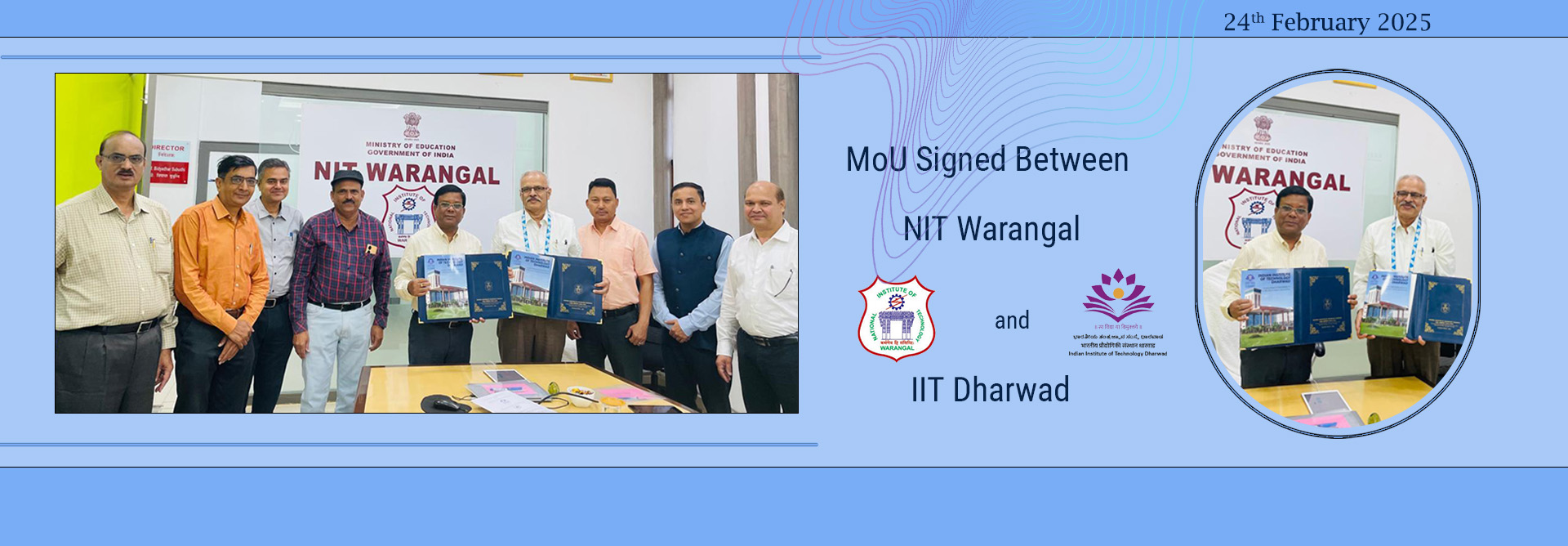
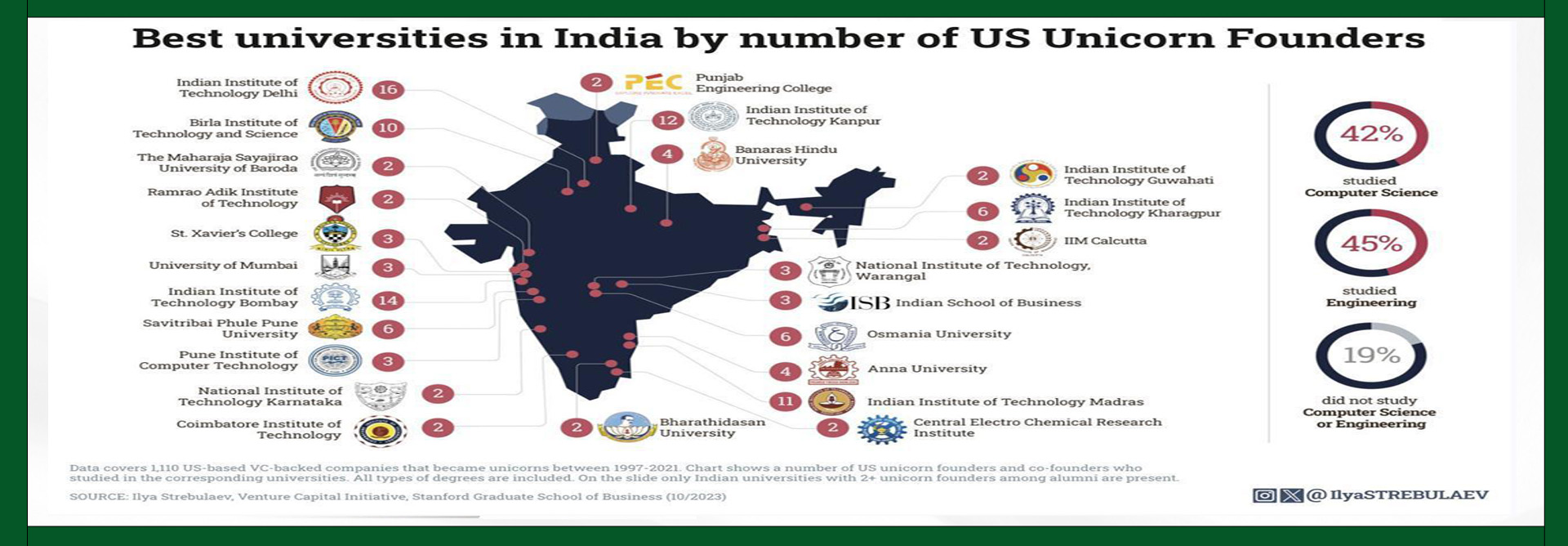
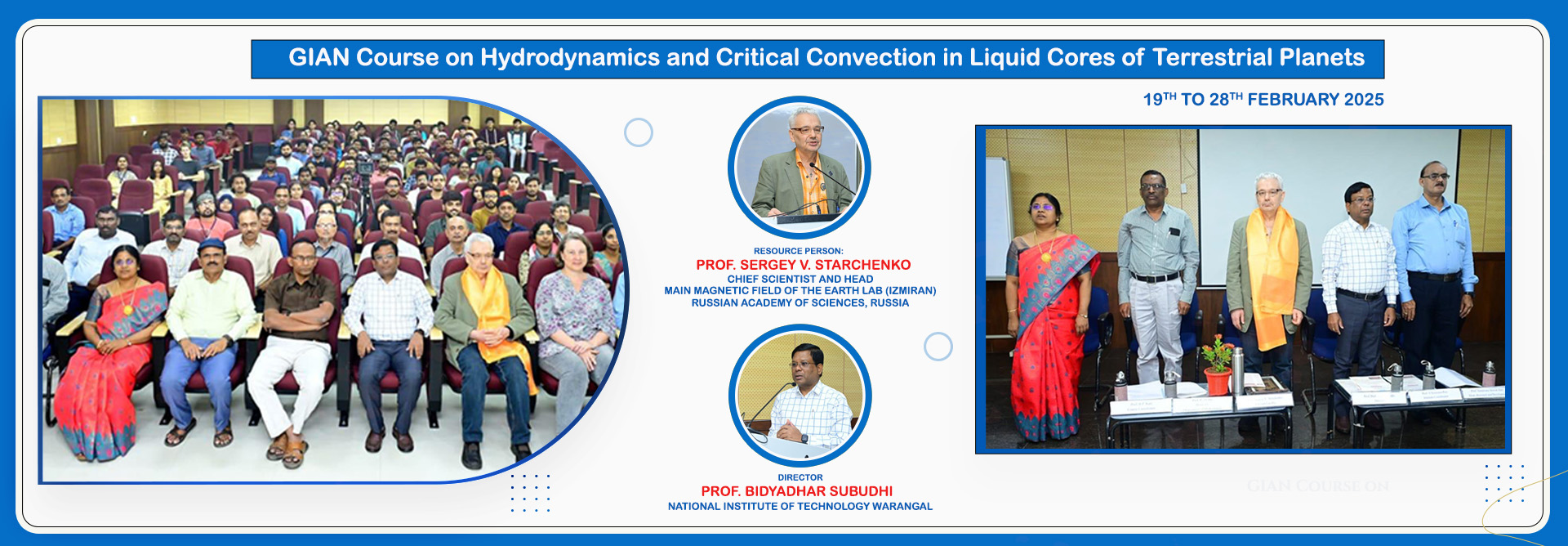
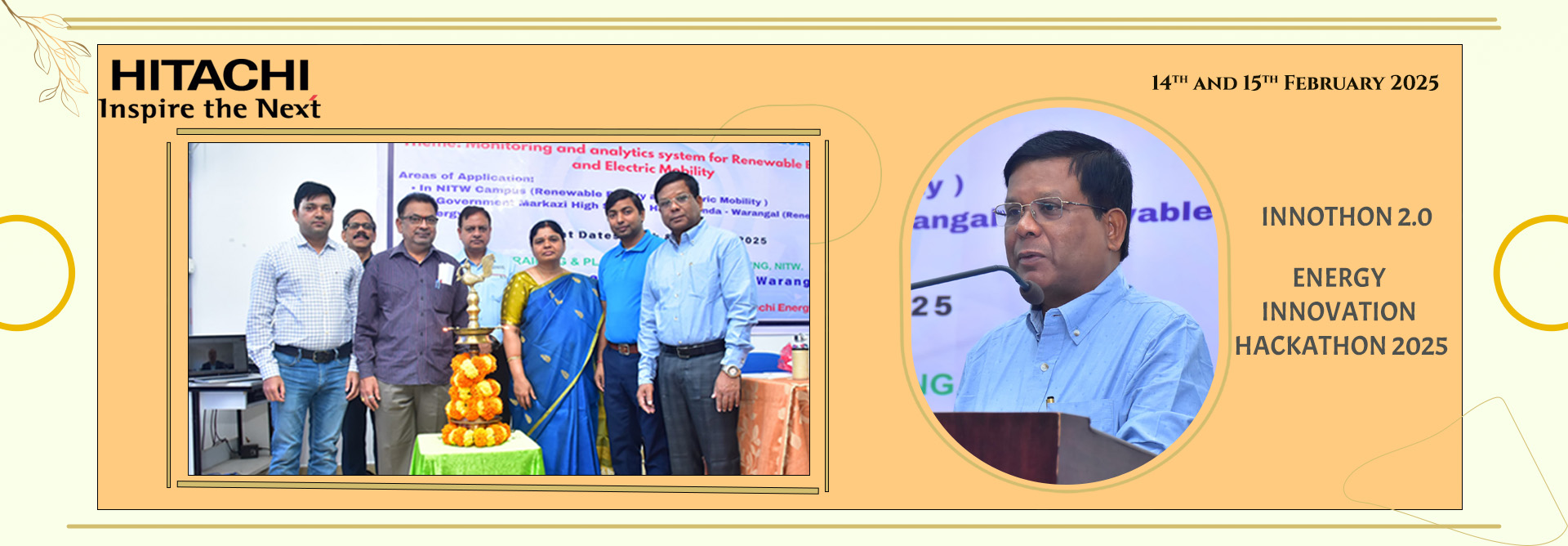
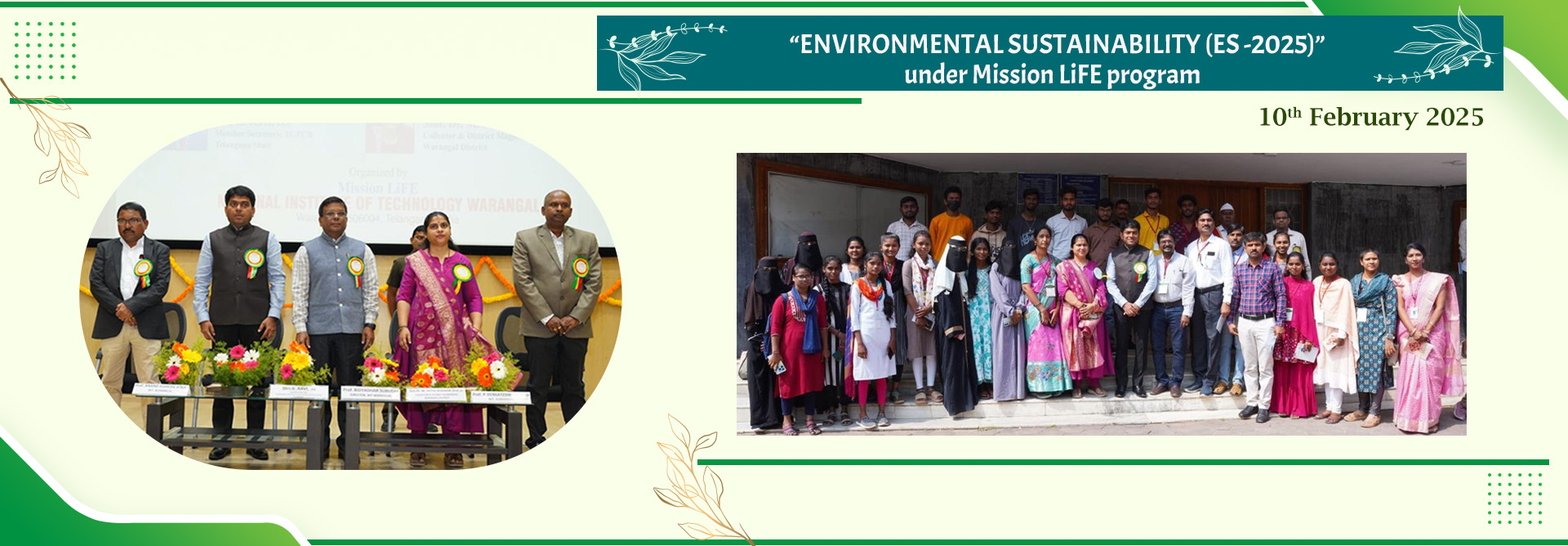
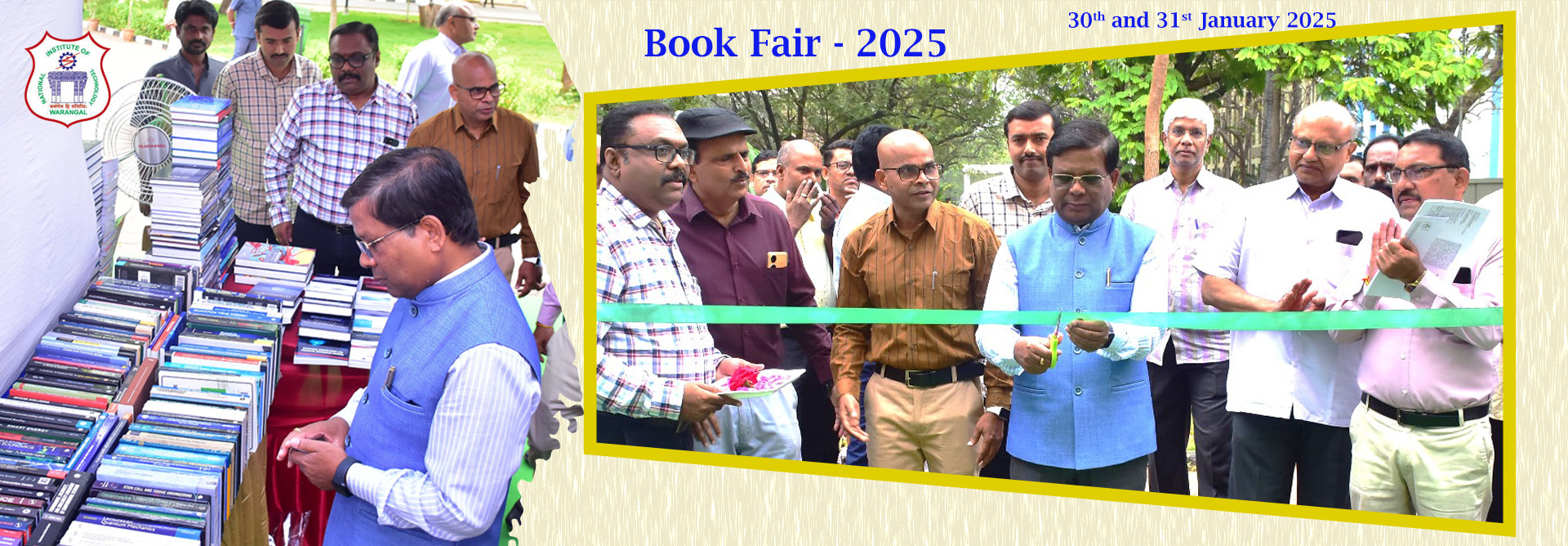

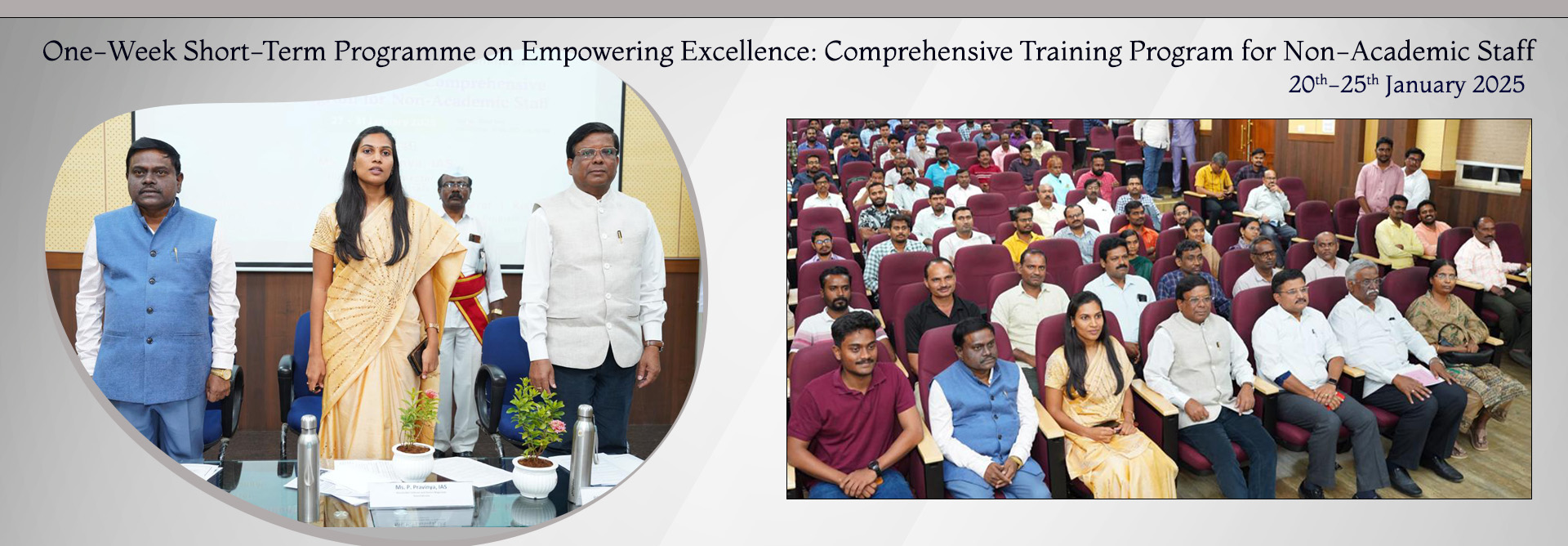
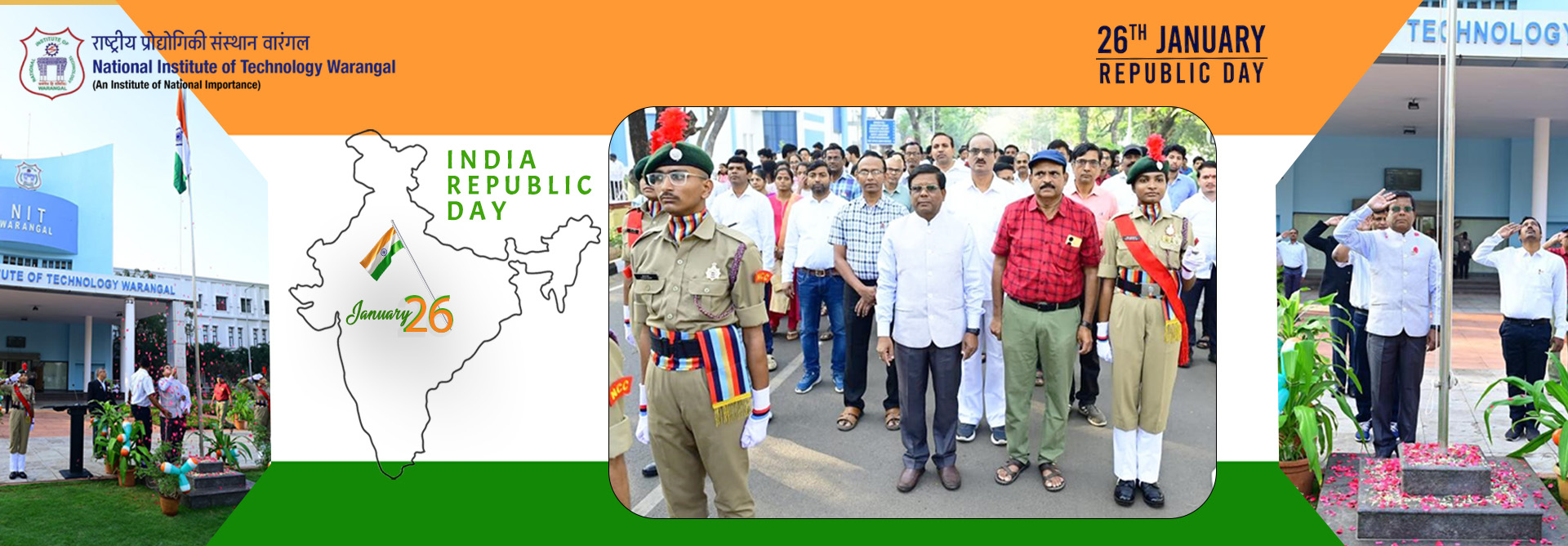
_2025-1-27-10-45-10.png)
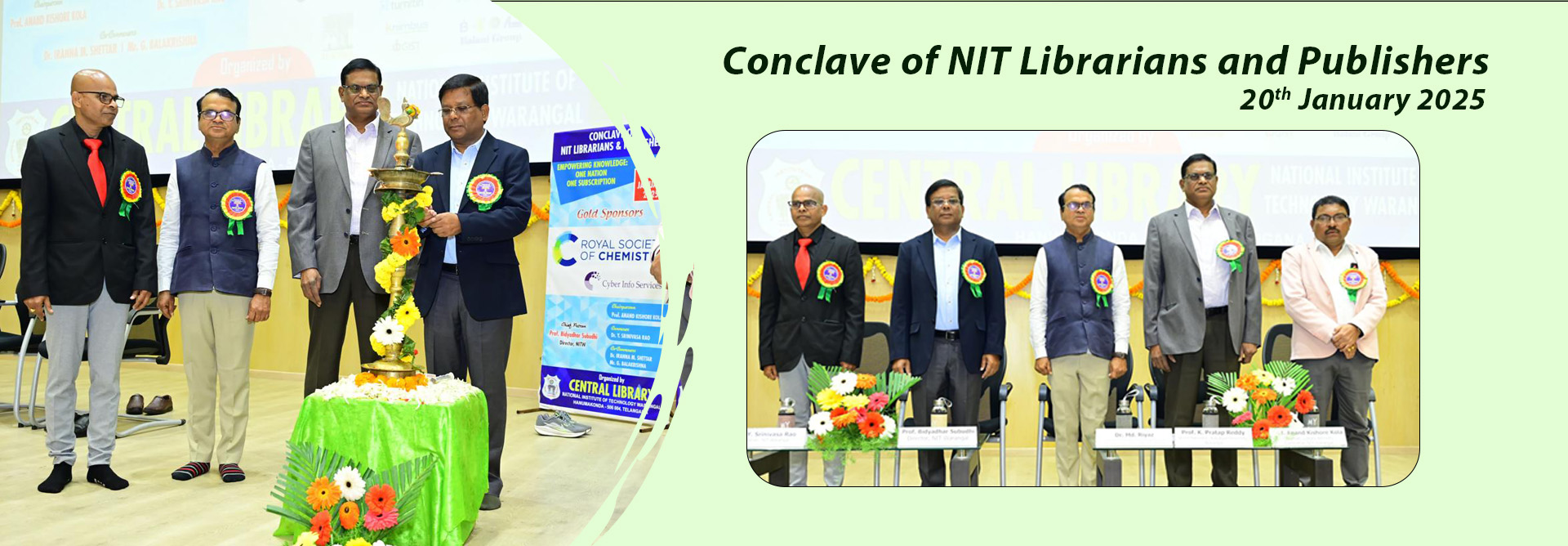
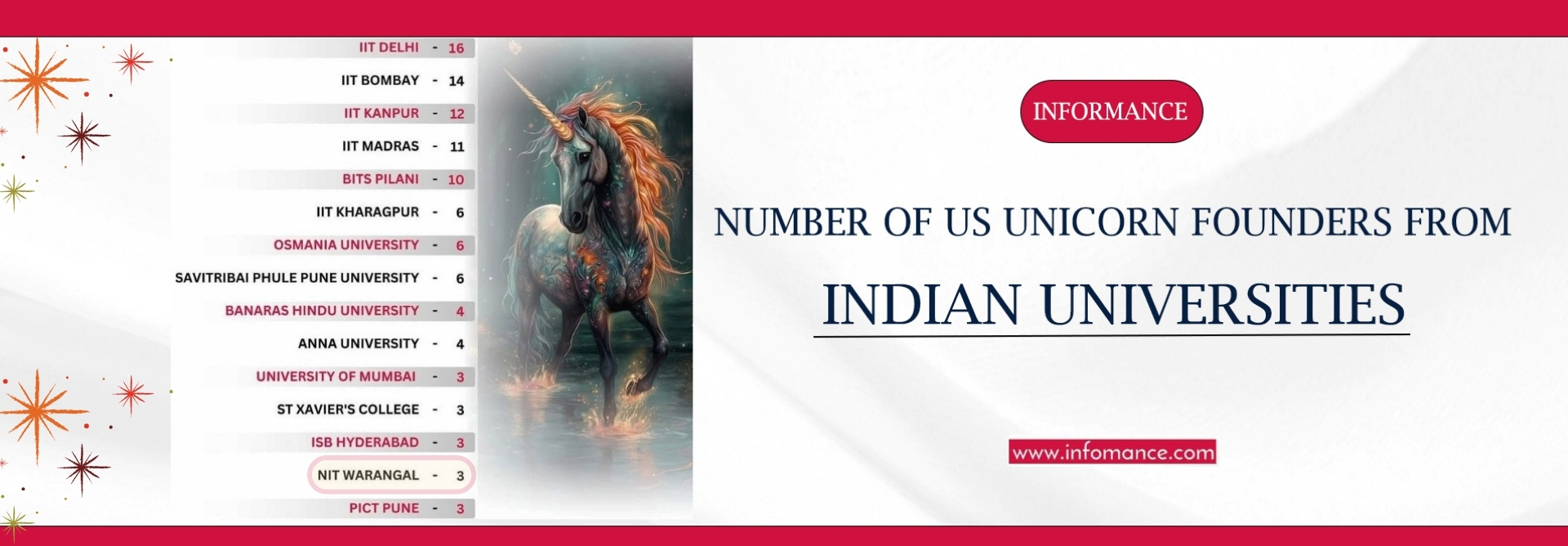
_2025-1-15-15-58-2.jpg)
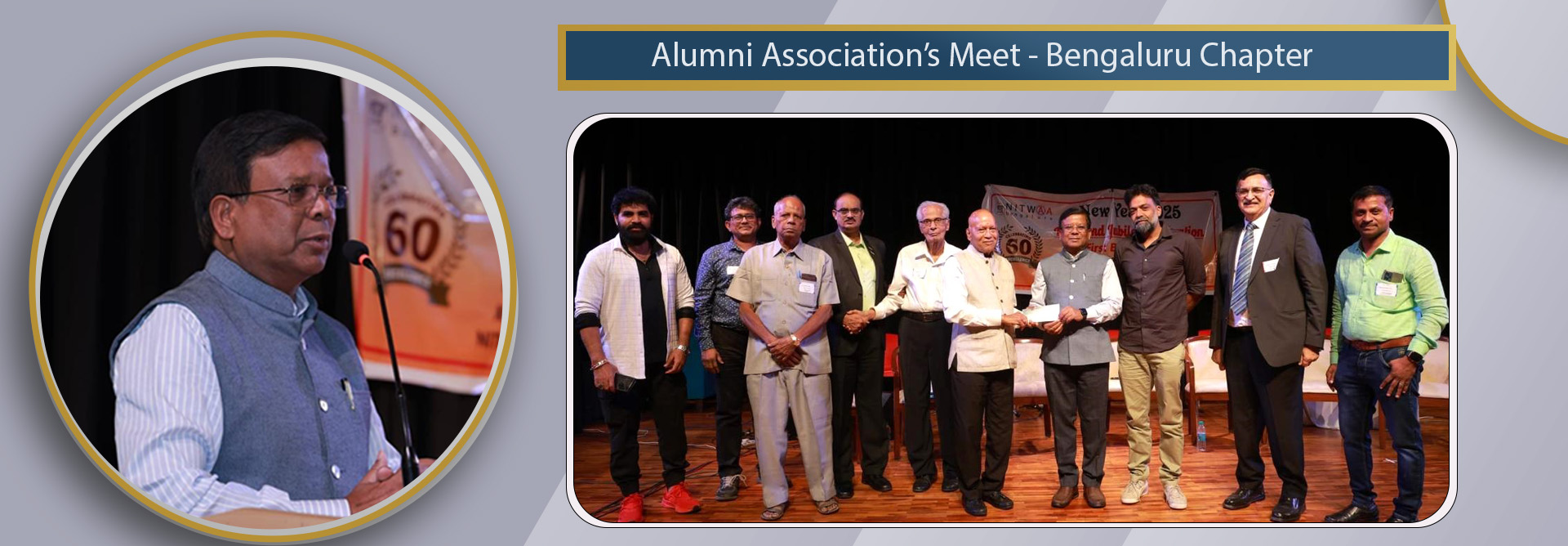
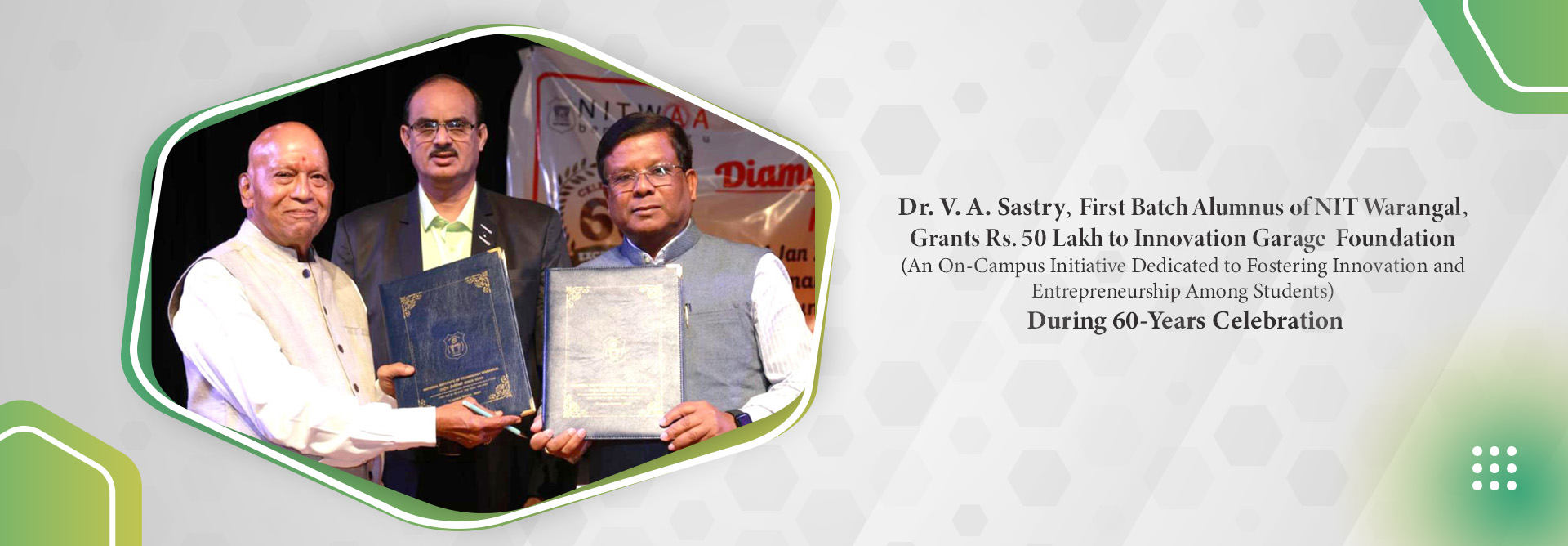
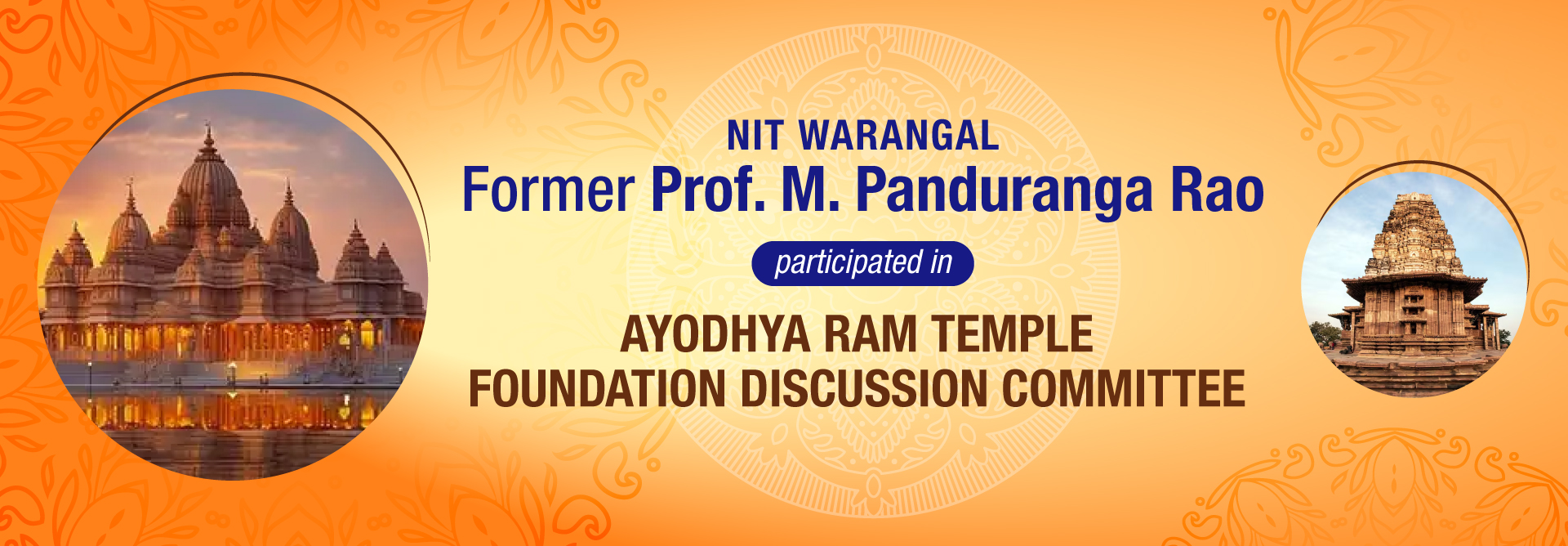
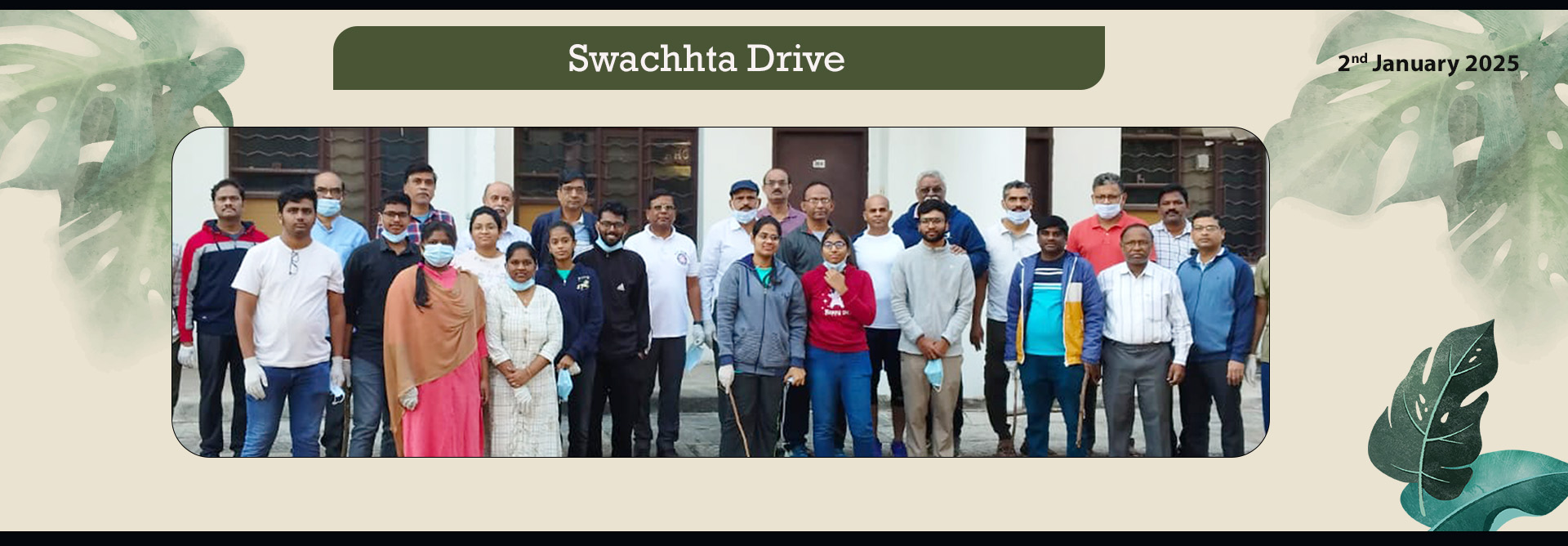
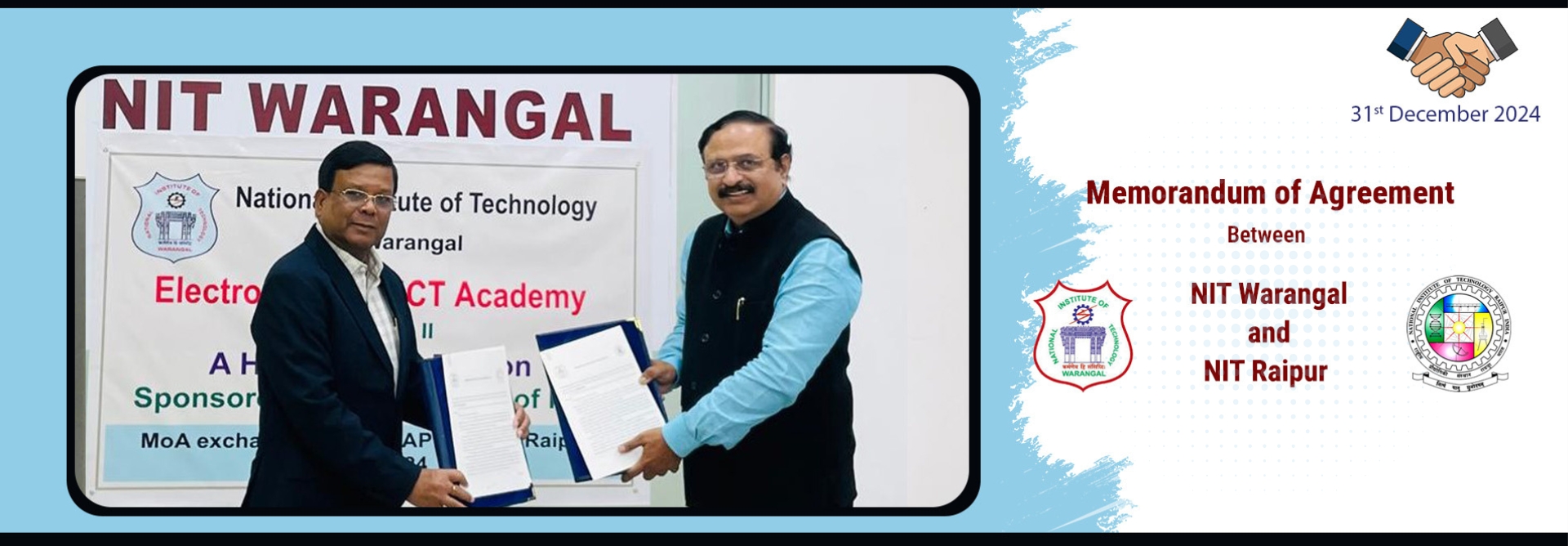
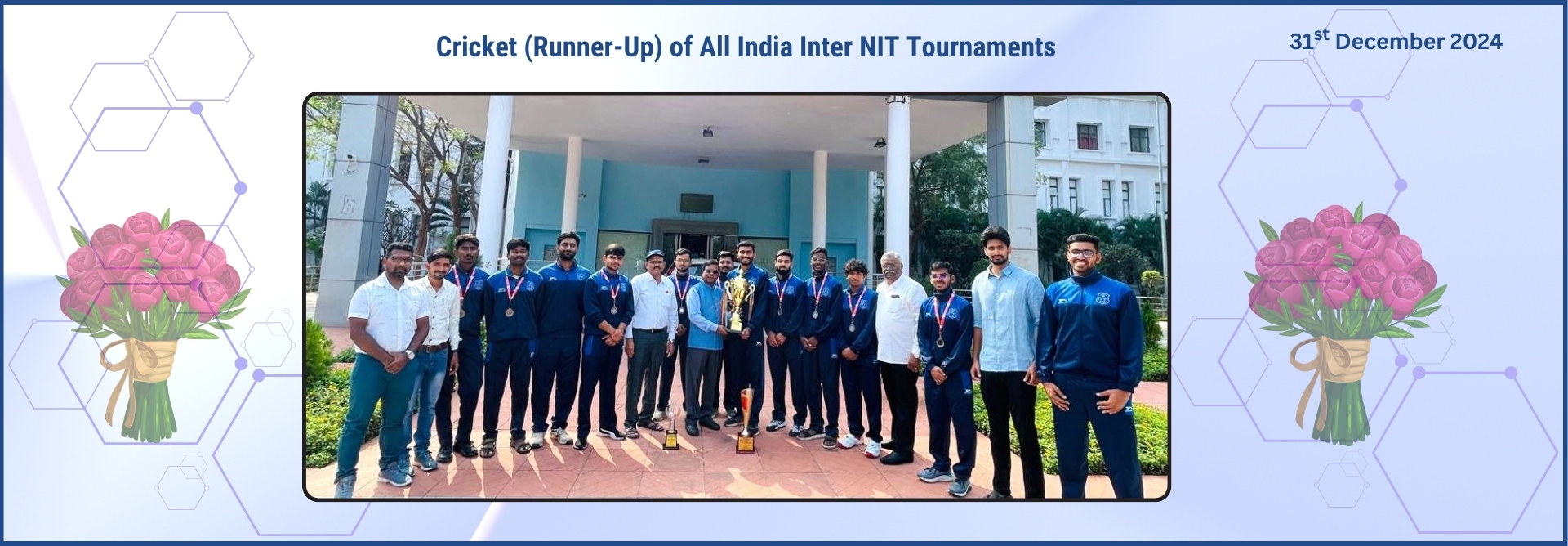
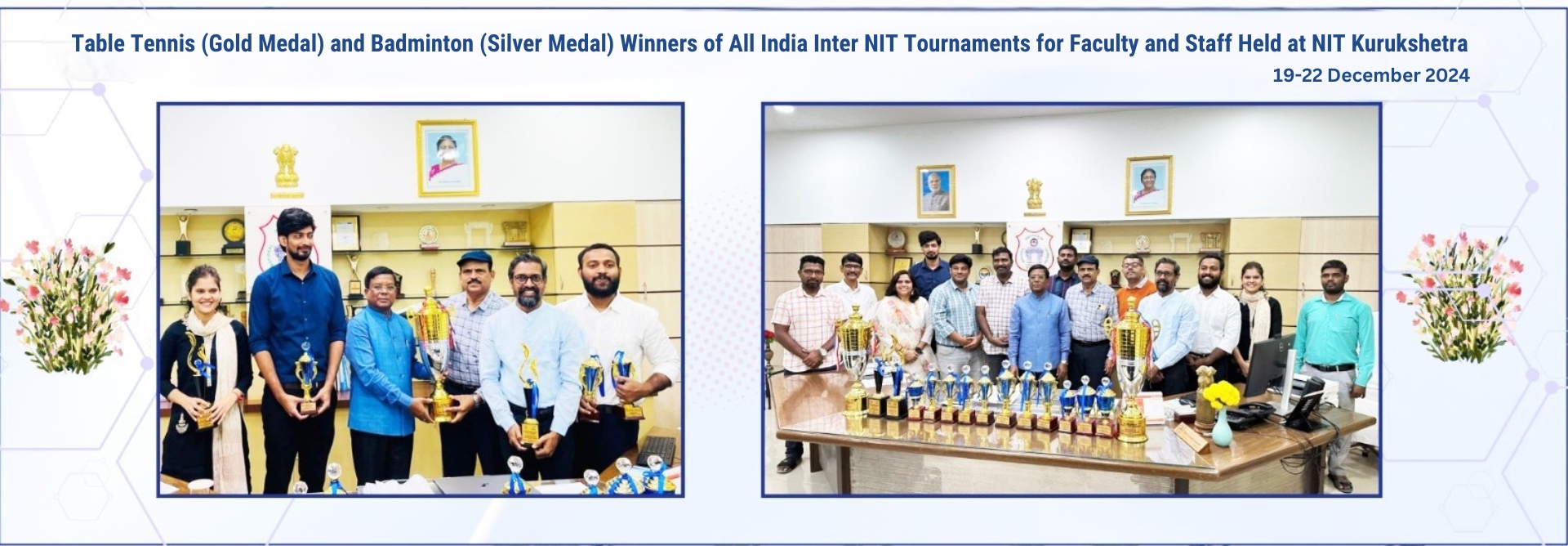
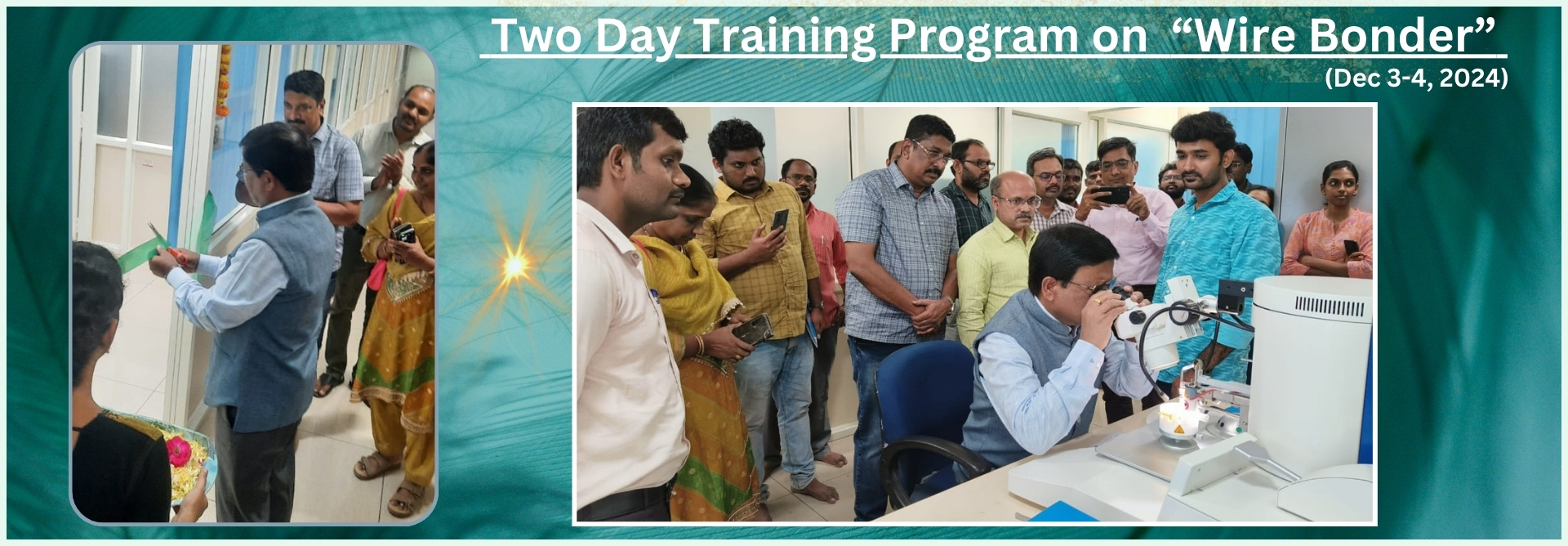

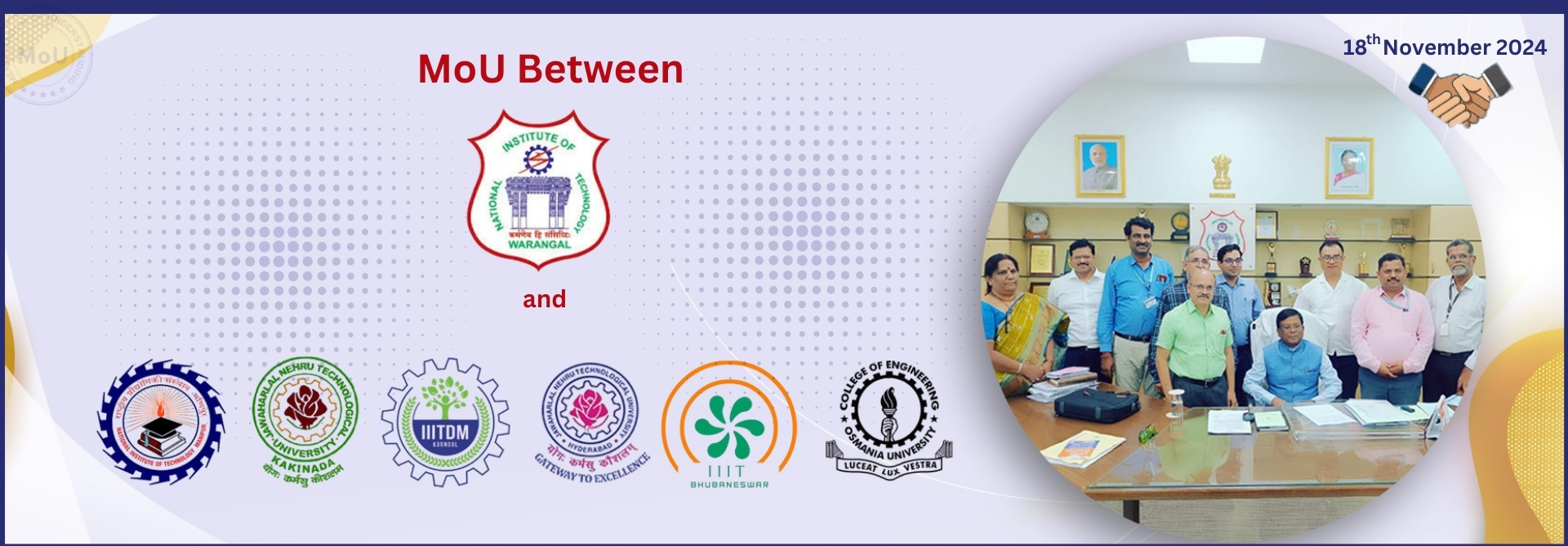
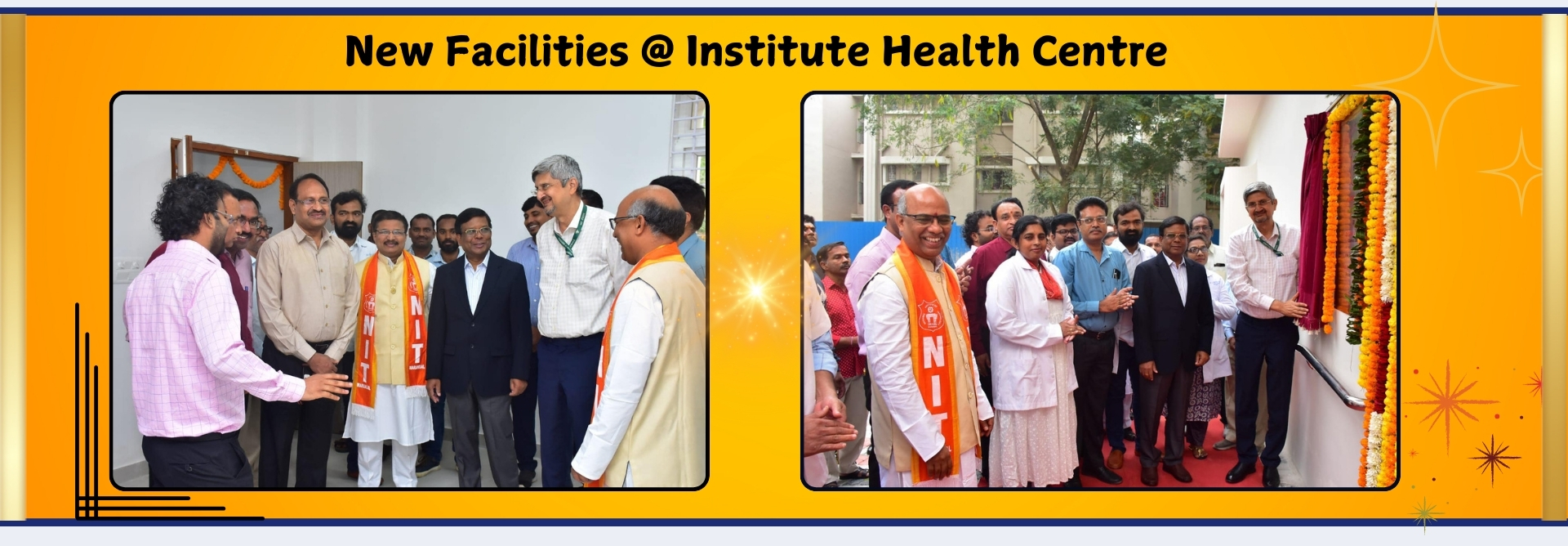
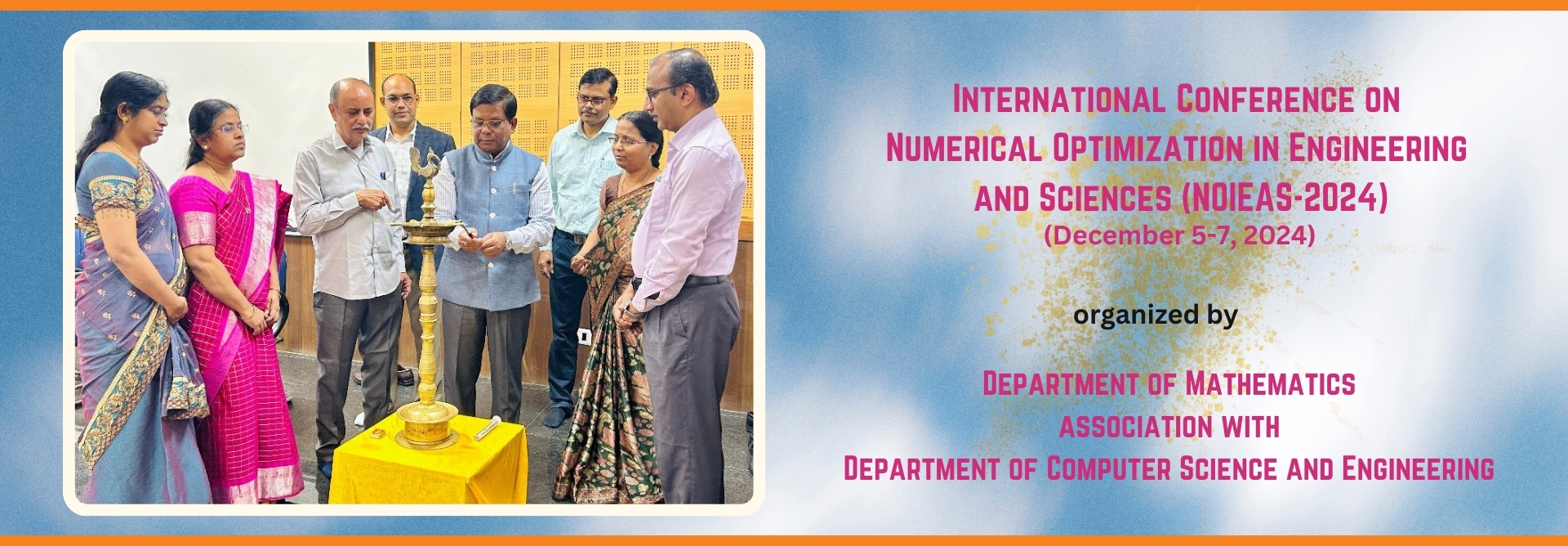
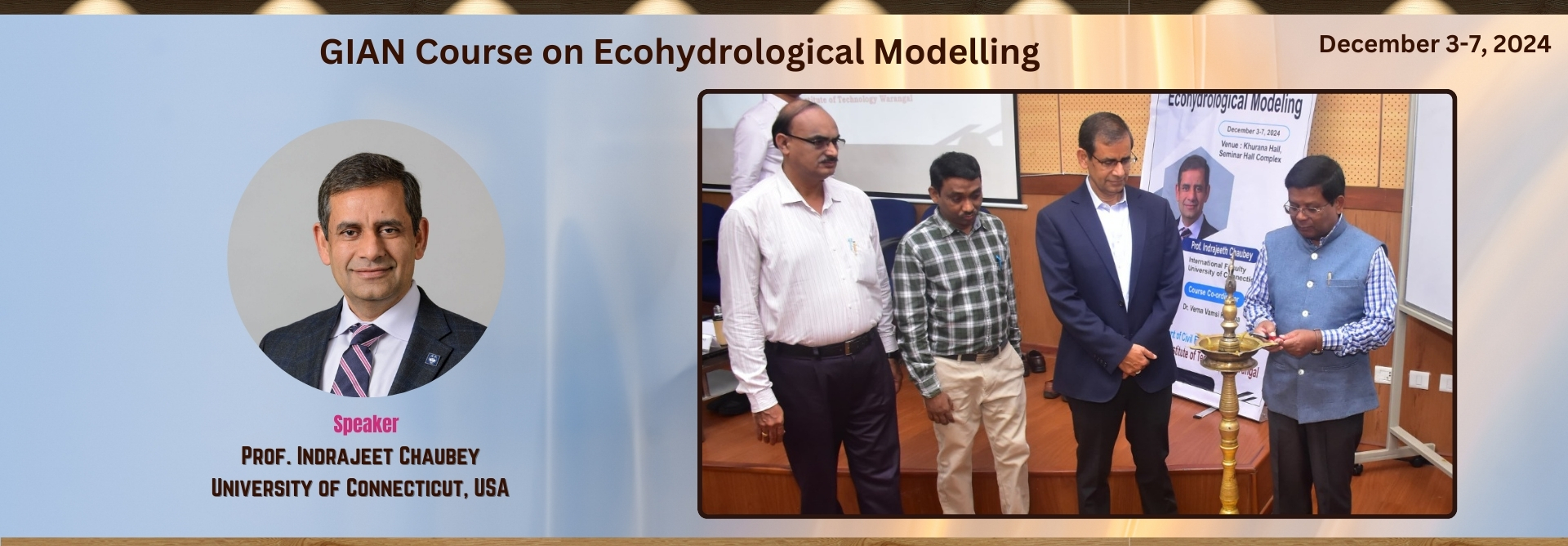
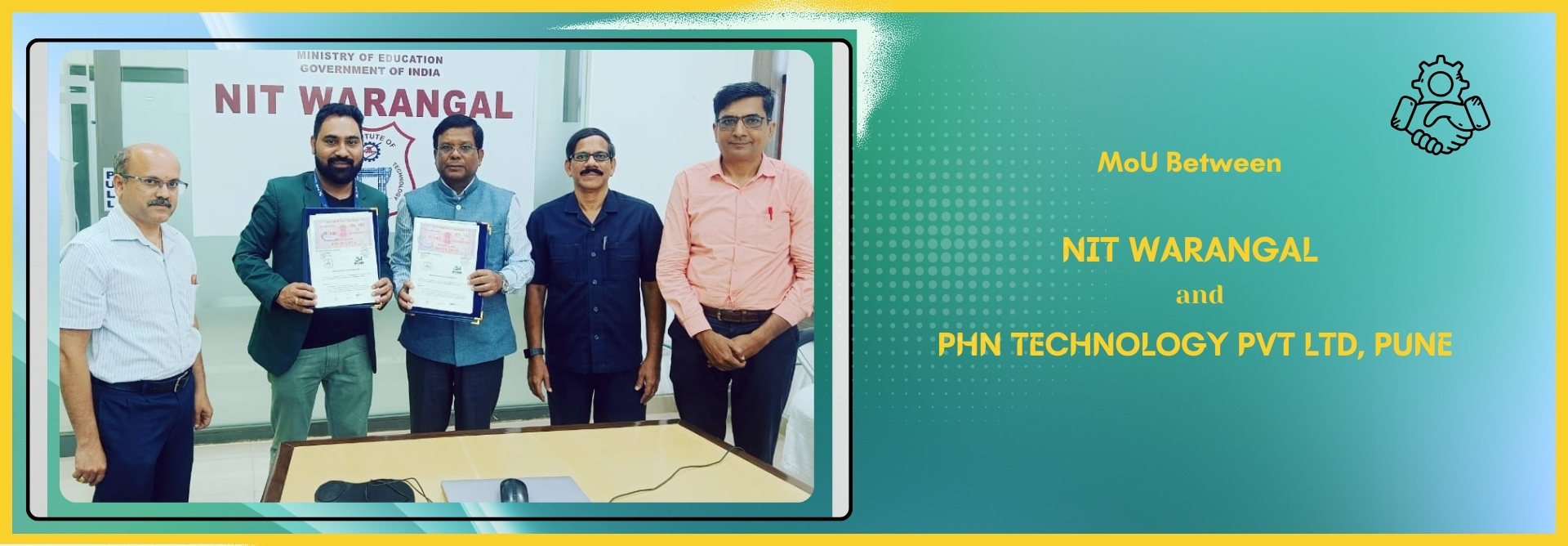
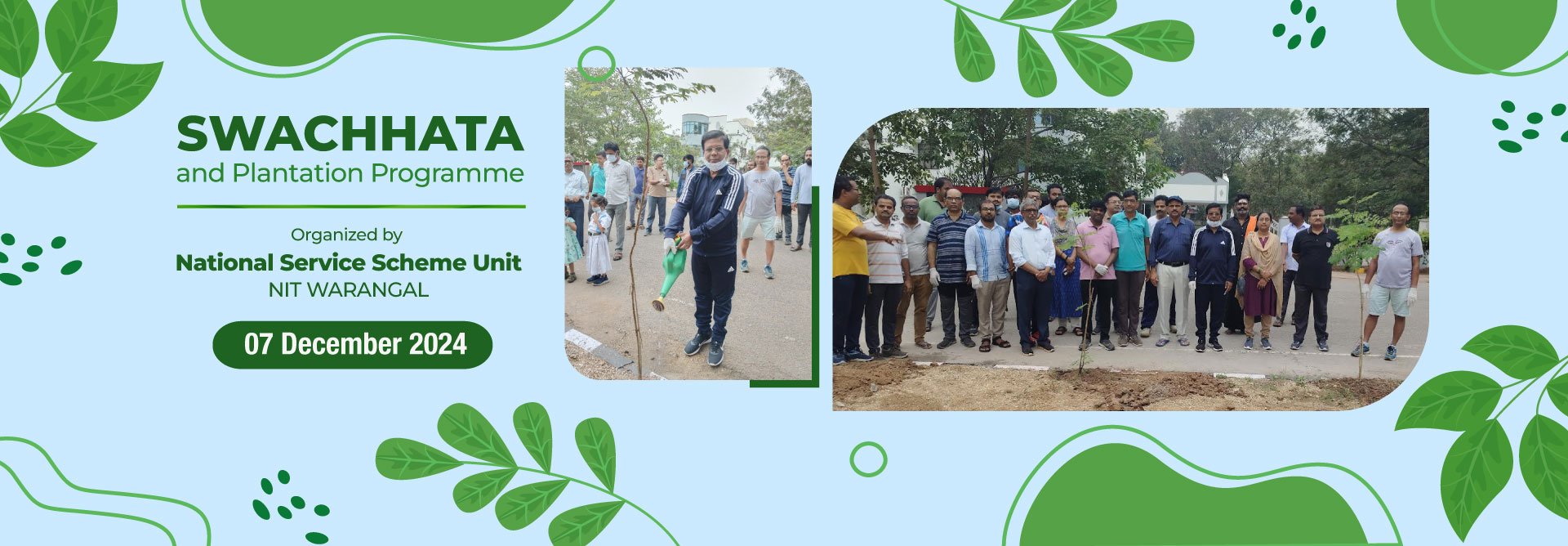
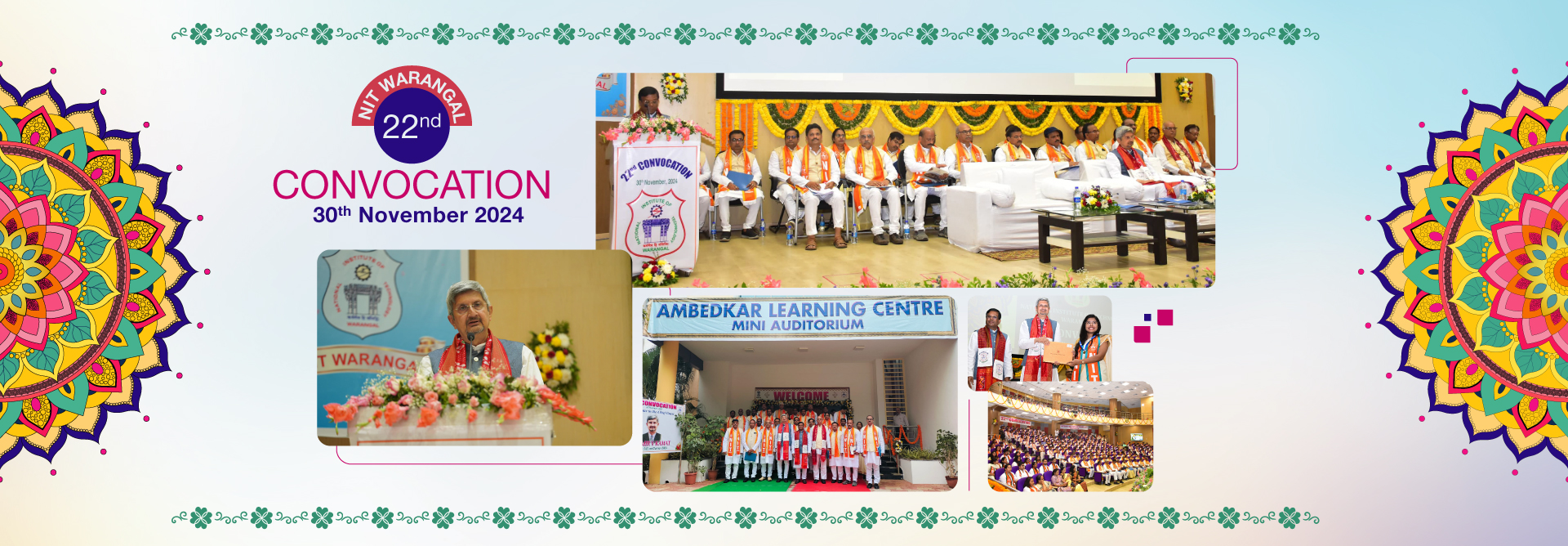
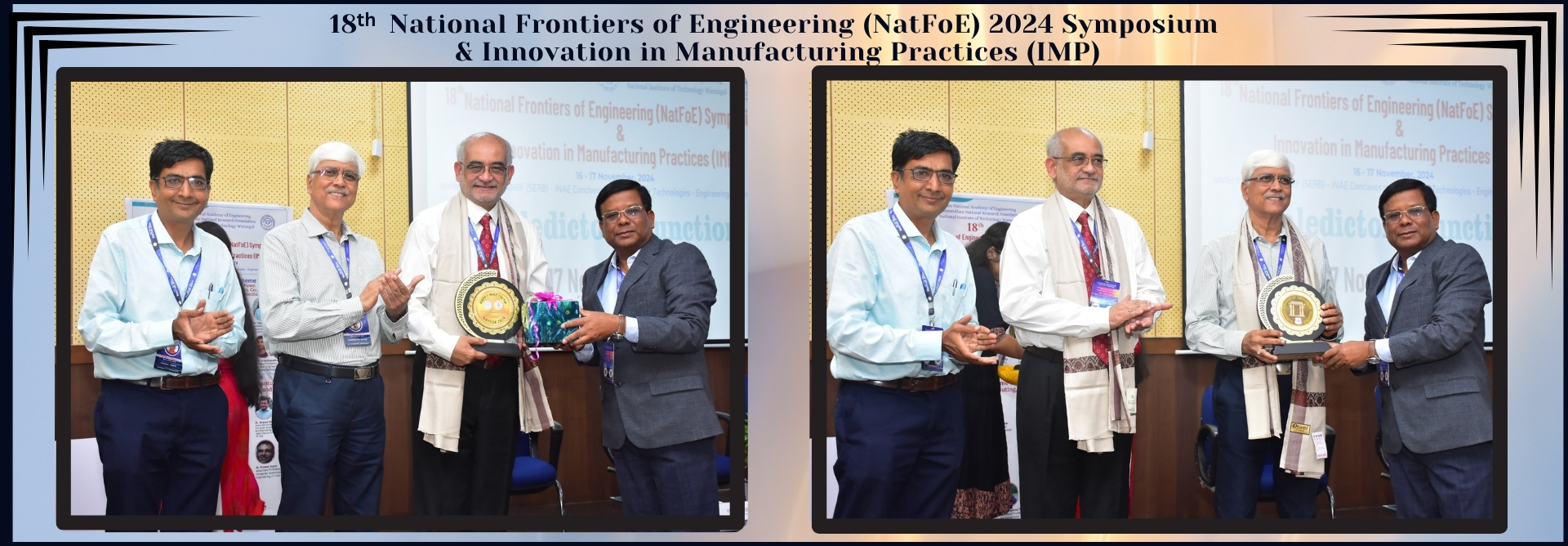
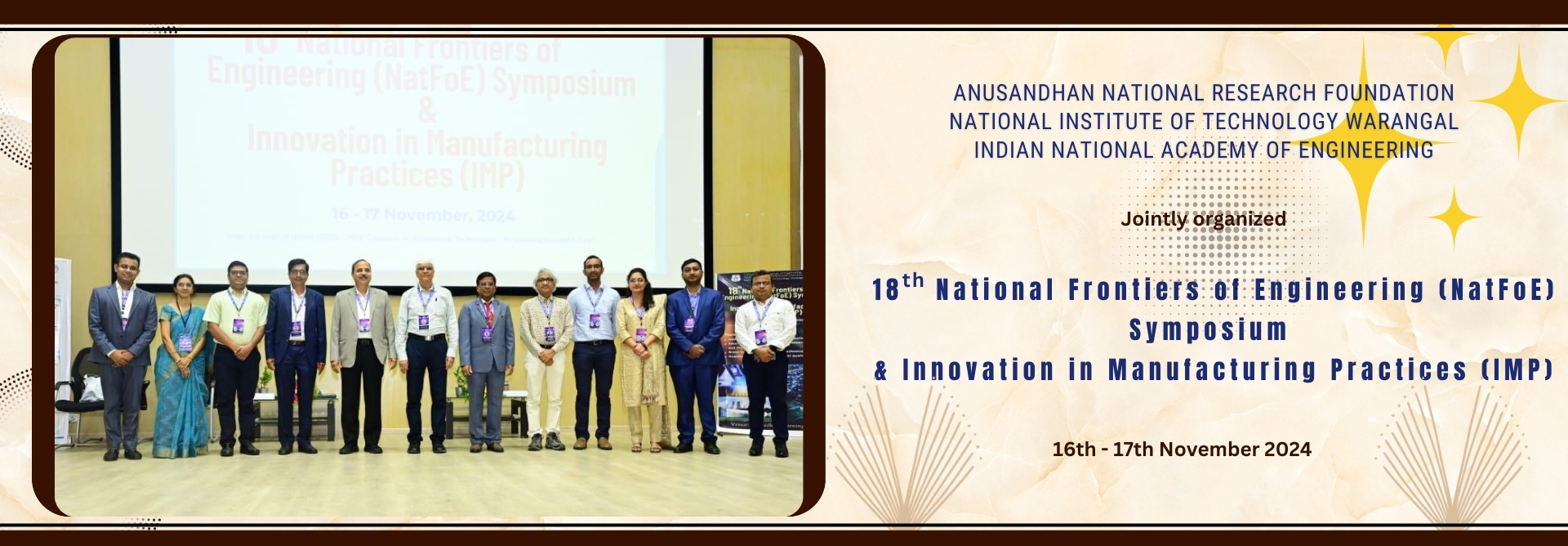
_2024-10-30-12-31-24.jpg)
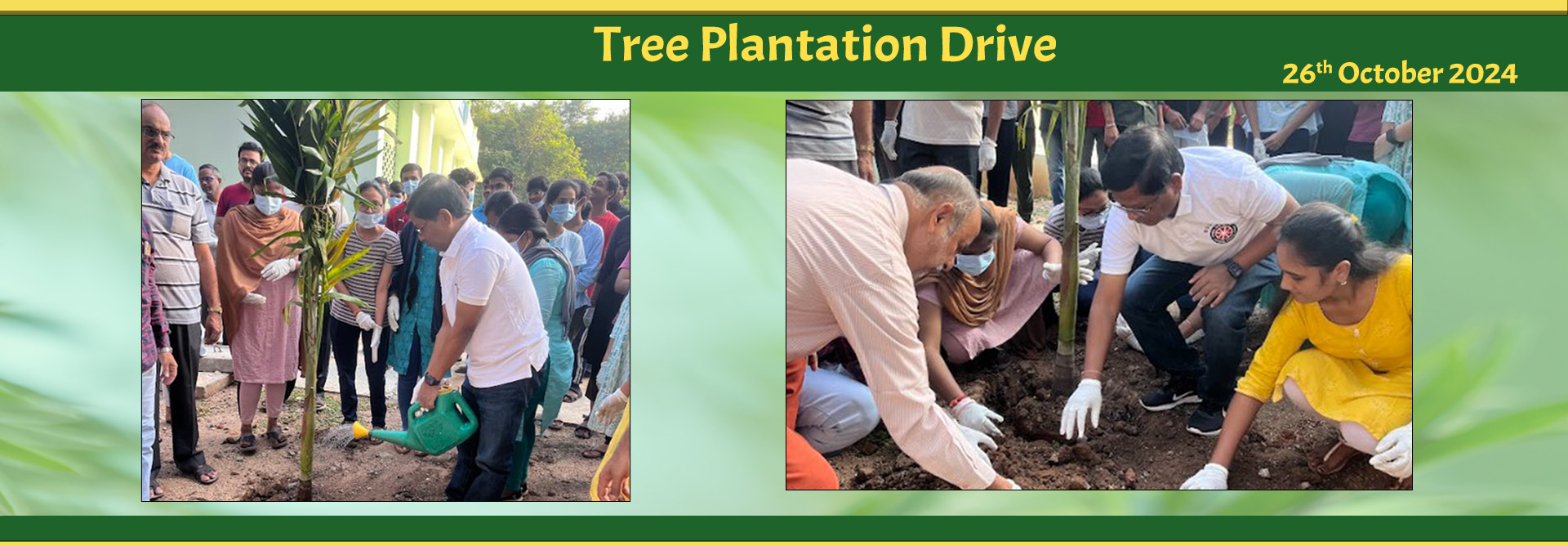
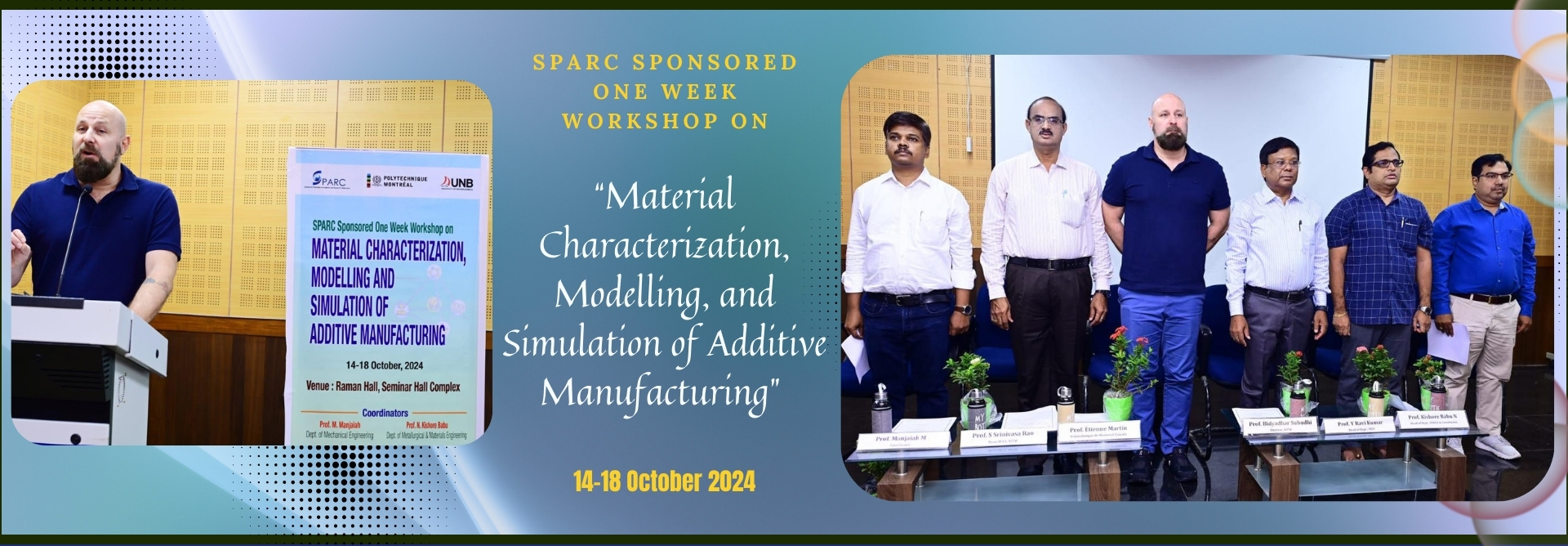
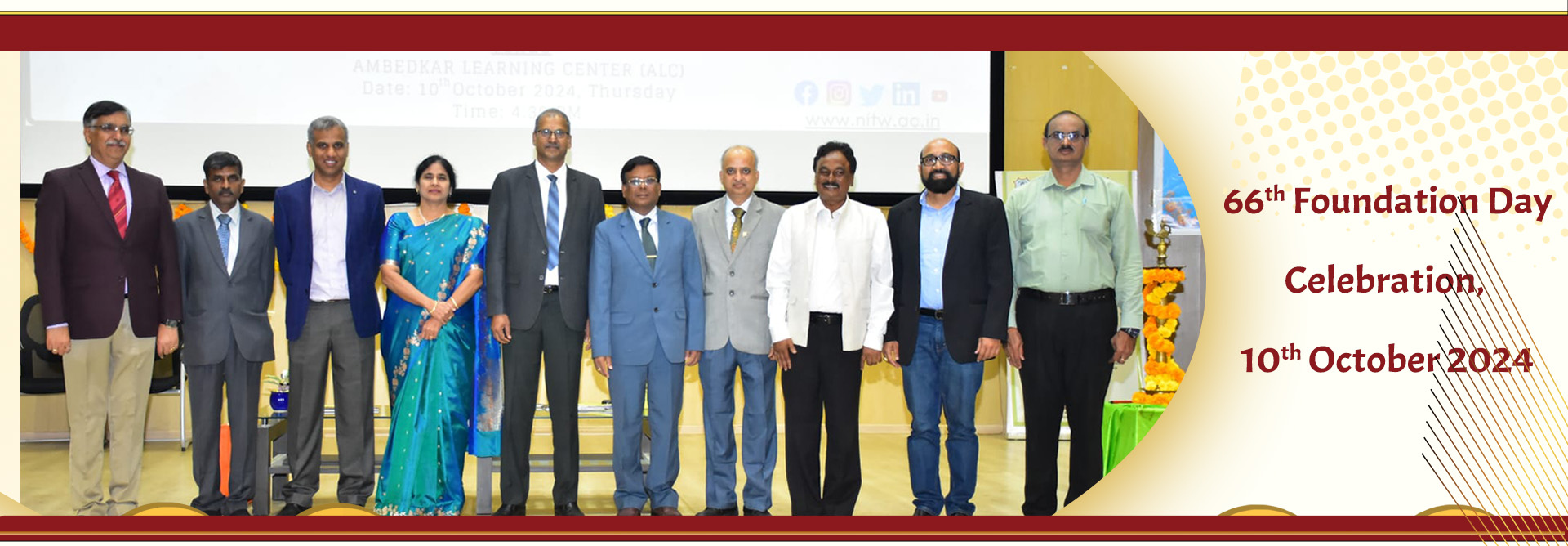
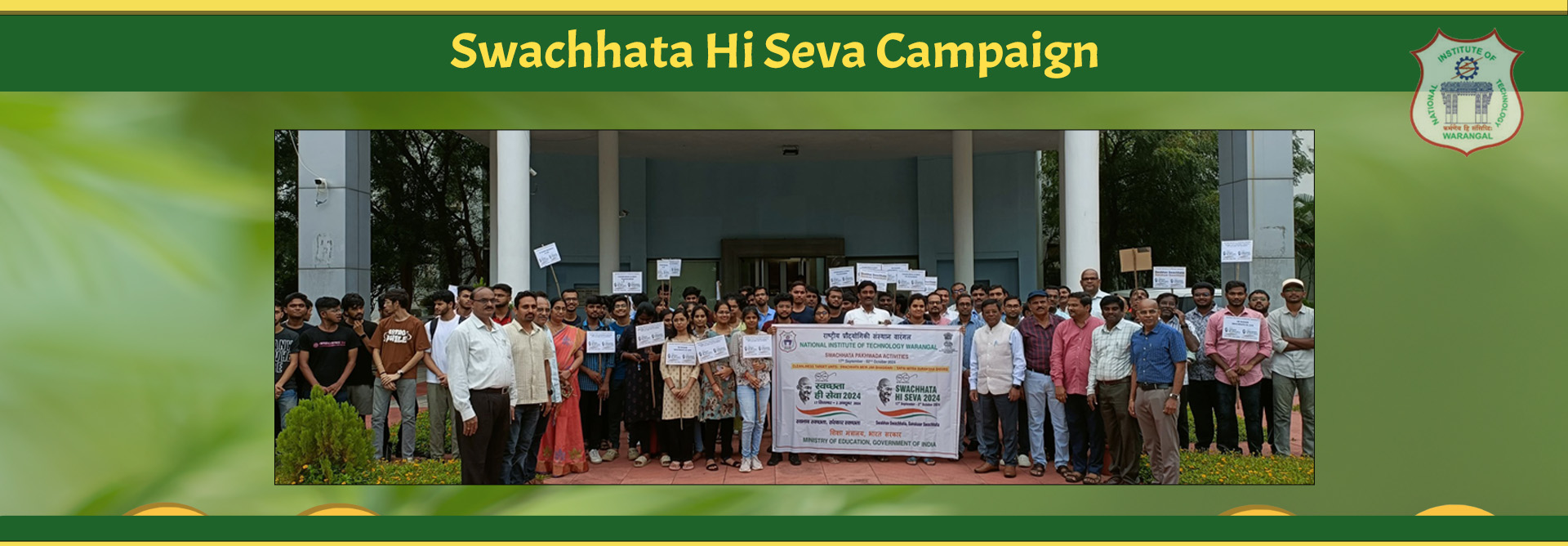
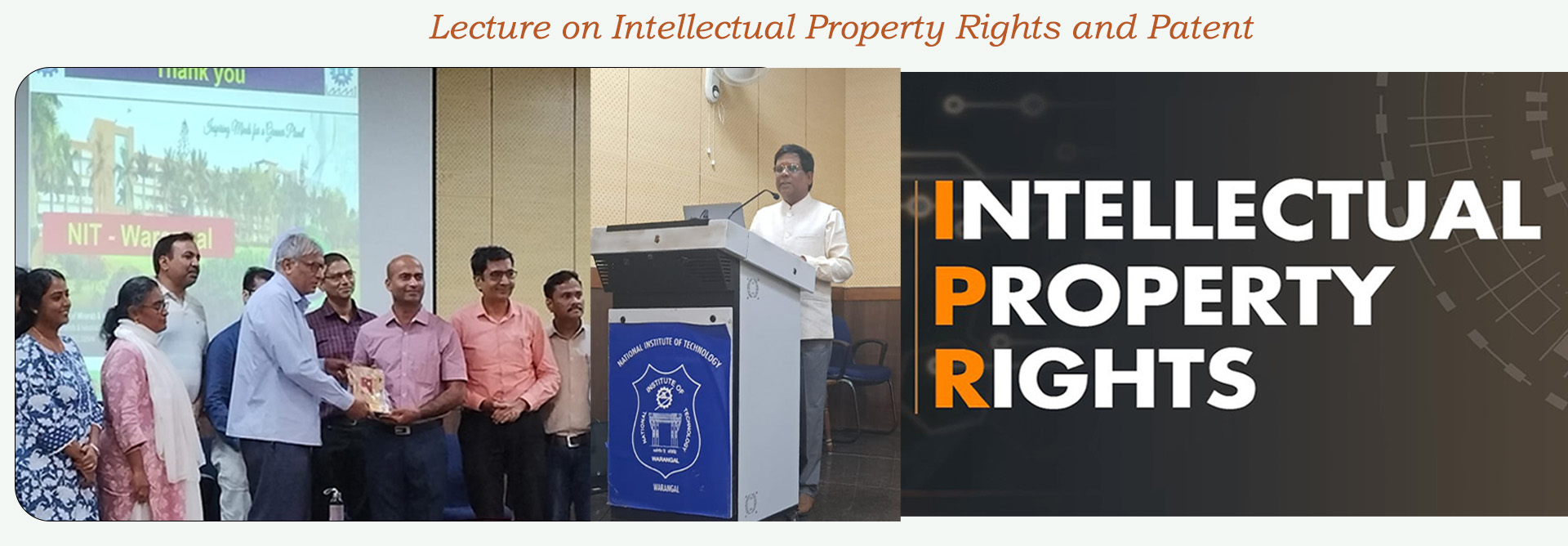
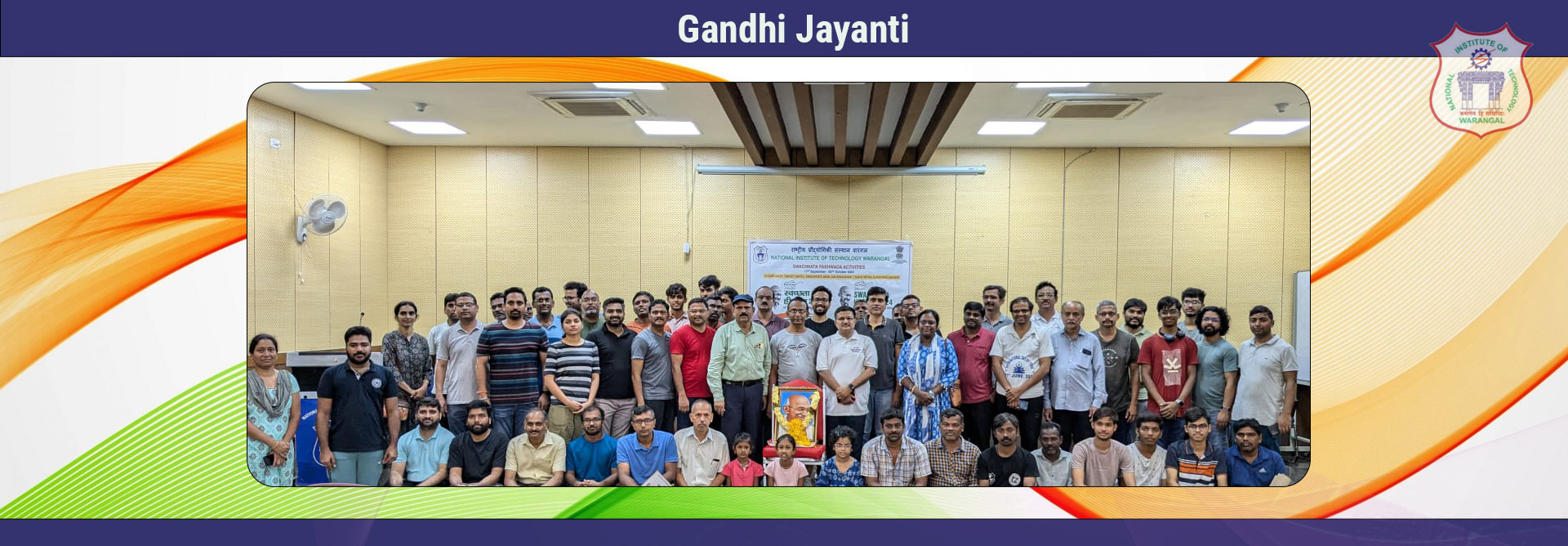
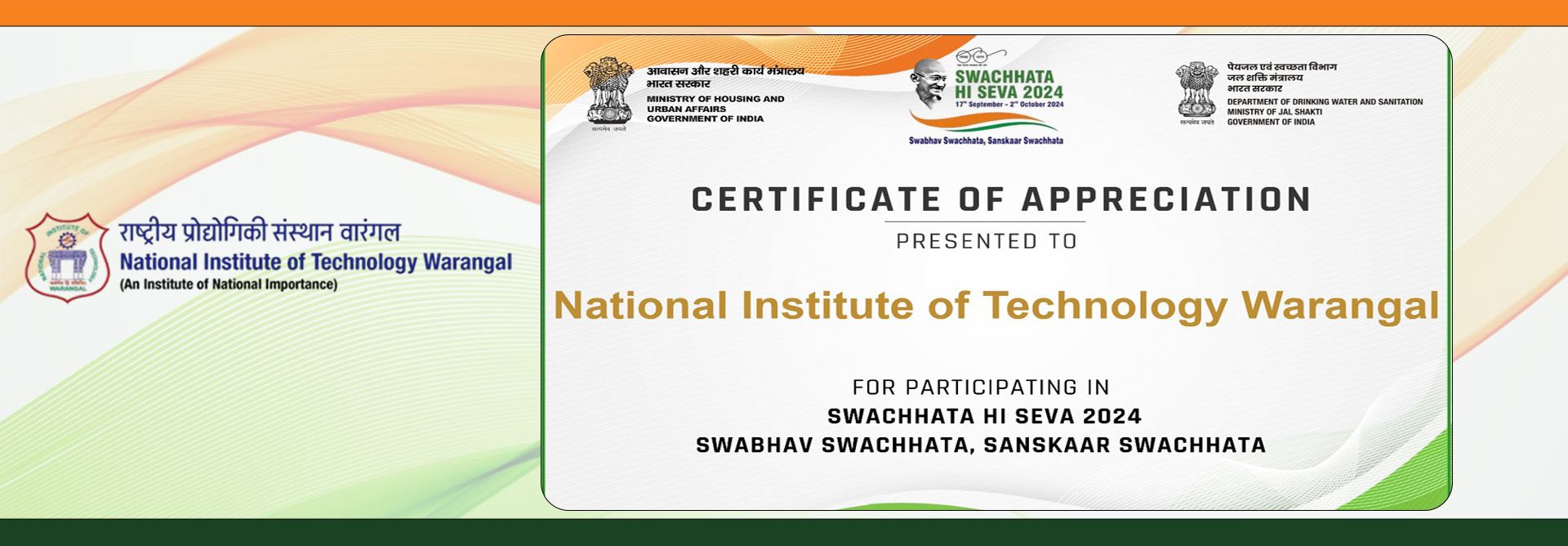

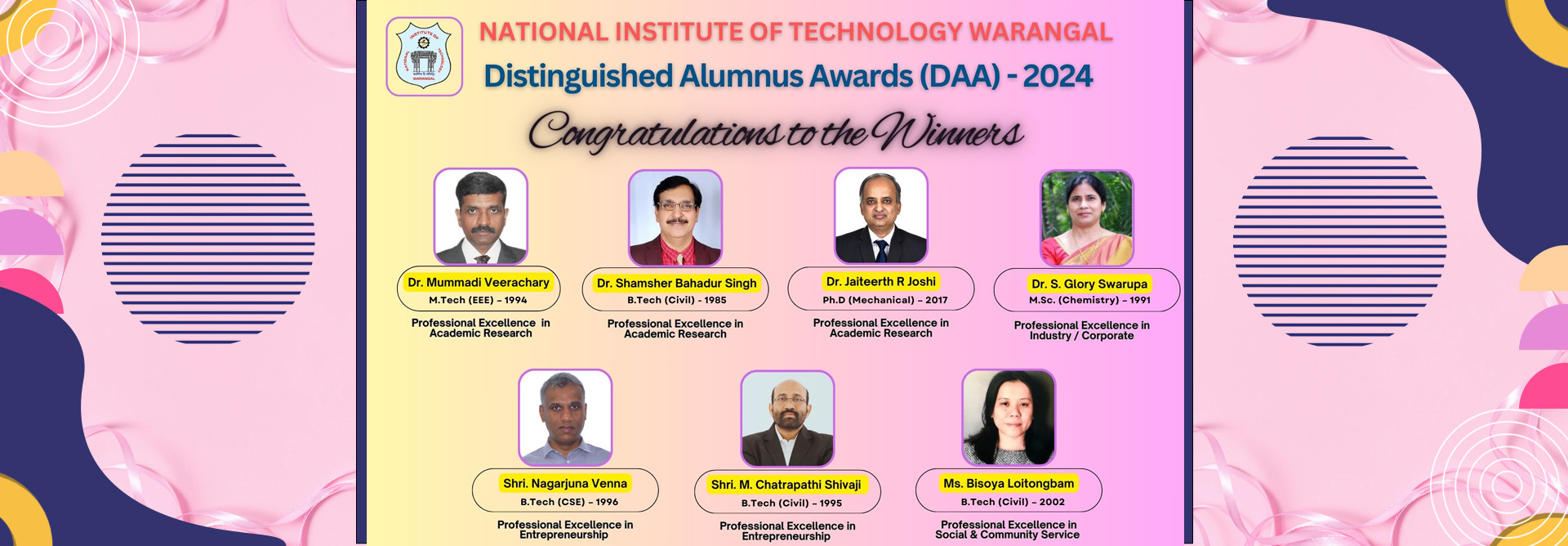
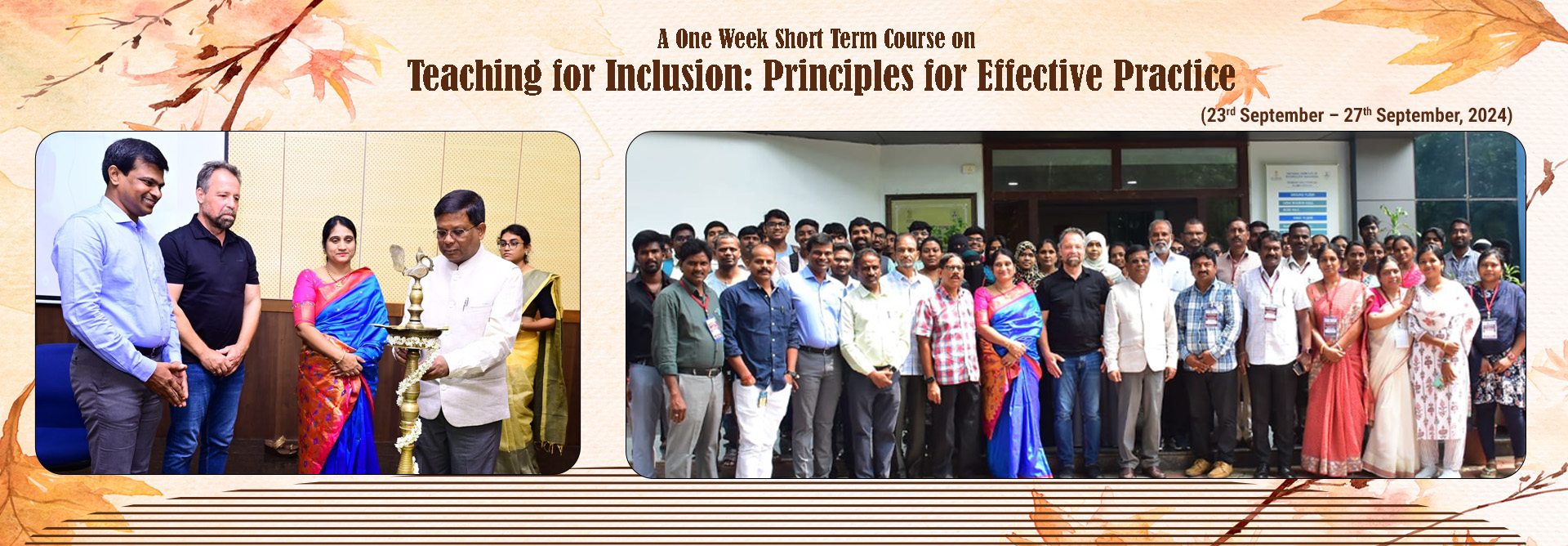
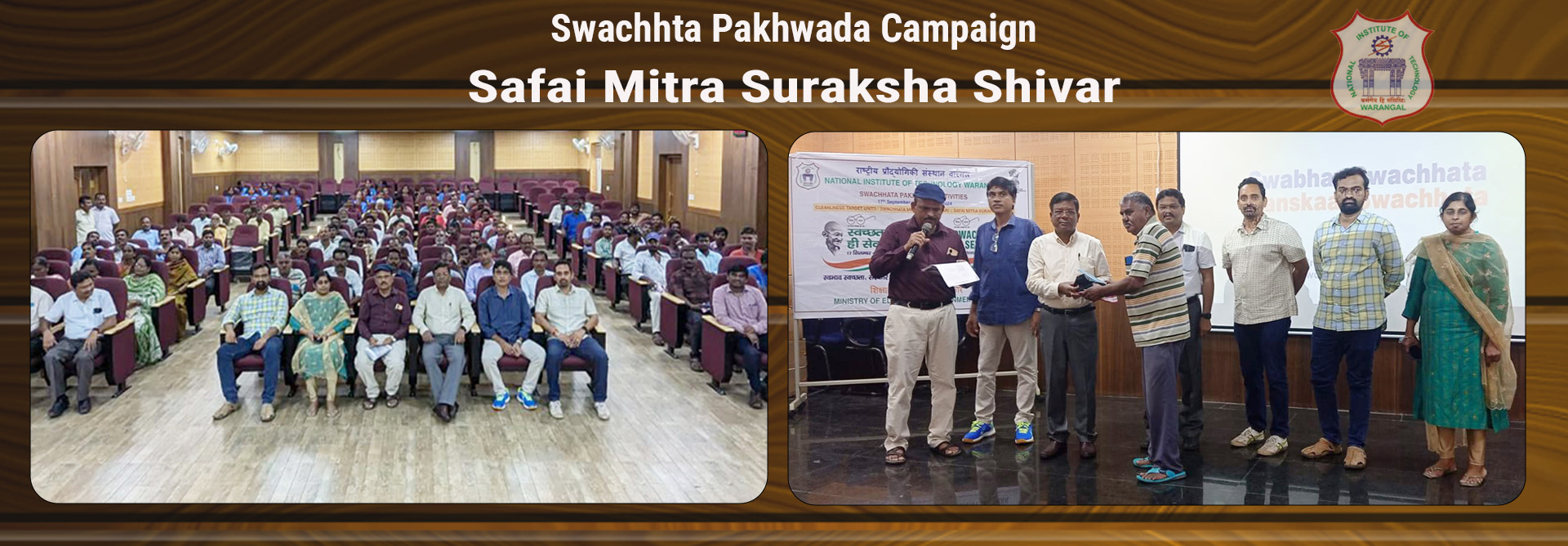
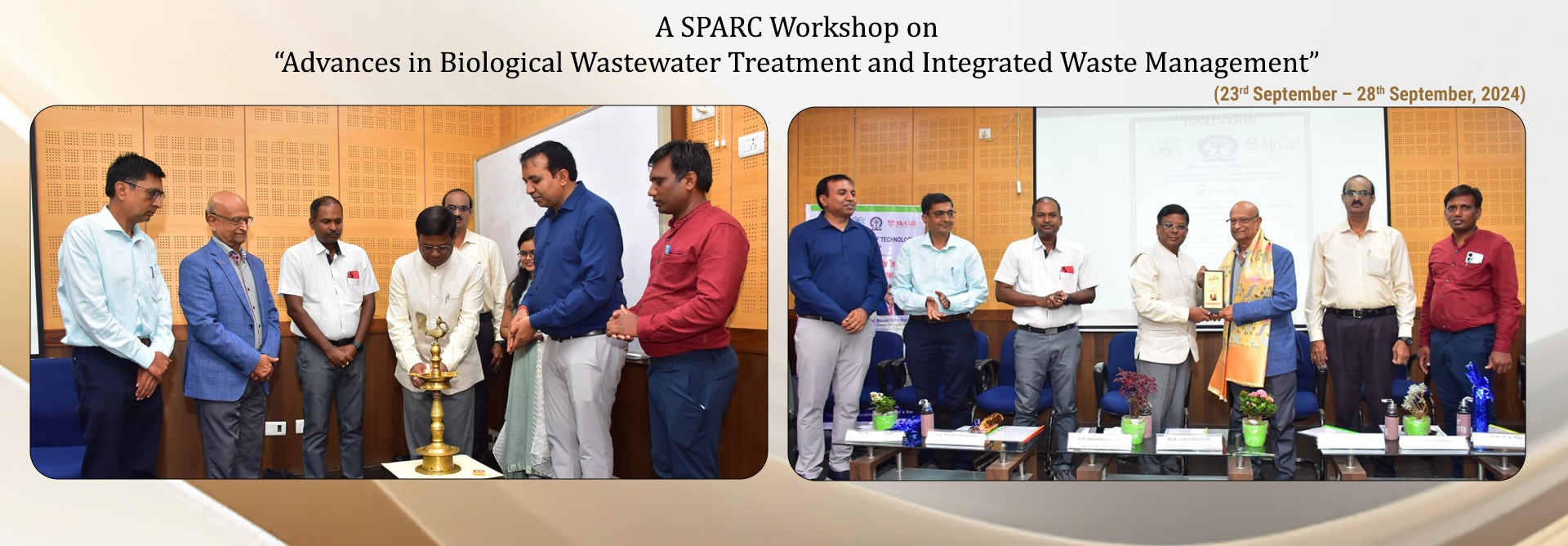
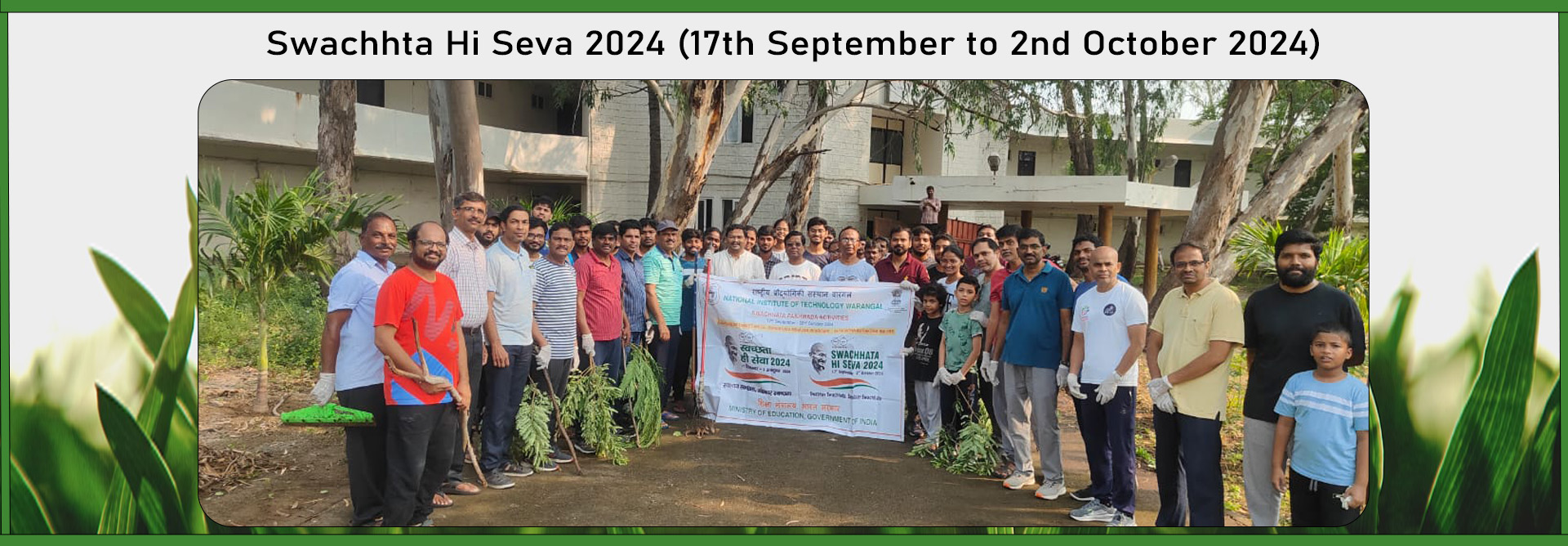
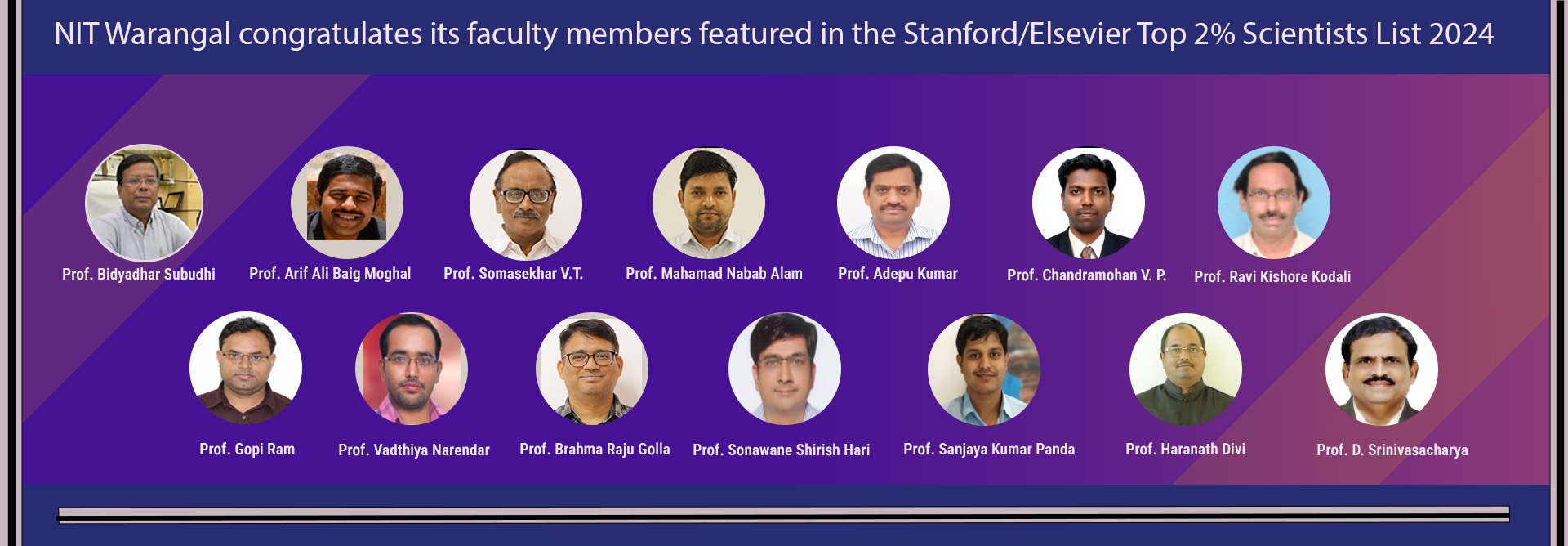
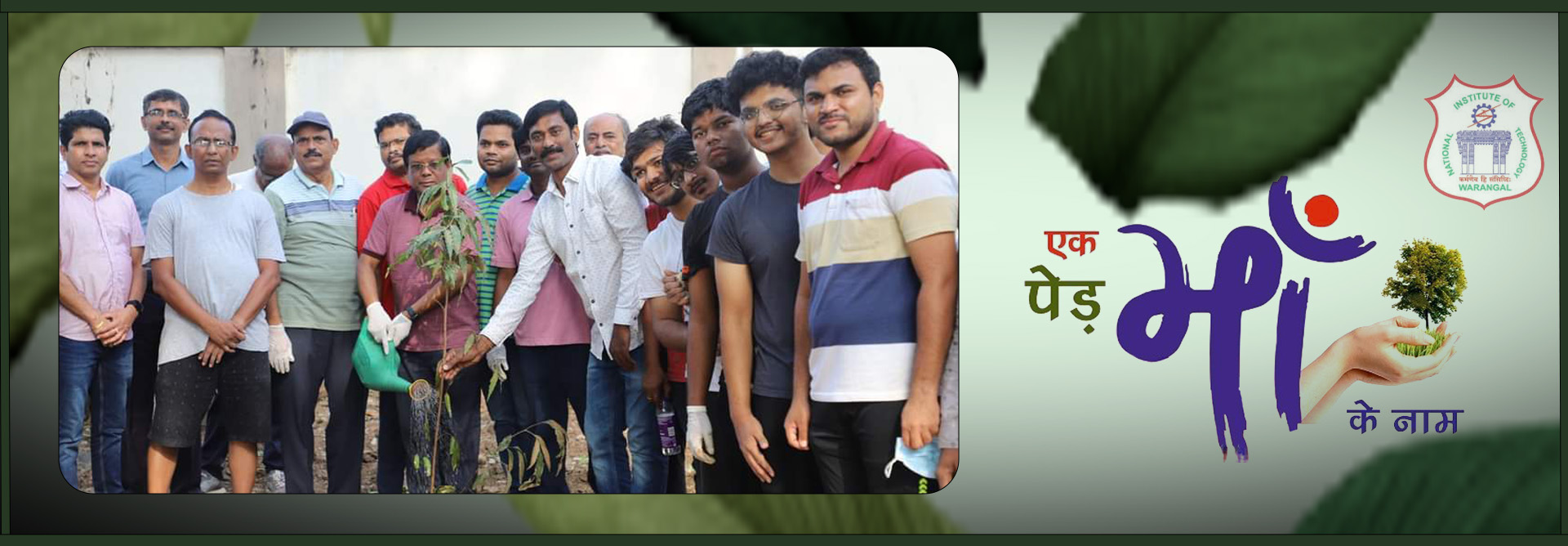
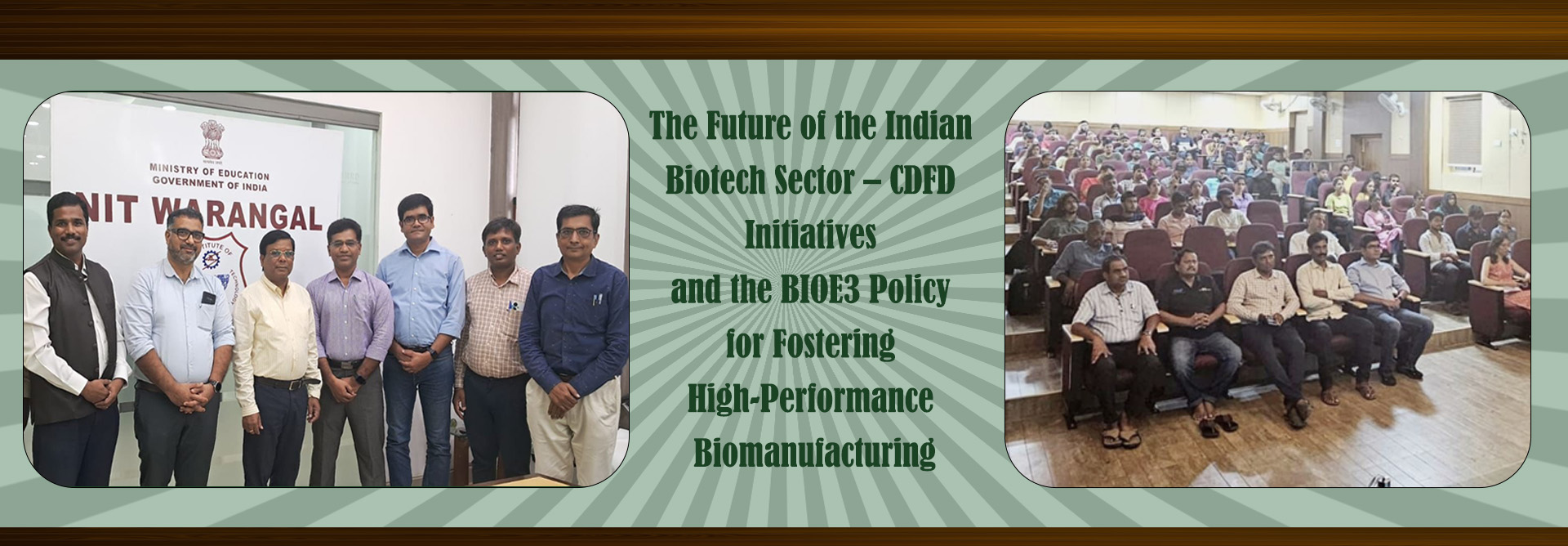
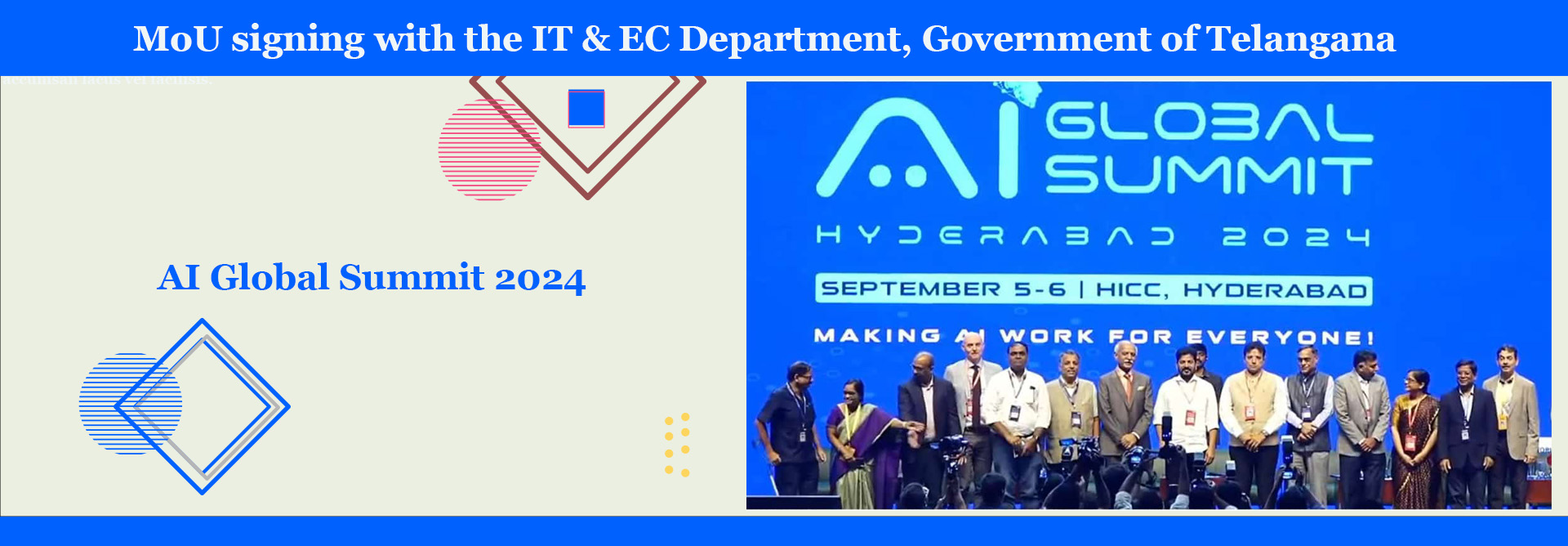
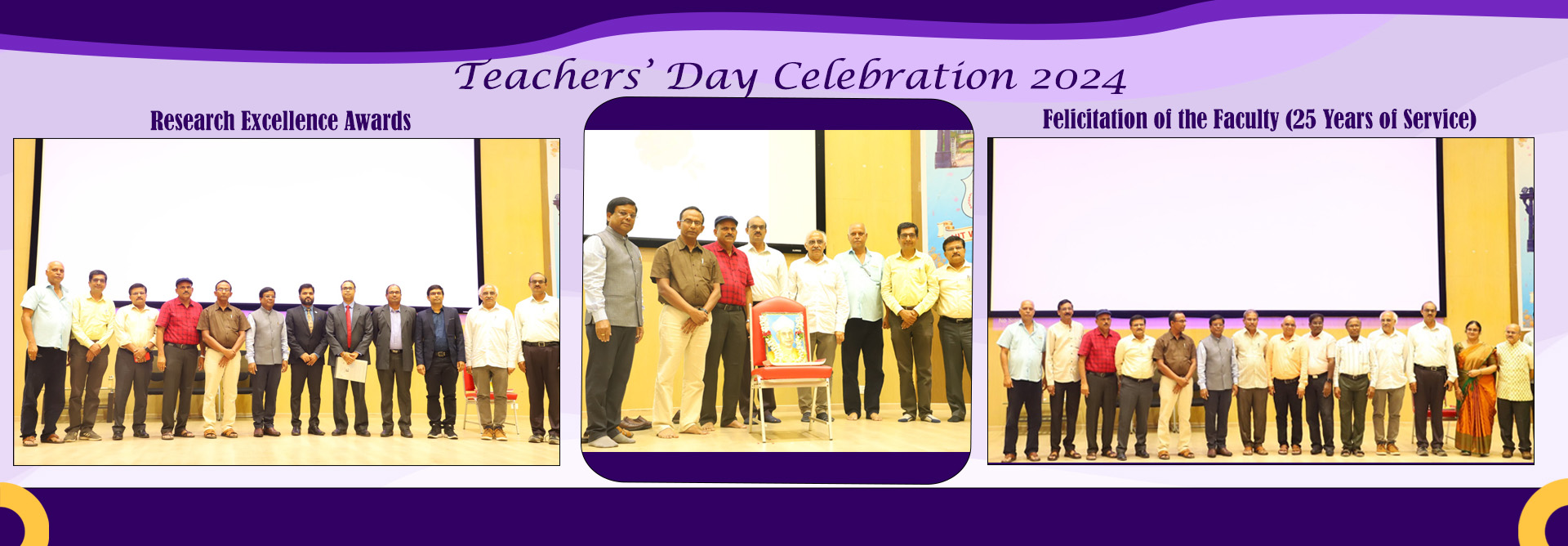
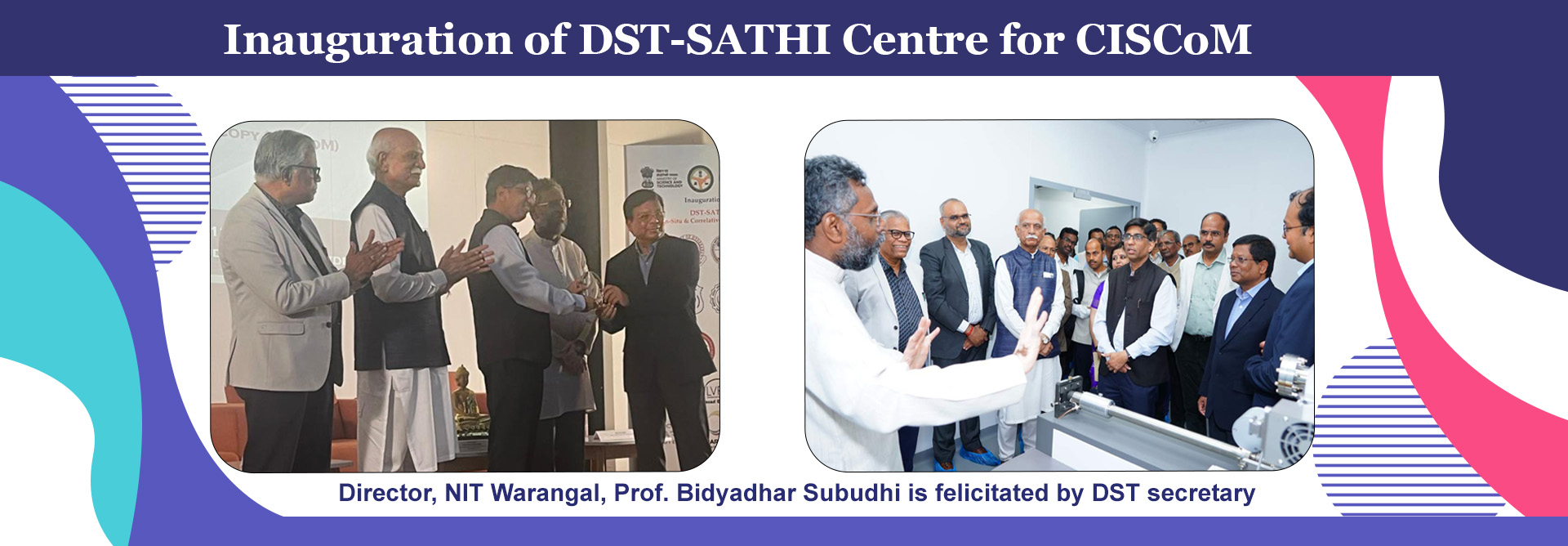
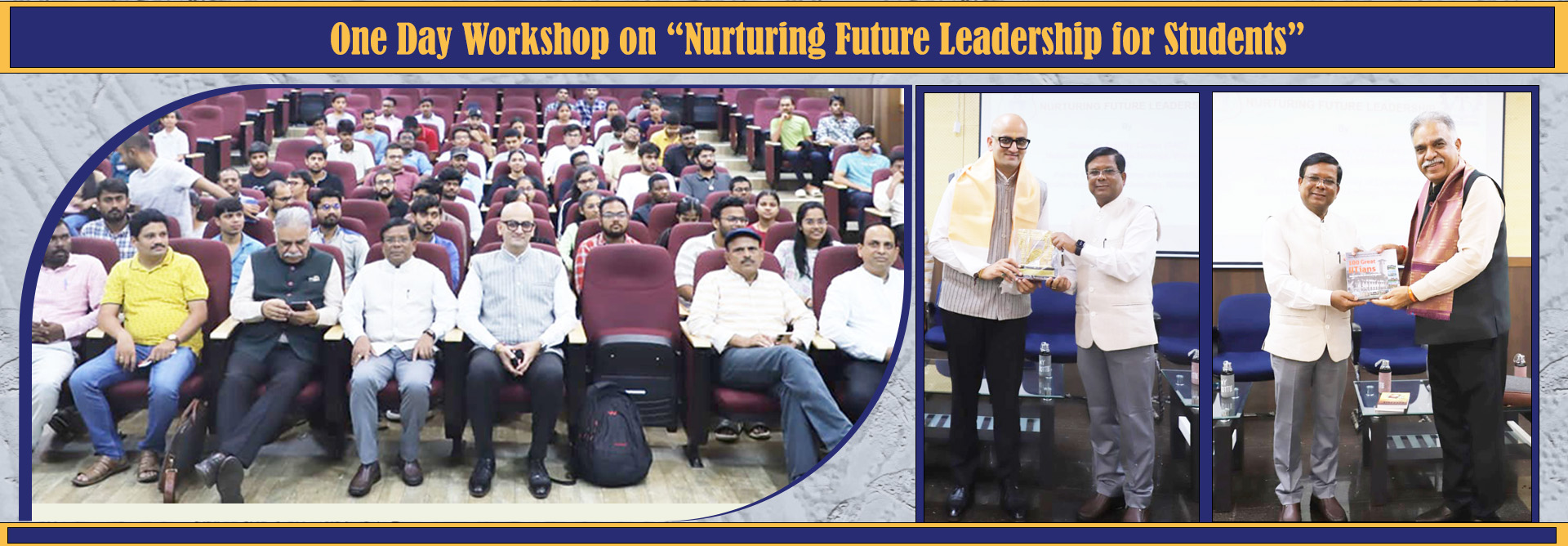
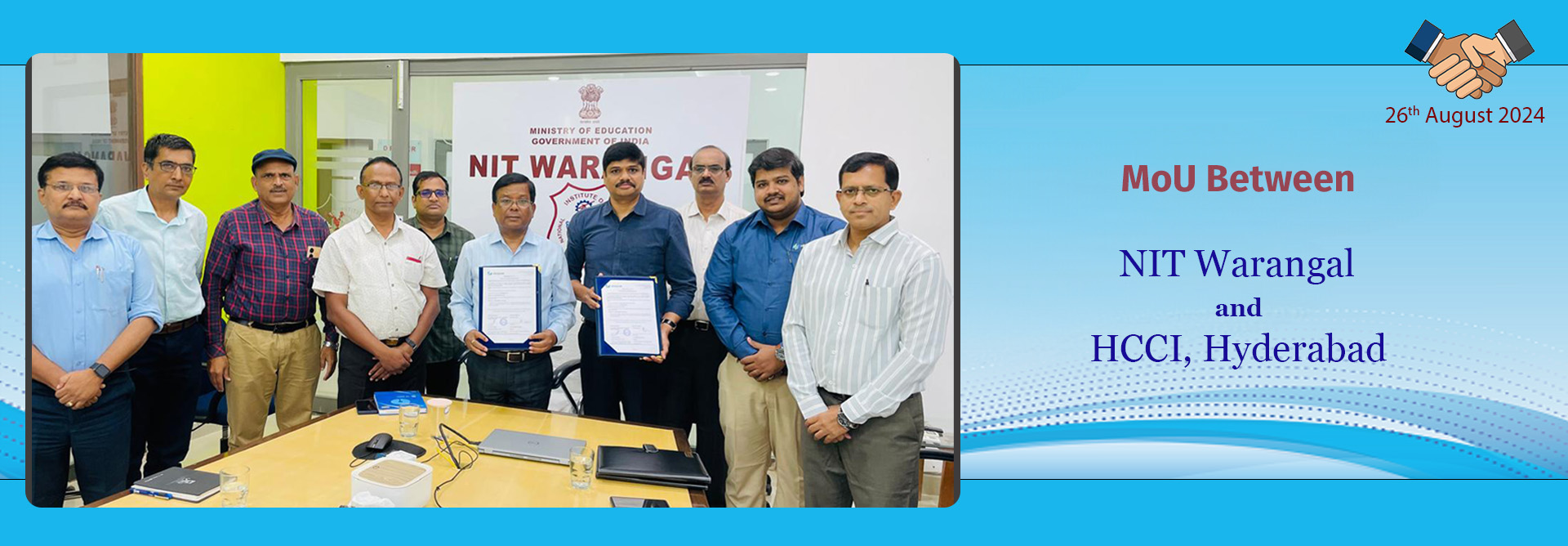
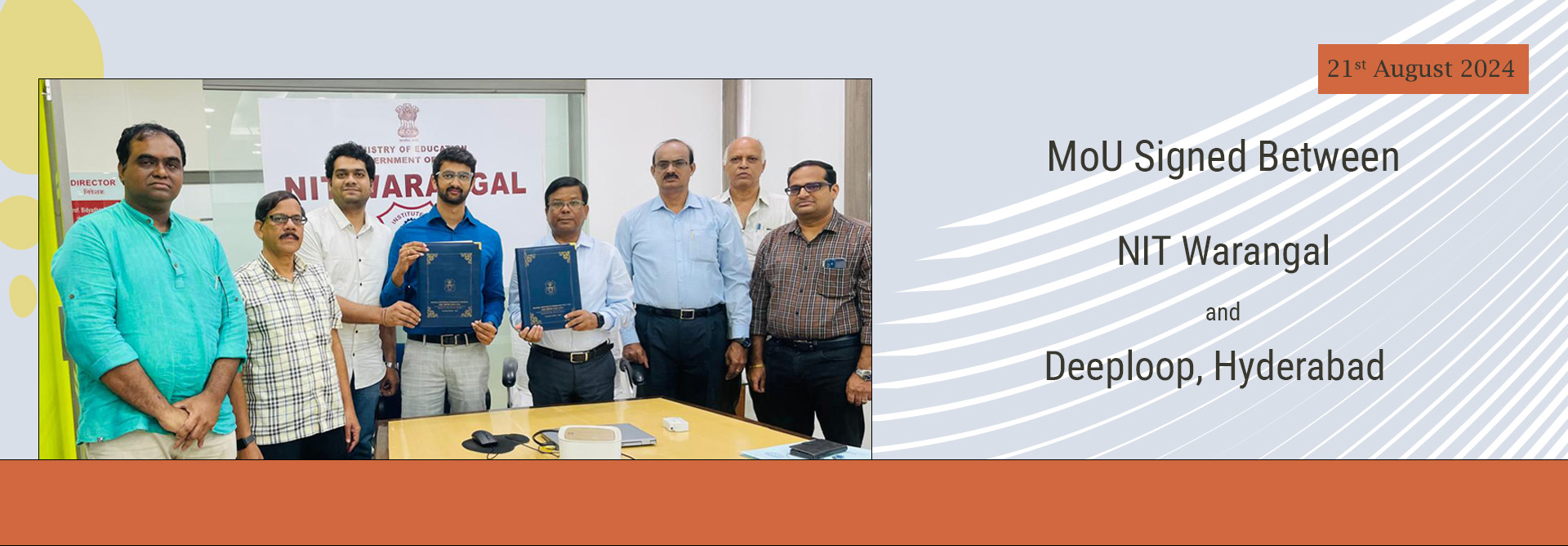
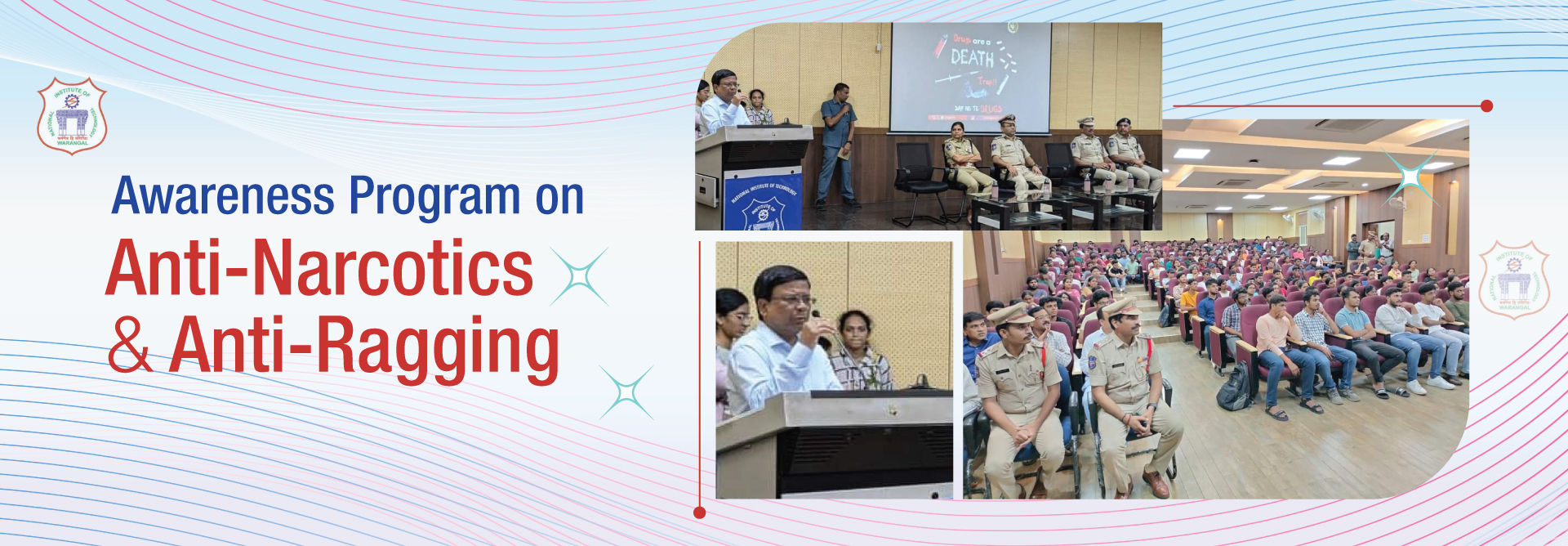
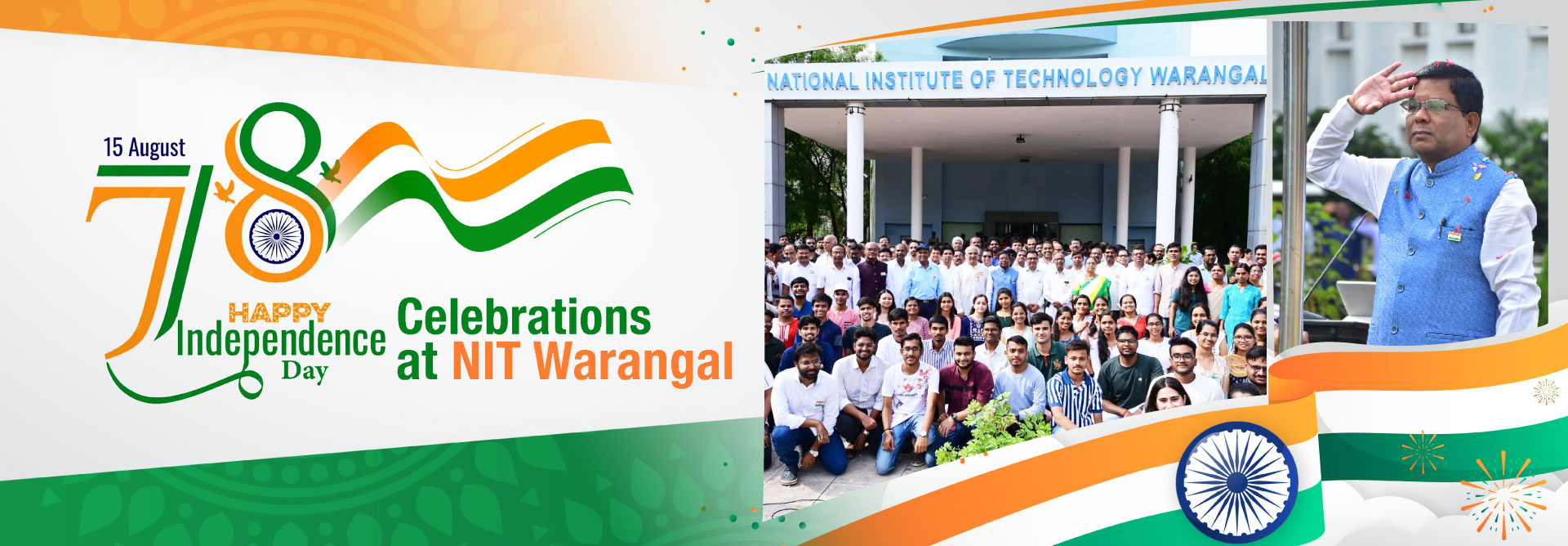
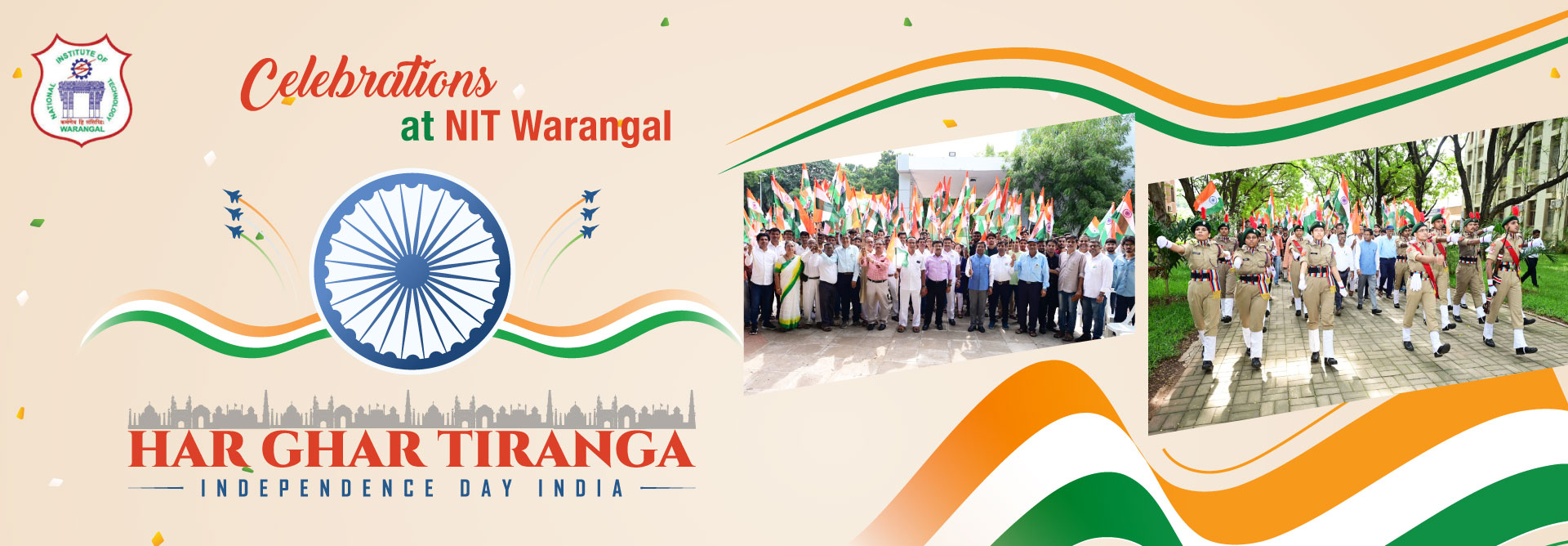
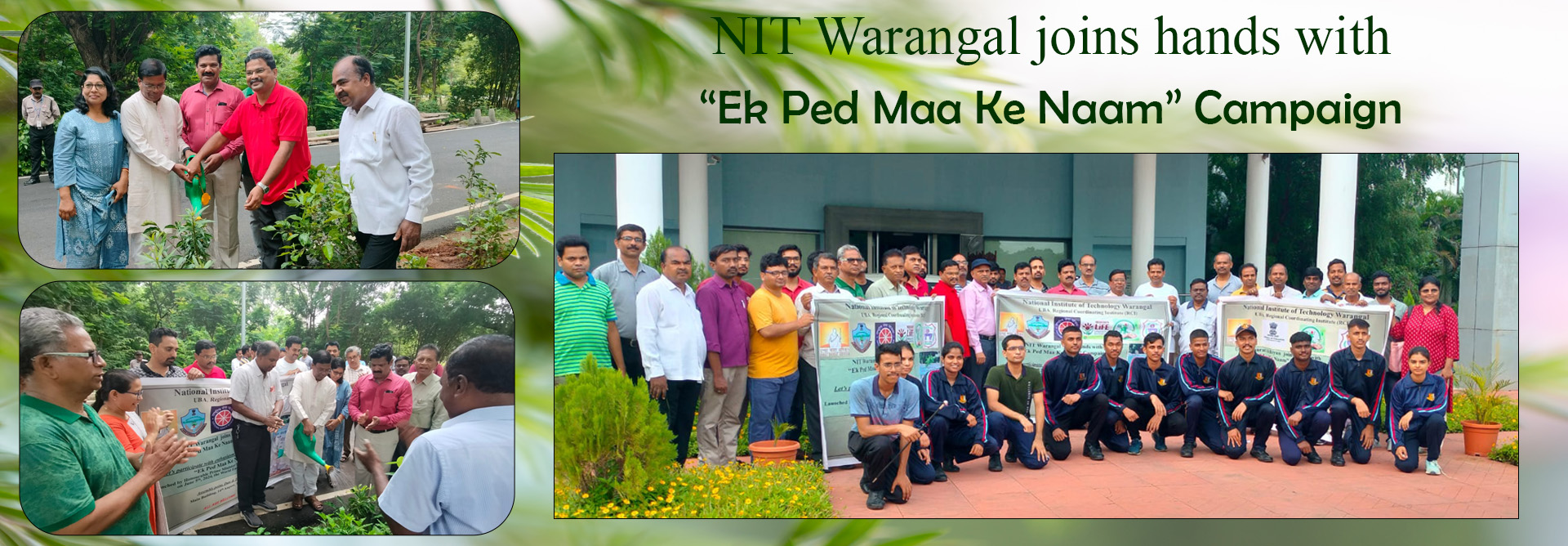
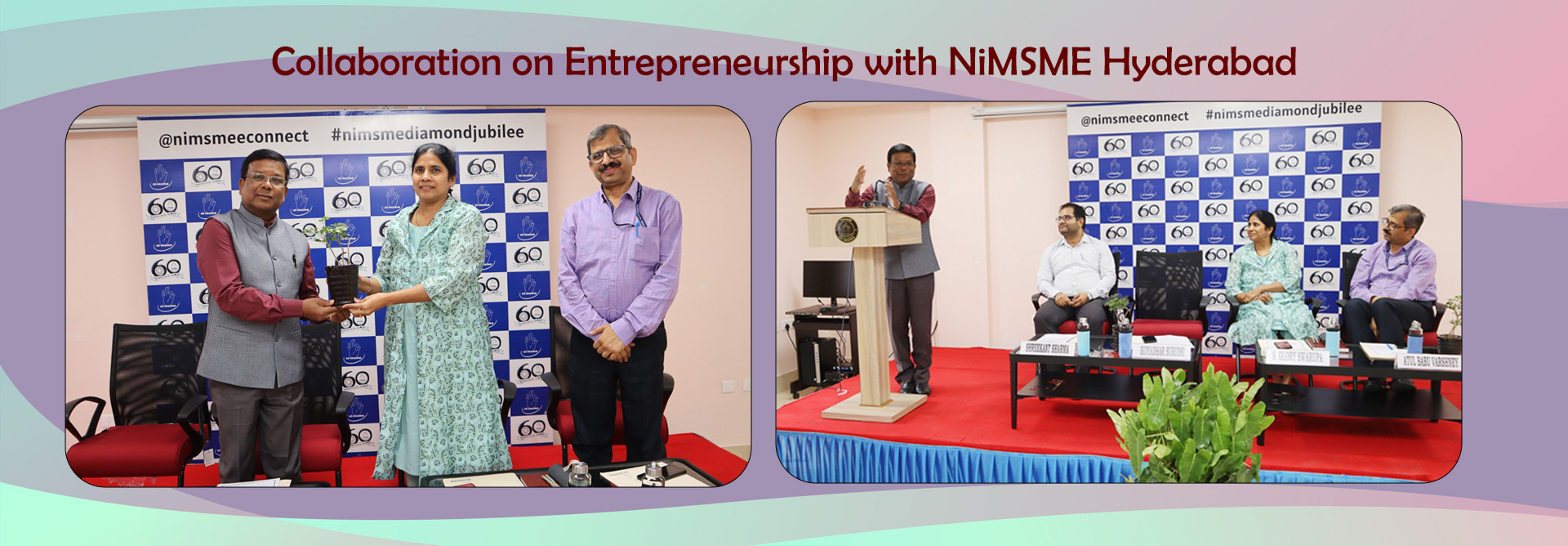

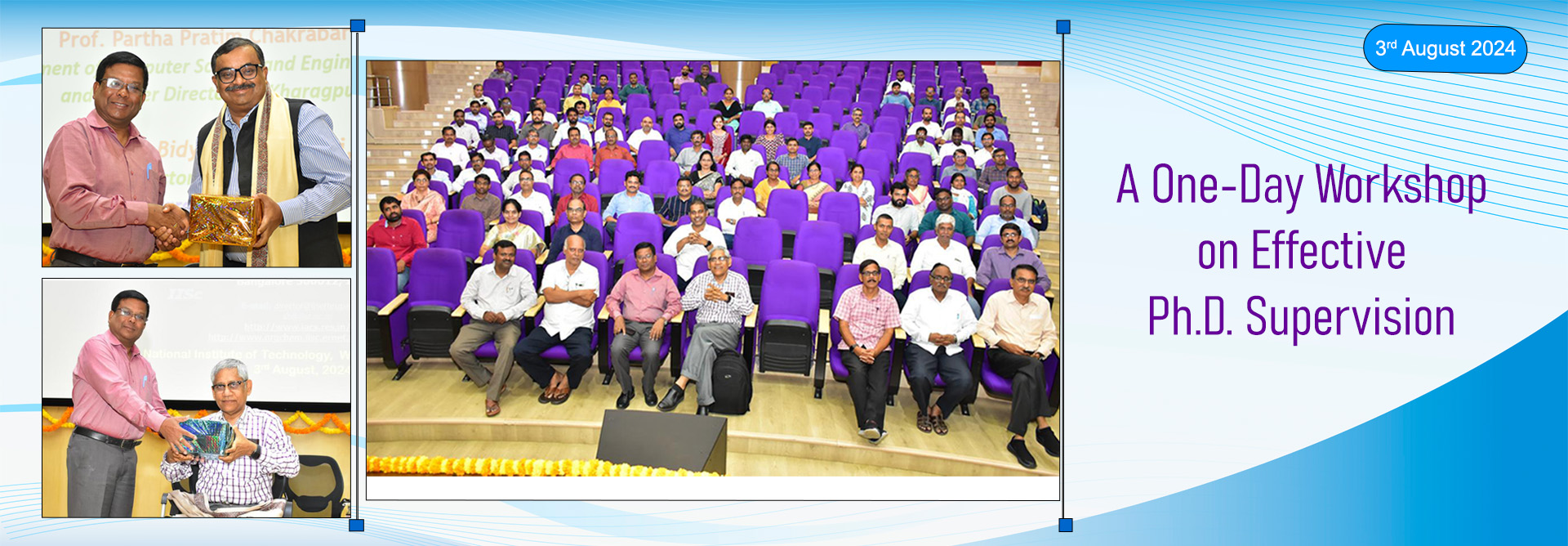
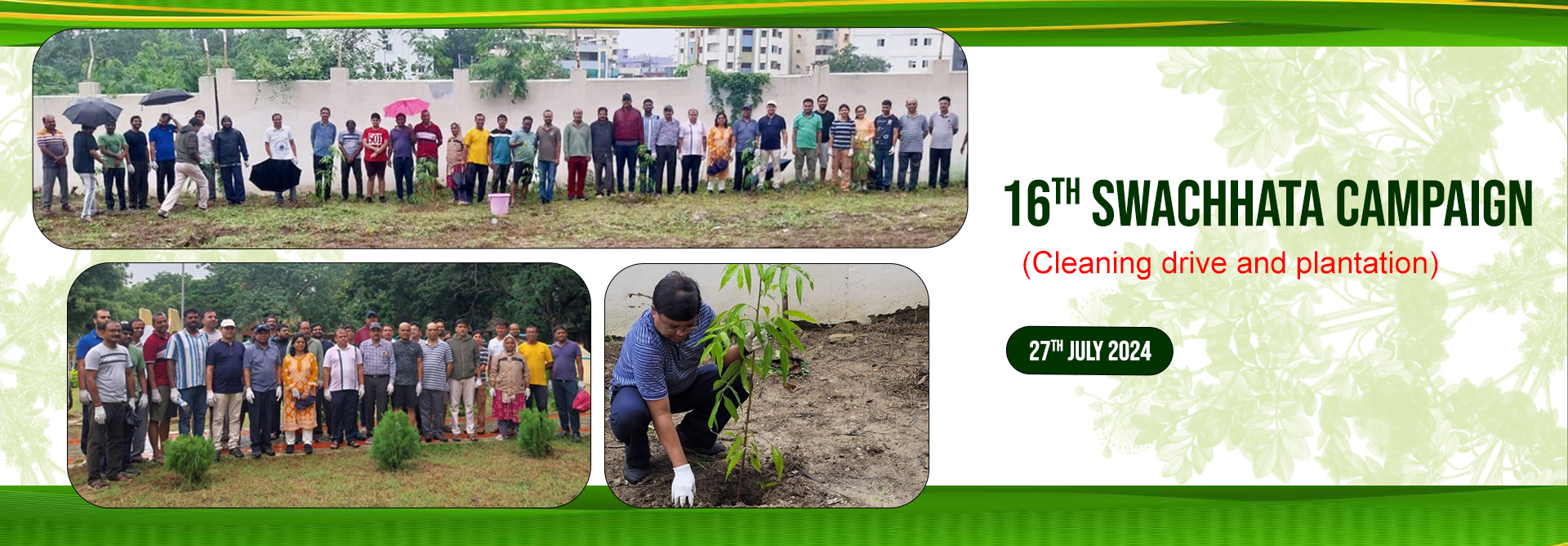
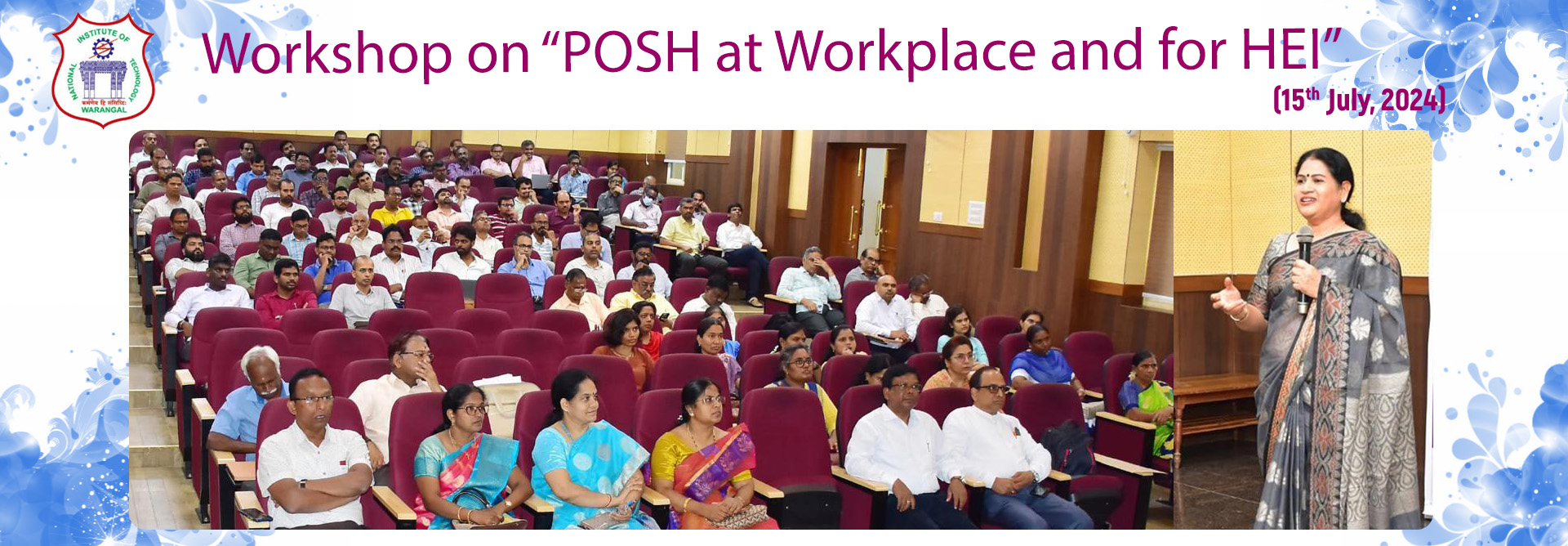
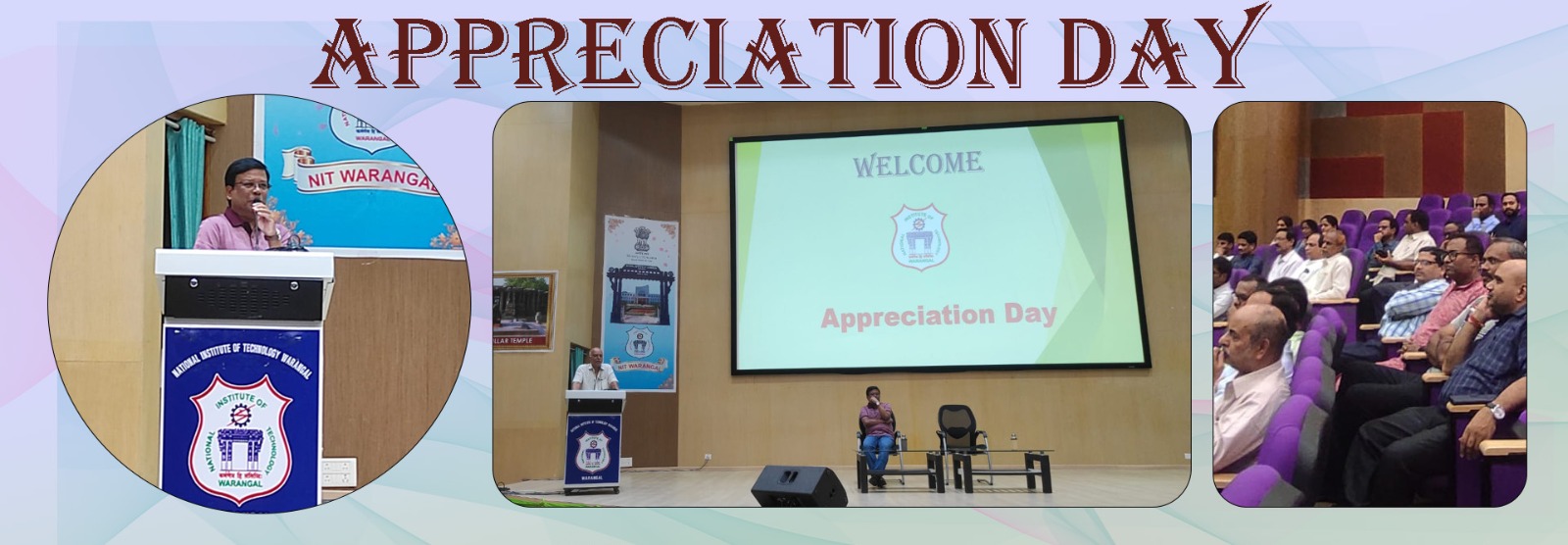
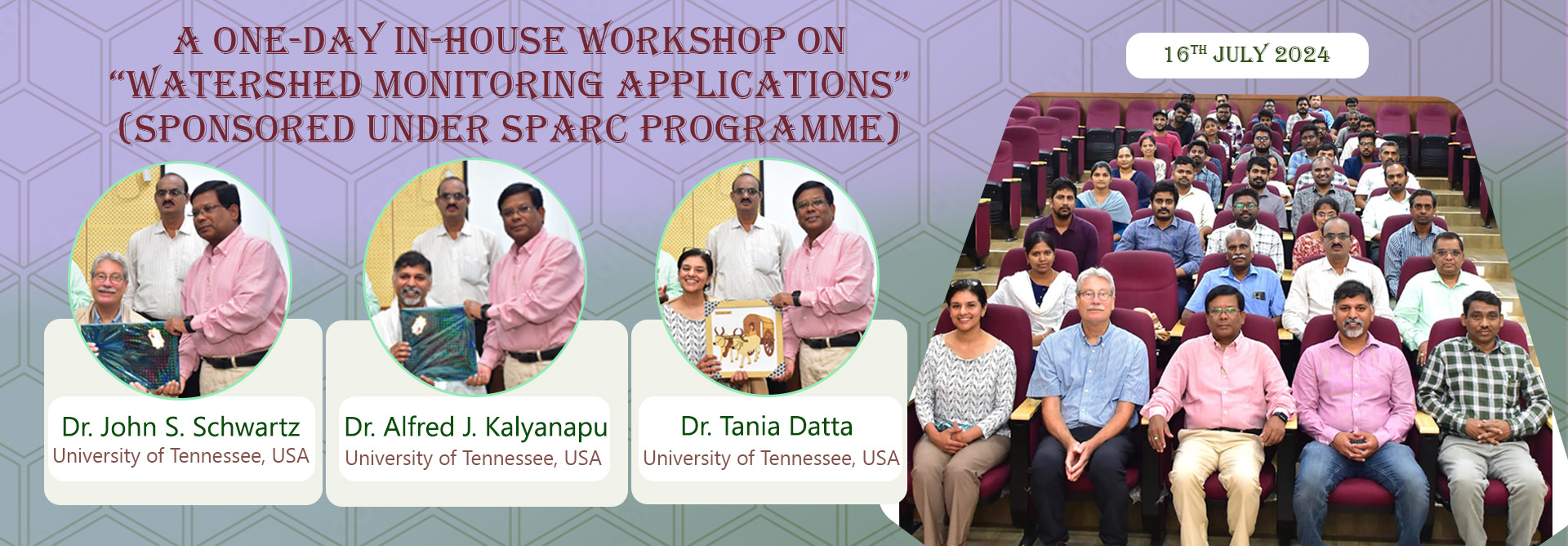
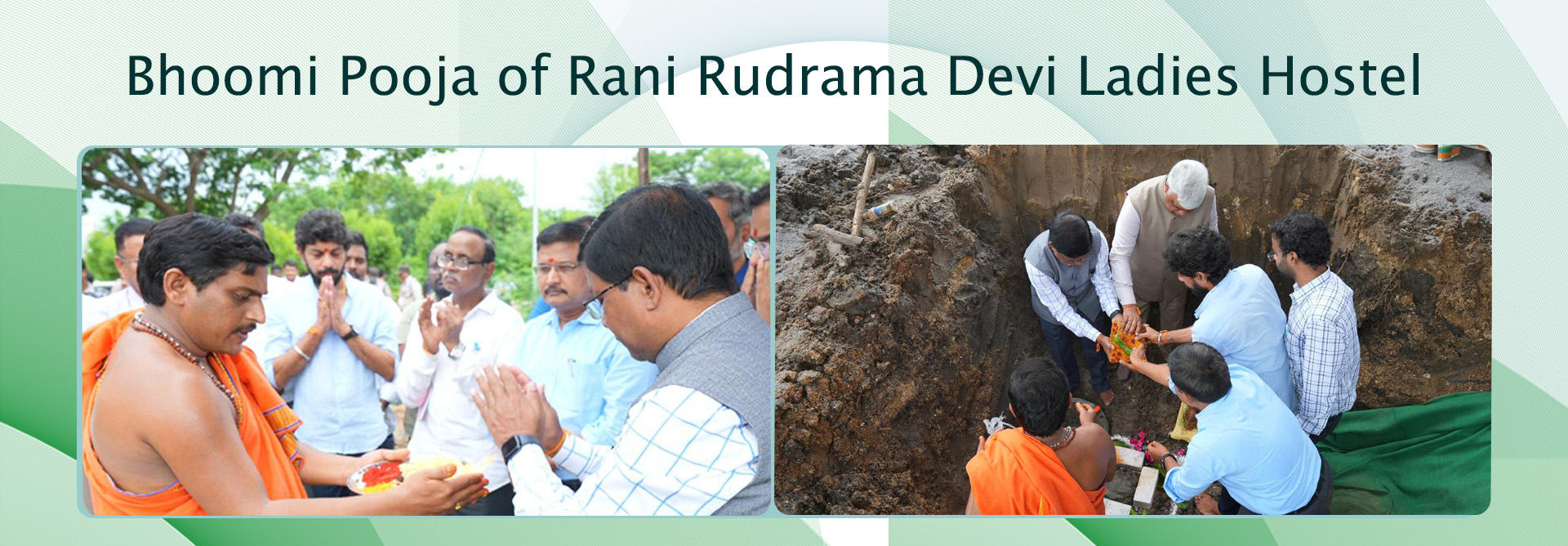
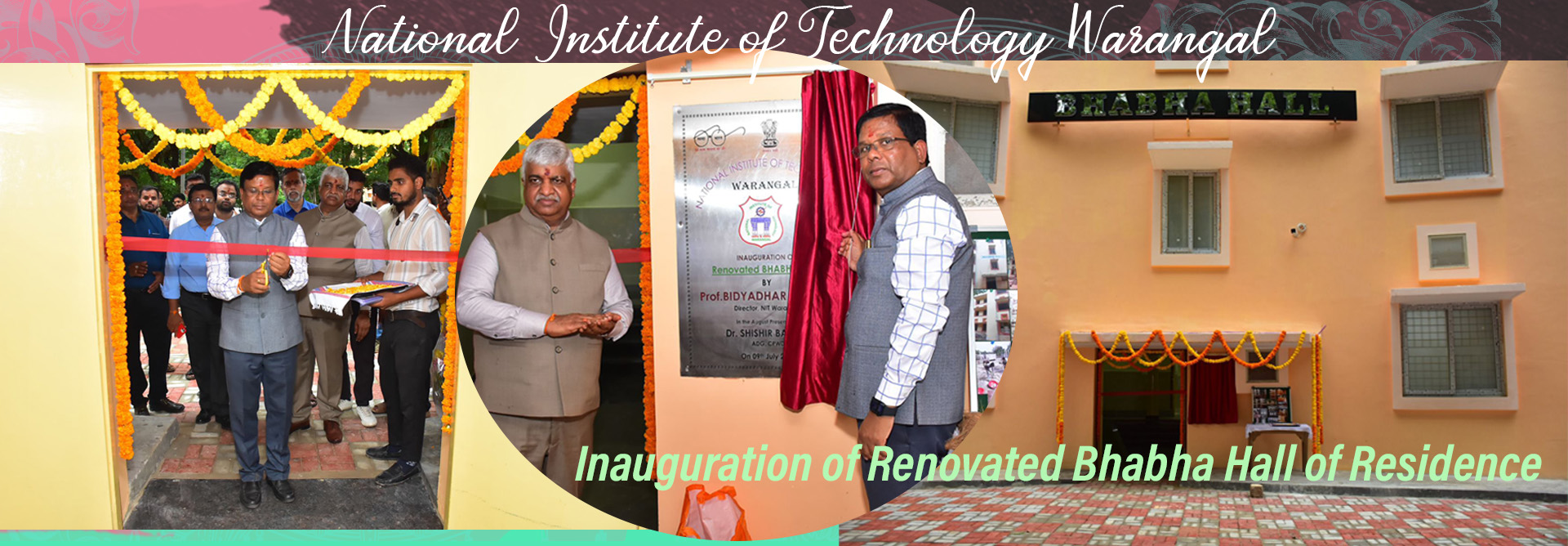

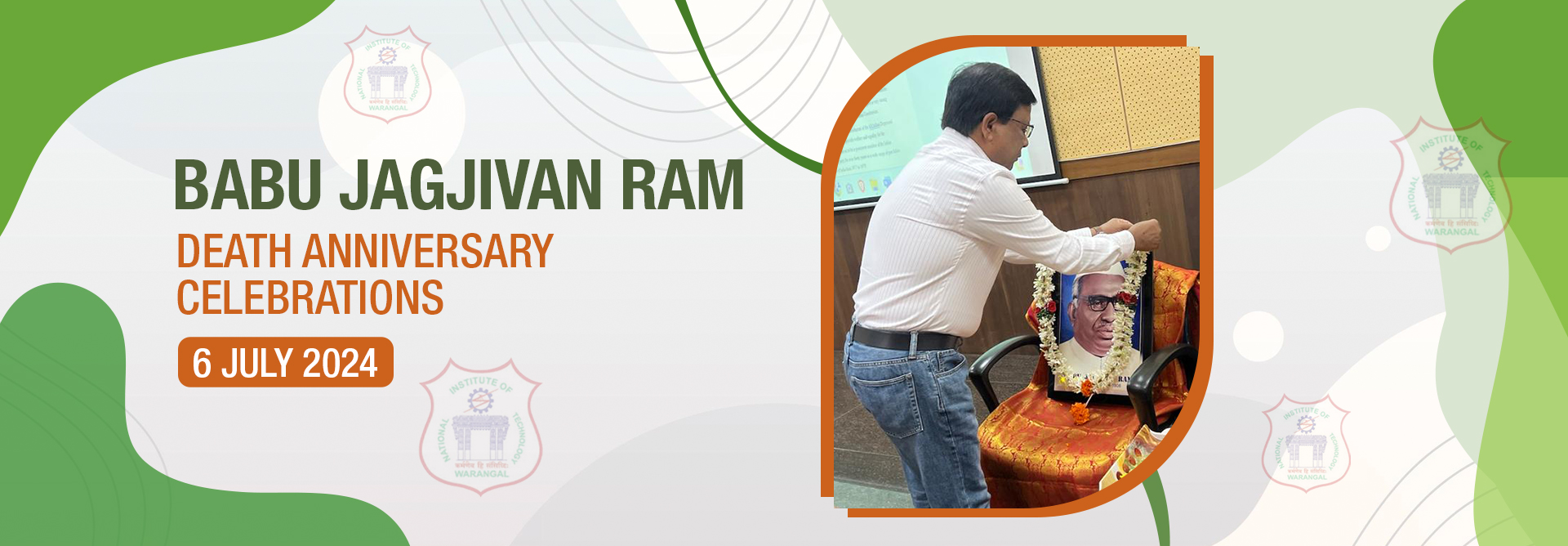
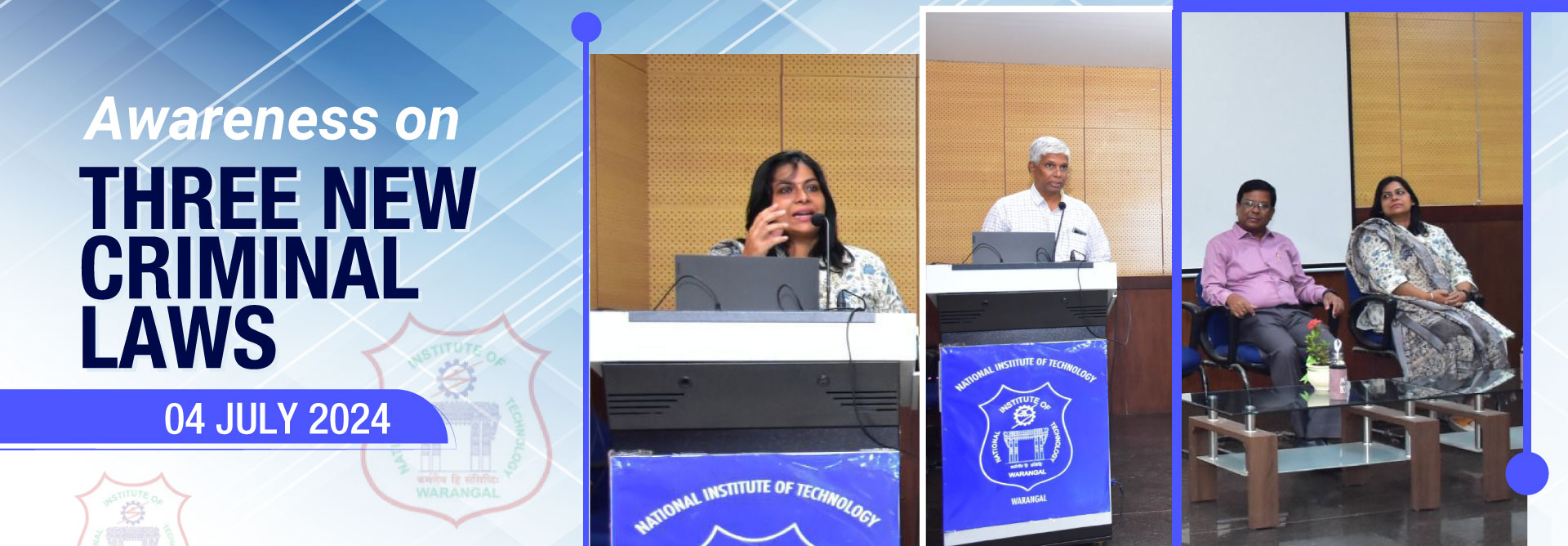
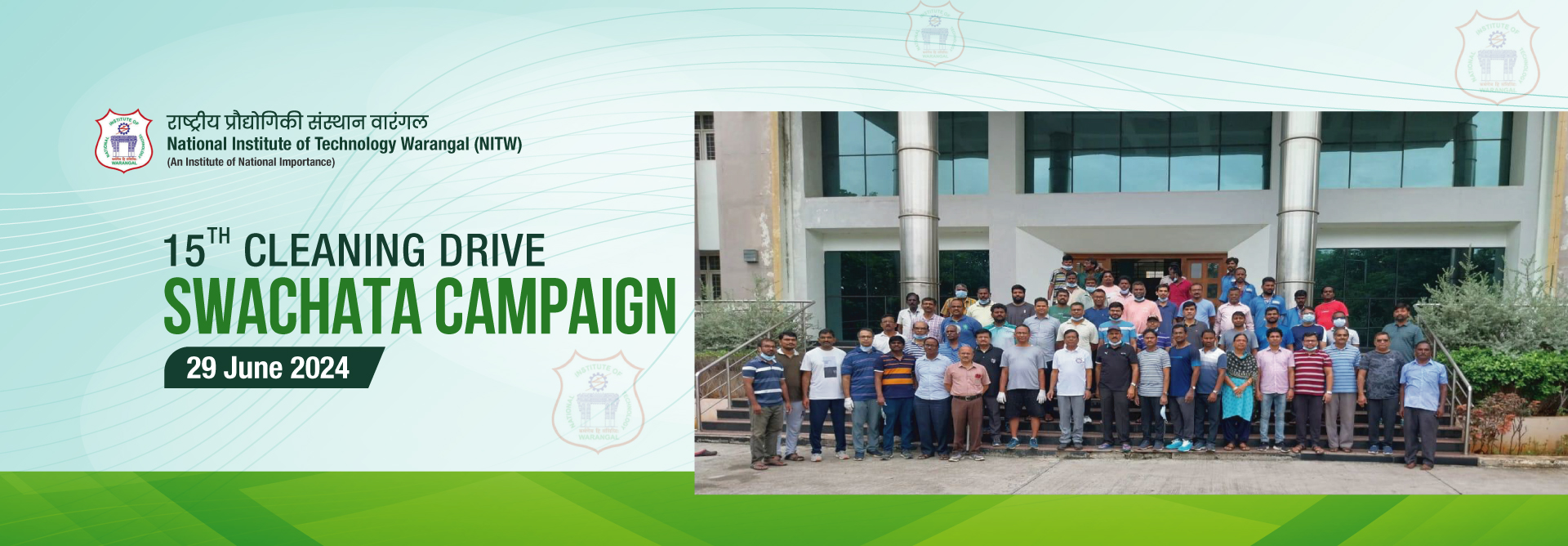
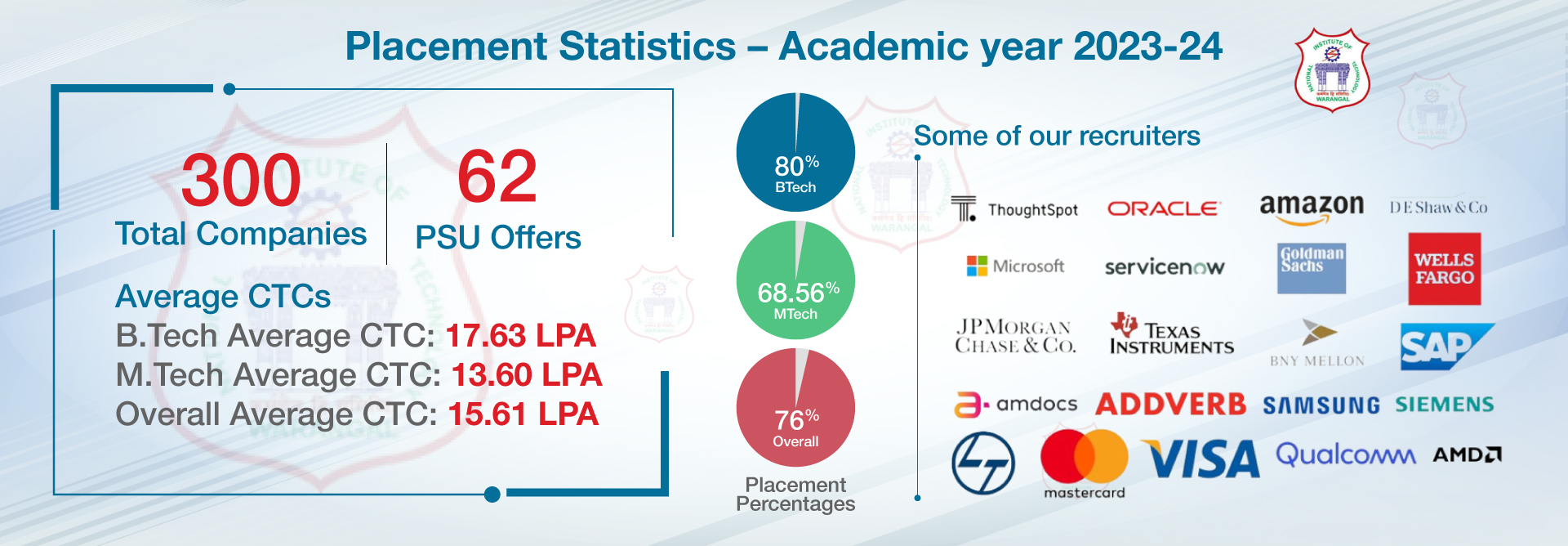
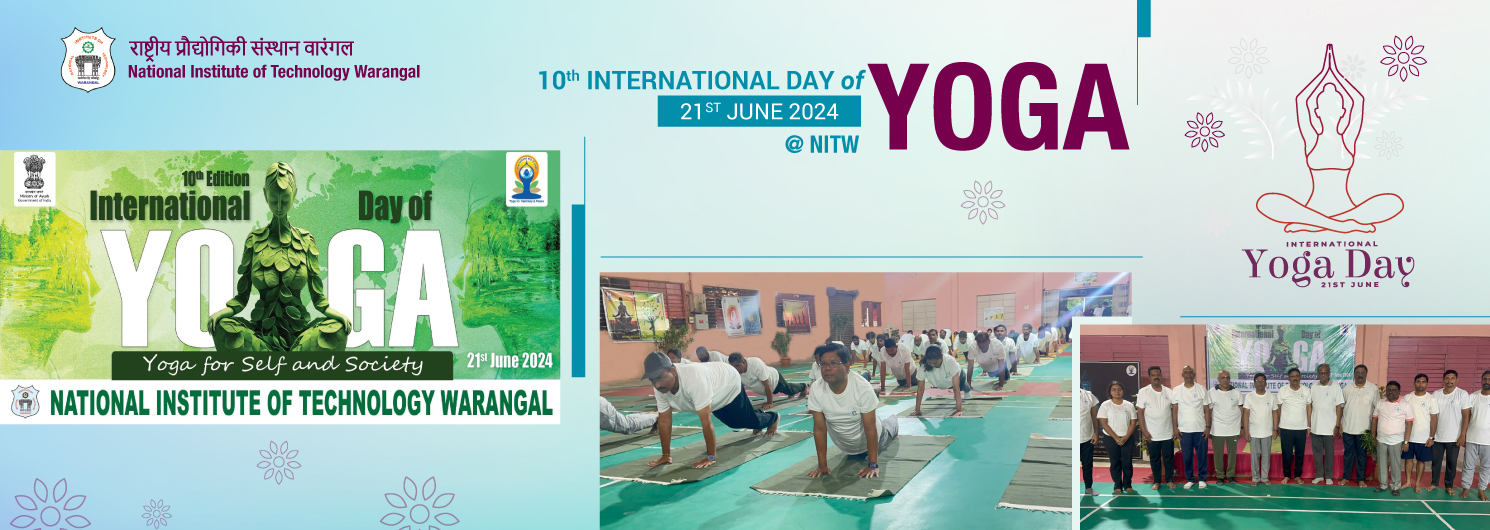
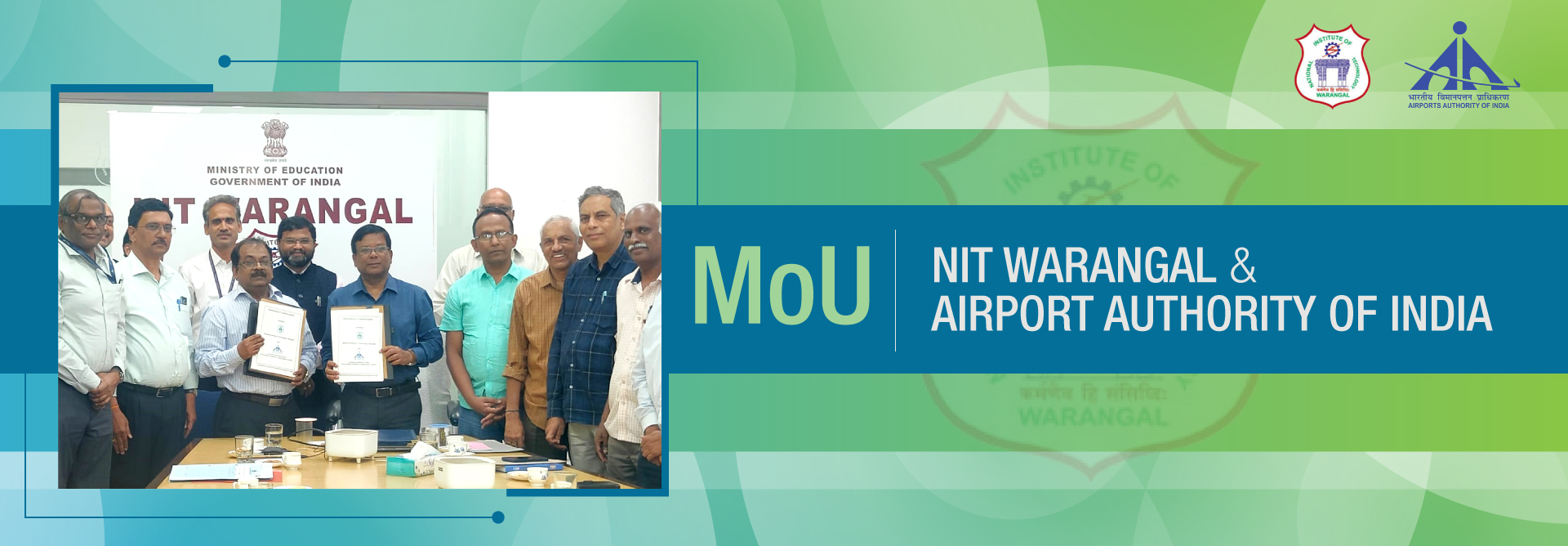
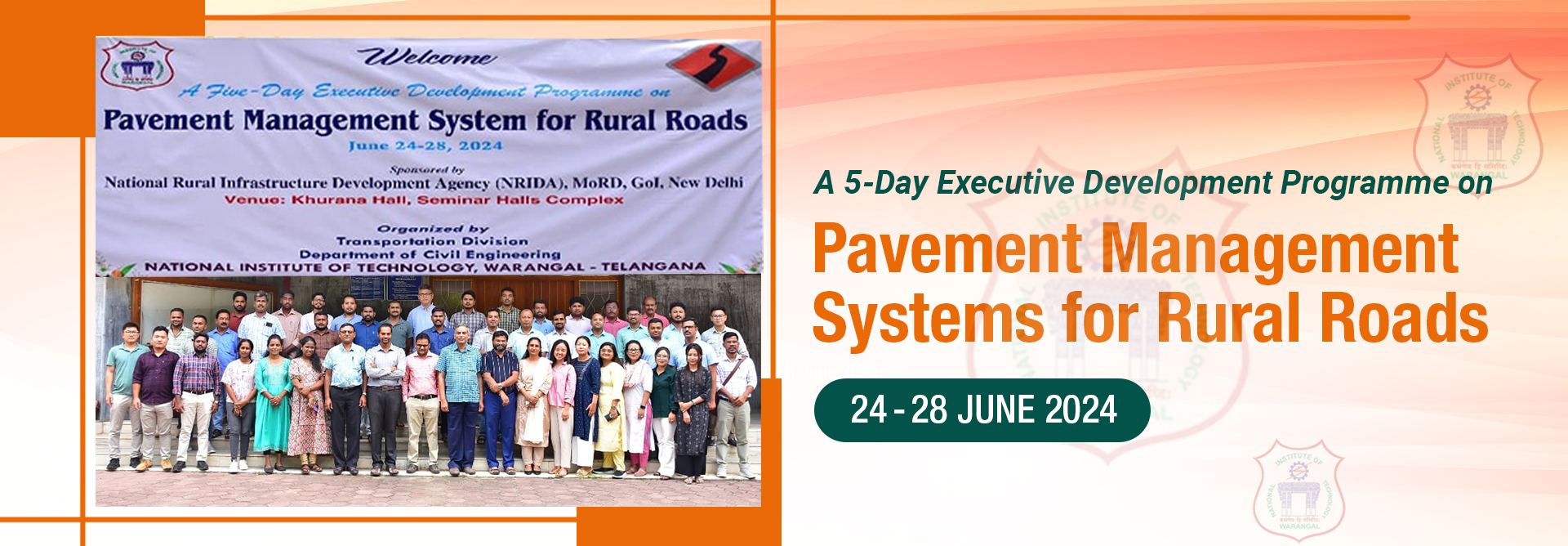
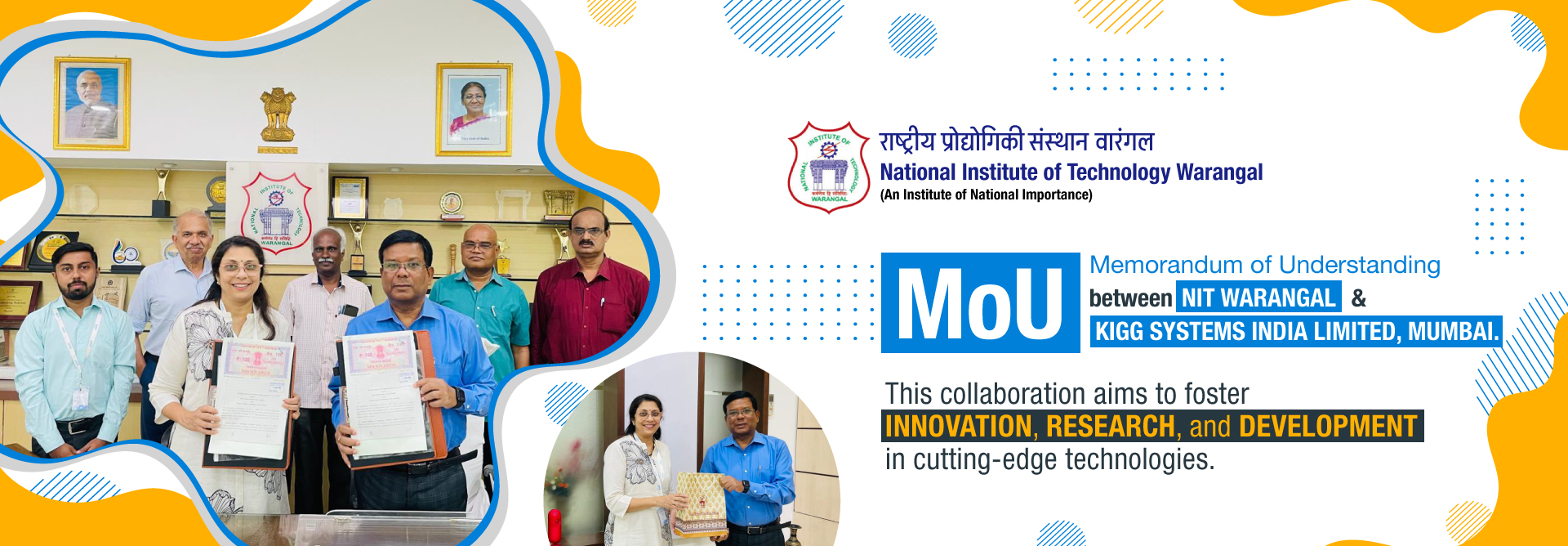


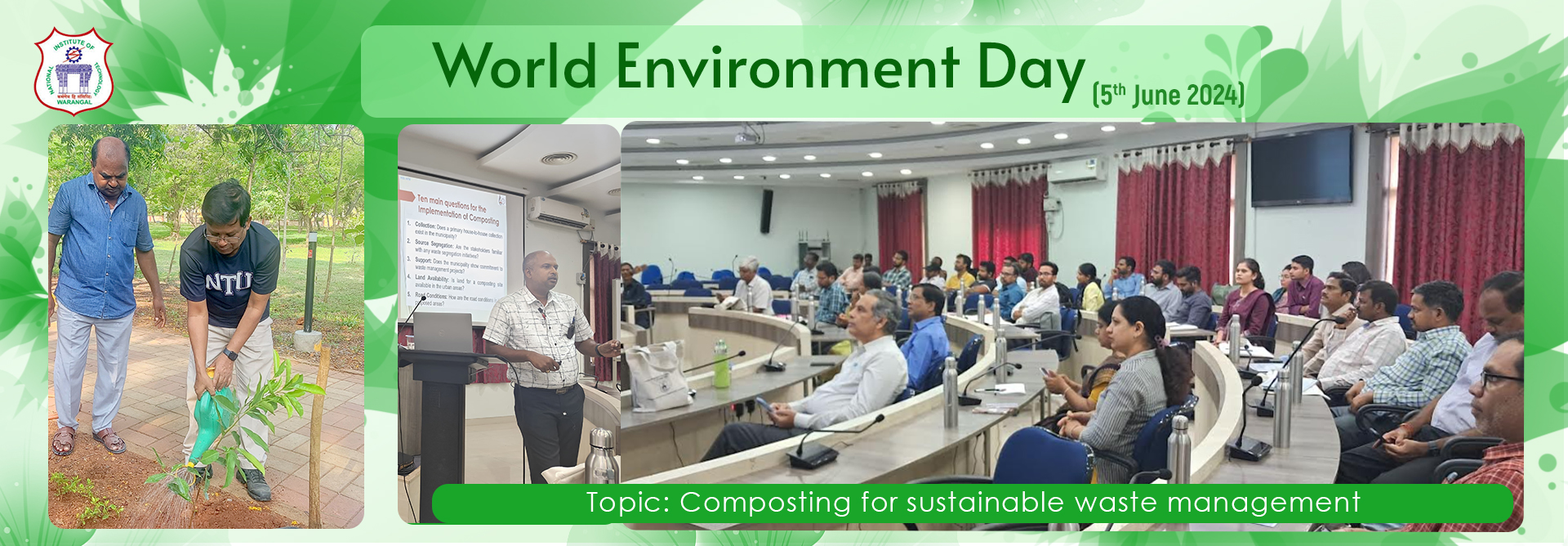
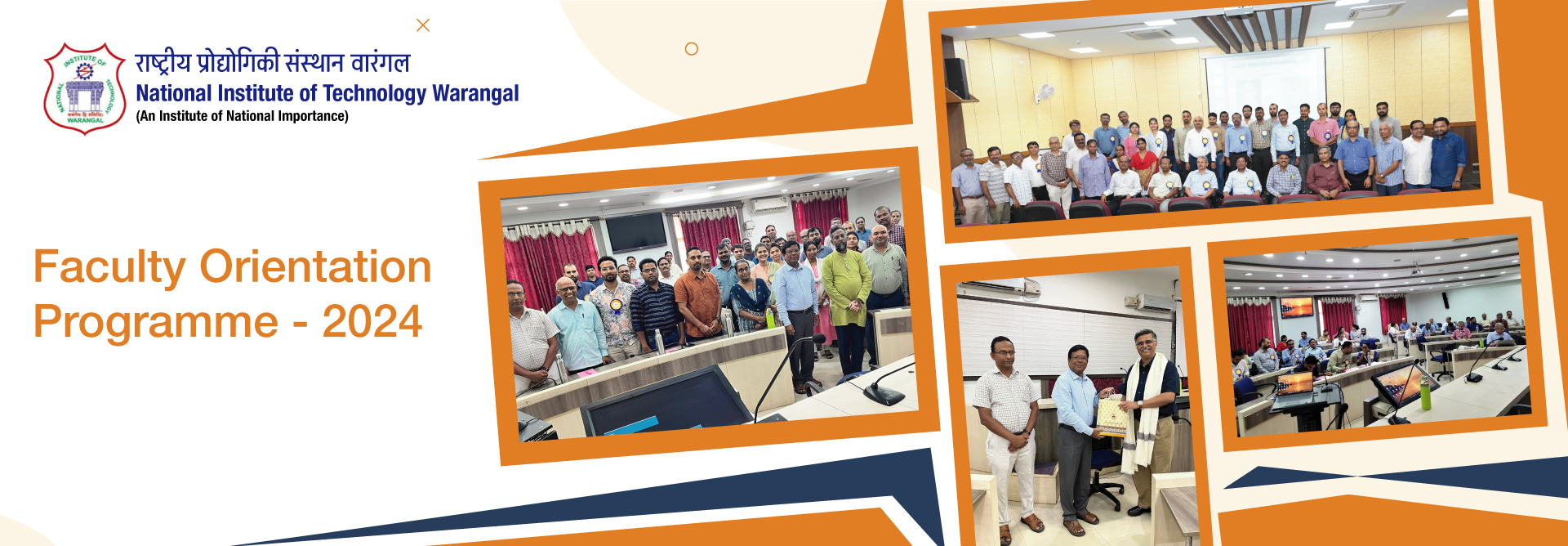
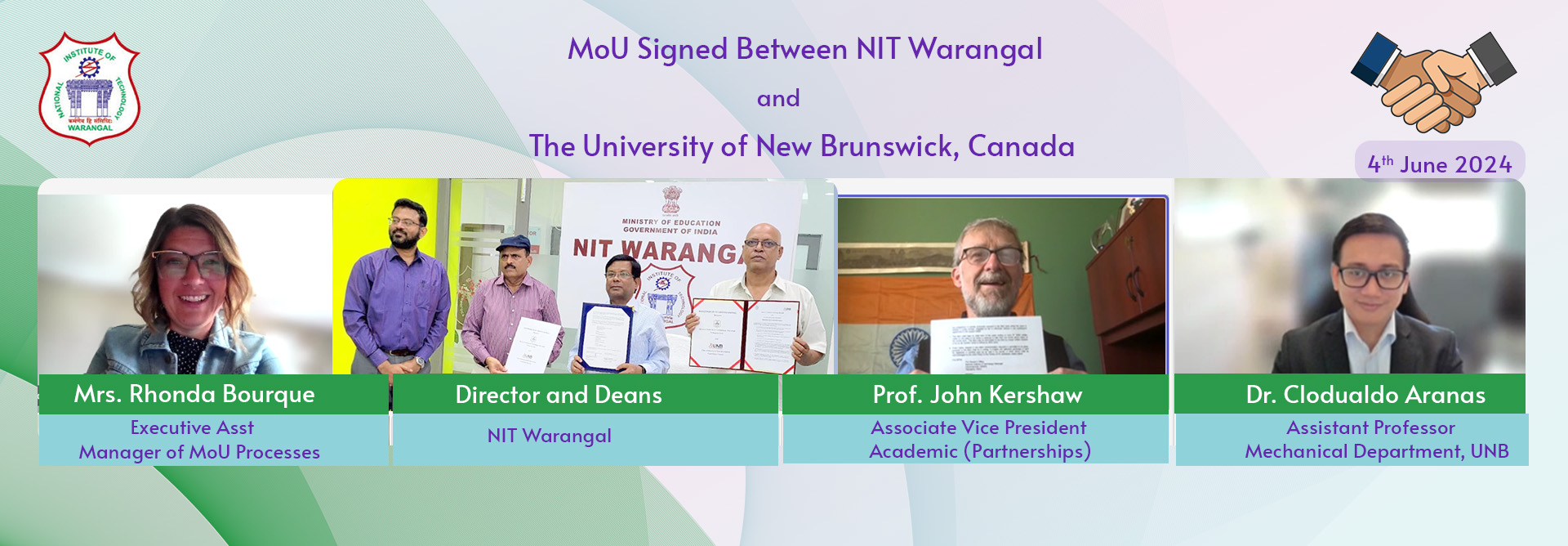
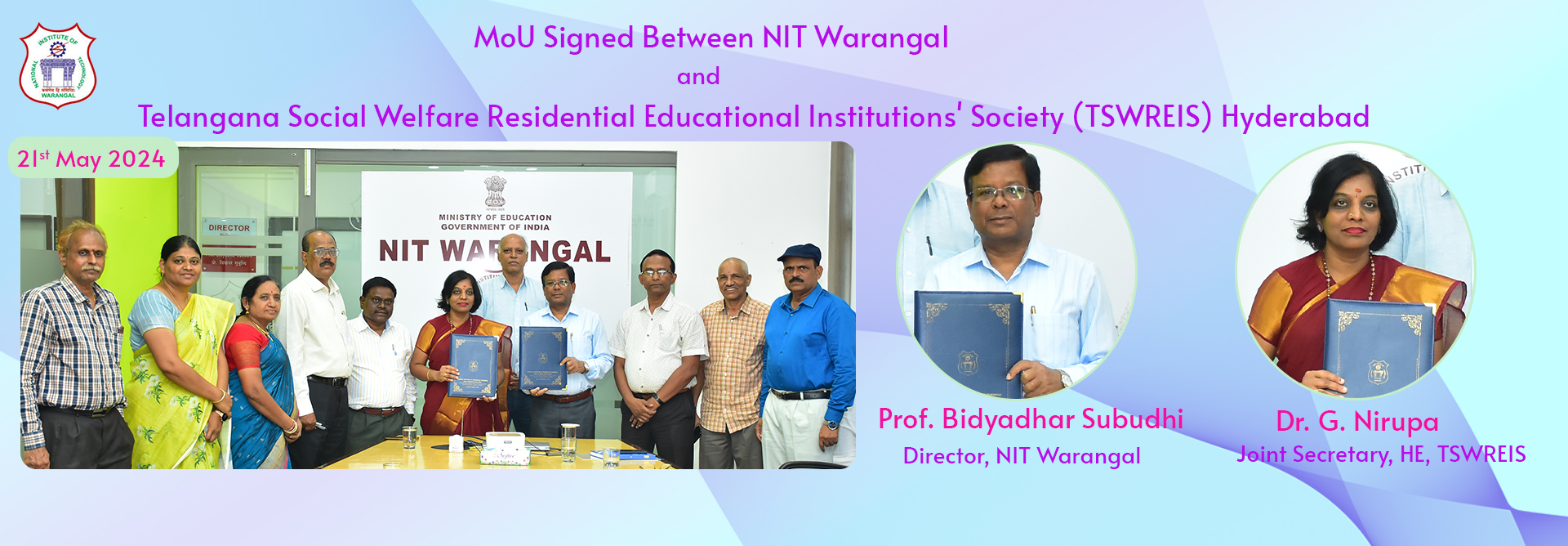
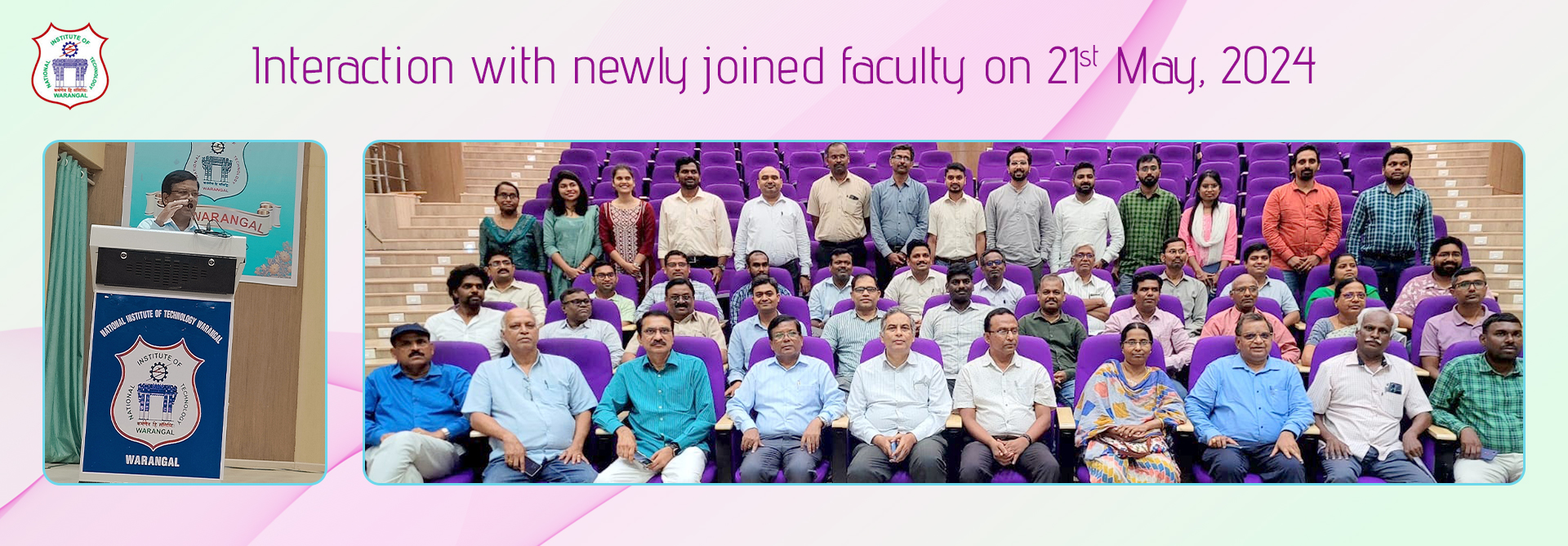
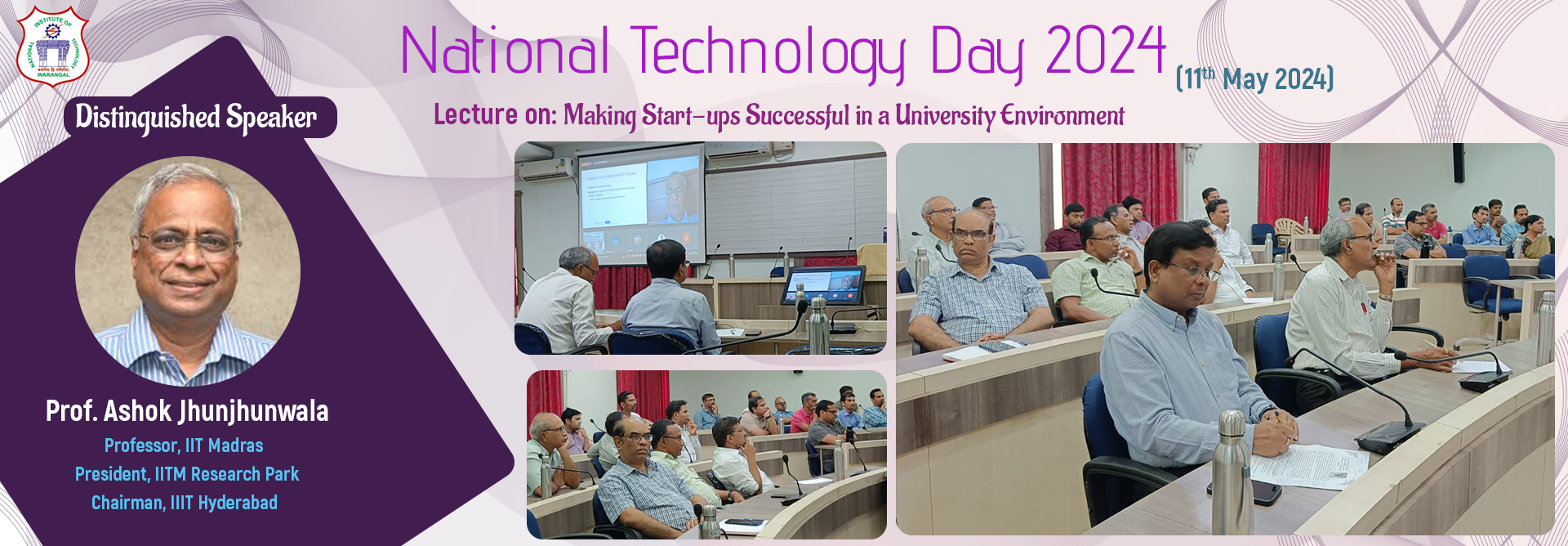
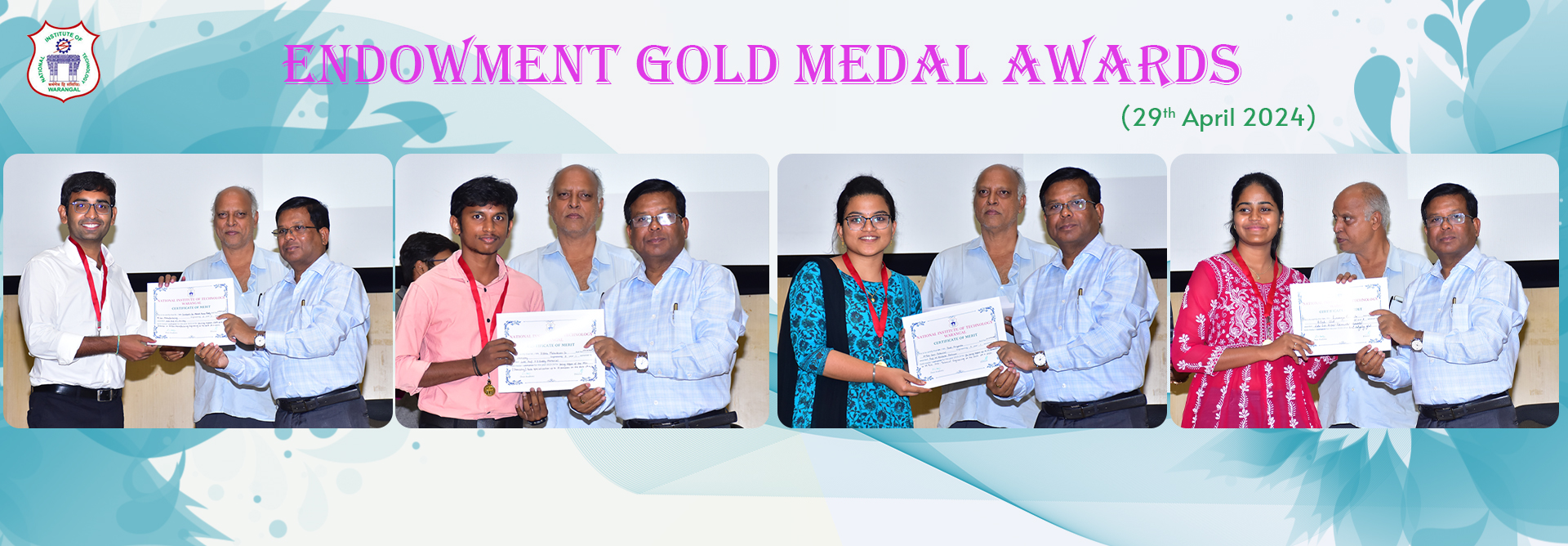
_Technology_Contribution__1_2024-7-13-16-53-1.jpg)
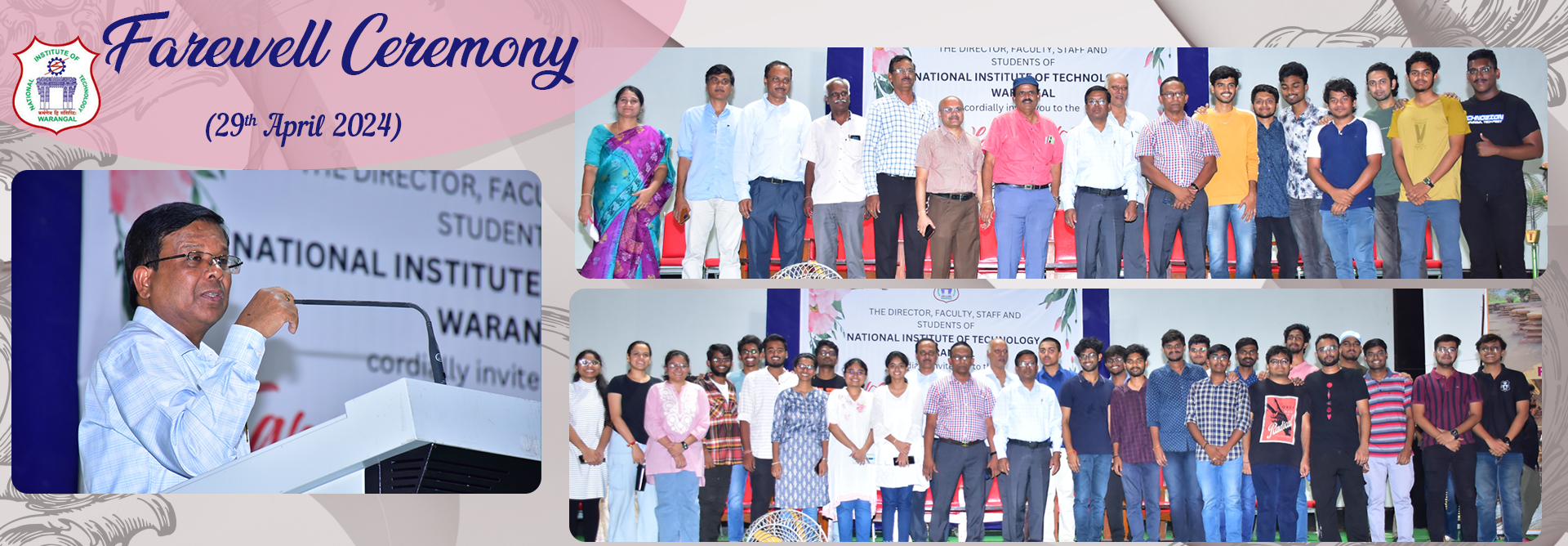
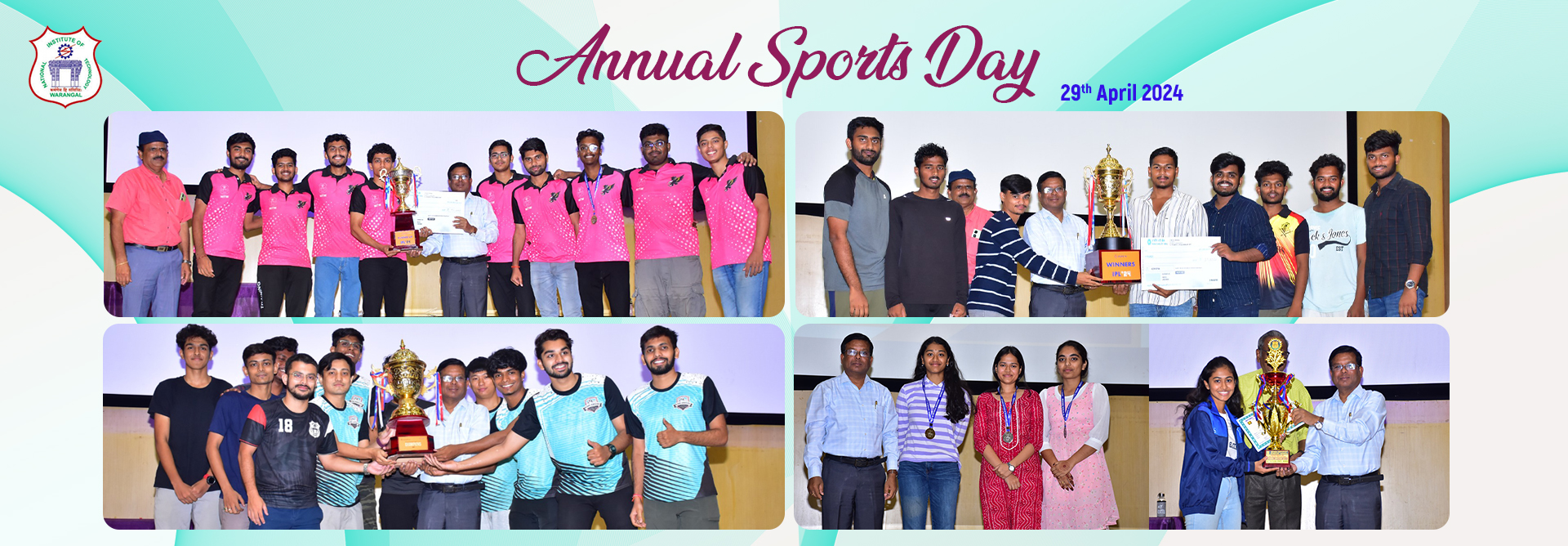
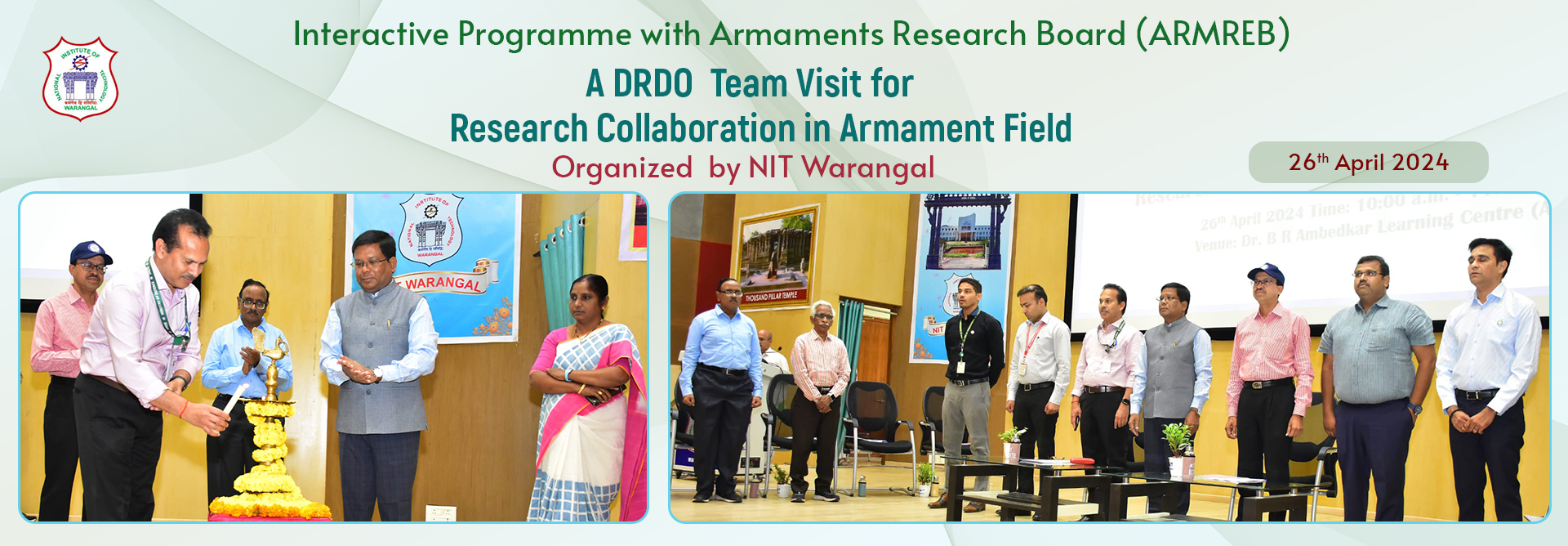

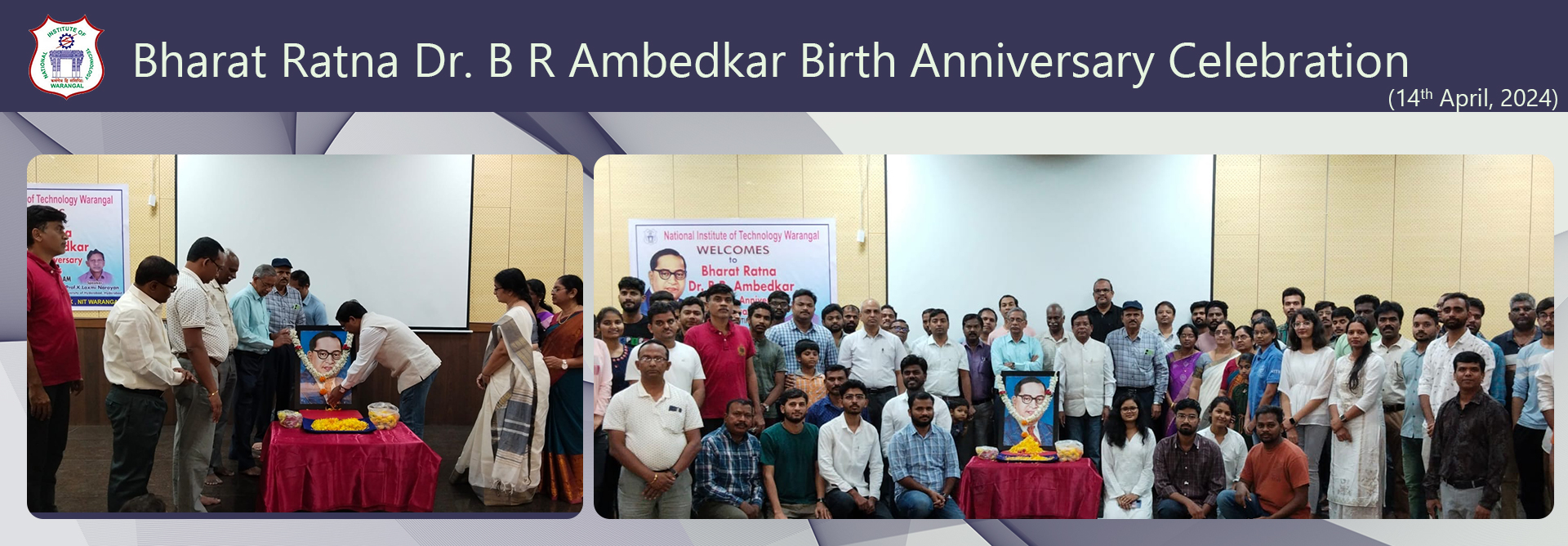
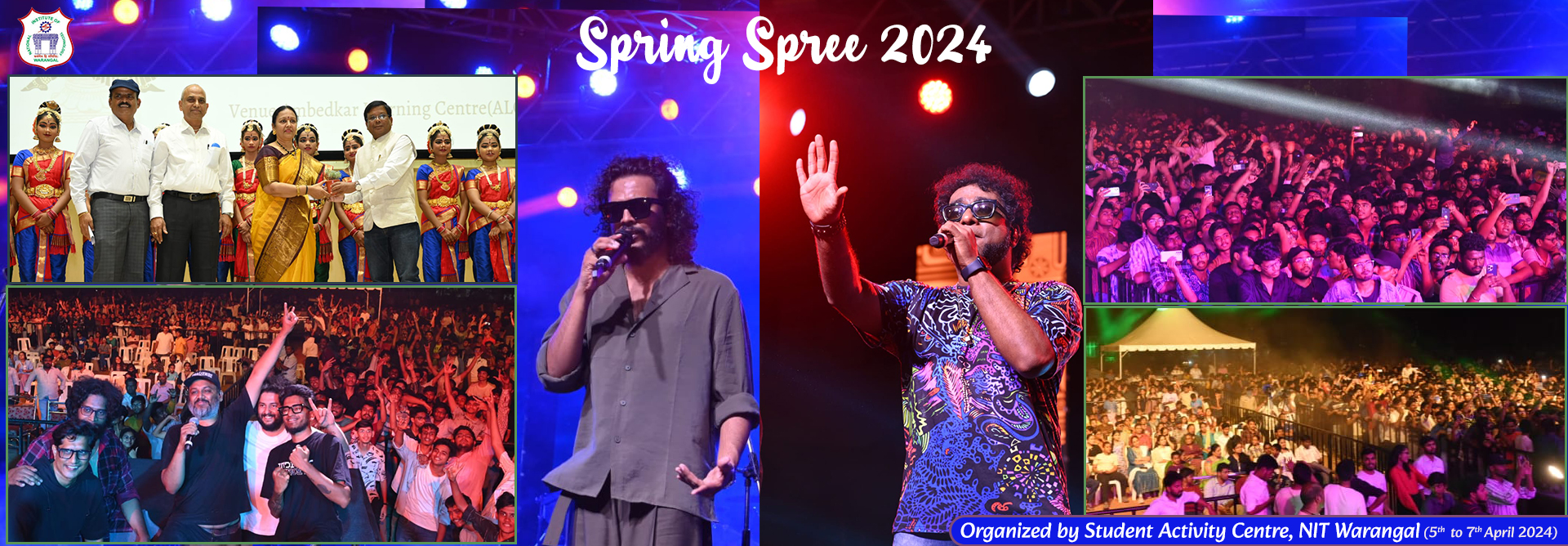
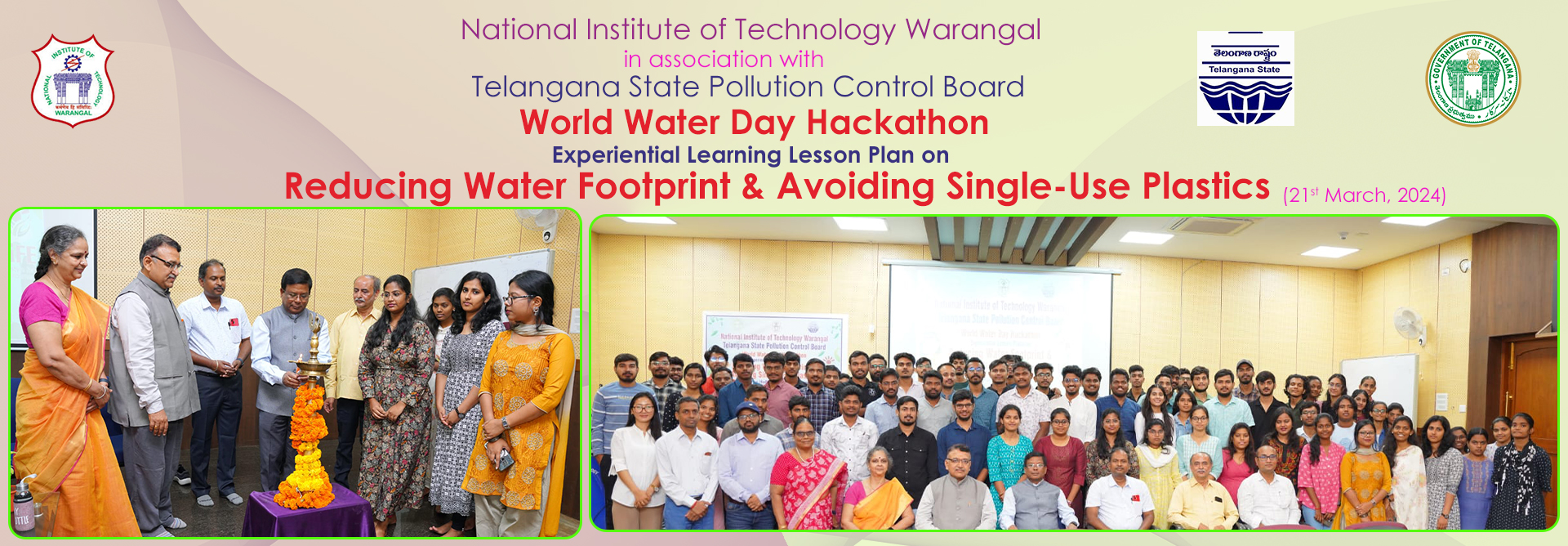
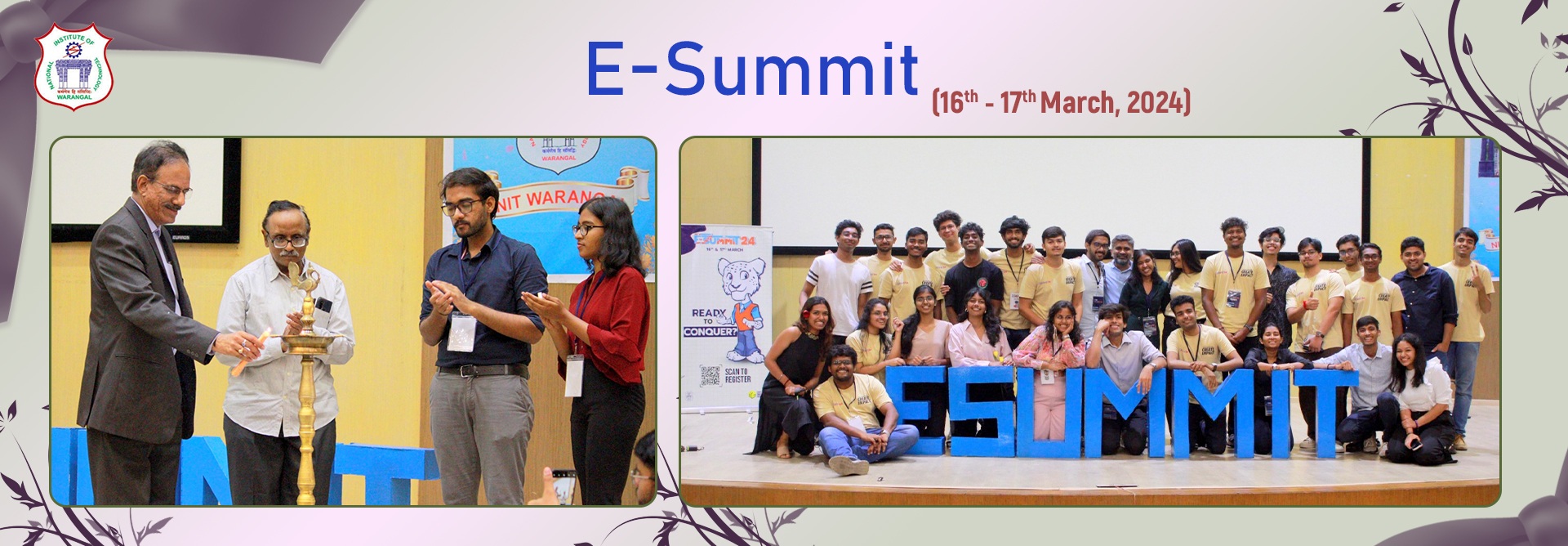
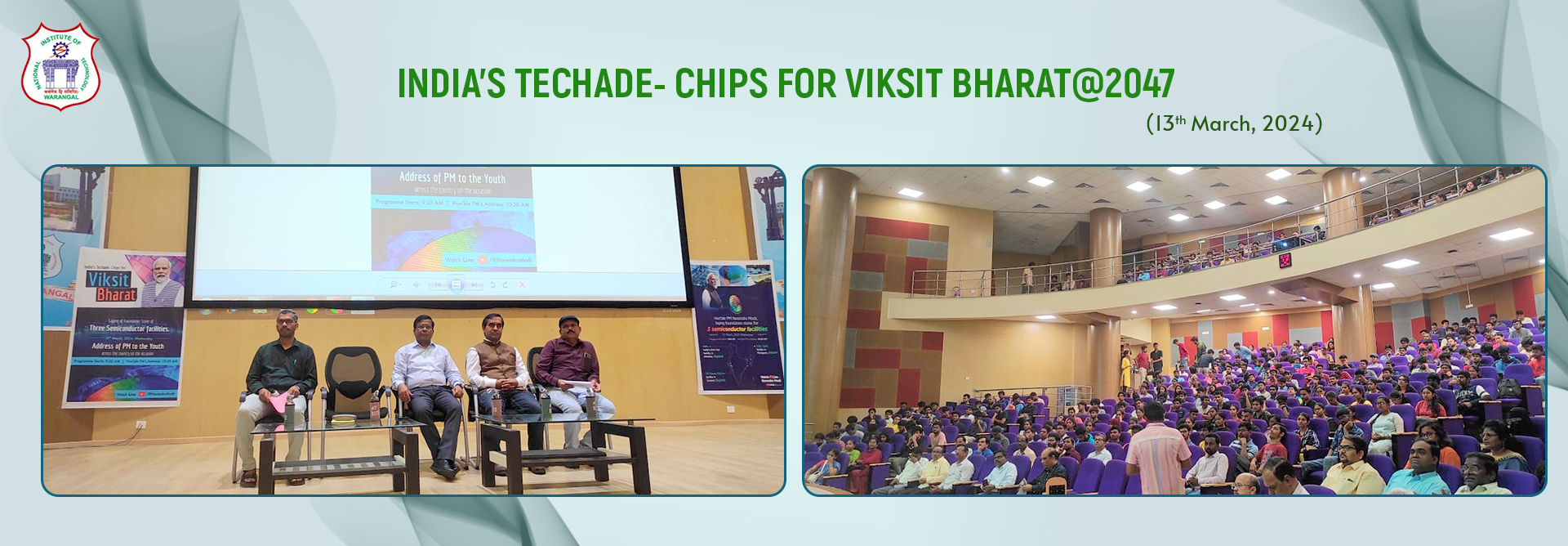
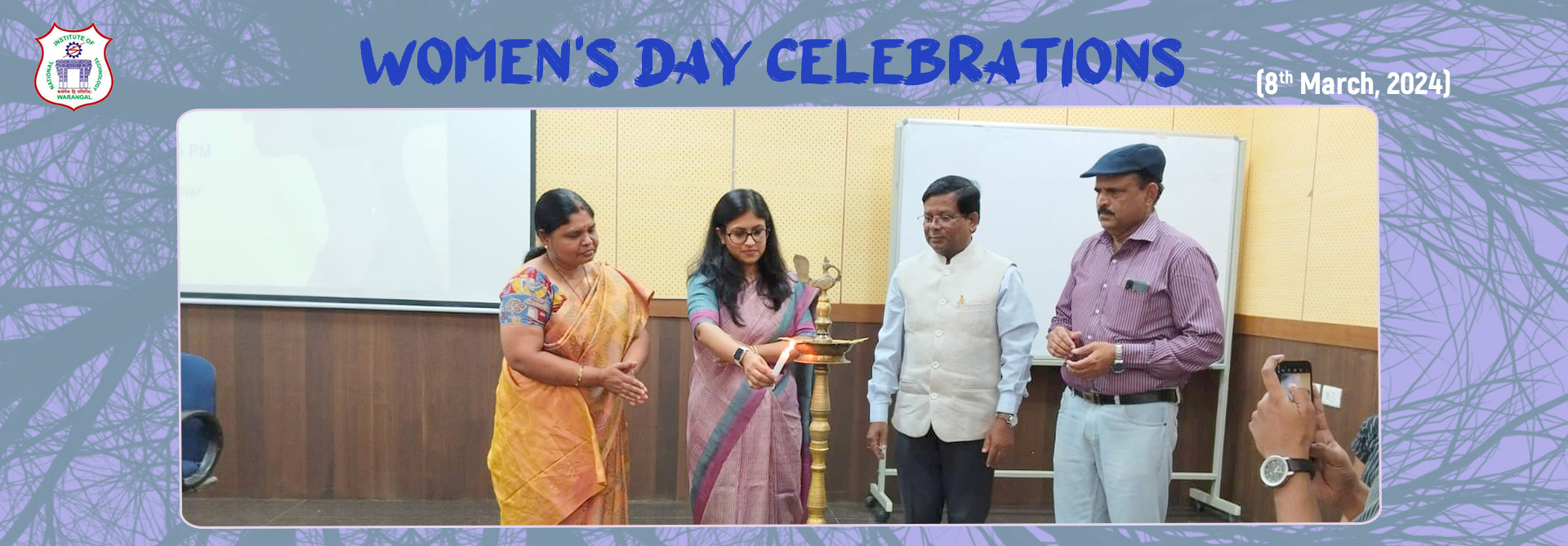
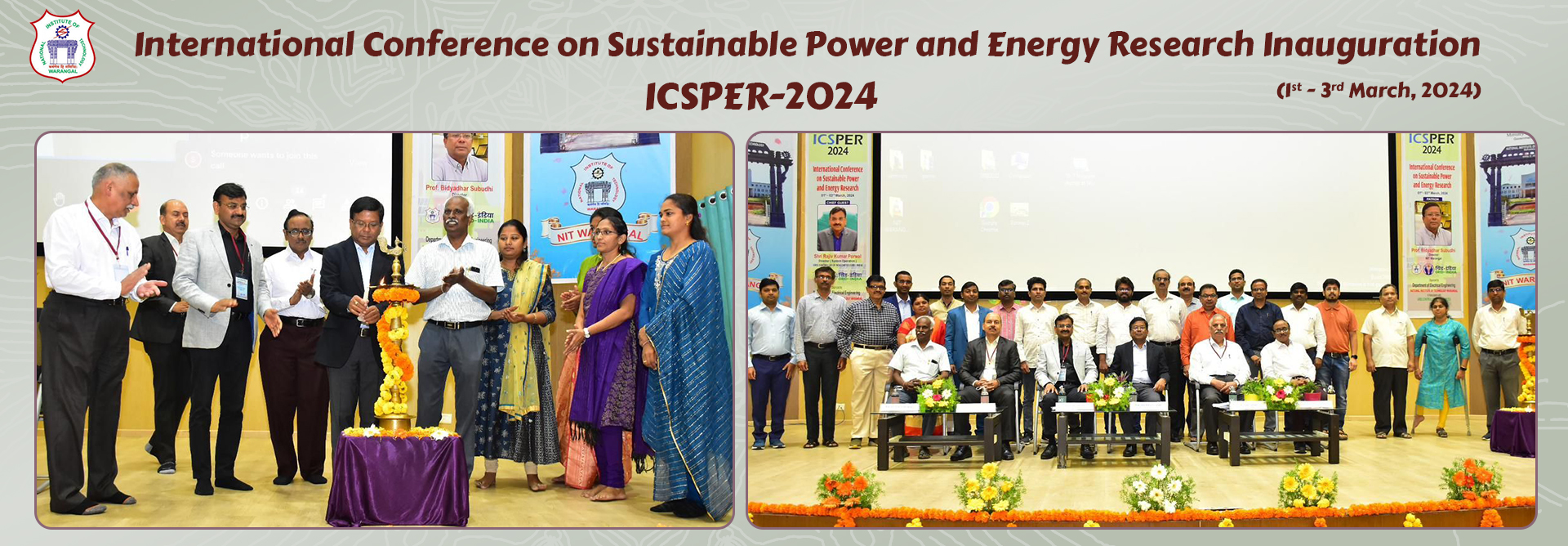
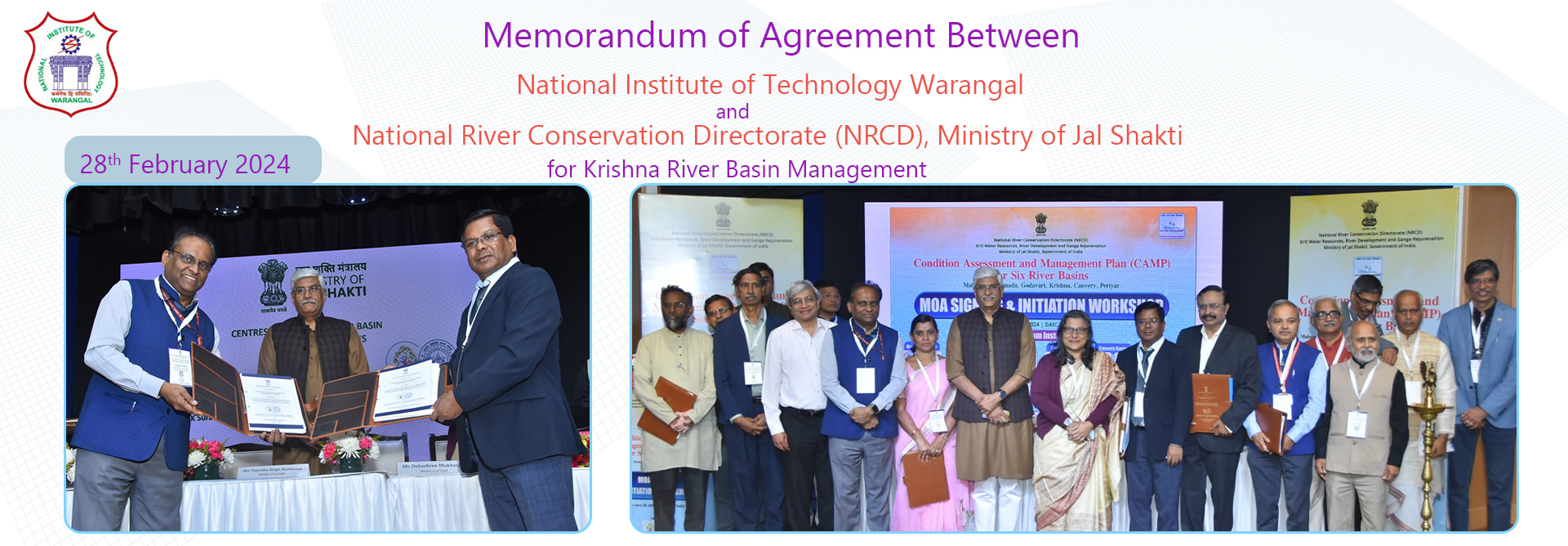
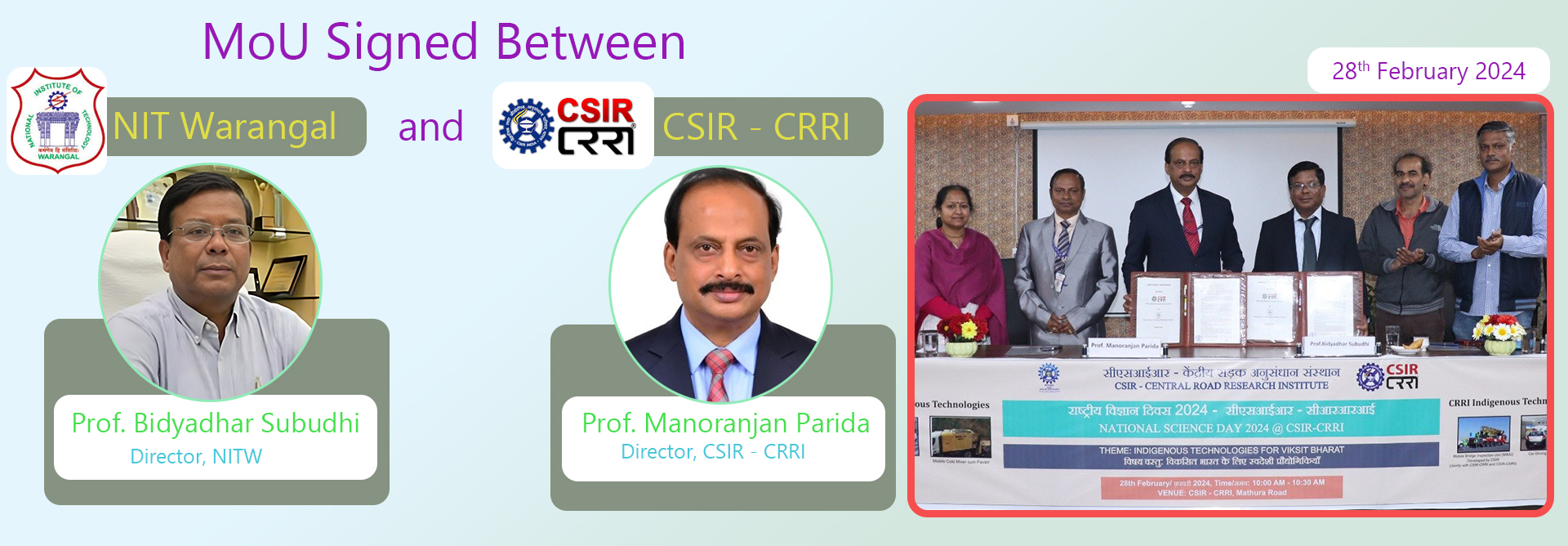
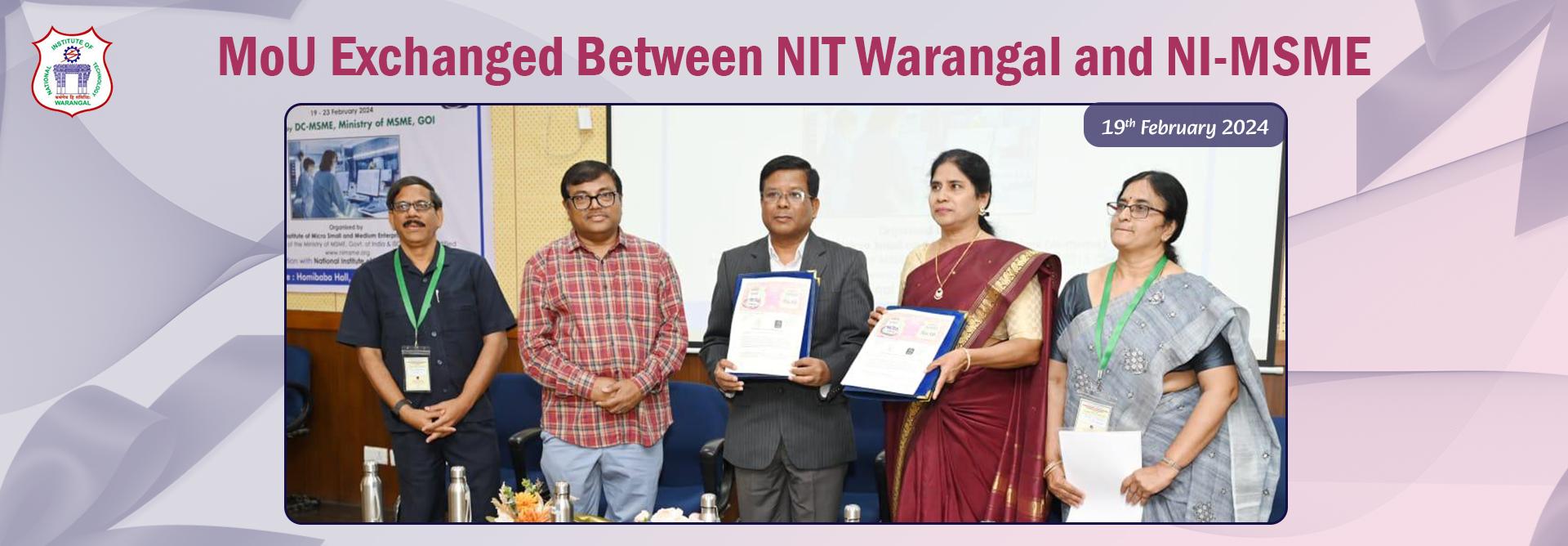
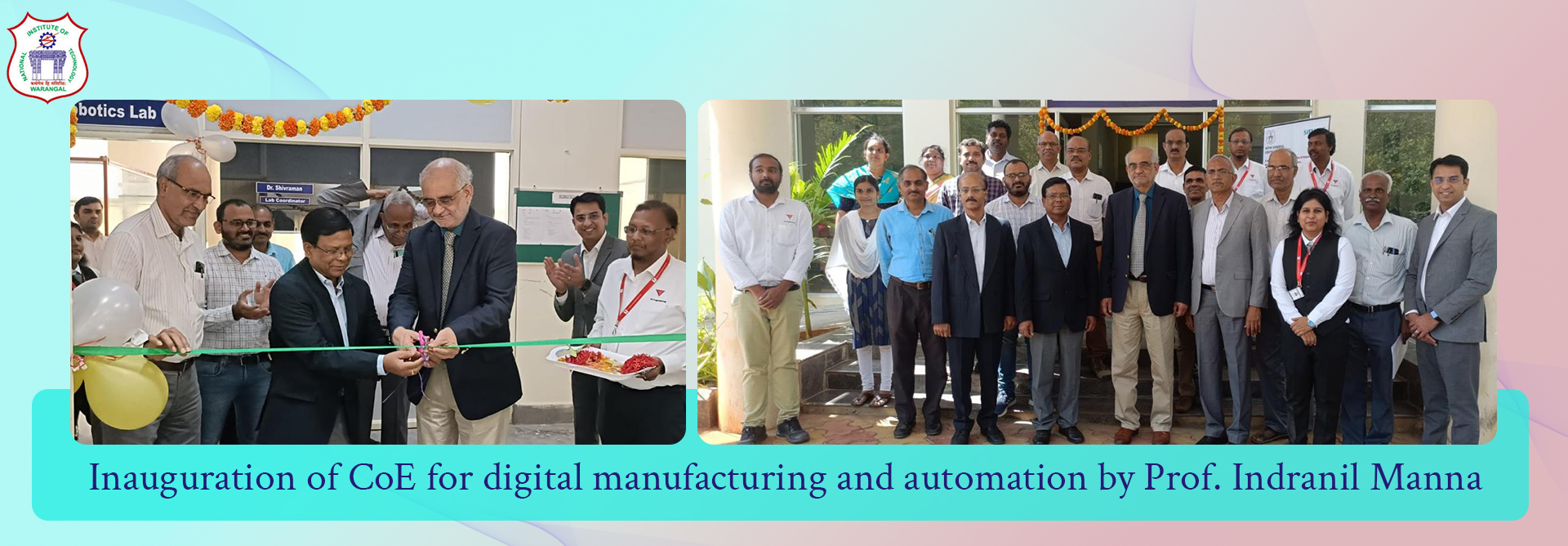
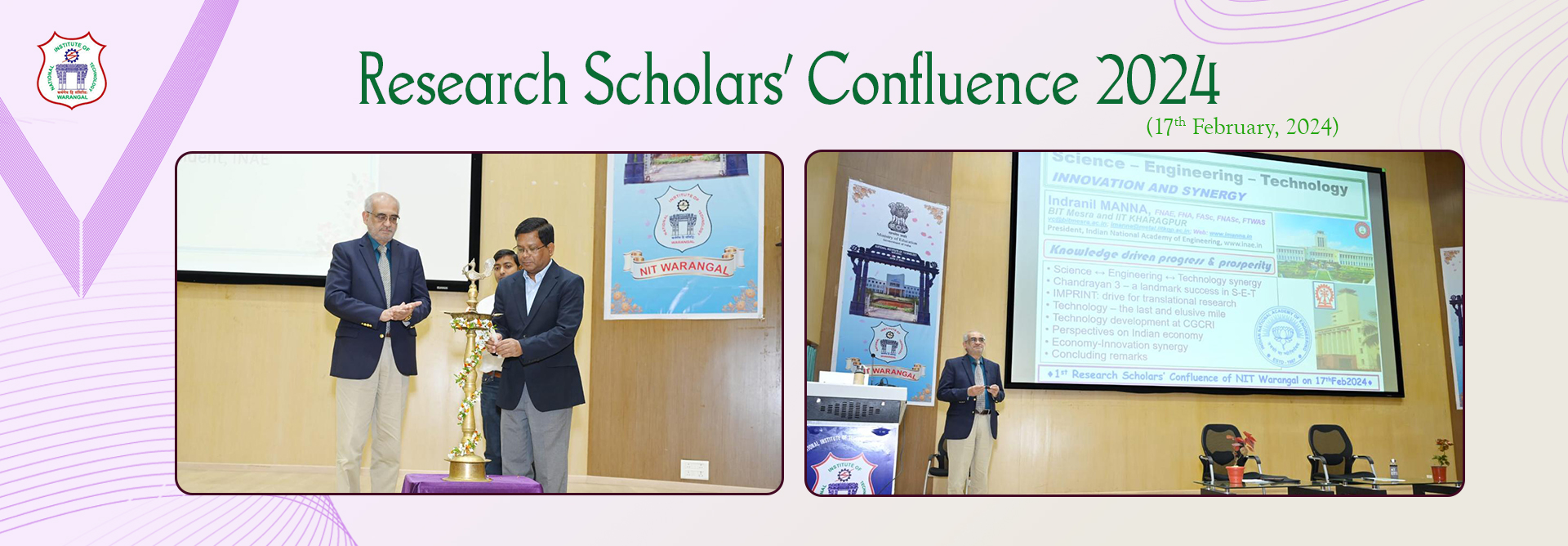
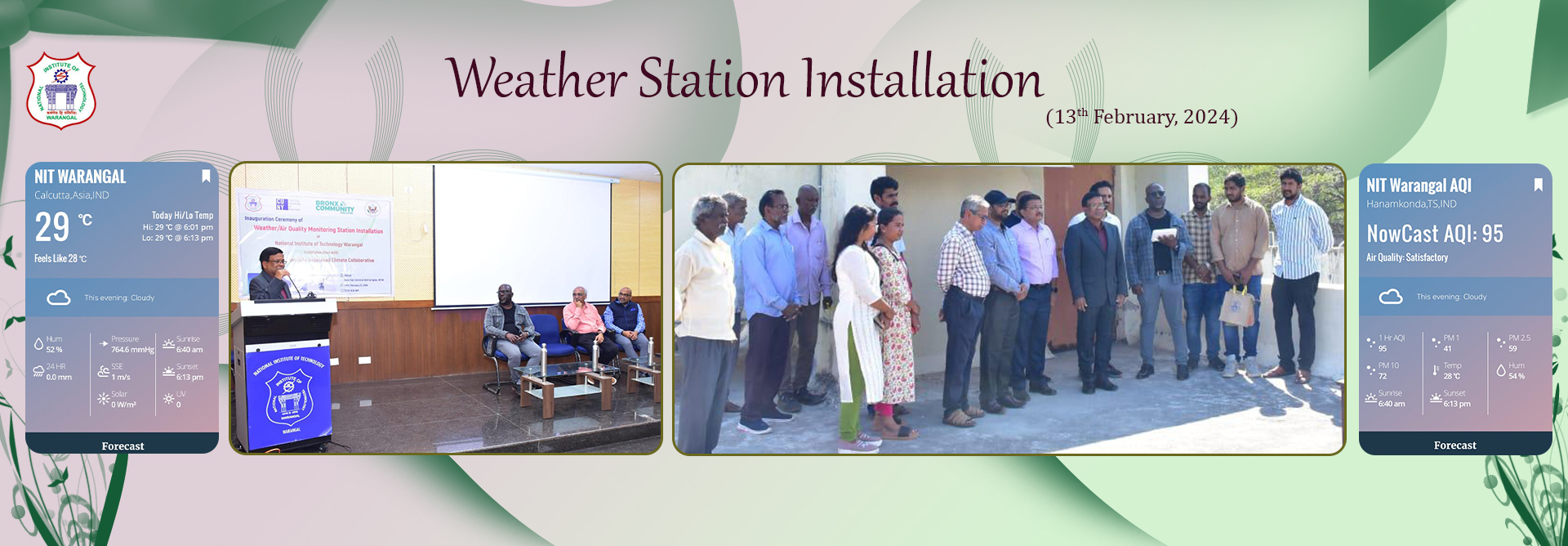

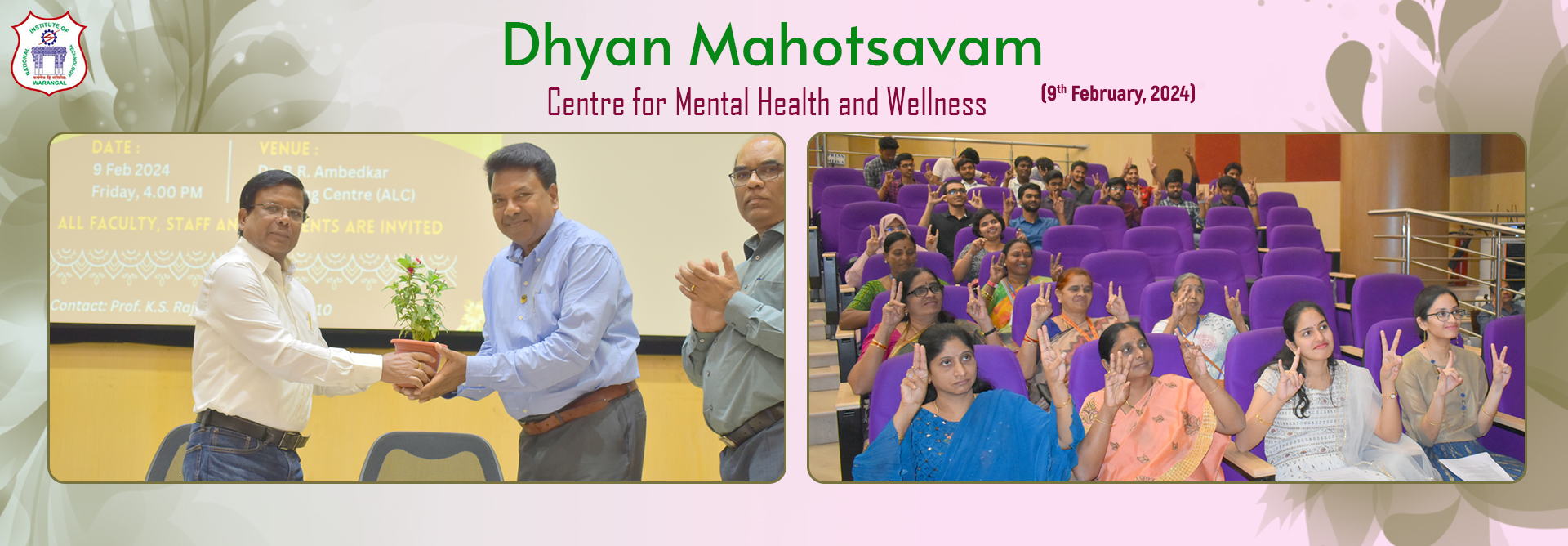
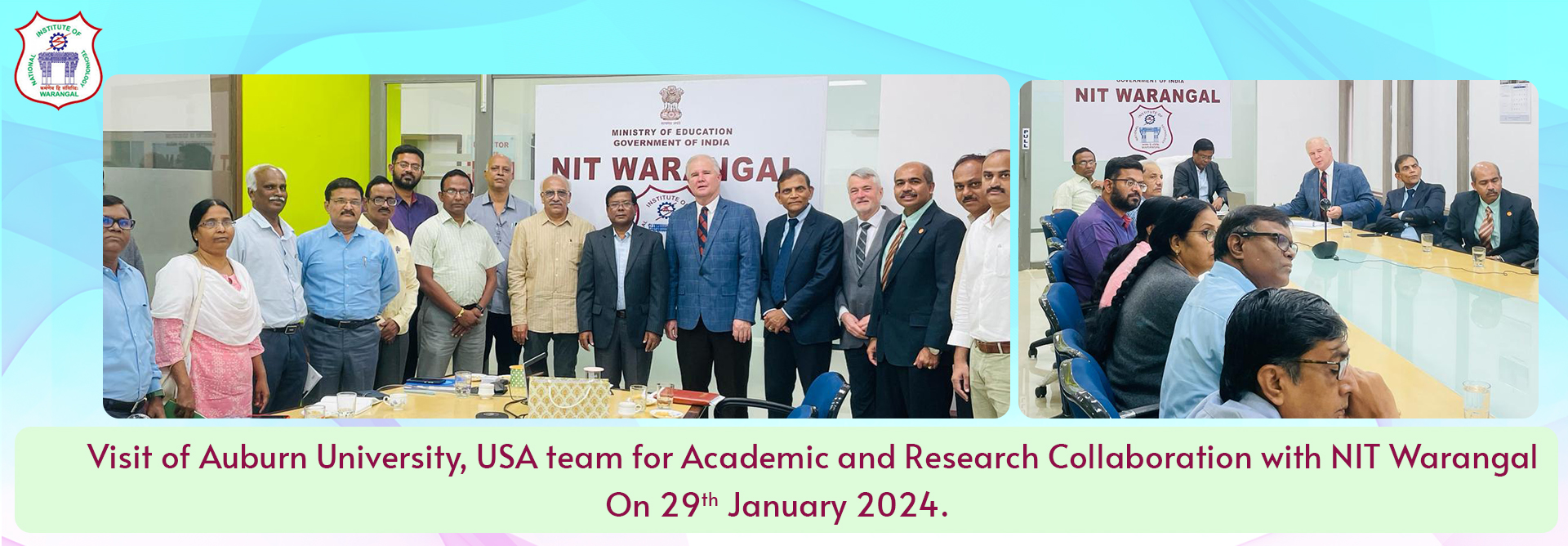
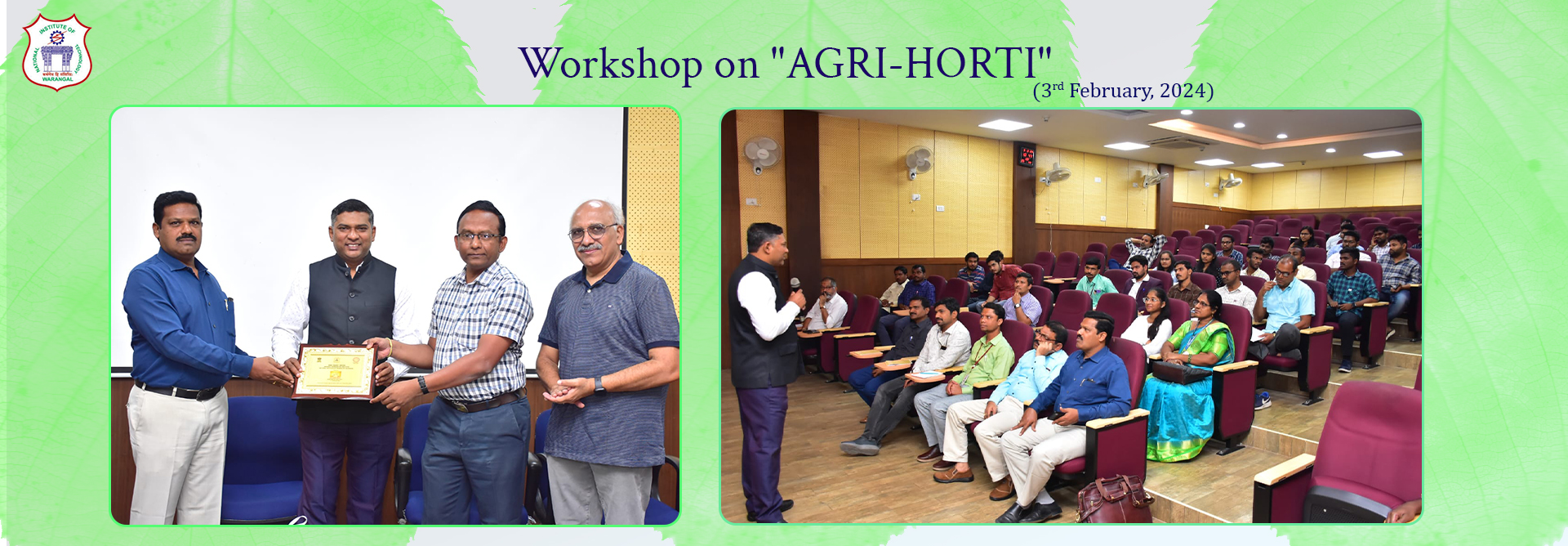
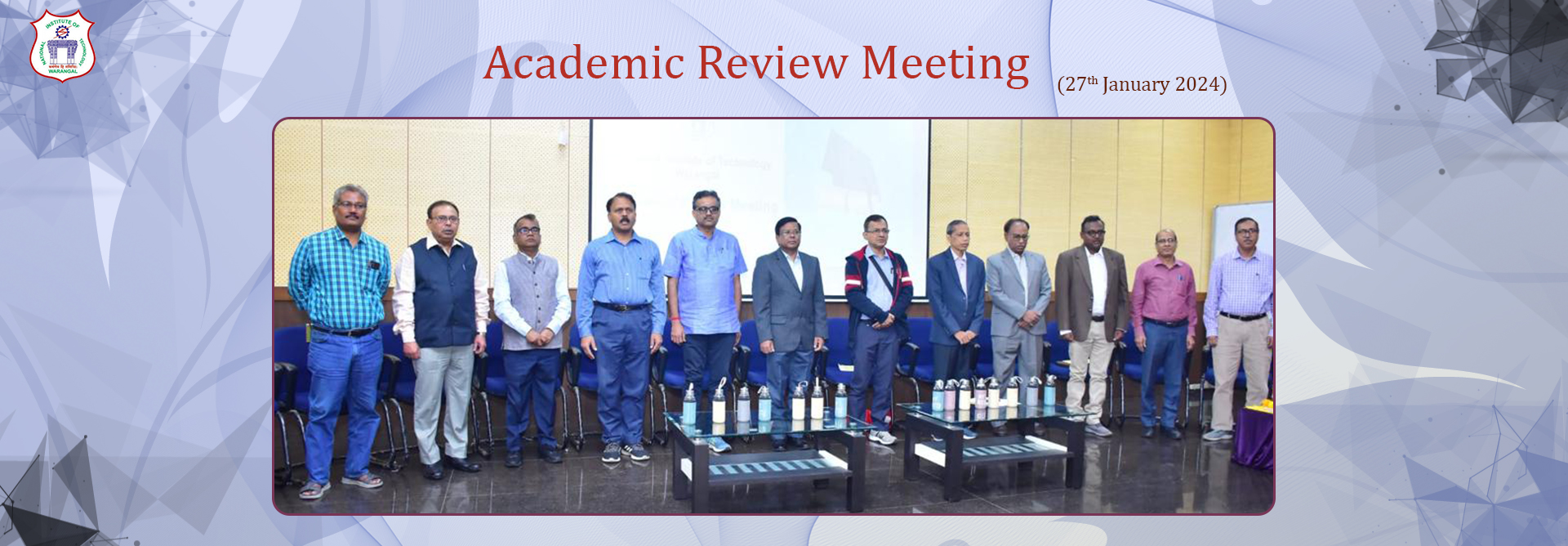
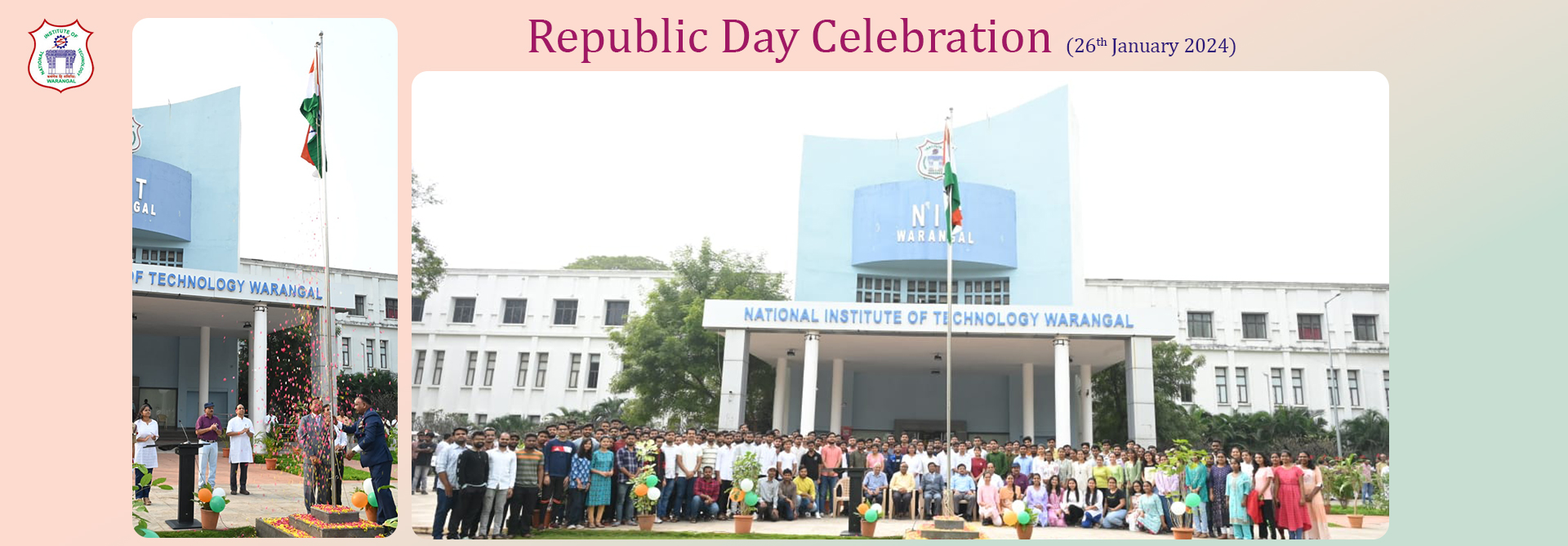
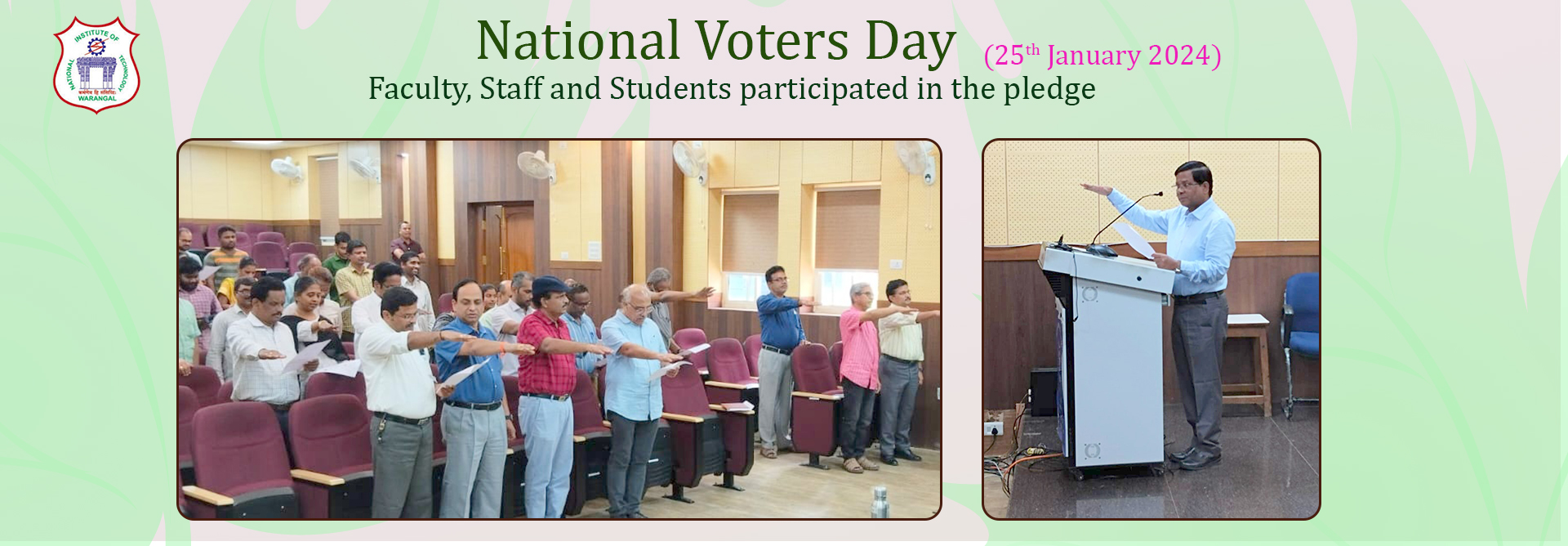
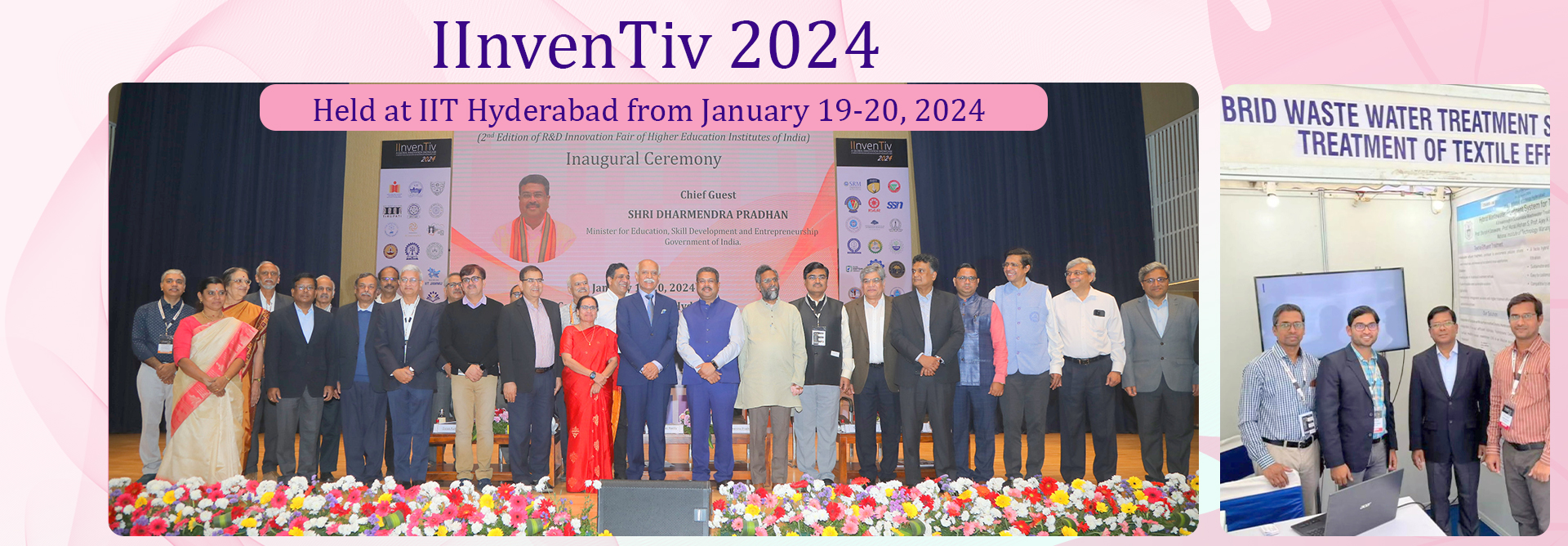
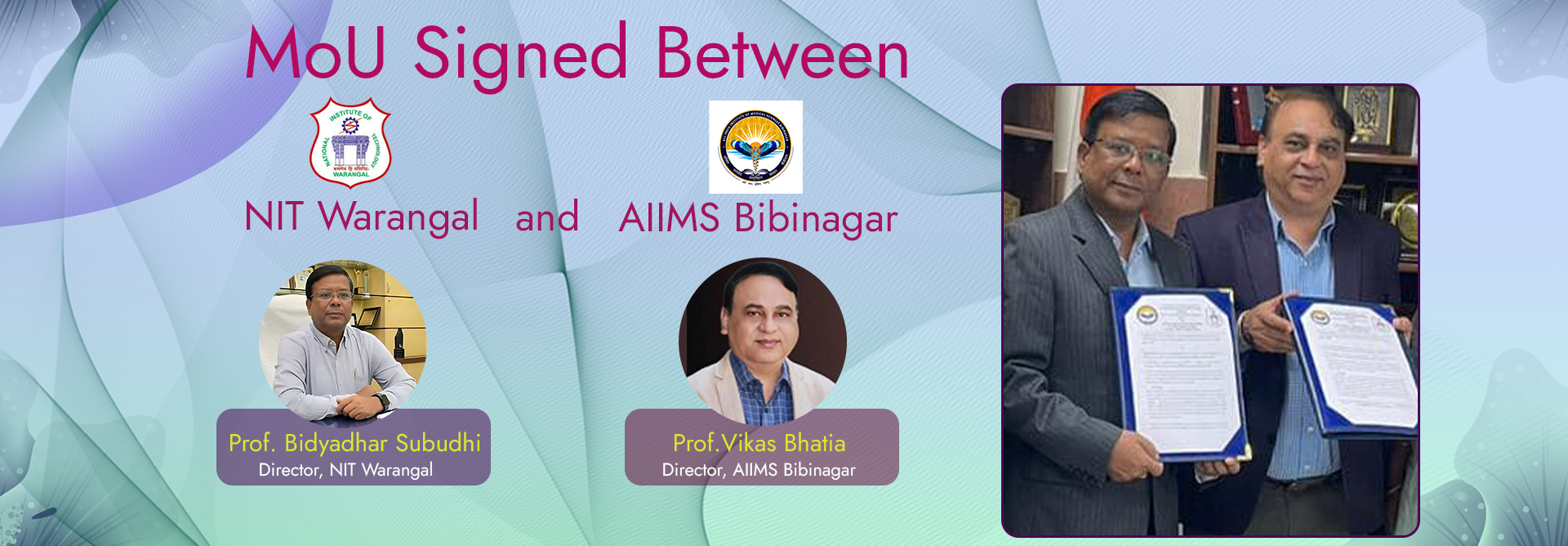

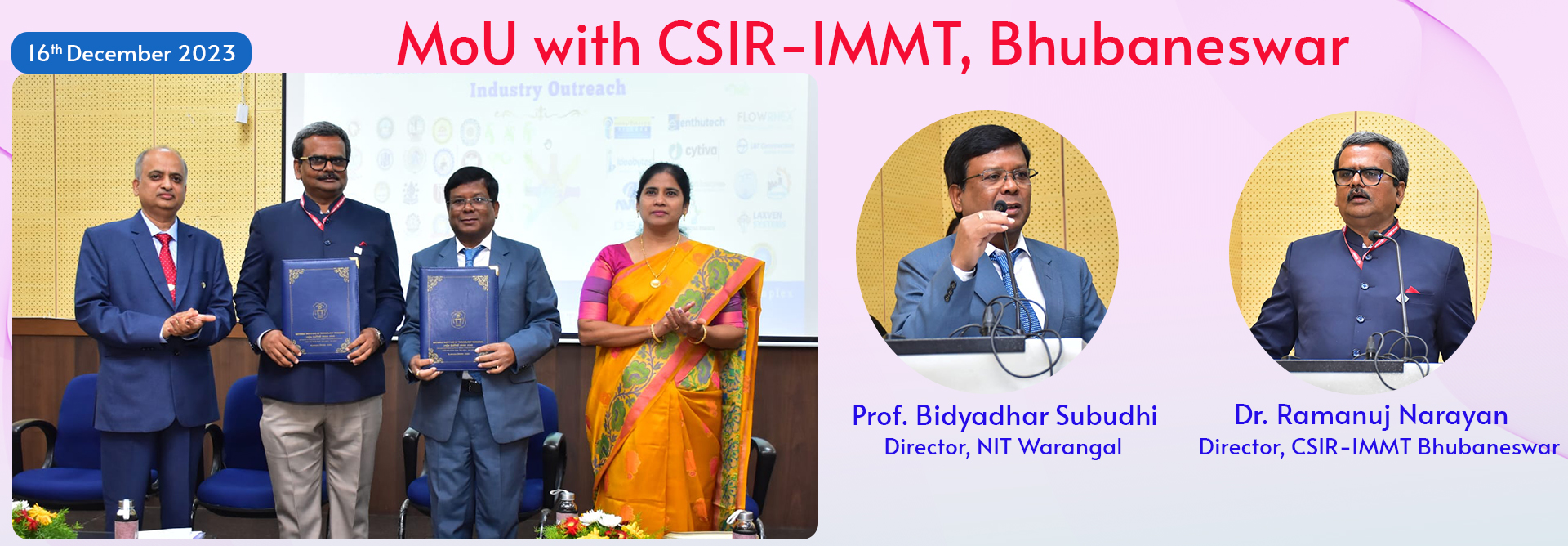
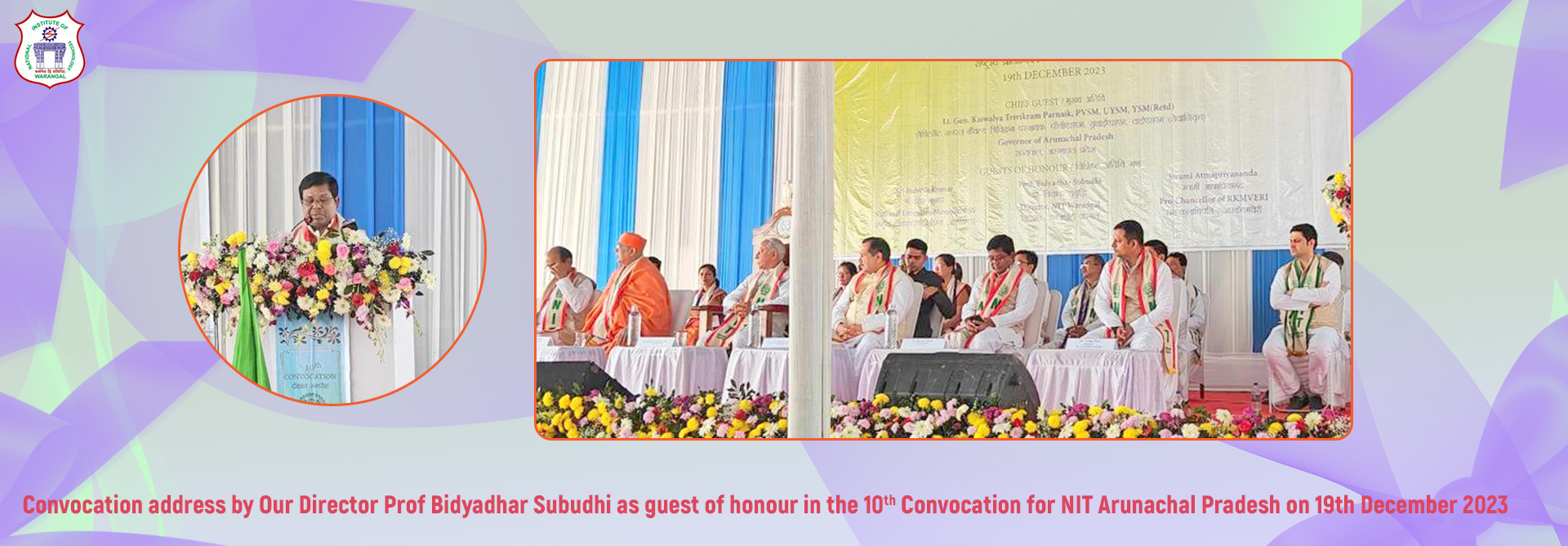
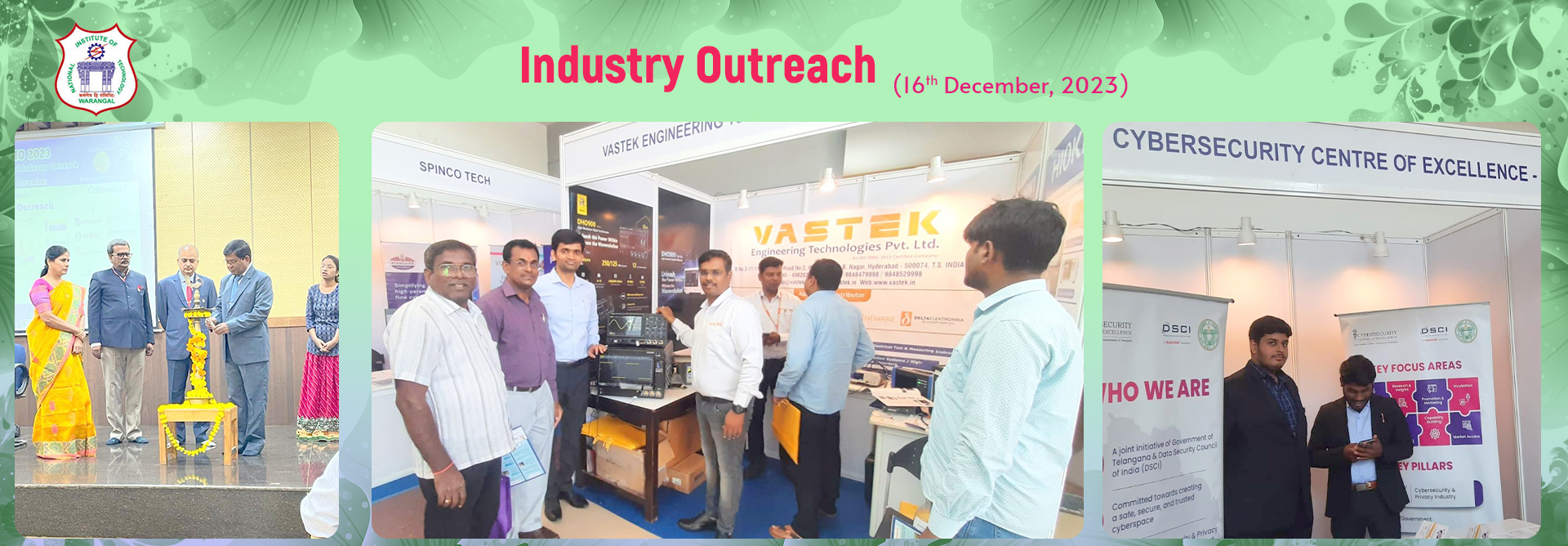

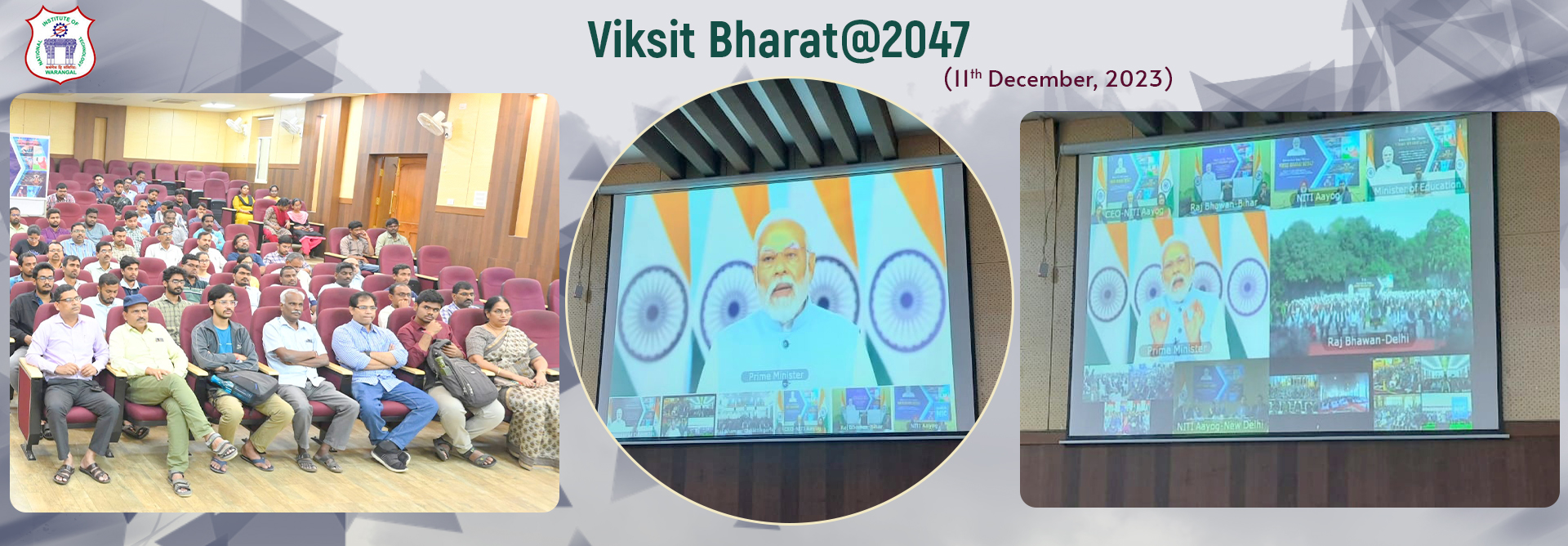
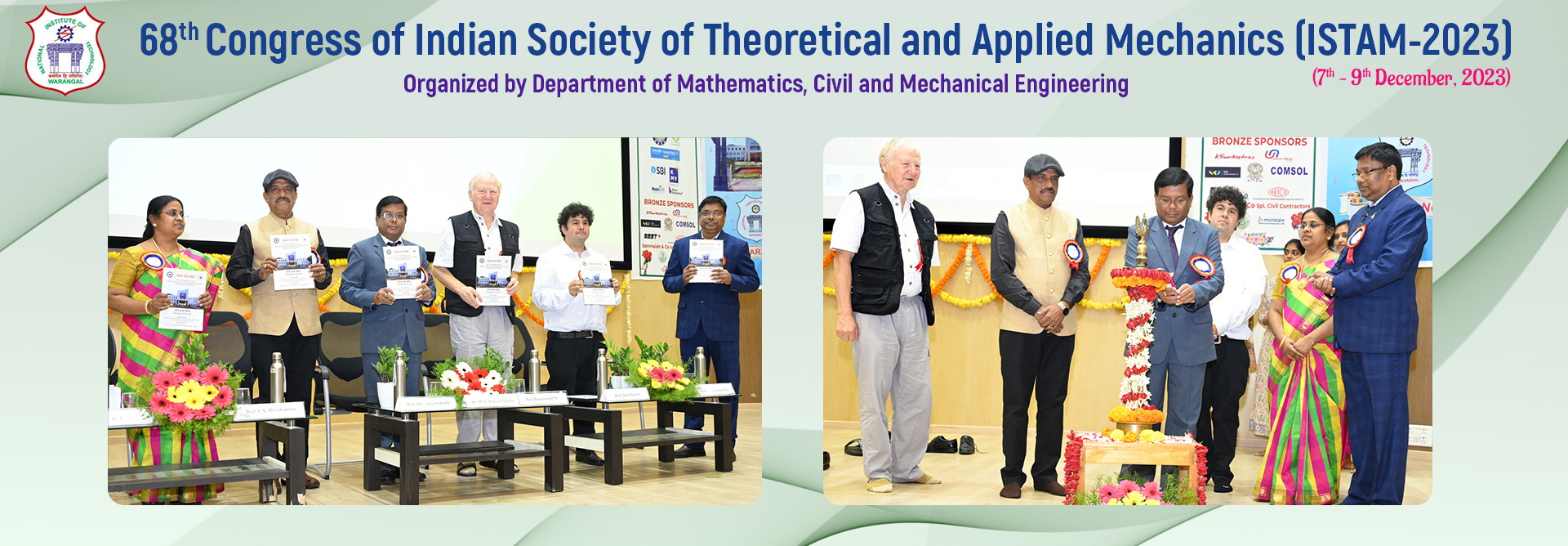
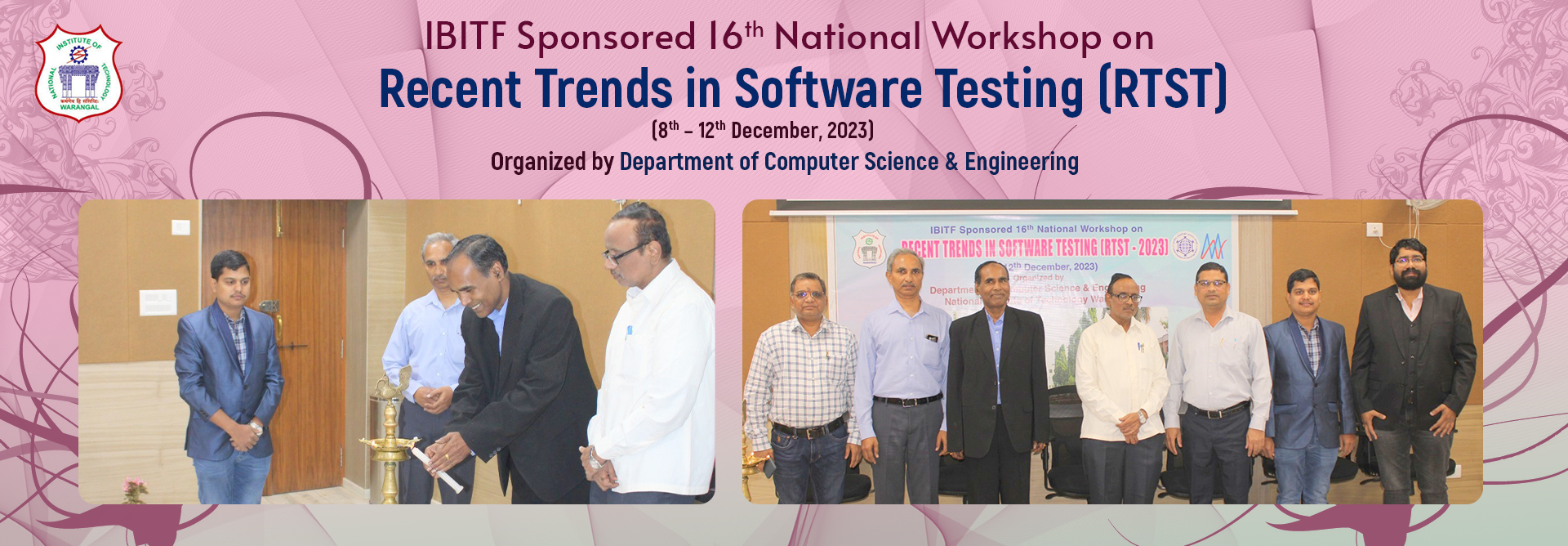

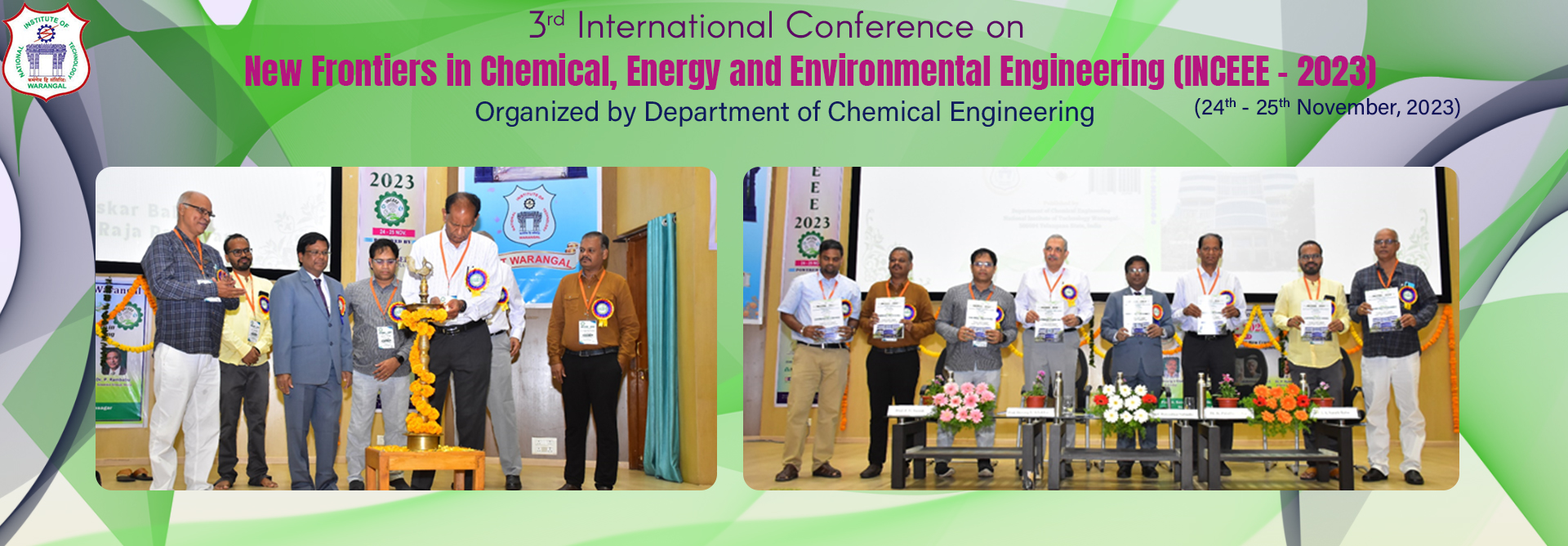
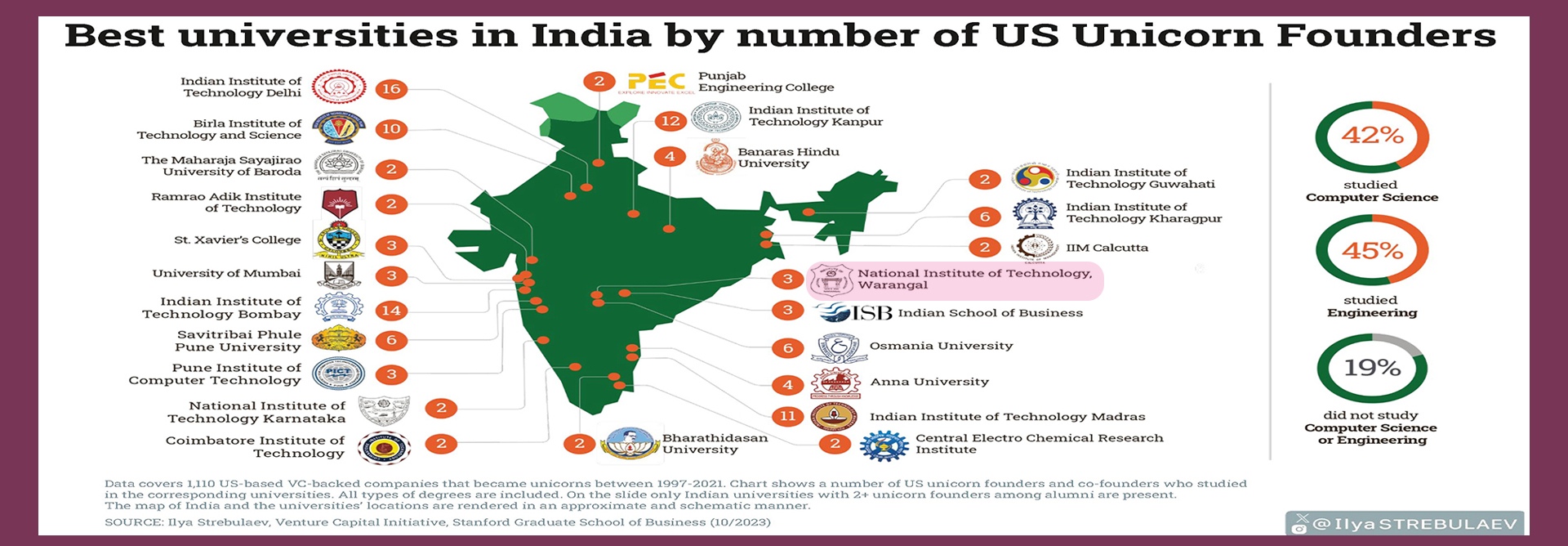
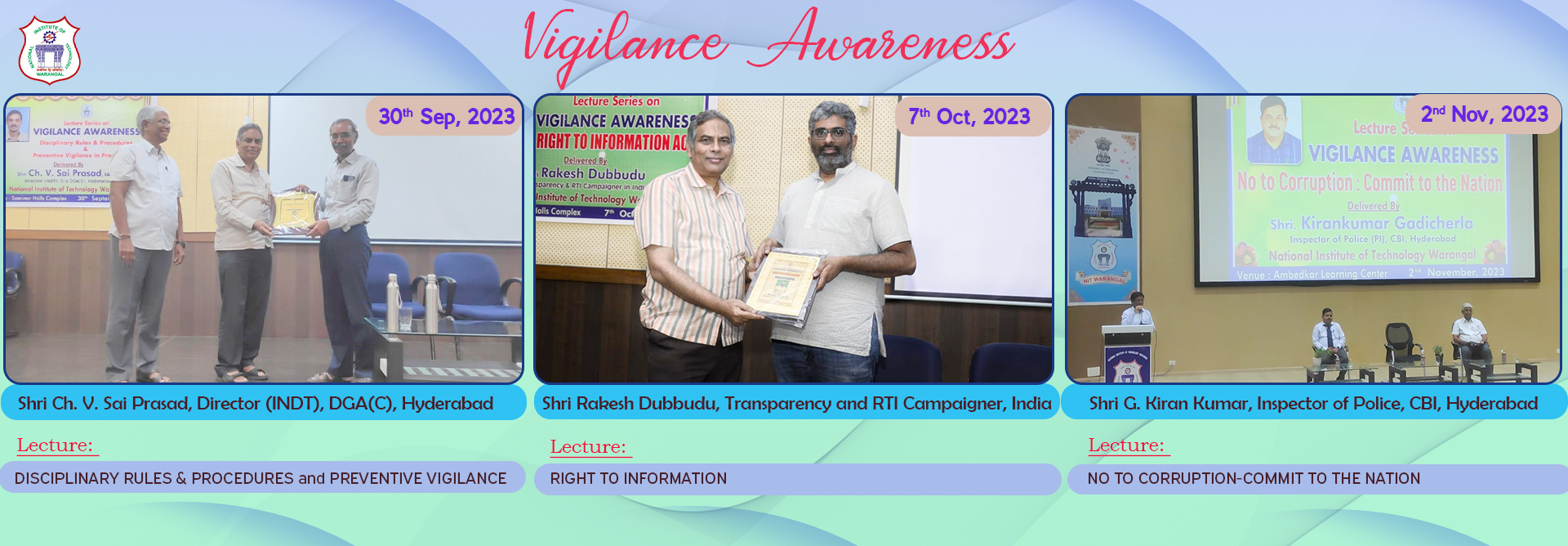
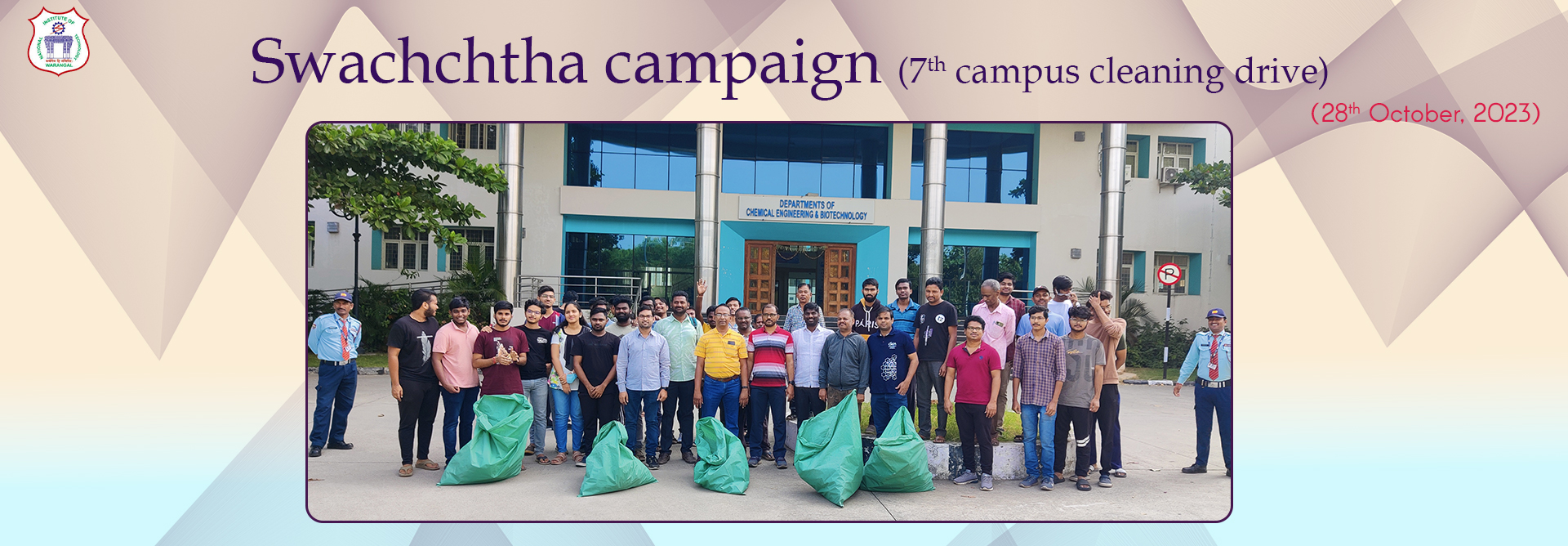
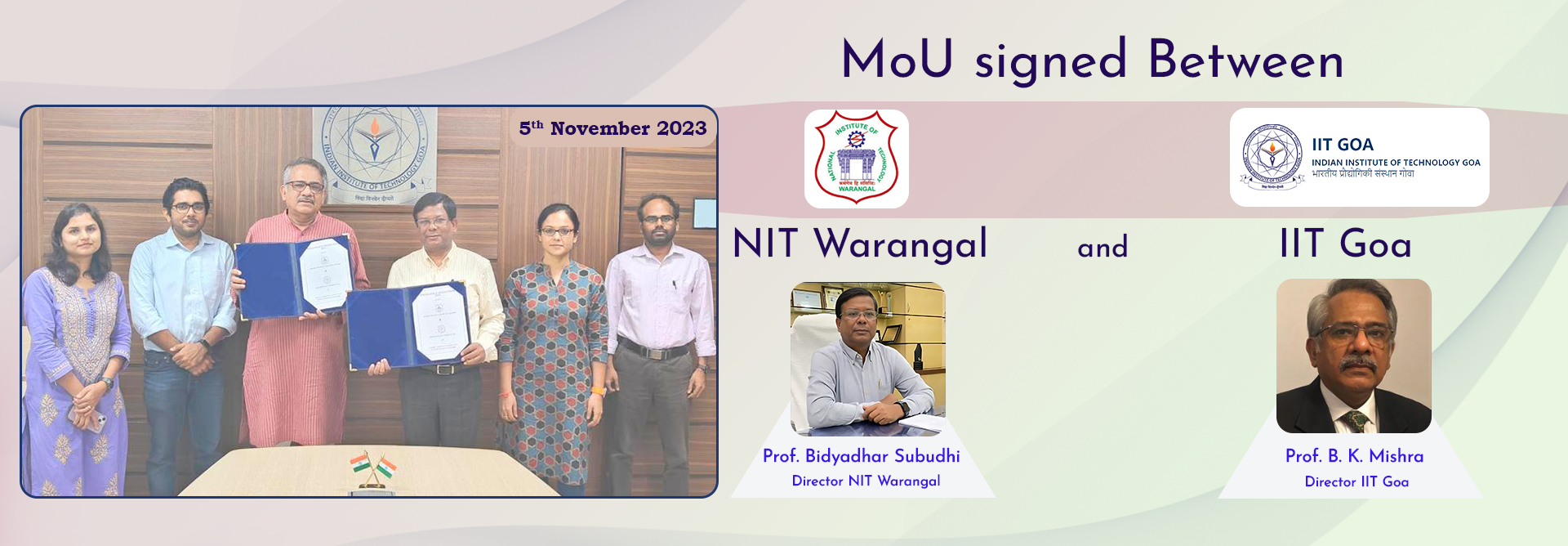

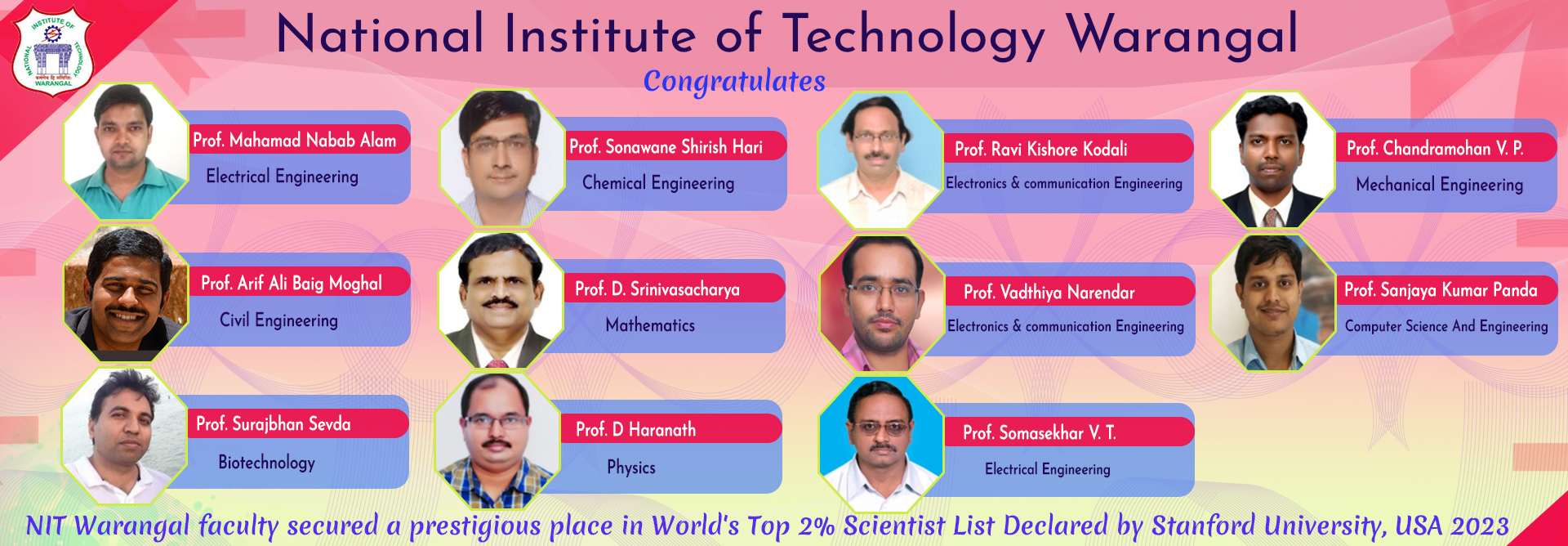
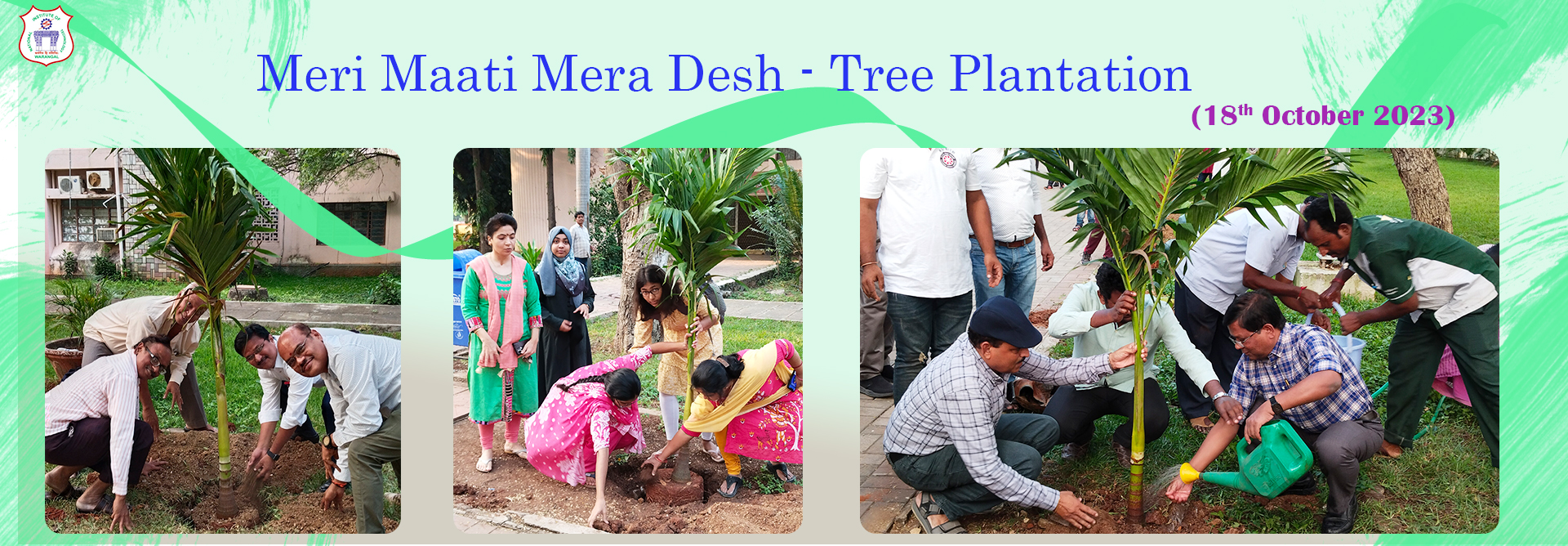
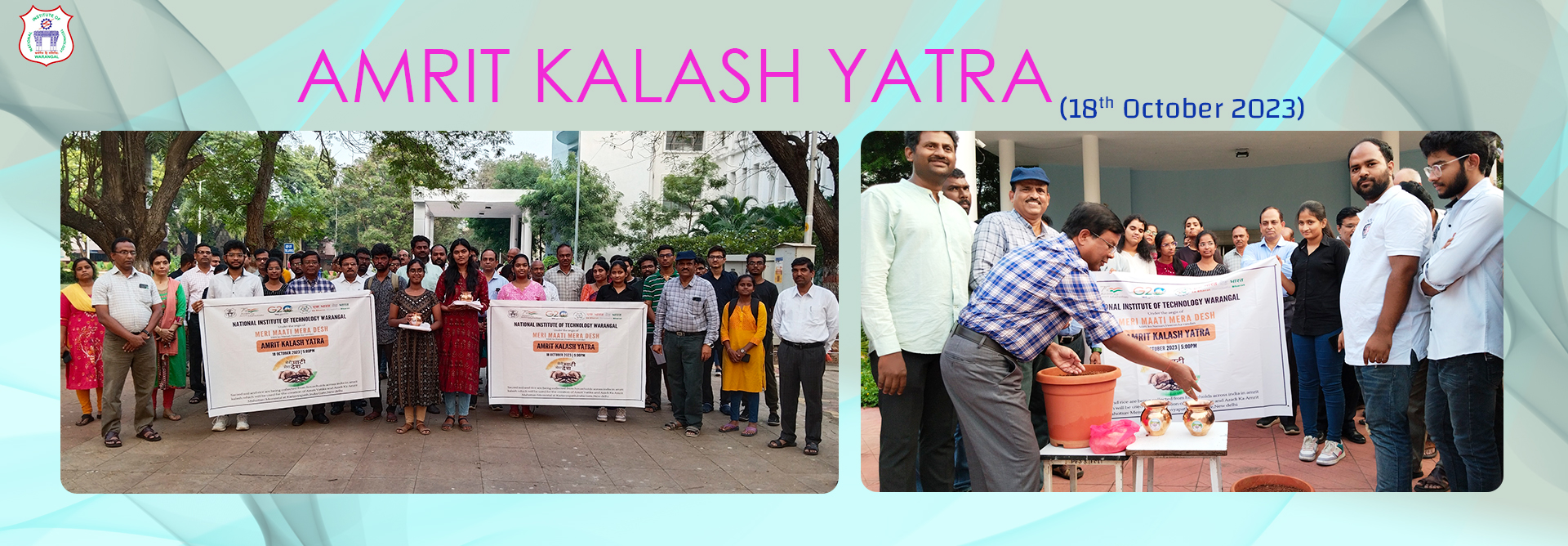
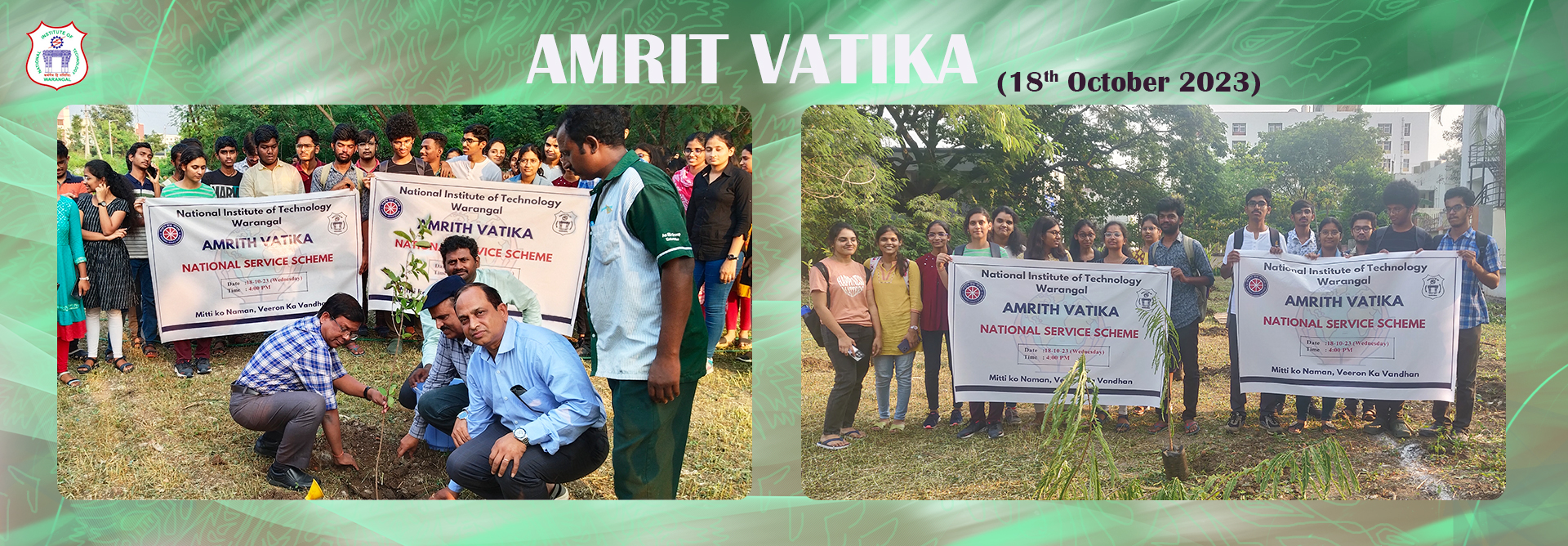
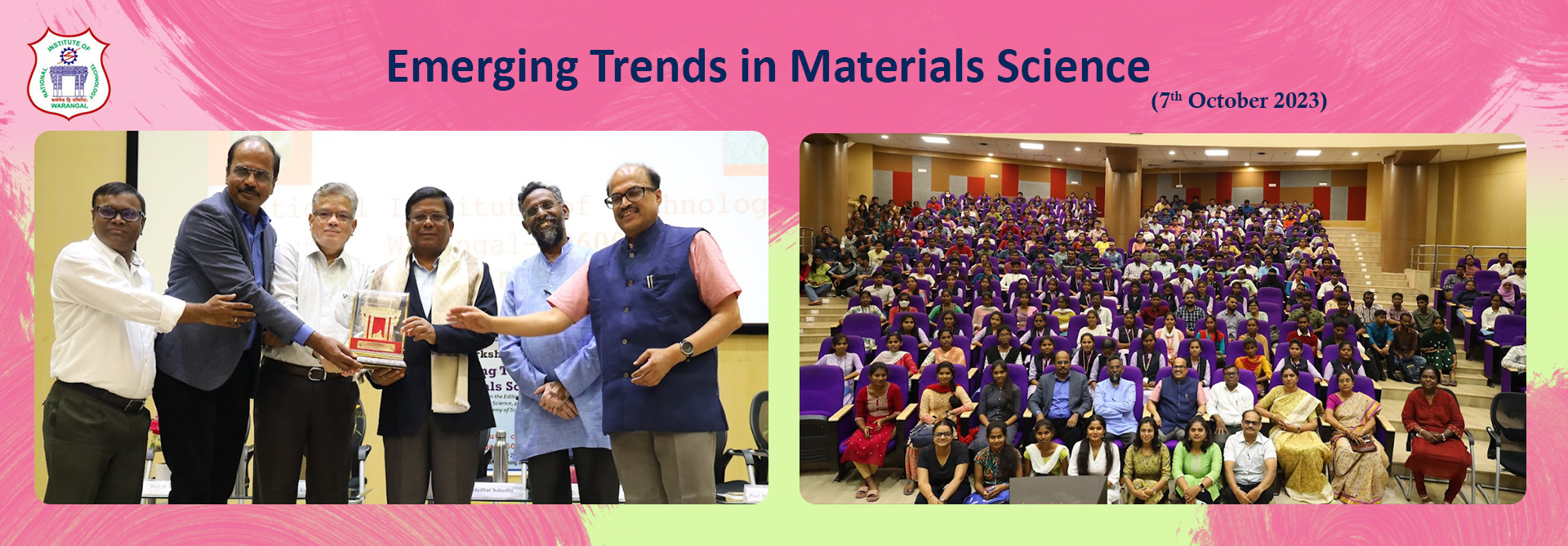
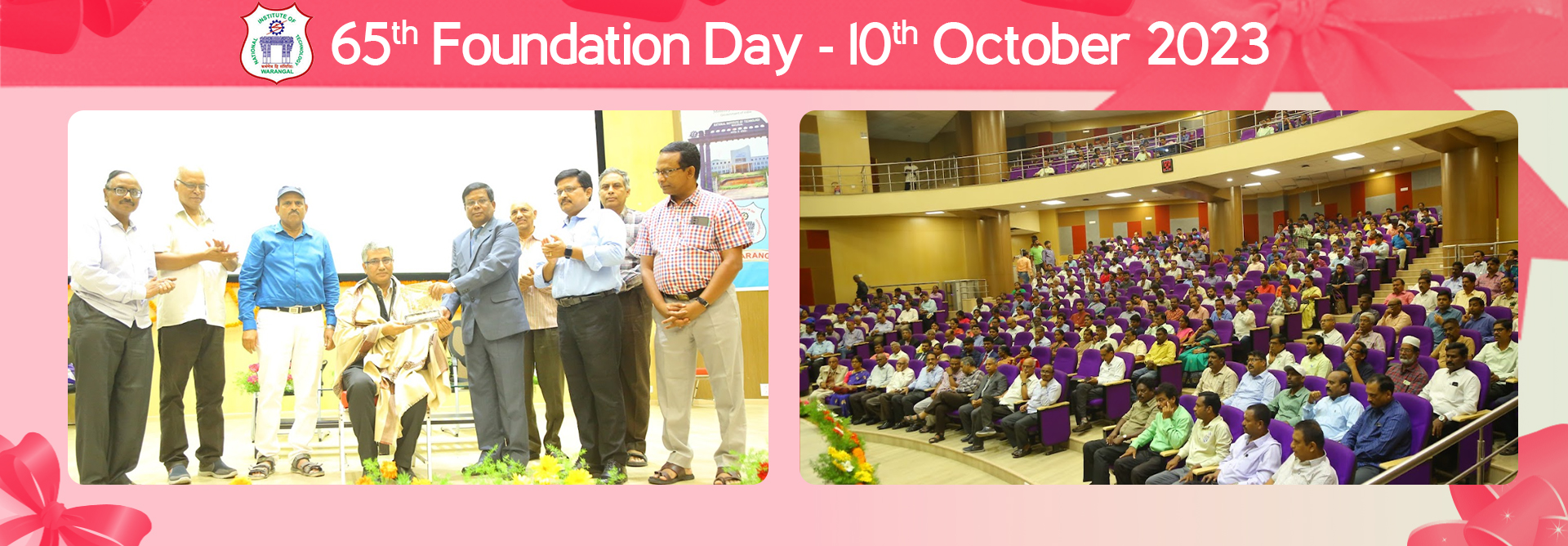
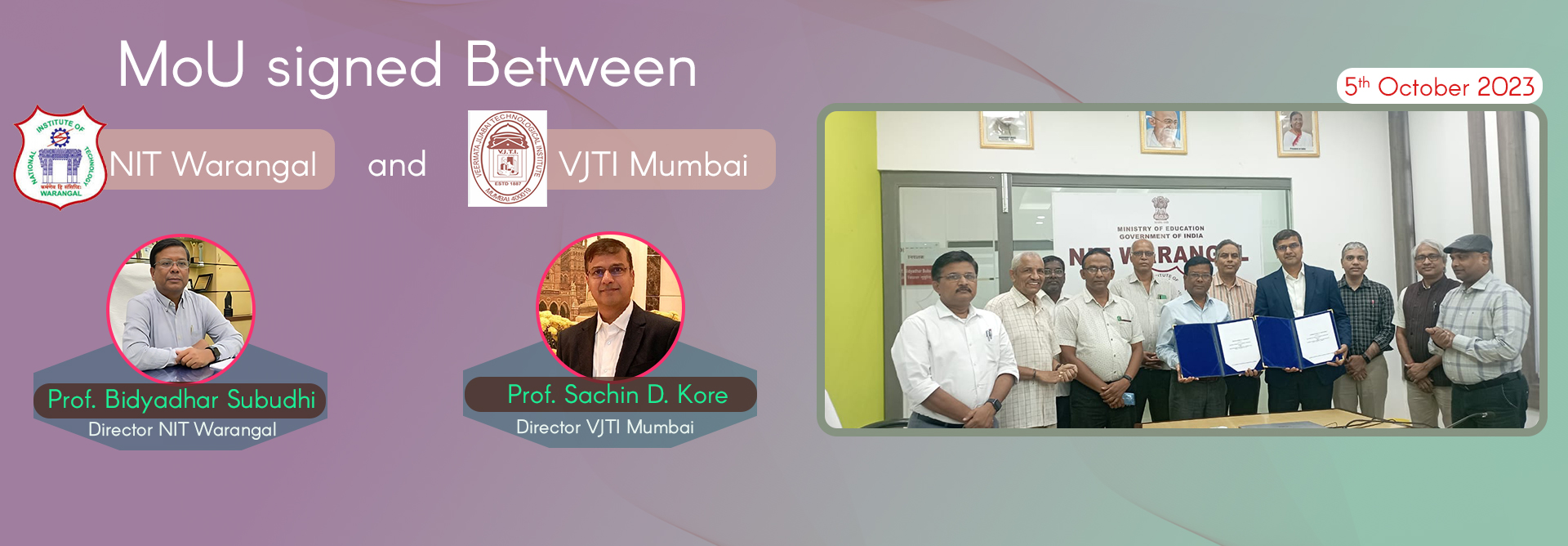

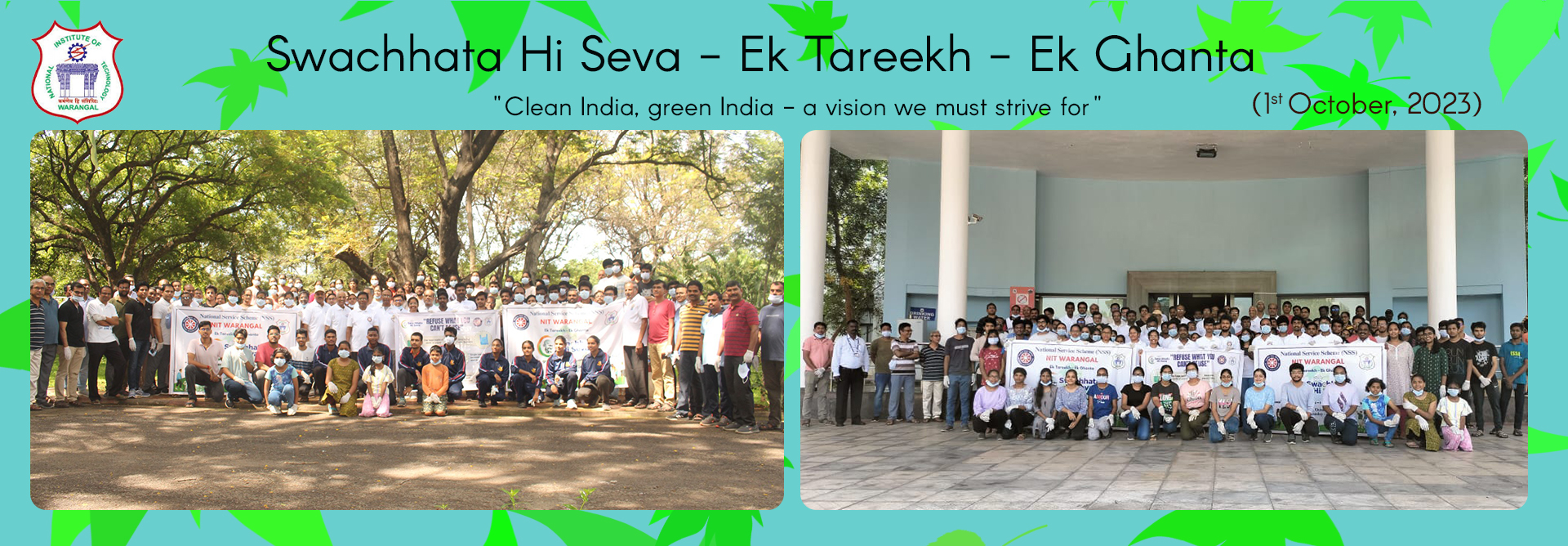
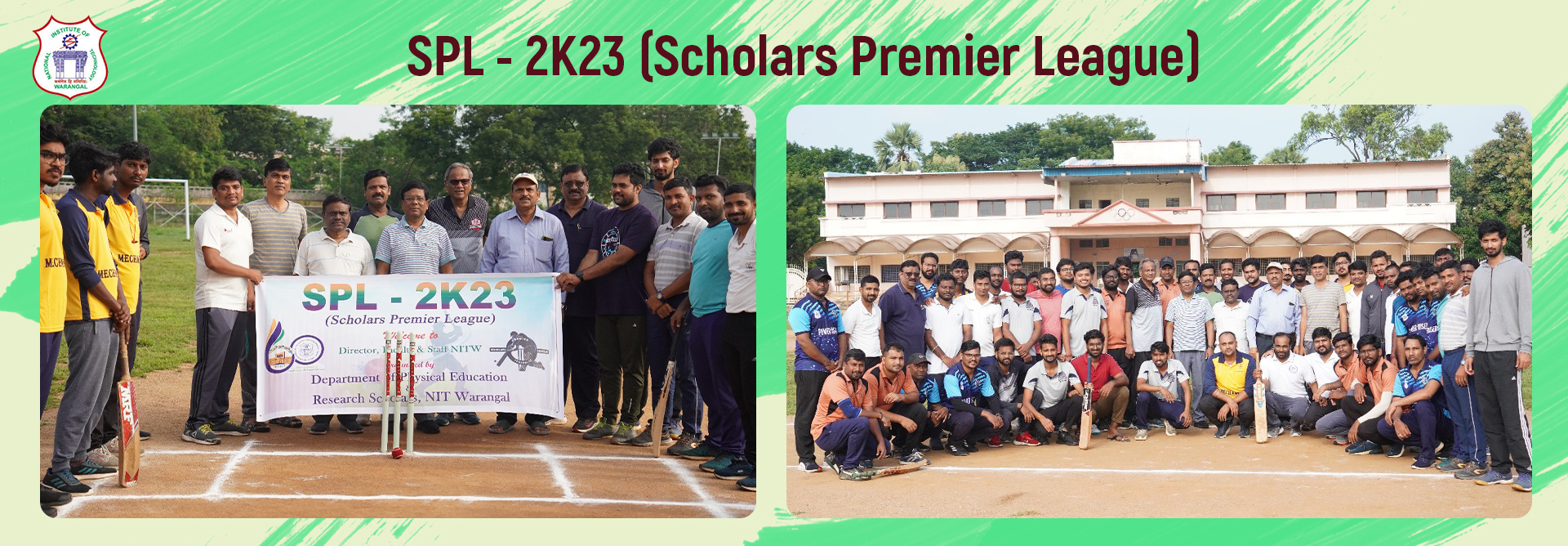
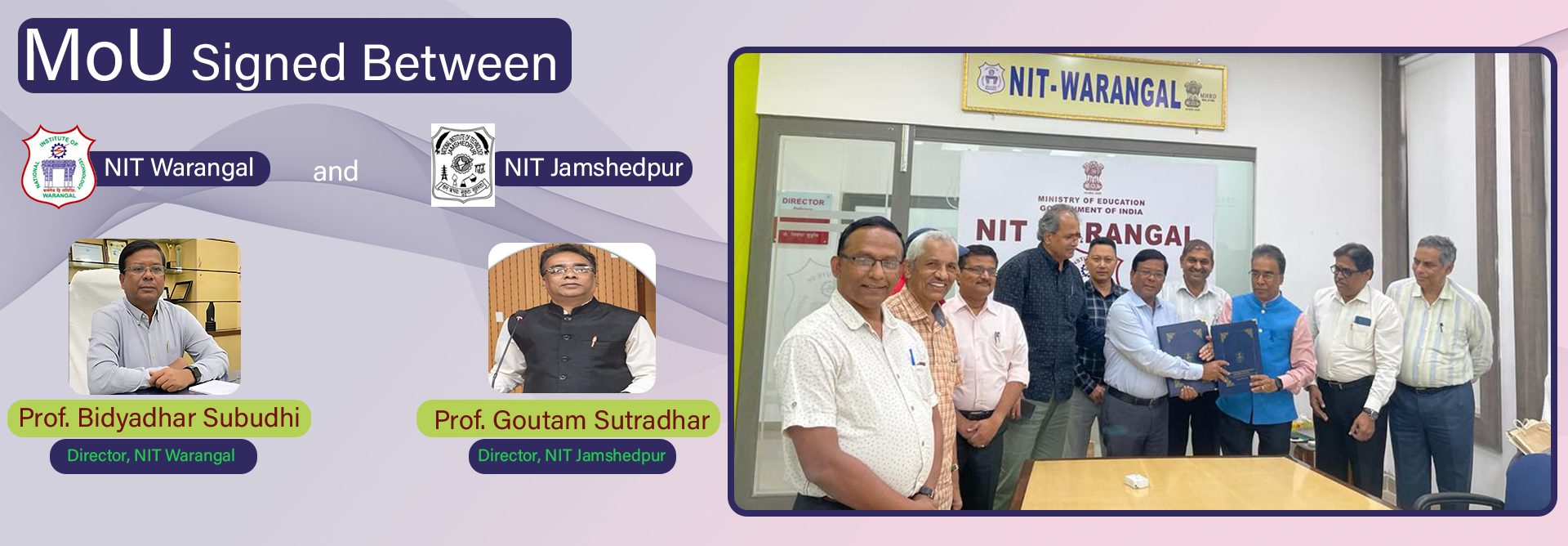
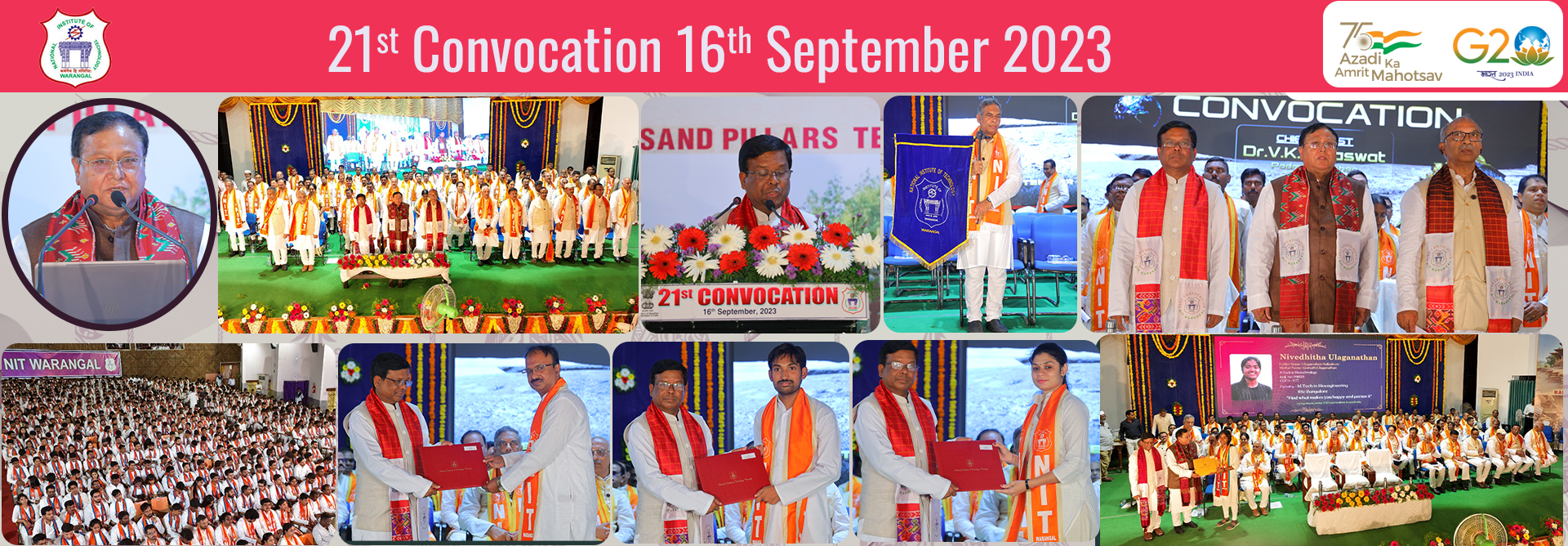
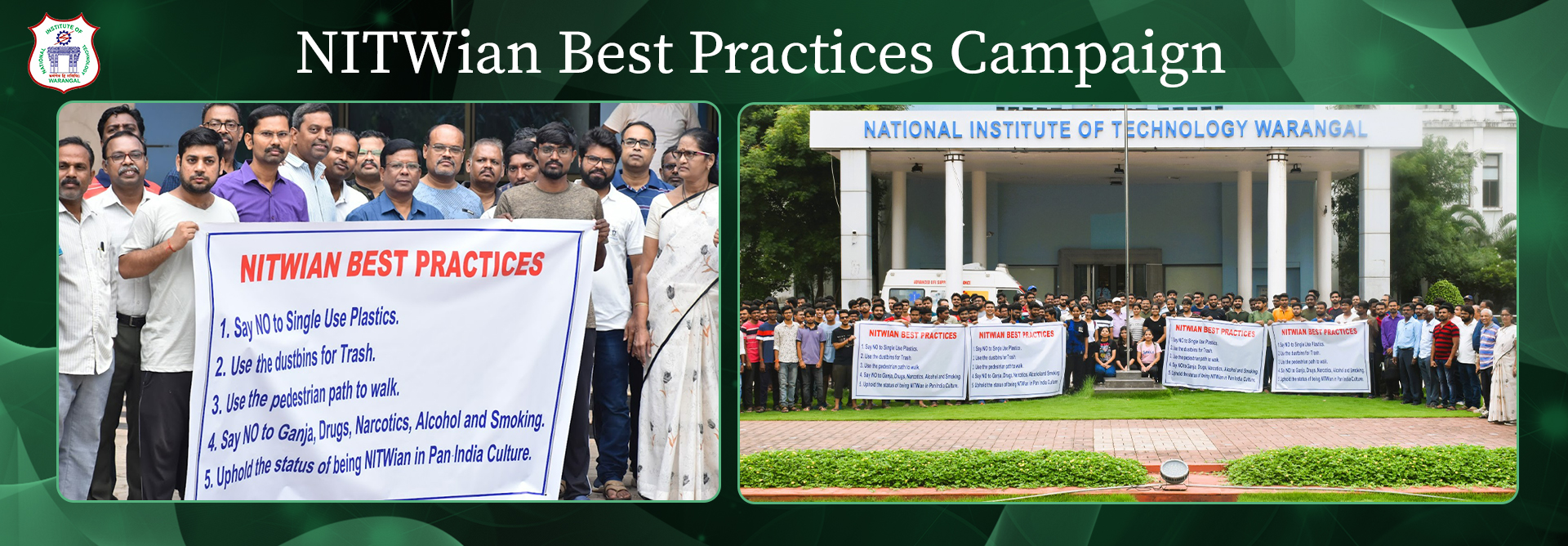
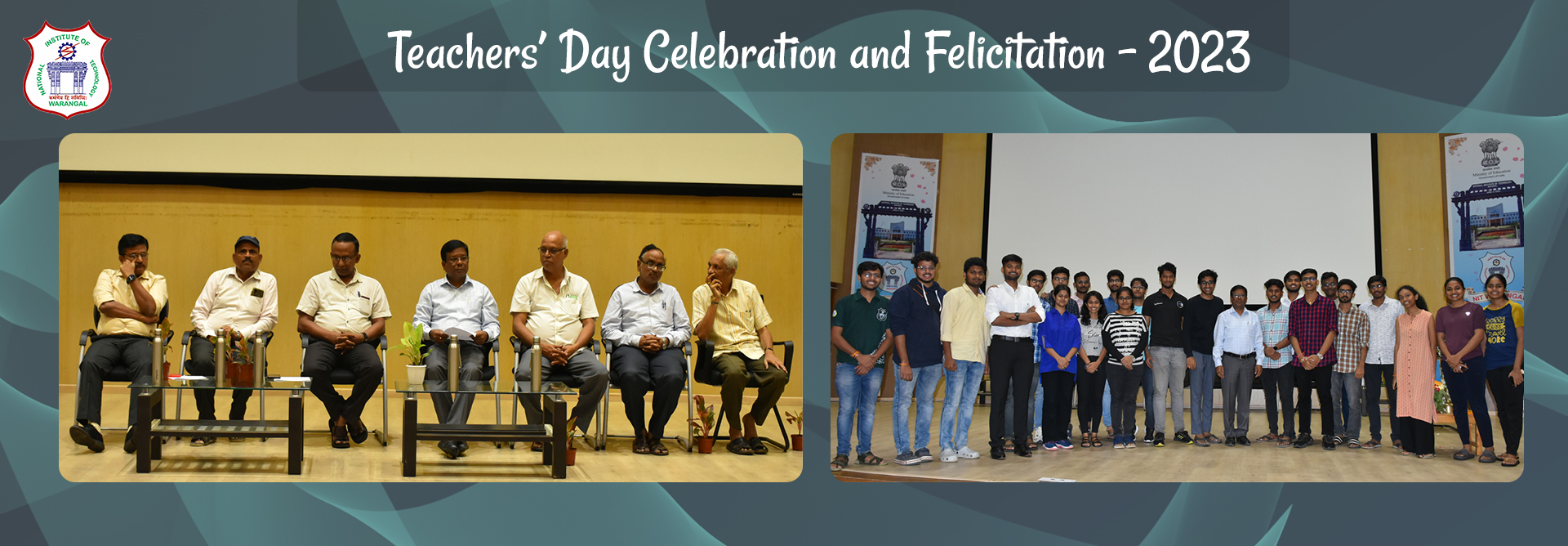

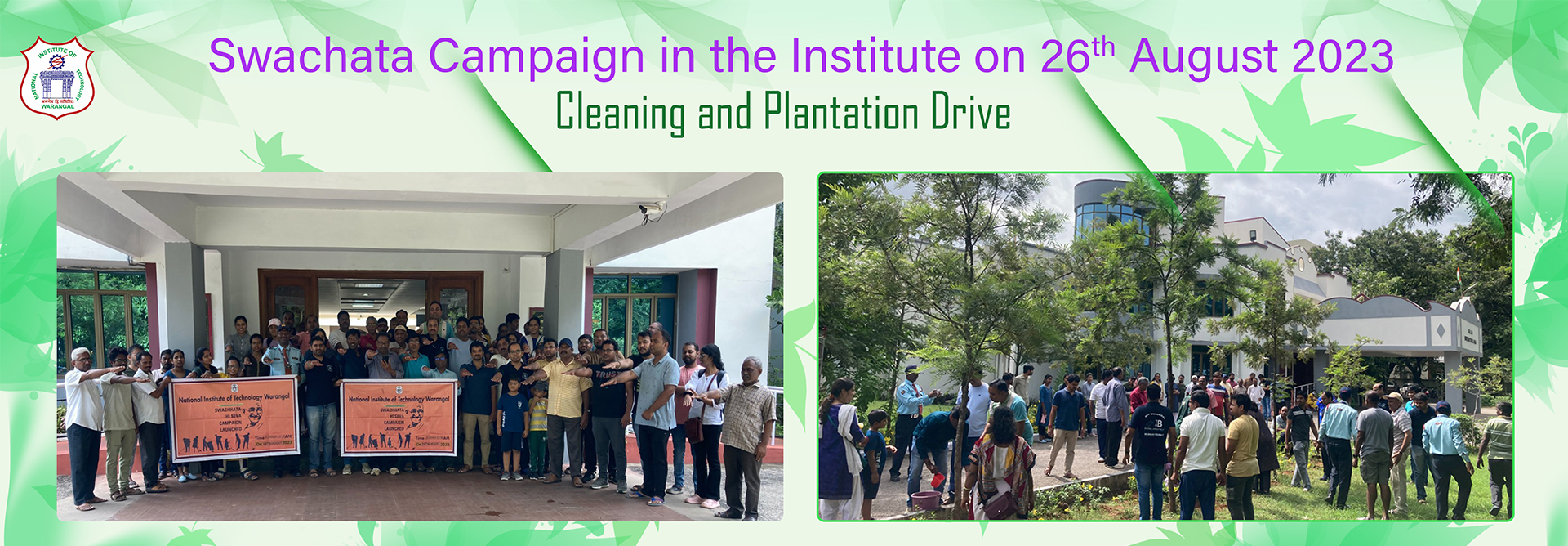
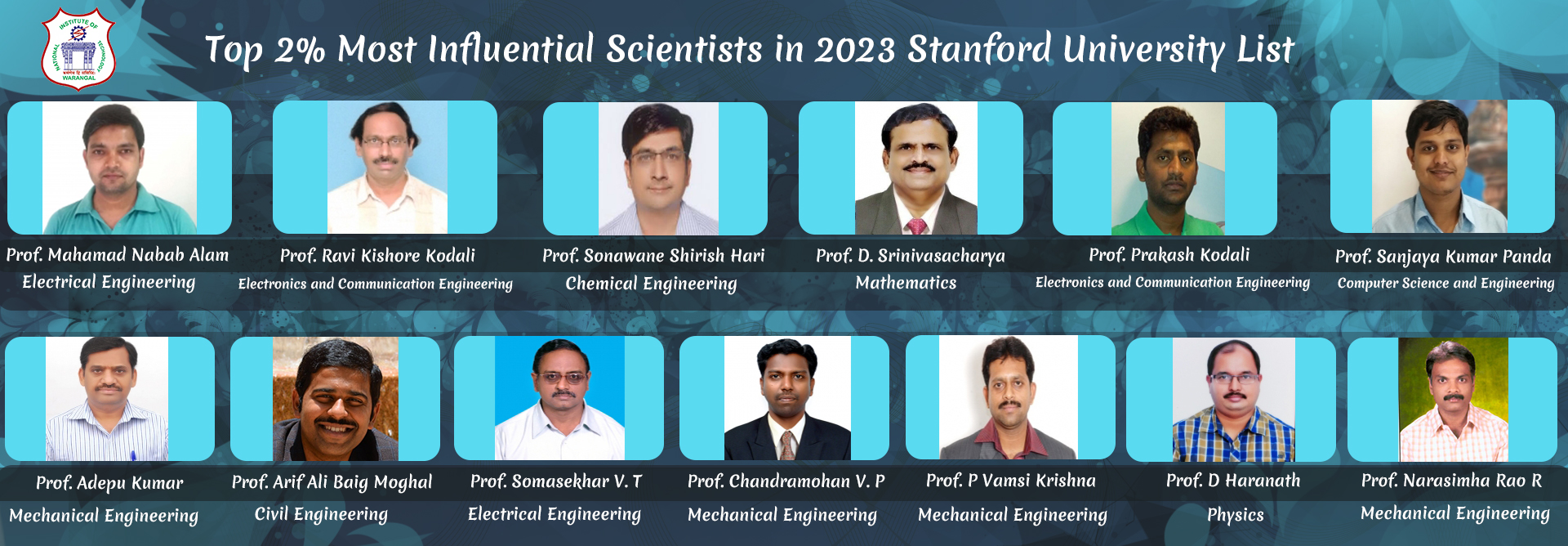
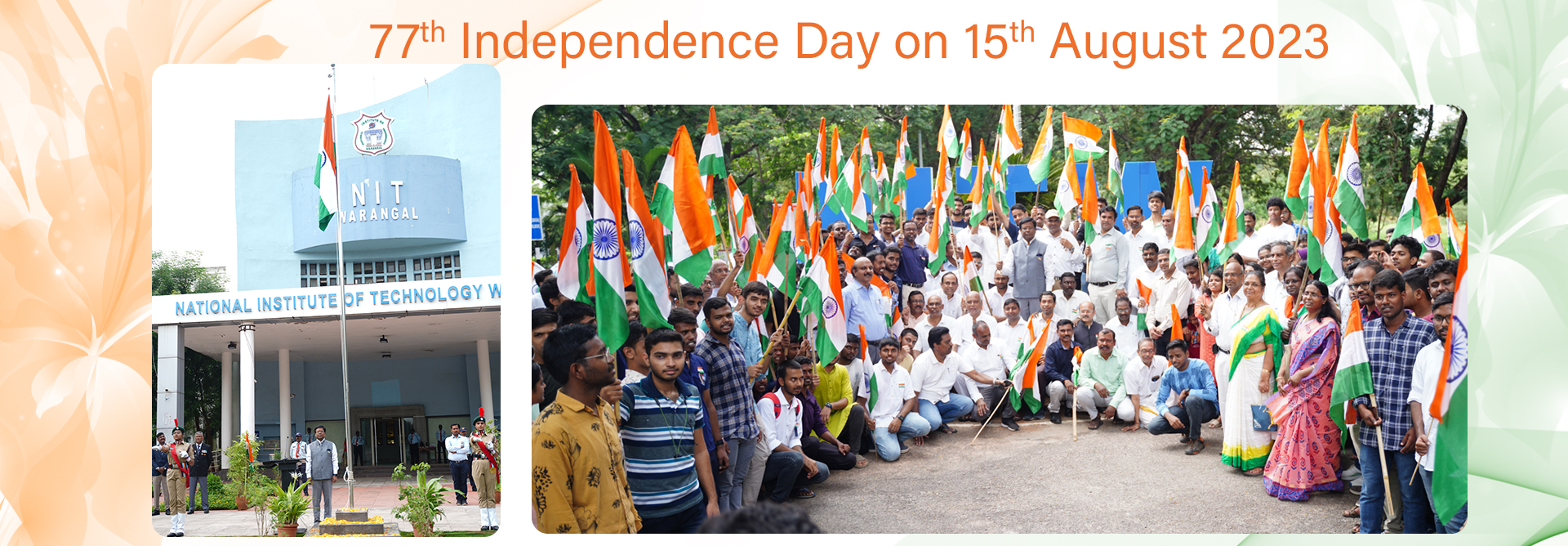

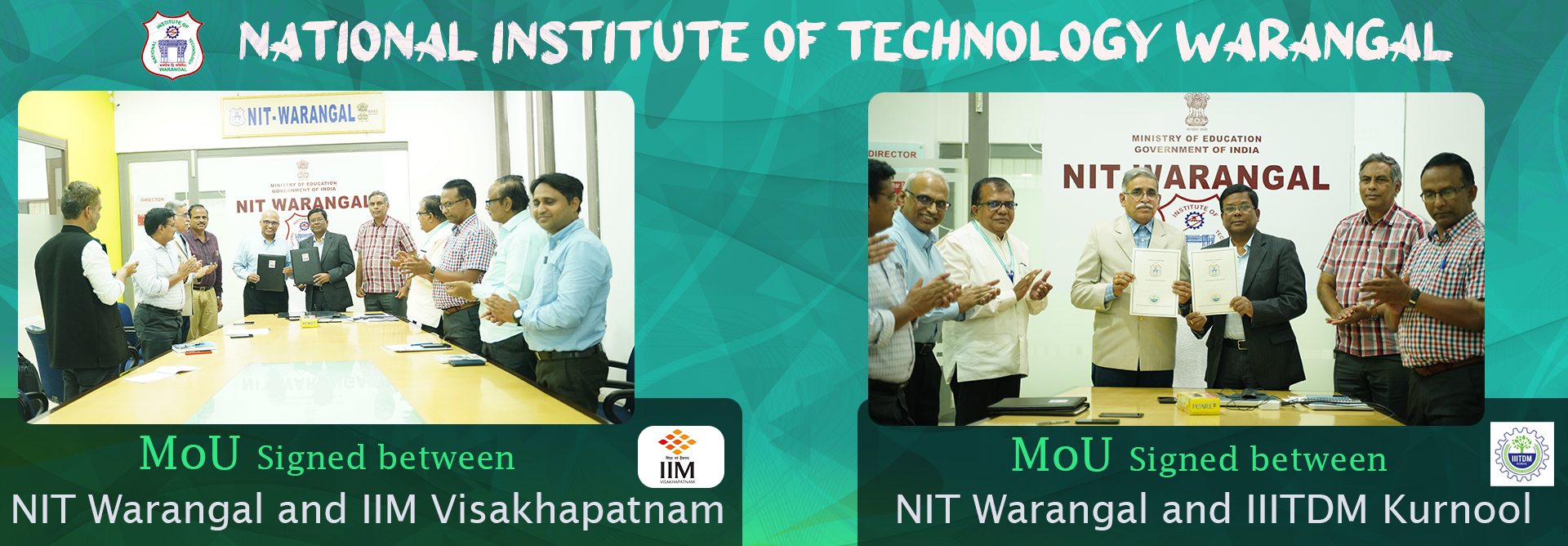
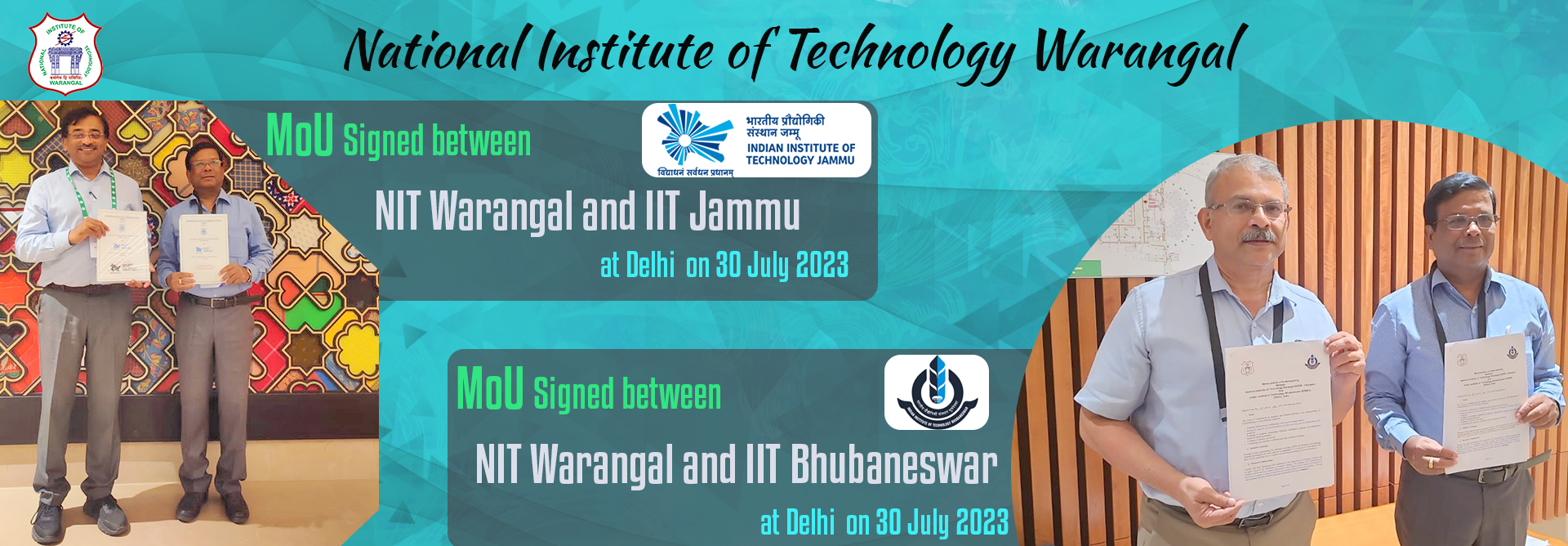
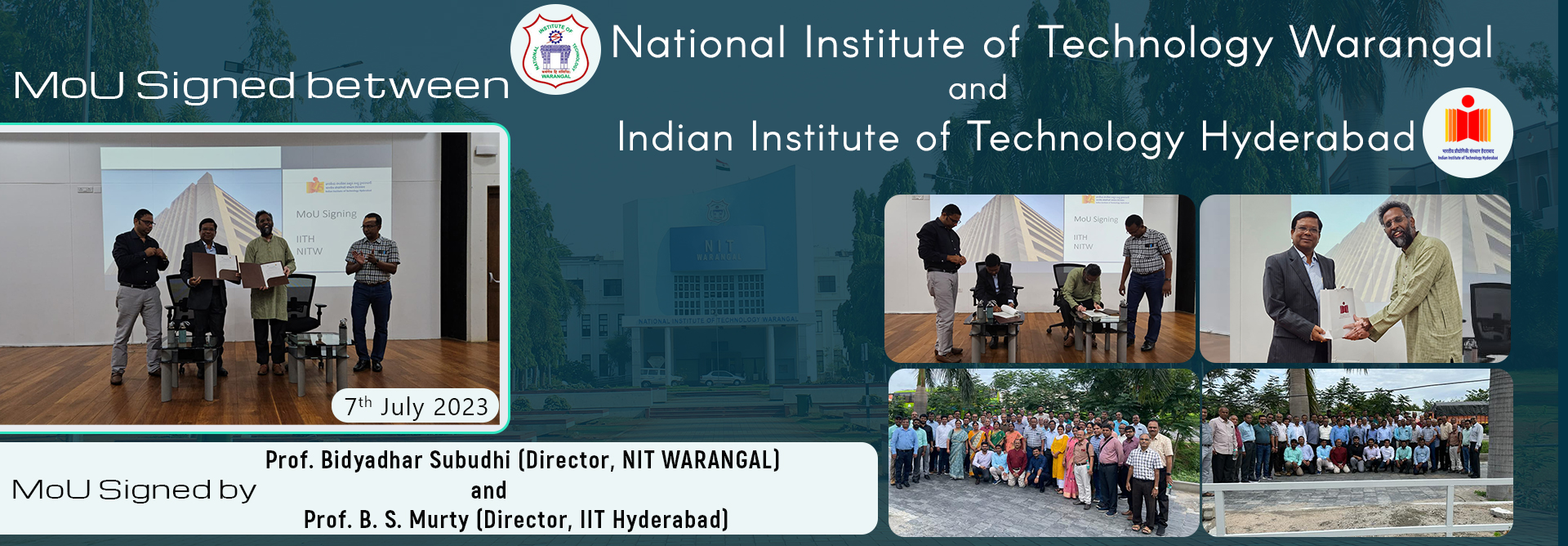
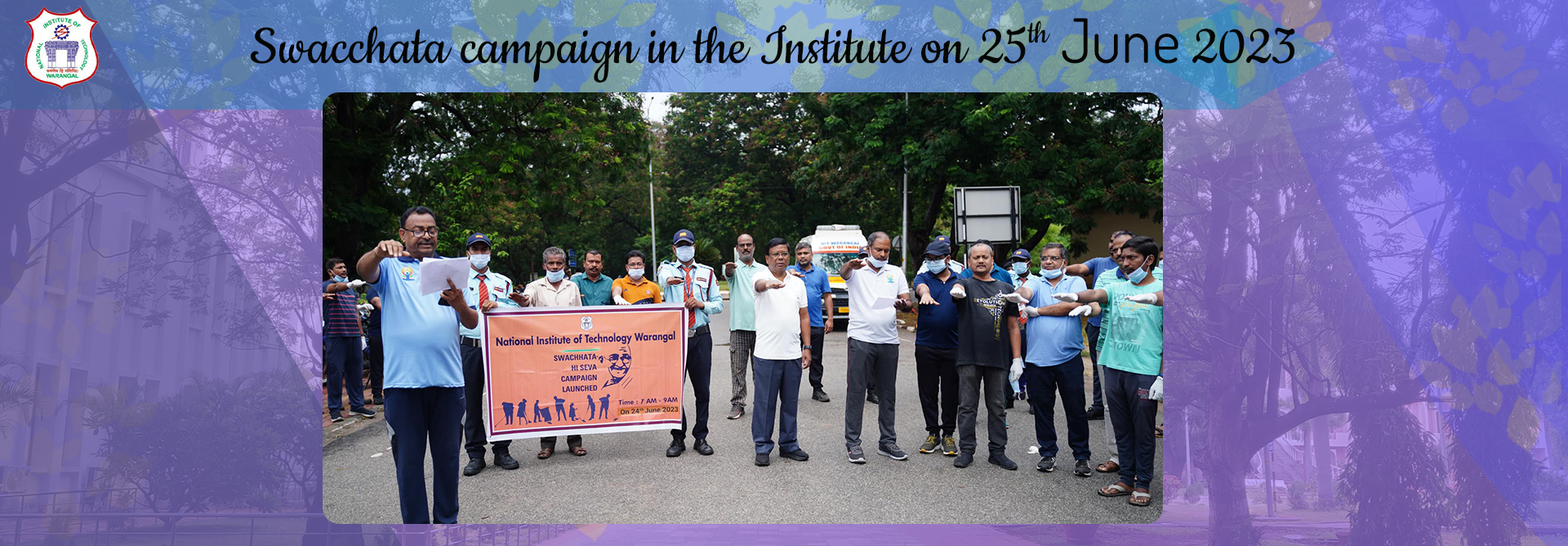
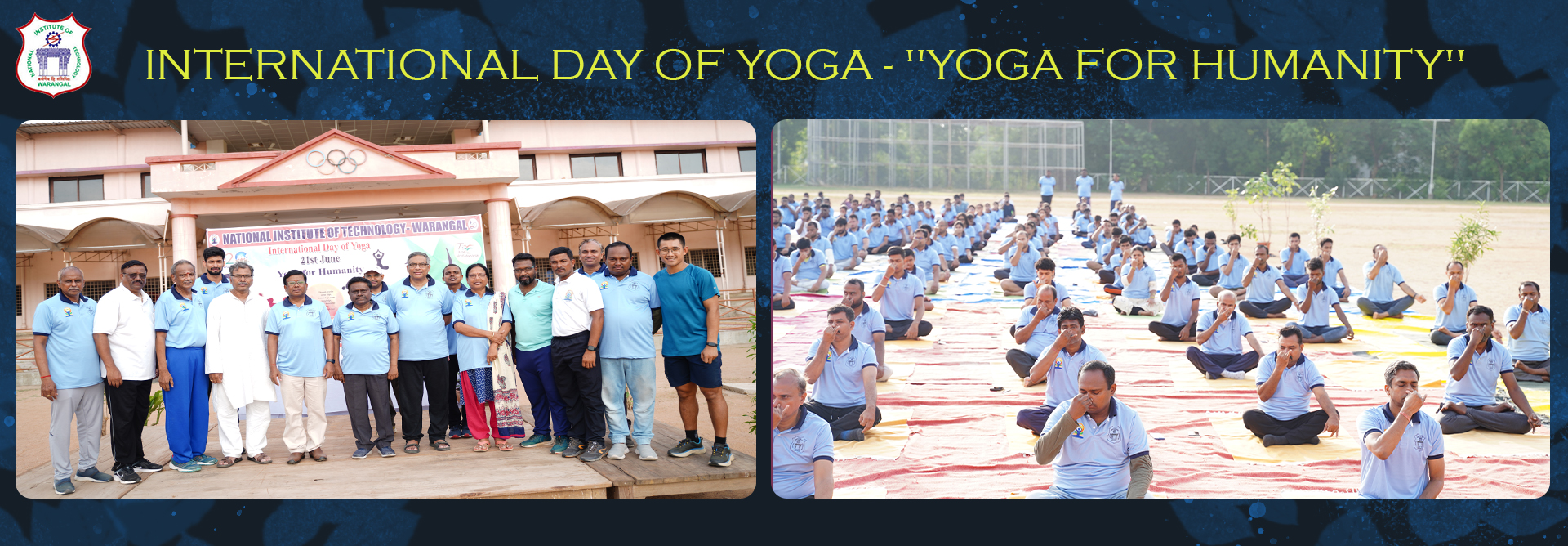
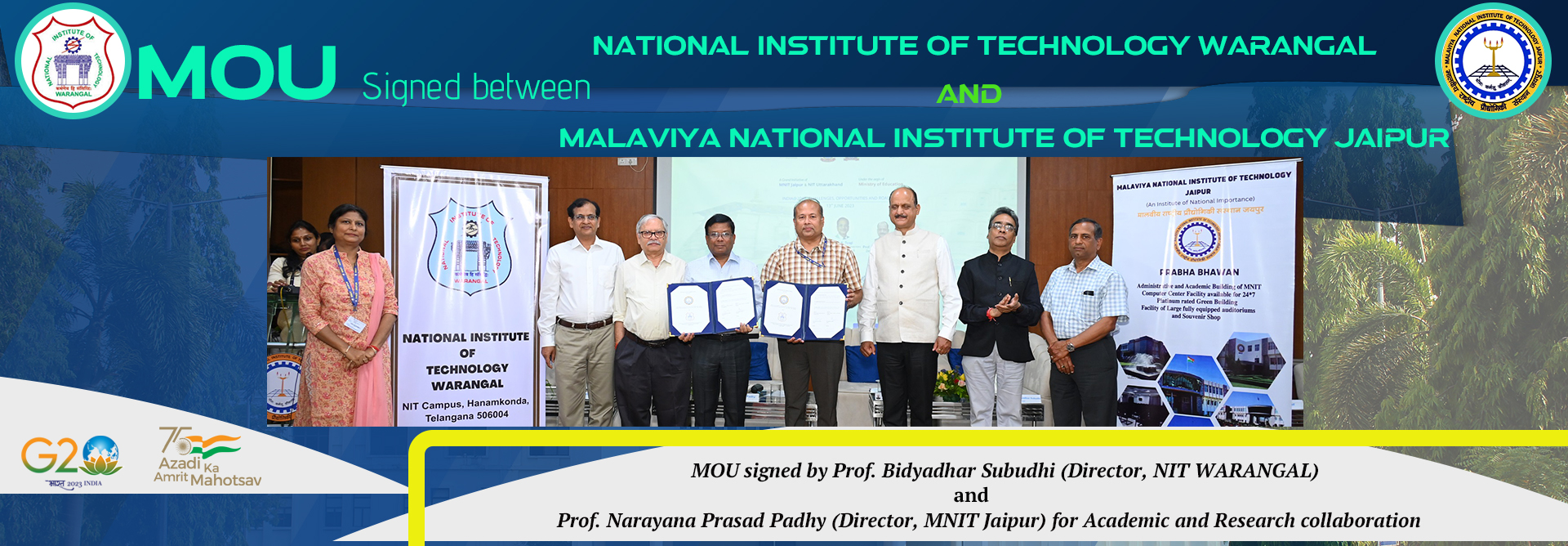
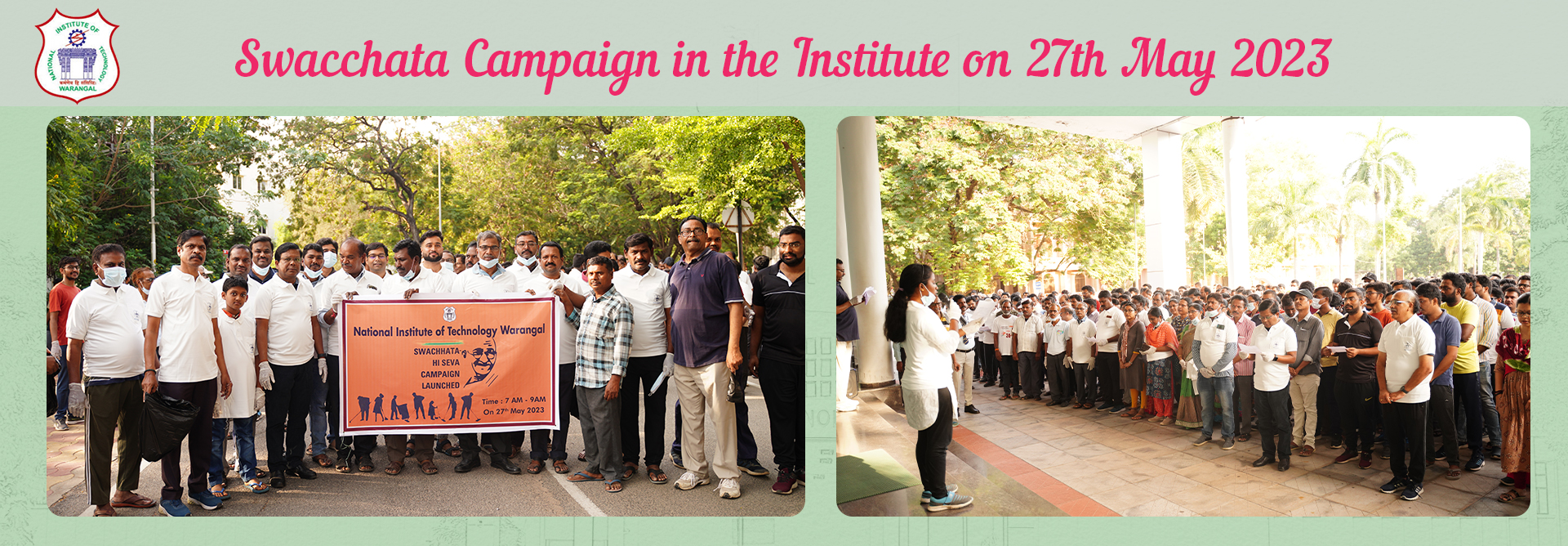
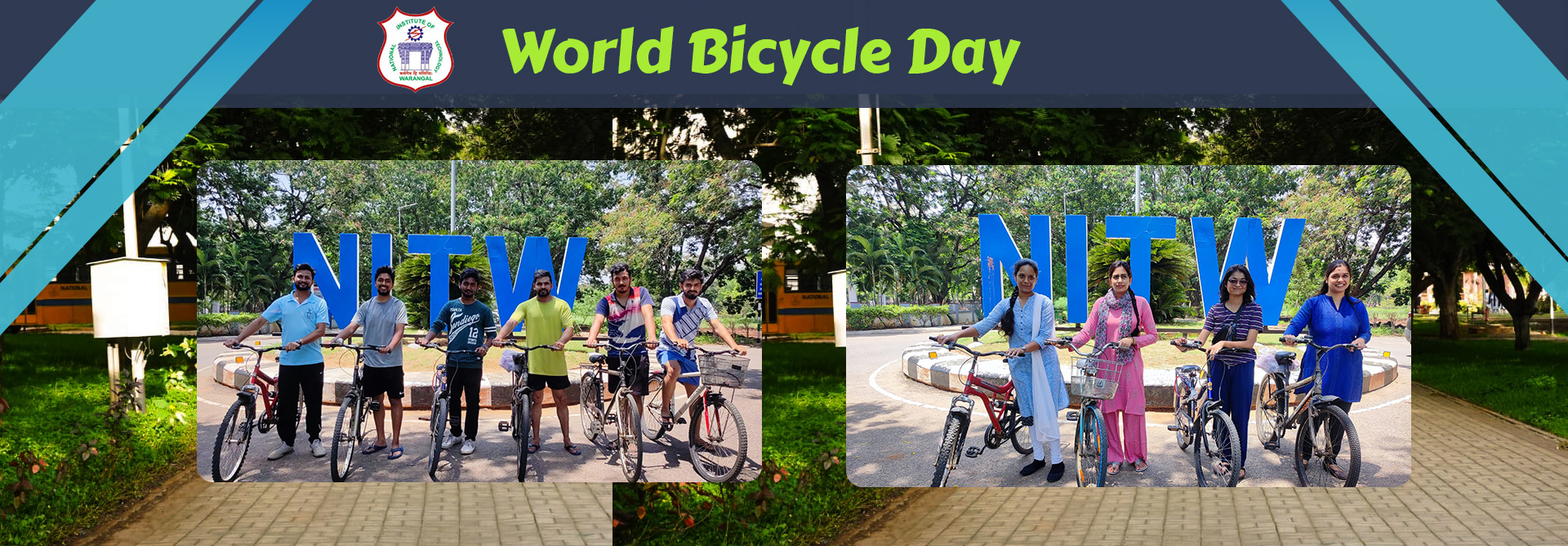
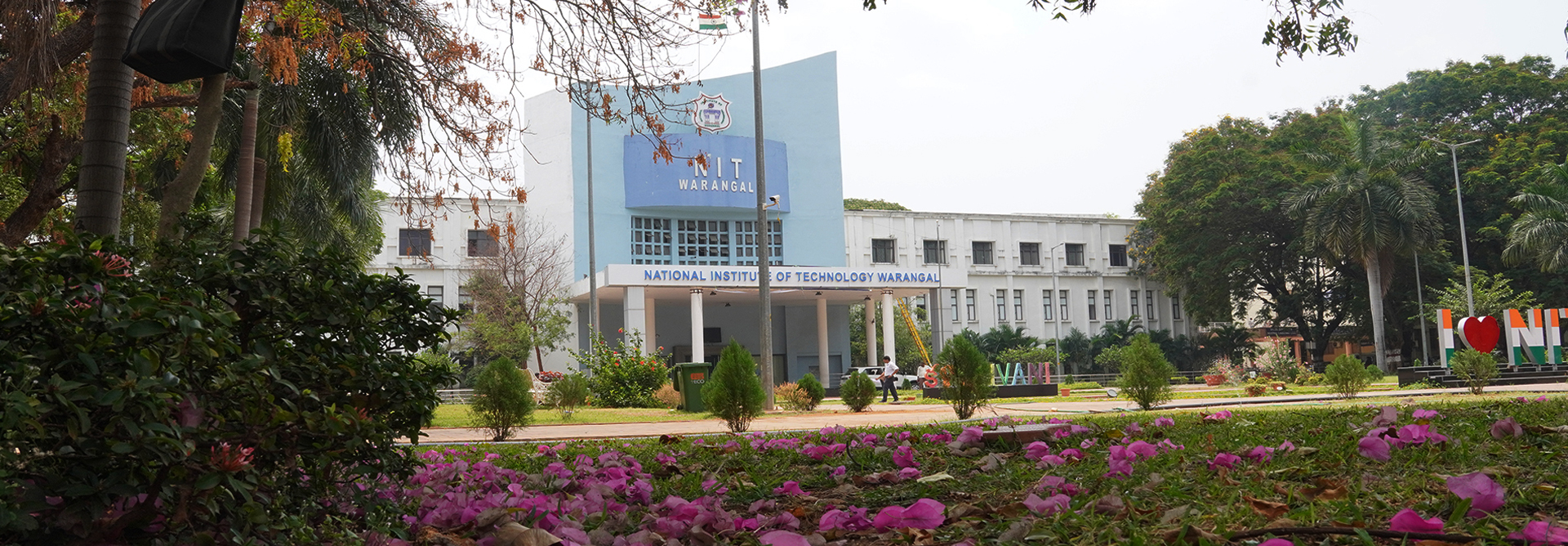

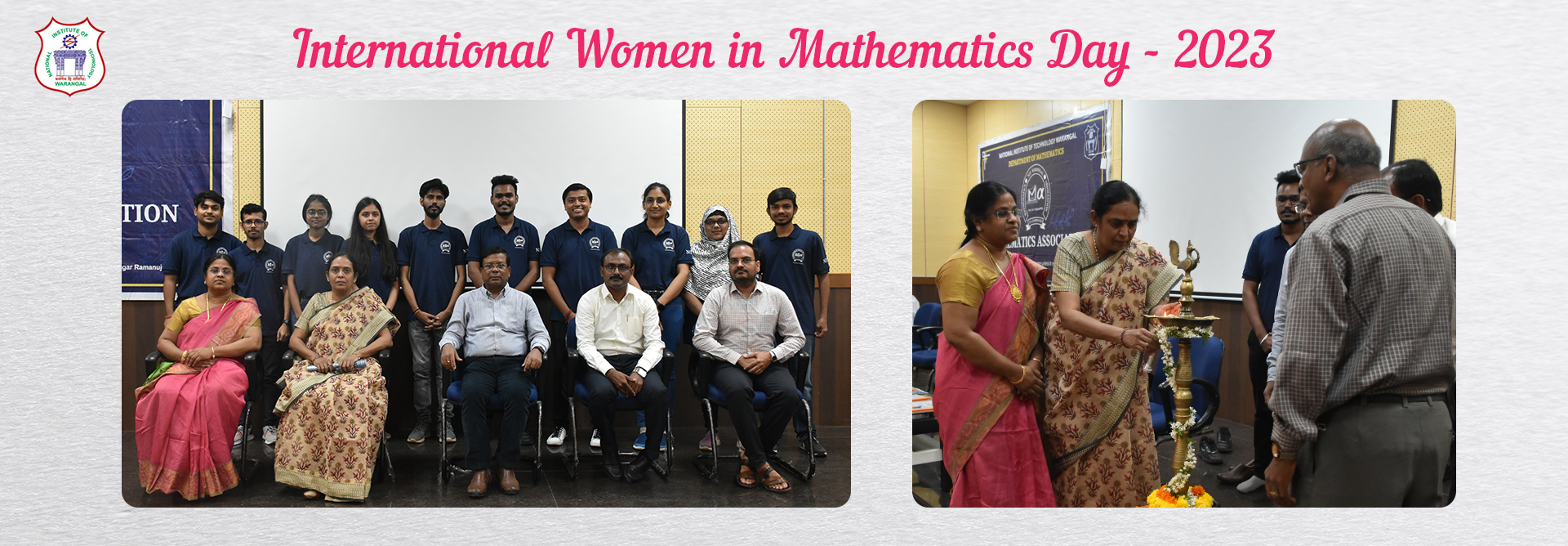
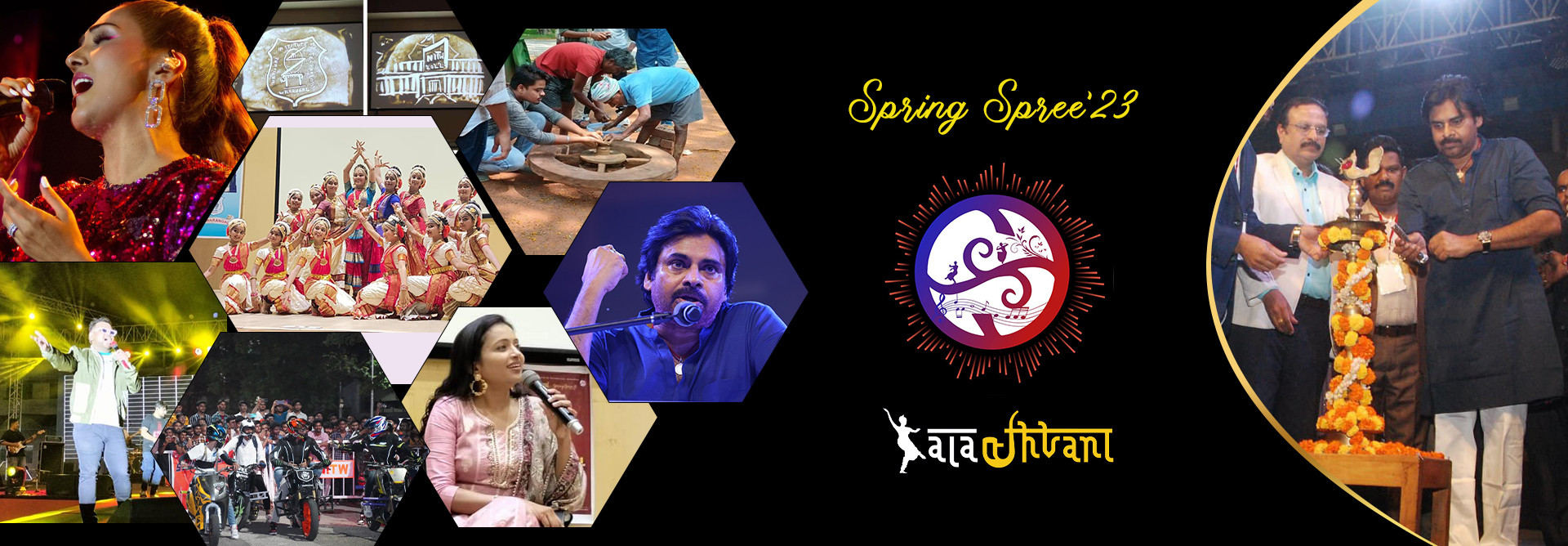

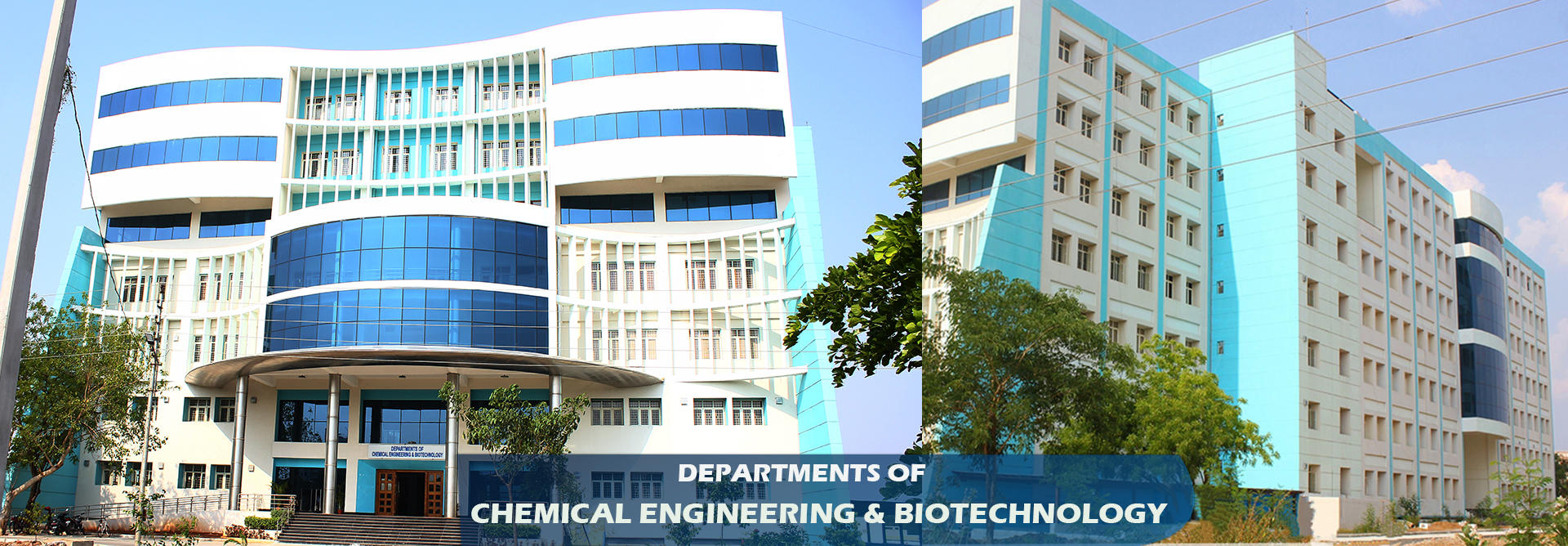
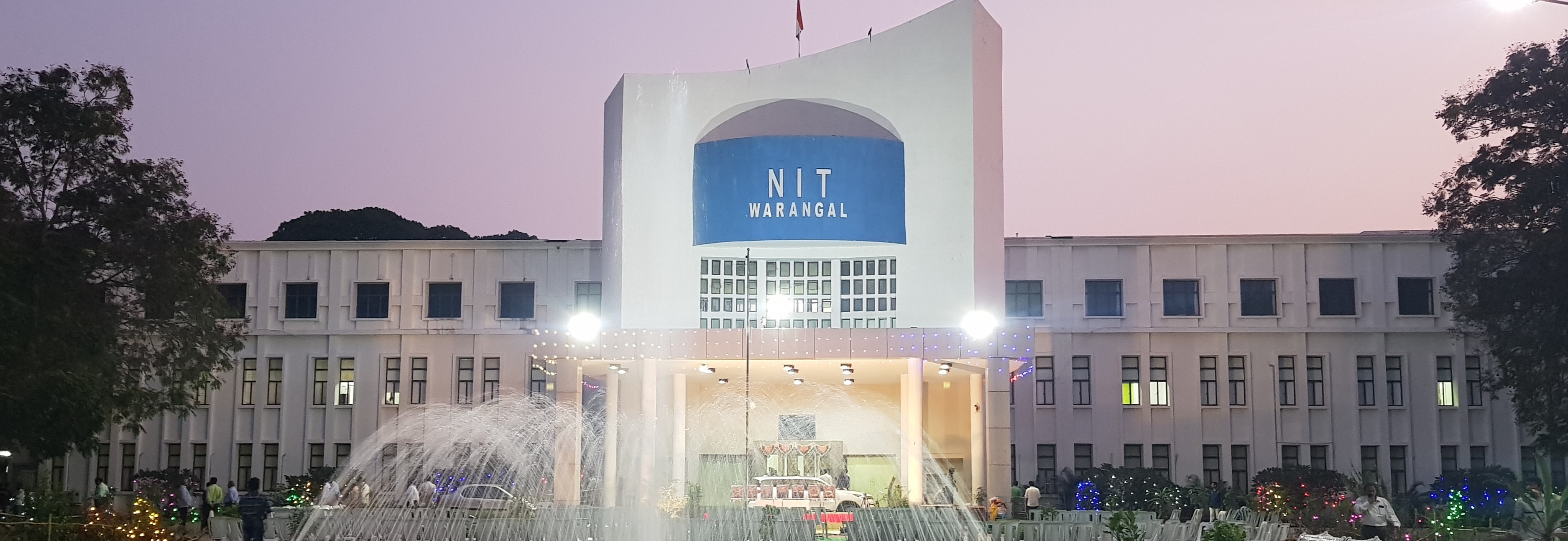
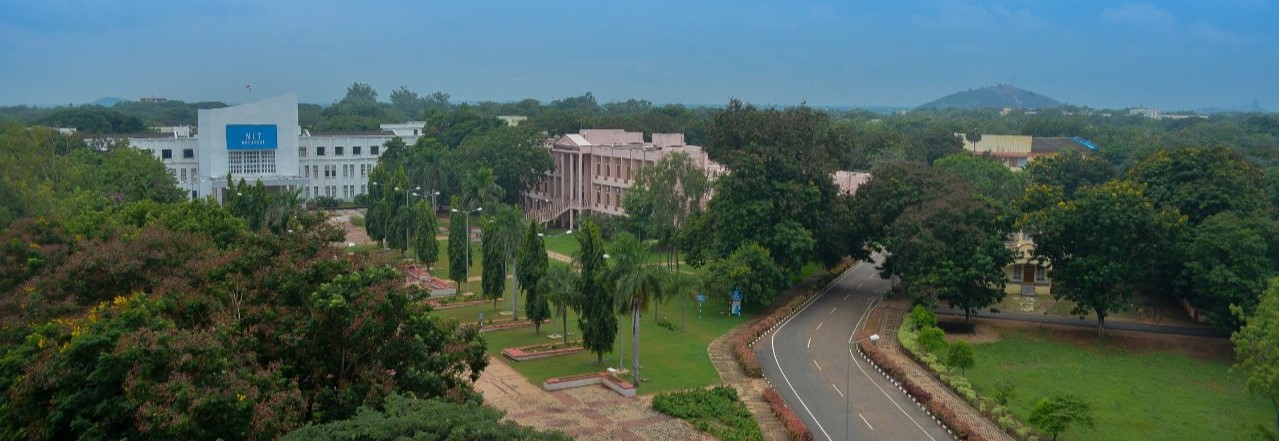
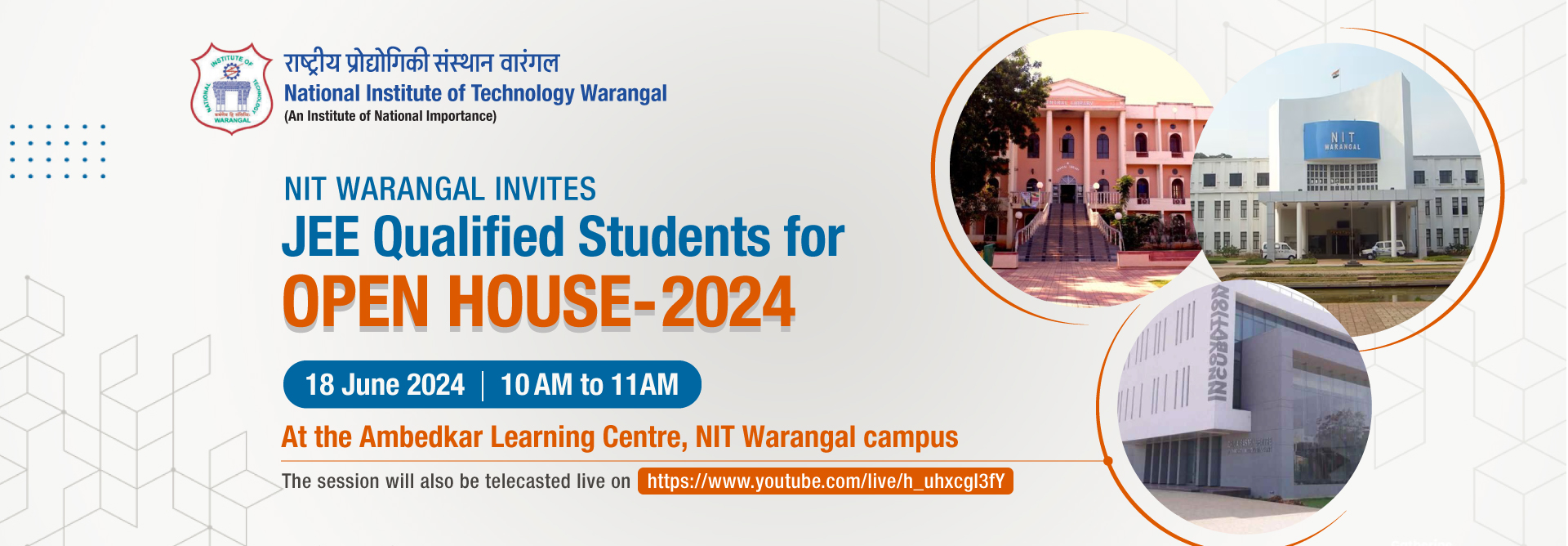
Director's Message

I am glad that I have been given an opportunity to serve as the Director of National Institute of Technology (NIT) Warangal-the oldest one in the bracket of first 17 NITs. It is an honour and privilege for me to lead this prestigious institute which has a rich history of its distinction in teaching, research and service to the nation. It is the first regional engineering college whose foundation stone has been laid by the former prime minister, Pandit Jawaharlal Nehru in the year 1959. Over a period of more than six decades, NIT Warangal has emerged as one of the leading institutions in engineering and technology. Warangal is the second largest city of the state of Telangana, Hyderabad being the first one which has several places of interest to visit. Some of the cultural heritages worth seeing in Warangal are Ramappa Temple, Bhadrakali Temple and thousand pillar temple.
NIT Warangal is poised to create an ambience for nurturing innovation, incubation, creativity and excellence within its faculty and students towards achieving the sustainable development goals. We emphasize on student centric education with interdisciplinary research and development for the benefit of Industry and Society.NIT Warangal becomes a preferred institution for top rankers in Joint Entrance Examination (Main) because of its excellent teaching learning process, infrastructure that a student needs for effective learning. Our alumni have received distinguished recognitions in their chosen areas of profession and extend support towards sustainable development of the institute. I invite participation of all the stakeholders in the growth plan of the institute to steer it to the next level of success in all fronts.
Professor Bidyadhar Subudhi
Director

Ranking NIRF-2024
ENGINEERING
21
OVERALL
53

![]() Times Higher Education-2024
Times Higher Education-2024
ASIA
351-400
WORLD
1001-1200
Mission
Imparting total quality education to develop innovative, entrepreneurial and ethical future professionals fit for globally competitive environment....read more
Vision
Towards a Global Knowledge Hub, striving continuously in pursuit of excellence in Education, Research, Entrepreneurship, and Technological services to the society.
Upcoming Events
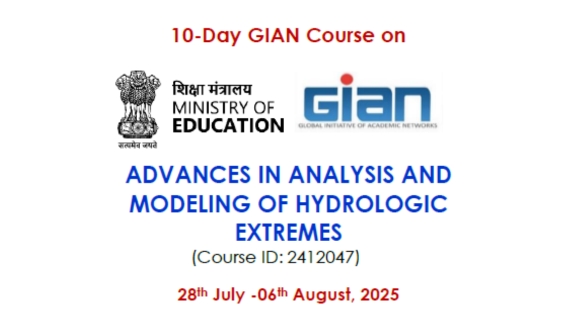
10-Day GIAN Course on ADVANCES IN ANALYSIS AND MODELING OF HYDROLOGIC EXTREMES
For more informationClick here
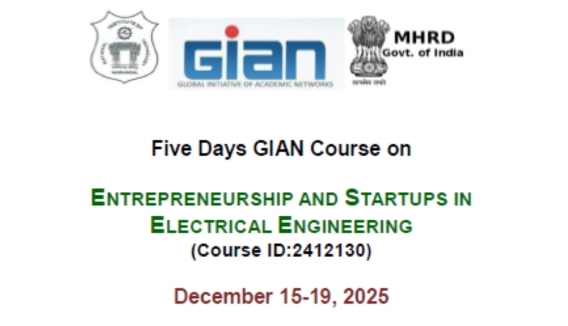
Five Days GIAN Course on ENTREPRENEURSHIP AND STARTUPS IN ELECTRICAL ENGINEERING
For more informationClick here

A 5-days GIAN Course on Decision Support to Prioritize Smart City Projects.
For more informationClick here

10-Day GIAN Course on ADVANCES IN ANALYSIS AND MODELING OF HYDROLOGIC EXTREMES
For more informationClick here

Five Days GIAN Course on ENTREPRENEURSHIP AND STARTUPS IN ELECTRICAL ENGINEERING
For more informationClick here
Awards and Recognition
Seminars


Ph.D. Viva Voce Examination
Mr. Anomitra Chakraborty
Magneto-hydrodynamic Flows of Water-Based Nanofluids Across a Moving Vertical Wedge: Mathematical and Statistical Analysis
Supervisor: Prof. J. Pranitha
Venue: Chandrasekhar Hall
Mathematics
15-April-2025 | 5:45 AM
The study aims to explore the mathematical and statistical analysis of water -based nanofluids across a moving vertical wedge in presence of magnetic field effect using the Tiwari-Das modelling. Nimonic 80A (primary), Fe3O4 (secondary) and GO (ternary) nanoparticles were chosen with water as the base fluid. MATLAB bvp4c routine has been used for solving the governing equations. Response surface methodology (RSM) was used in understanding the statistical behaviour of the data incorporating a face-centred central composite design. The study focused on the impacts of various physical parameters on the velocity, temperature, Nusselt number and skin friction profiles


Ph.D. Viva Voce Examination
Mr. Manchikatla Sagar Kumar
Addressing Urban Flood Hazards: An Integrated Assessment of Climate, Land Use, and Low-Impact Developments in Hyderabad
Supervisor: Prof. N V Umamahesh
Venue: Khurana Hall
Civil Engineering
11-April-2025 | 5:30 AM
In urban areas, floods pose significant risks exacerbated by climate change and rapid urbanization. This study assesses urban flood hazards in Hyderabad, integrating climate, land use, and Low-Impact Developments (LIDs). Using Markov chains, future climate scenarios are simulated, while satellite imagery informs land use projections. The research employs Integrated 1D-2D urban hydrological modeling to analyze flood hazards under various scenarios, identifying critical sub-catchments, and proposing LID and resilience measures. Although combining LIDs shows the best results for maximum flow reduction in both zones, significant hazard reduction is not observed, indicating the need for additional strategies. Findings support urban planning and resilience efforts, emphasizing the importance of considering both climate and land use dynamics in flood management.


Ph.D. Viva Voce Examination
Pattimi Hari
High Performance CTU Partition Techniques for HEVC Encoding using Machine Learning Algorithms
Supervisor: Dr. B.K.N.Srinivasarao
Venue: Conference Hall
Electronics and Communication Engineering
7-April-2025 | 5:30 AM
High-Efficiency Video Coding (HEVC) improves video compression by utilizing a quadtree partitioning mechanism. However, determining the optimal coding unit (CU) split requires rate-distortion optimization (RDO), which significantly increases computational complexity. To address this, machine learning techniques such as Support Vector Machine (SVM) and Fisher’s Linear Discriminant Analysis (FLDA) are employed to classify CUs into different depth categories based on texture complexity, reducing the need for exhaustive RDO calculations. Further, deep learning architectures like CNN, MobileNet, and ResNet are introduced to enhance CU depth prediction accuracy. A modified LeNet-5 model eliminates recursive CU partitioning, while CU-VGG architectures optimize encoding speed. These models efficiently determine CU depths, reducing complexity while maintaining video quality. Experimental results show a substantial reduction in computational cost, making the proposed approach suitable for real-time HEVC applications.


Ph.D. Viva Voce Examination
Ms. Dasari Bheemaiahgari Indhu
Enhancing the flood predictions by considering the spatial variability of hydrological variables
Supervisor: Dr. Vema Vamsi Krishna
Venue: Seminar Hall (Room No. 716)
Civil Engineering
7-April-2025 | 5:30 AM
Floods have been among the most frequent and disastrous events, impacting all facets of human society. A comprehensive understanding of the physical processes involved in flood propagation is crucial for accurately estimating flood hydrographs. This study primarily considers the spatial variability of sensitive hydrological variable i.e.., Rainfall and Antecedent Soil Moisture (ASM) in the hydrological modelling to understand their role in flood predictions. Rainfall events were categorized into two classes based on spatial variability-spatially uniform and spatially heterogeneous events-and analyzed for calibration and optimal model selection. Further, different resolutions of soil moisture were incorporated into the hydrological model to assess the variation in flood hydrographs with changes in soil moisture resolution. In addition, multi-source uncertainty from model parameters and structure was assessed along with rainfall and ASM to understand their role in flood inundation mapping. The results concludes that relative importance of the rainfall is significant than ASM conditions and prediction uncertainty on flood inundation extents can be managed up to a peak flow uncertainty of 9000 m 3 /s in the Wardha basin.


Ph.D. Viva Voce Examination
Mr. Shivam Azad
Green Finance in India with special reference to Green Bonds
Supervisor: Prof. S.L. Tulasi Devi
Venue: Room no. MS202
Management Studies
4-April-2025 | 9:30 AM
The COVID-19 crisis has pulled back the 17 Sustainable Development Goals (SDGs) of the 2030 Agenda for Sustainable Development in emerging and advanced economies. Emerging green finance is the backbone of this change. Sustainable development, particularly in emerging economies, has become dependent on the promotion of green finance that involves investment in renewable energy sources, energy efficiency, clean transportation, and other eco-friendly ventures. India, being one of the fastest-growing emerging economies, has made significant efforts towards a green economy by continuously increasing its focus on sustainable development and the challenge of climate change. The primary trend in India’s green finance stage is the transparent shift towards financing renewable energy, solar, and wind projects specifically. The introduction of key green financial instruments such as green and sustainable indices, green bonds, and green banking initiatives, has led to a growing awareness and adoption of sustainable practices among investors and corporations. The significant performance of India’s emerging green indices as well as green-linked portfolio, against global benchmarks and safe haven assets, underscores their potential as attractive investment options for investors seeking both financial returns and environmental impact. Further, the study emphasized the importance of employee green behavior in driving banks toward a more sustainable green banking model. Furthermore, to gain a comprehensive understanding, the study explored the dynamics of retail investor behavior and the obstacles hindering their participation in the green bond market. Intrinsic factors, such as perceived behavioral control and attitude, play a significant role in shaping investment intentions. Issuers must focus on both financial performance and environmental impact to attract retail investors. By addressing the barriers including individual-level and market barriers, policymakers and market participants can facilitate a smoother transition towards a sustainable economy and establish a standardized green bond market. In conclusion, by fostering a supportive environment for green finance, India can position itself as a global leader in sustainable development.


Ph.D. Viva Voce Examination
Ms. Naini.Shalini
Leafy Consumerism: A Study on the Indian Green Purchasing Behaviour Tree via the Generational Cohort Roots
Supervisor: Dr. M. Ravinder Reddy and Dr. K. Francis Sudhakar
Venue: MBA II Year Hall
Management Studies
4-April-2025 | 5:30 AM
This research study examines green consumer behavior (GCB) via the lens of generational perceptual disparities as each generation has a distinct perspective on environmental issues and ideas, resulting in numerous manifestations of eco-friendly consumerism. It aims to determine the solutions to address the Indian attitude-behaviour inconsistency in the green purchasing context and provide the possible combinations of antecedents that aid Indian marketers in designing promotional and advertising strategies. Employing a trend and co-occurrence analysis in R and VOSviewer software, this research thoroughly assesses significant determinants of GCB over time. The non-probability criterion-based sampling and the virtual snowball method were used in collecting the data across Pan India through various online platforms like LinkedIn, Twitter, and Facebook. A total of 890 responses were received. SPSS v26 software was used to conduct the canonical correlation analysis and ANOVA, and the two-step analysis approach of the measurement and structural model is conducted in the SMART PLS 4.The originality of this work lies in its exploration of the significant shifting tendency of GCB variables over more than two decades by co-occurrence and trend analysis. It focuses on analysing this shift following the COVID- 19 pandemic from a multi-generational standpoint, examining not just Gen Y but also Gen X and Z, ultimately contributing to the goal 12 “Responsible Consumption and Production” of sustainable development goals (SDG).Given the growing trend of consumers adopting an eco-friendly mind-set, a novel approach to empirically discuss the behavioural and personal factors will give research the much-needed boost it needs.


Ph.D. Pre-Synopsis Open Seminar
Mr. A. Naresh
Performance Evolution of Friction-Stir- Surfacing of AA2014-T6 Coatings on Mild Steel Substrates
Supervisor: Dr. Gudipadu Venkatesh
Venue: Conference Hall
Mechanical Engineering
2-April-2025 | 6:30 AM
Friction-stir-surfacing (FSS) is an advanced solid-state surface modification technique derived from the friction-stir-welding (FSW) process. This study investigates the influence of key process parameters-frictional force (FF), spindle rotational speed (RS), and table traverse speed (TS) on the mechanical, metallurgical, and corrosion characteristics of solution-treated (AA2014-T6) aluminum alloy coatings on (IS2062) mild steel substrates. Design of Experiments (DoE) and Analysis of Variance (ANOVA) based on L27 orthogonal array were employed to analyze parameter effects on adhesion, surface integrity, and coating quality. Mechanical performance was evaluated through hardness and face bending tests, while surface and bond quality were assessed using optical microscopy (OM), X-ray diffraction (XRD), and scanning electron microscopy (SEM). Results indicated that maximum interfacial hardness (165 ± 4 HV) and minimum corrosion rate (0.008474 mm/y) were achieved for sample C8, while lower hardness (70 ± 4 HV) and higher corrosion rate (0.0111 mm/y) were observed for sample C5. Coatings subjected to solution treatment and ageing exhibited ultra-fine grains (~3.5 µm). All FSS coatings demonstrated higher corrosion rates compared to the standard corrosion threshold (0.002638 mm/y), attributed to residual strain-hardened zones, although still inferior to the base metal. The findings suggest that optimized FSS parameters can enhance surface properties, making this process viable for applications in automotive (suspension components, frames), aerospace (fittings, wheels), marine structures, pumps, turbine blade reclamation, and structural repair.


Ph.D. Viva Voce Examination
Ms. K. Aruna
Thread of Change: Aligning Marketing Strategies with Consumer Preferences and Weaver Sustainability in the Handloom Industry
Supervisor: Dr. T. Rahul
Venue: MBA II Year Hall
Management Studies
2-April-2025 | 6:30 AM
This thesis investigates the buying behaviour of consumers towards Pochampally Handloom Silk Sarees (PHSS) and the sustainability of the weavers. Theory of Planned Behavior (TPB) and marketing mix components were adopted to assess consumer behaviour and weavers’ sustainability. Primary data from 412 consumers and 142 weavers were collected through structured questionnaires. The data was analysed using factor-based partial least square structural equation modelling. This study provides new insights into consumer behaviour for PHSS and proposed effective marketing strategies for handloom products, extending the TPB model and marketing mix elements.


Ph.D. Pre-Synopsis Open Seminar
Elagandula Aparna
Investigations on Substrate Integrated Waveguide Slot Antenna and Arrays for 5G Communication
Supervisor: Dr. Gopi Ram
Venue: Conference Hall
Electronics and Communication Engineering
2-April-2025 | 6:30 AM
The rapid evolution of 5G millimetre-wave (mmWave) technology necessitates highly efficient, compact, and interference-resistant antenna designs to meet the growing demand for high data rate communications. This research work presents an in-depth investigation into the design and performance of Substrate Integrated Waveguide (SIW) Fractal Koch Surface (FKS) slot antennas operating at Ka-band for mmWave communications. The antenna is designed on a 20-mil thick RT-Duroid 5880 substrate, exhibits an impedance bandwidth of 27.4 GHz to 32.1 GHz, and achieves a broadside gain of 8.3 dBi. To address the growing demand for high-capacity and interference-resistant 5G networks, designed a quadrilateral self-isolated multiple-input-multiple-output (MIMO) antenna configuration operating in the Ka-band. The designed MIMO antenna array achieves an isolation level above 20 dB (measured). The MIMO diversity metrics such as Envelope Correlation Coefficient (ECC), Diversity Gain (DG), Mean Effective Gain (MEG) and Channel Capacity Loss (CCL) are calculated to verify design suitability for 5G MIMO systems. A dual-band antenna has also been developed for sub-6 GHz and mmWave 5G applications. Integrating L-shaped slots on a coaxial-fed microstrip patch with Ka-band MIMO antennas on the same substrate. The low-frequency antenna operates at 4.8 GHz and 6.29 GHz with gains of 4.35 dBi and 3.8 dBi, while the mmWave antenna covers 27.1 GHz to 33.2 GHz with a peak gain of 8.5 dBi and 93% radiation efficiency. To improve the radiation performance of wideband SIW FKS slot antenna array, a SIW slotted antenna array is designed and integrated with a Y-type SIW power divider for efficient power distribution. A particle swarm optimization (PSO) algorithm is employed to reduce sidelobe levels (SLL) and improve directivity, by optimizing both excitation values and inter-element spacing of SIW slotted antenna array. These antenna designs are fabricated, and measurement results are validated at 5G communication bands.


Ph.D. Viva Voce Examination
Mr. Chinchedu Raghuvaran
Effects of wettability on start-up characteristics and heat transfer performance of a single-loop oscillating heat pipe
Supervisor: Prof. K. Kiran Kumar and Prof. Chandramohan V. P
Venue: Conference Hall
Mechanical Engineering
28-March-2025 | 11:15 AM
An oscillating heat pipe (OHP) consists of a meandering tube of capillary-sized dimensions that is bend in a serpentine manner and joined at the ends to form a closed loop. The tube is initially evacuated and then partially filled with a working fluid. This fluid naturally distributes itself inside the tube as alternating liquid slugs and vapor plugs. OHP consists of three distinct sections: an insulated (adiabatic) section, which connects the evaporator (heat source) and condenser (heat sink). Heat transferred from the evaporator section to the condenser section by a pulsating action of the liquid-vapor system. Numerical investigations were performed to study the effects of different wettability on different sections on the start-up characteristics and heat transfer performance of a single-loop OHP using volume of fluid method (VOF) in ANSYS Fluent. To improve the accuracy of the numerical model thermo-physical properties of the working fluid along with local pressure dependent saturation temperature and saturation temperature dependent latent heat of the working fluid are considered using user defined functions (UDFs). In a conventional oscillating heat pipe (COHP), the wettability is uniform across all sections, while in a hybrid OHP (HOHP), the wettability varies between different sections. Preliminary studies focused on the impact of wettability on the evaporator and condenser surfaces. HOHP with a hydrophilic evaporator and a super-hydrophobic condenser enhanced the heat transfer performance of OHP. To a HOHP, the effects of different wettability on the left and right adiabatic tube referred as the adiabatic hybrid OHP (aHOHP), are investigated further. A net circulatory motion with intermittent oscillations is observed in aHOHP with hydrophilic left adiabatic tube and super-hydrophobic right adiabatic tube, which resulted in enhancement of heat transfer performance by 63%. Since, different wettability on the left and right adiabatic tubes induced a net circulatory motion, the effects of different surface wettability on the left and right vertical tubes referred to as alternate wettability OHP (AWOHP), are further investigated. Similar to aHOHP, net circulatory motion with intermittent oscillations is observed in AWOHP with a hydrophilic left and a super-hydrophobic right tube. The heat transfer performance of AWOHP enhanced by 55% compared to COHP, but reduced by 10% compared to aHOHP. Further investigations were conducted on dual-diameter OHP (DD-OHP) to compare heat transfer performance of DD-OHP with aHOHP 3. A net circulatory motion was also observed in DD-OHP with diameter ratio of 4:2, the heat transfer performance of DD-OHP reduced by 10% compared to aHOHP 3. Overall, it can be concluded that the heat transfer performance of OHP can be enhanced maximum by altering surface wettability than that of geometrical modifications.
Our Placements
Highest CTC (in ₹Lpa)
Student Placed
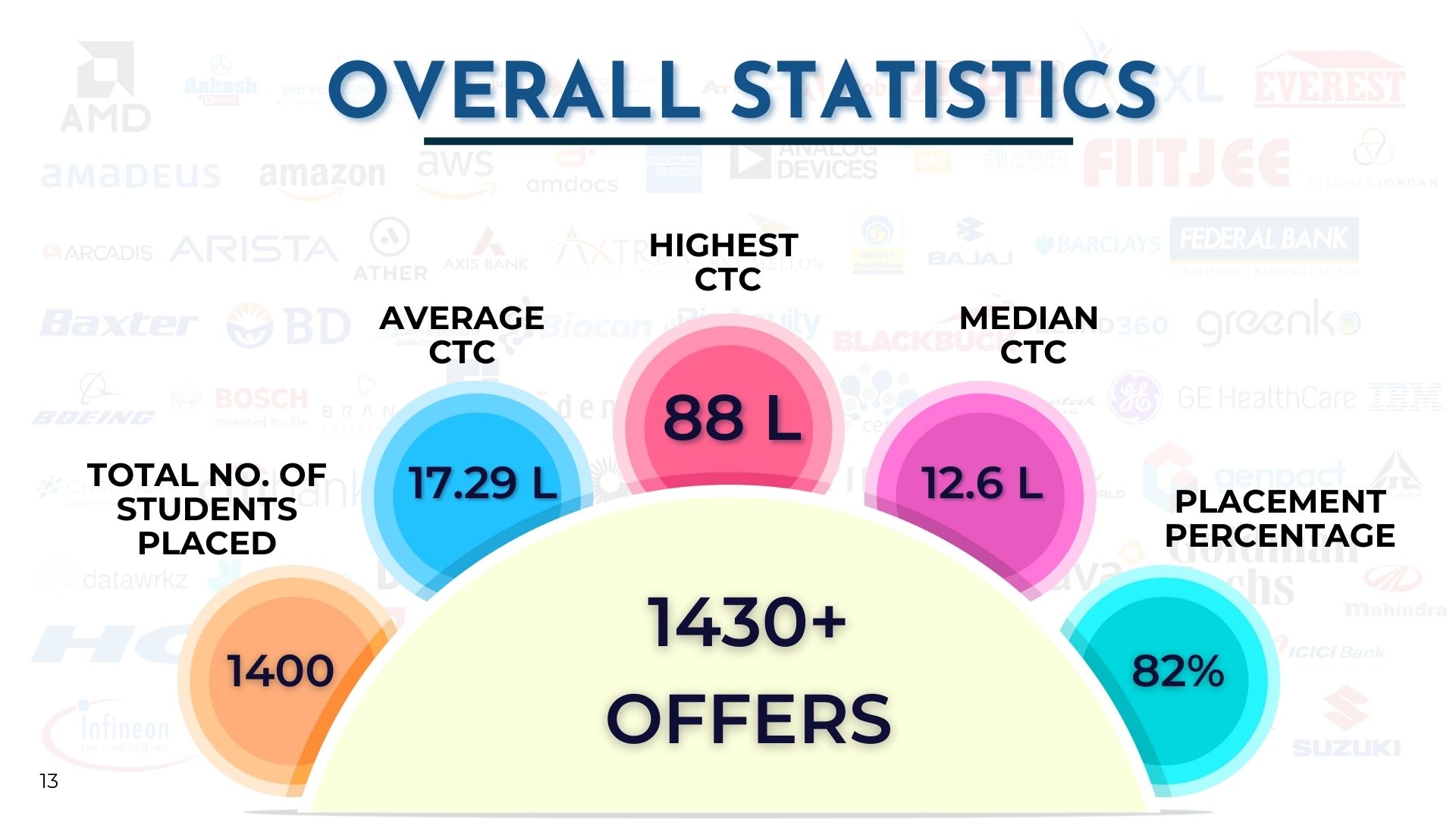
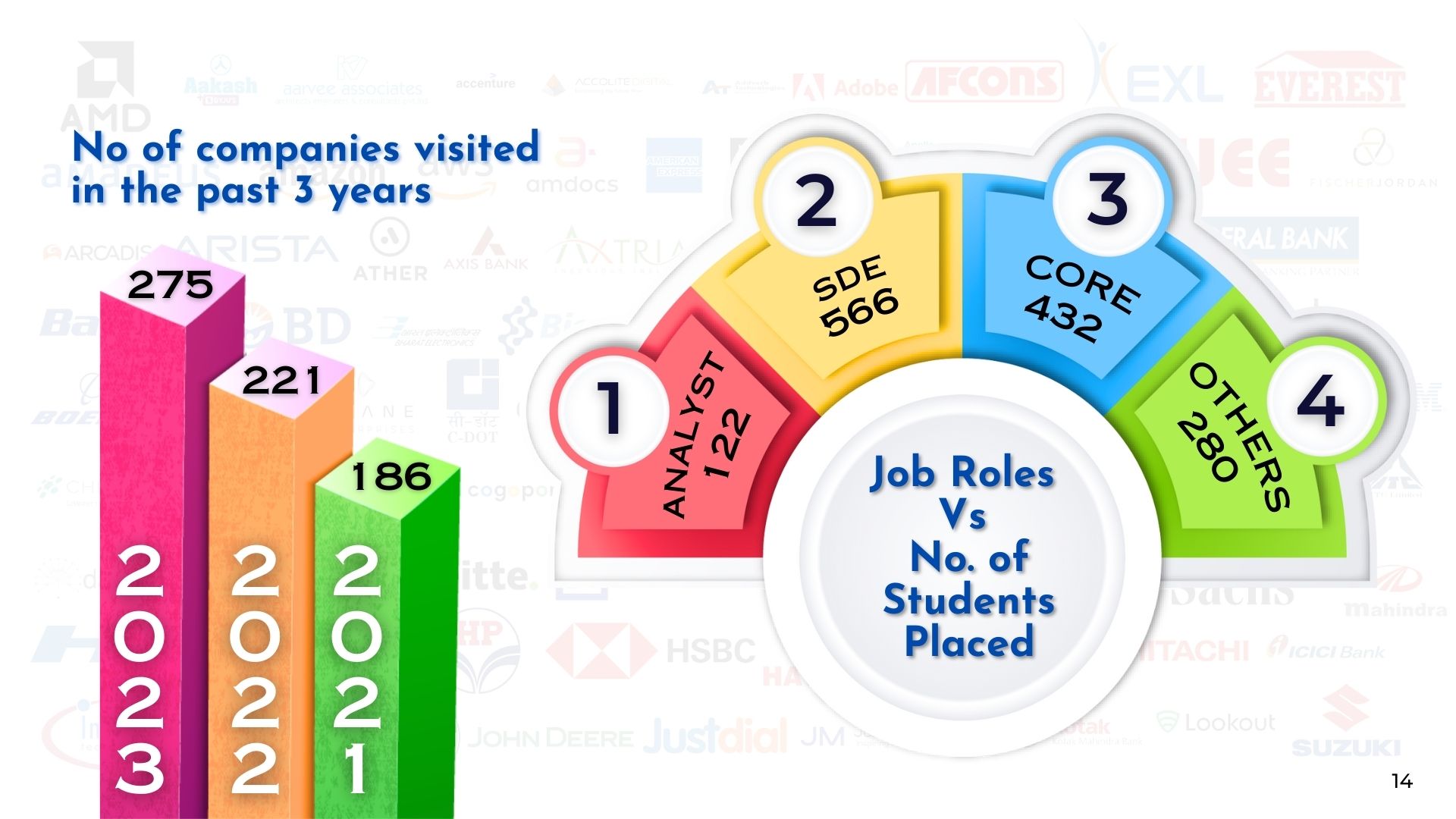
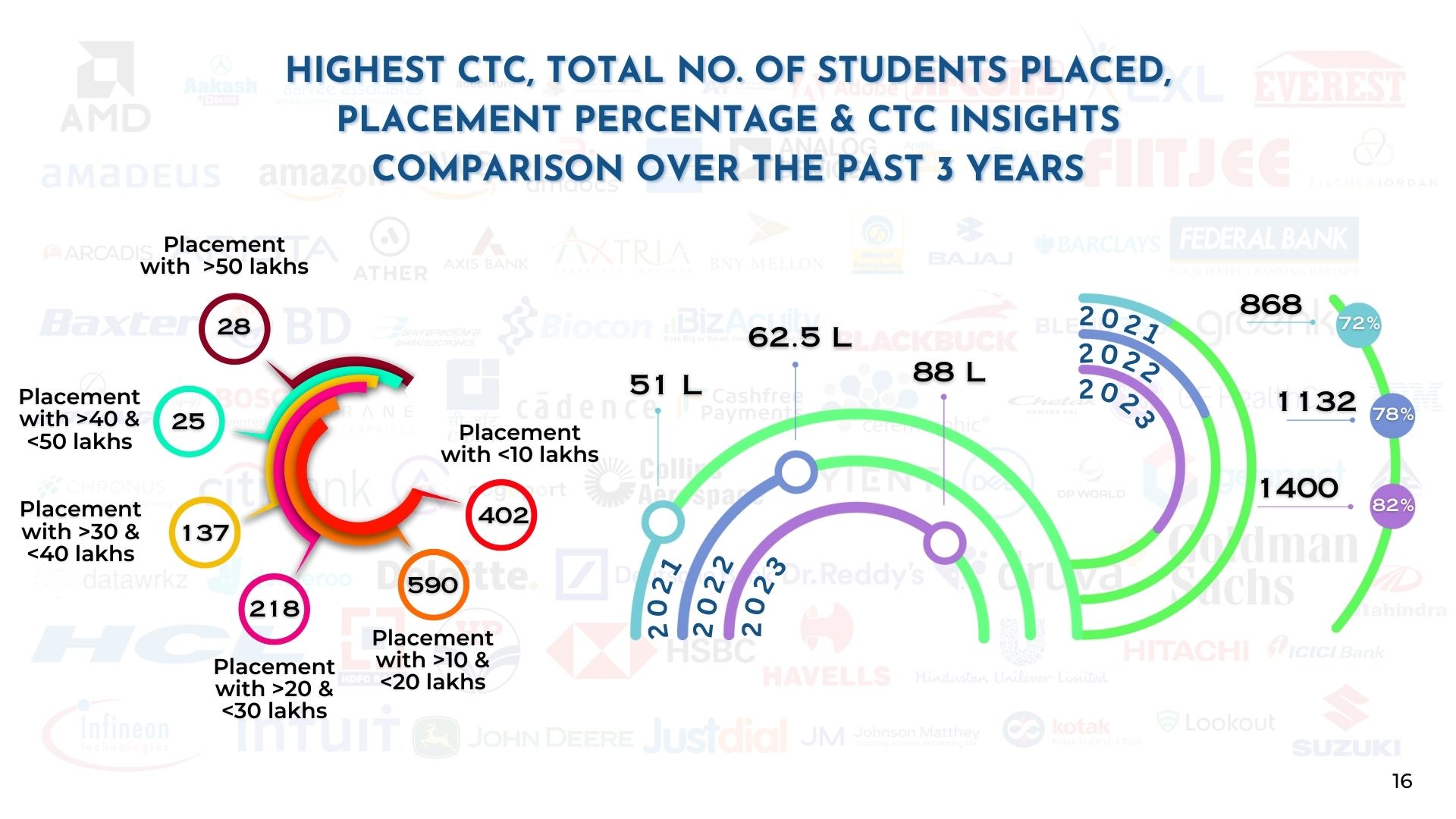
Research Highlights
Patents/ Technology Transfer/ Startup
Recent Publications
Sponsored Projects
Our Numbers
10025+
Publications
125+
Patents Filed
55+
Patent Granted
77895+
Citations
90+
MOUs
29
Startup
1200+
PhD Produced
325+
Faculties
315+
Staffs
7900+
Students
14
Departments
7
Research Centres
Student Accolades
GoI Event Initiatives

Ek Ped Maa Ke Nam 2024

Ek Ped Maa Ke Nam 2024

Swachhata Campaign 2024

Swachhata Pledge 2024

Swachhata Pakhwada 2024

Swachhata Pakhwada 2024

Swachhata Pakhwada 2024

Har Ghar Tiranga 2024

Yoga 2024

Ek Ped Maa Ke Nam 2024

Ek Ped Maa Ke Nam 2024

Swachhata Campaign 2024

Swachhata Pledge 2024

Swachhata Pakhwada 2024

Swachhata Pakhwada 2024

Swachhata Pakhwada 2024

Har Ghar Tiranga 2024

Ek Ped Maa Ke Nam 2024

Ek Ped Maa Ke Nam 2024

Swachhata Campaign 2024

Swachhata Pledge 2024

Swachhata Pakhwada 2024

Swachhata Pakhwada 2024

Swachhata Pakhwada 2024

Har Ghar Tiranga 2024

Yoga 2024

Ek Ped Maa Ke Nam 2024

Ek Ped Maa Ke Nam 2024

Swachhata Campaign 2024

Swachhata Pledge 2024

Swachhata Pakhwada 2024

Swachhata Pakhwada 2024

Swachhata Pakhwada 2024

Har Ghar Tiranga 2024

Ek Ped Maa Ke Nam 2024

Ek Ped Maa Ke Nam 2024

Swachhata Campaign 2024

Swachhata Pledge 2024

Swachhata Pakhwada 2024

Swachhata Pakhwada 2024

Swachhata Pakhwada 2024

Har Ghar Tiranga 2024

Yoga 2024

Ek Ped Maa Ke Nam 2024

Ek Ped Maa Ke Nam 2024

Swachhata Campaign 2024

Swachhata Pledge 2024

Swachhata Pakhwada 2024

Swachhata Pakhwada 2024

Swachhata Pakhwada 2024

Har Ghar Tiranga 2024

Ek Ped Maa Ke Nam 2024

Ek Ped Maa Ke Nam 2024

Swachhata Campaign 2024

Swachhata Pledge 2024

Swachhata Pakhwada 2024

Swachhata Pakhwada 2024

Swachhata Pakhwada 2024

Har Ghar Tiranga 2024

Yoga 2024

Ek Ped Maa Ke Nam 2024

Ek Ped Maa Ke Nam 2024

Swachhata Campaign 2024

Swachhata Pledge 2024

Swachhata Pakhwada 2024

Swachhata Pakhwada 2024

Swachhata Pakhwada 2024

Har Ghar Tiranga 2024

Ek Ped Maa Ke Nam 2024

Ek Ped Maa Ke Nam 2024

Swachhata Campaign 2024

Swachhata Pledge 2024

Swachhata Pakhwada 2024

Swachhata Pakhwada 2024

Swachhata Pakhwada 2024

Har Ghar Tiranga 2024

Yoga 2024

Ek Ped Maa Ke Nam 2024

Ek Ped Maa Ke Nam 2024

Swachhata Campaign 2024

Swachhata Pledge 2024

Swachhata Pakhwada 2024

Swachhata Pakhwada 2024

Swachhata Pakhwada 2024

Har Ghar Tiranga 2024
Campus Bulletin

9th International Yoga Day
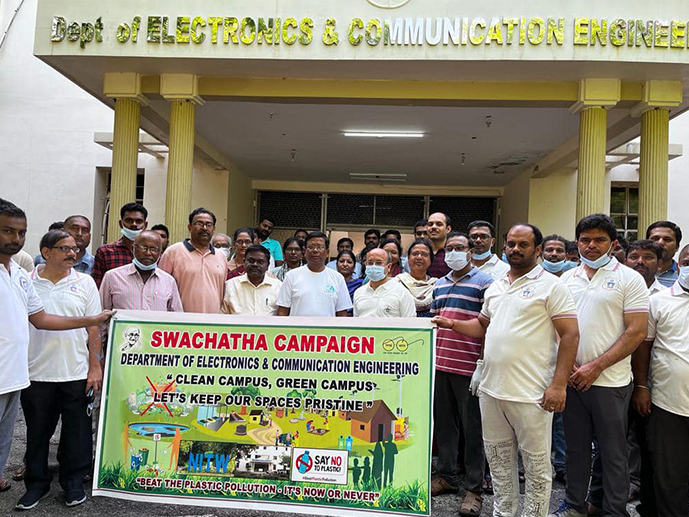
Department of ECE conducted cleaning drive in connection to the Swachatha Campaign
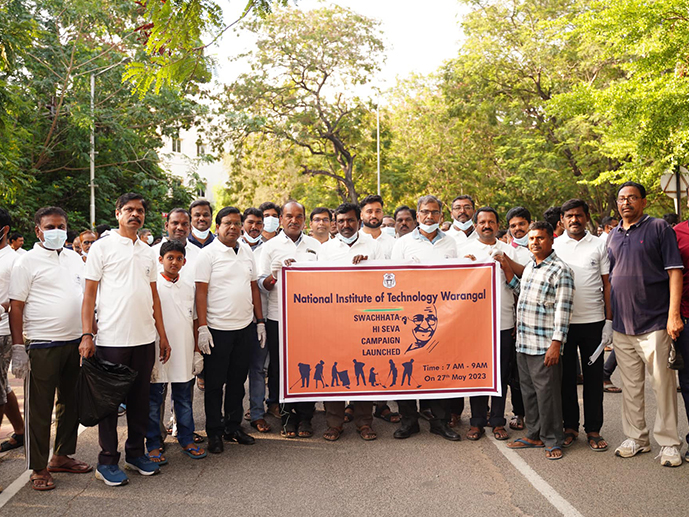
Swacchata Campaign on 27th May, 2023
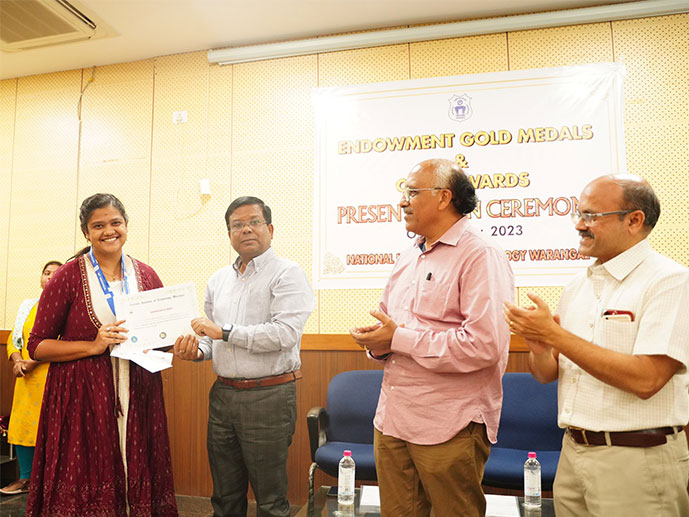
Endowment Awards Presentation Ceremony 2023
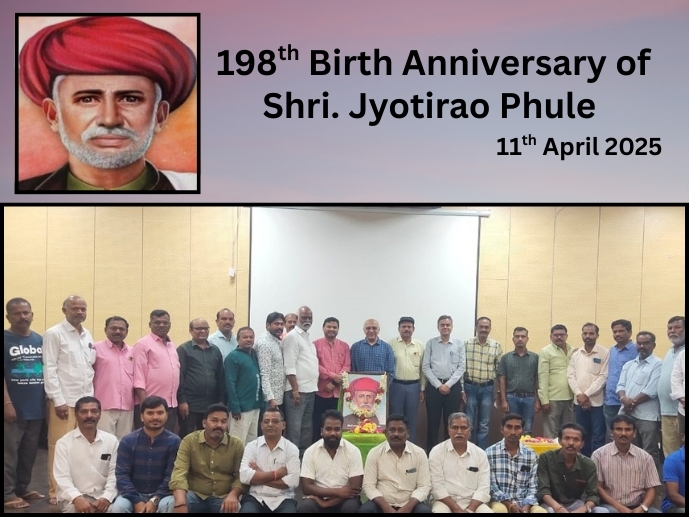
jyotirao_phule
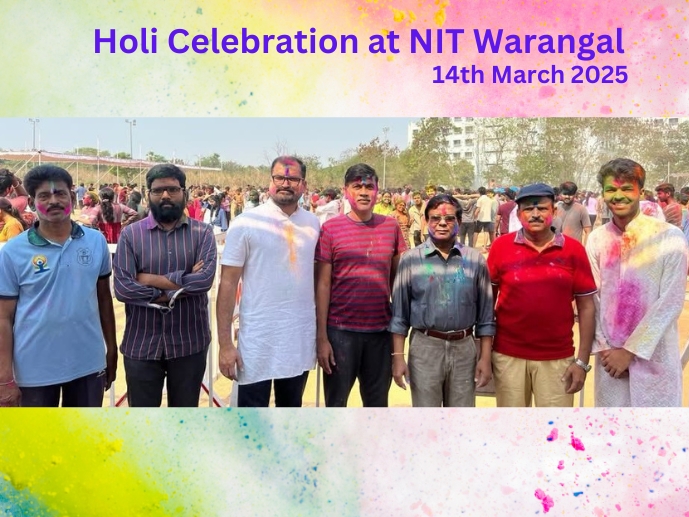
Holi Celebration
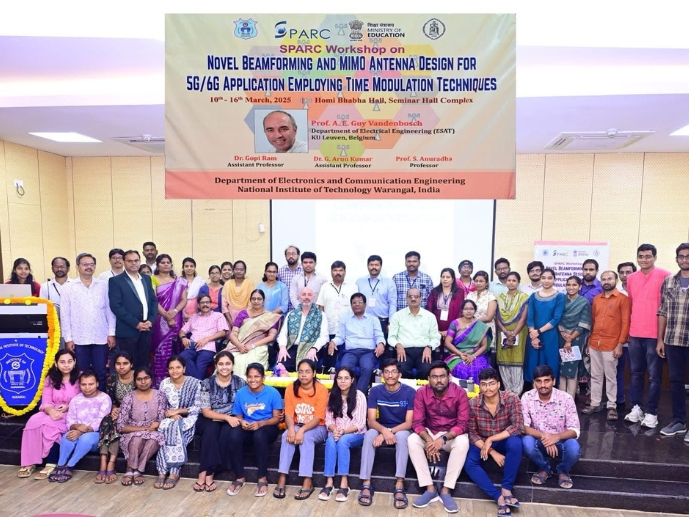
SPARC Workshop on "NOVEL BEAMFORMING AND MIMO ANTENNA DESING FOR 5G/6G APPLICATION EMPLOYING TIME MODULATION TECHNIQUES
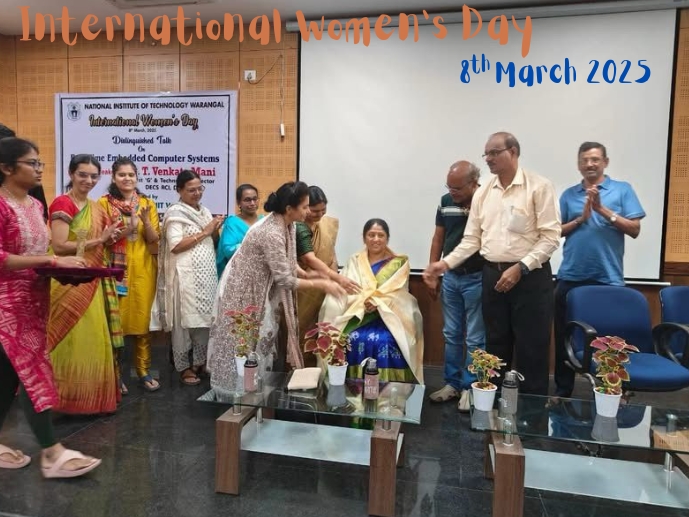
International Women's Day
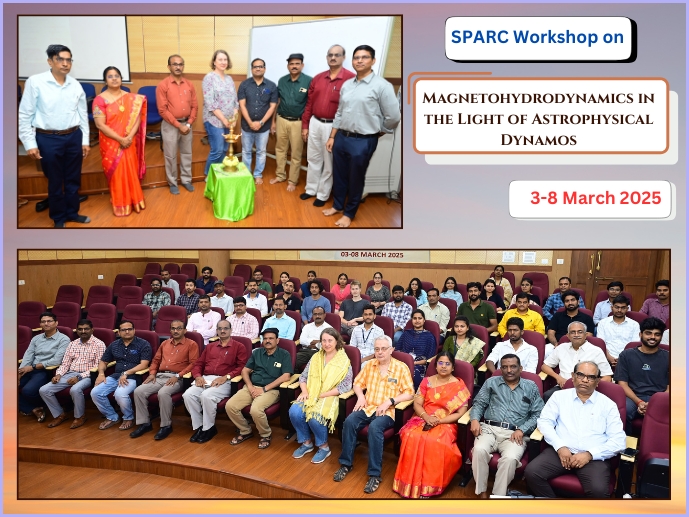
One week SPARC Workshop "Magnetohydrodynamics in the light of Astrophysical Dynamos"

ENVIRONMENTAL SUSTAINABILITY (ES-2025) on 10-02-2025
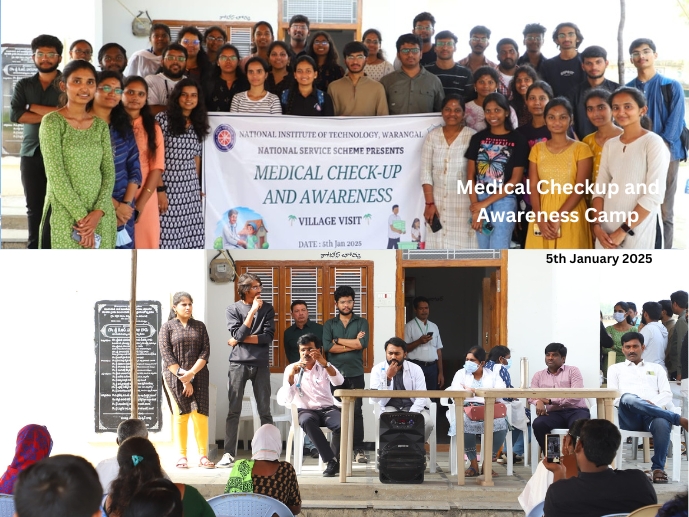
Medical Checkup and Awareness Camp
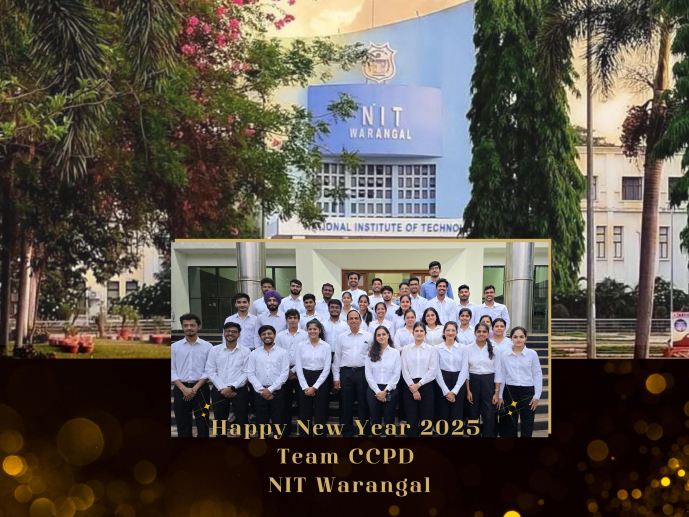
Happy New Year 2025- Team CCPD, NIT Warangal
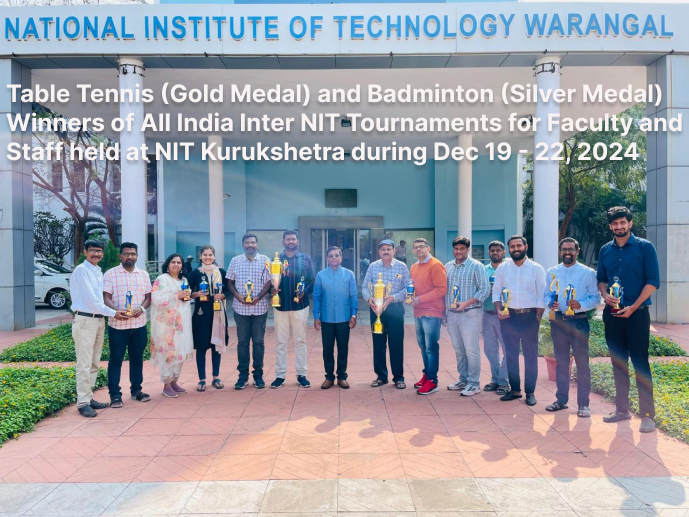
NIT Tournaments for Faculty and Staff
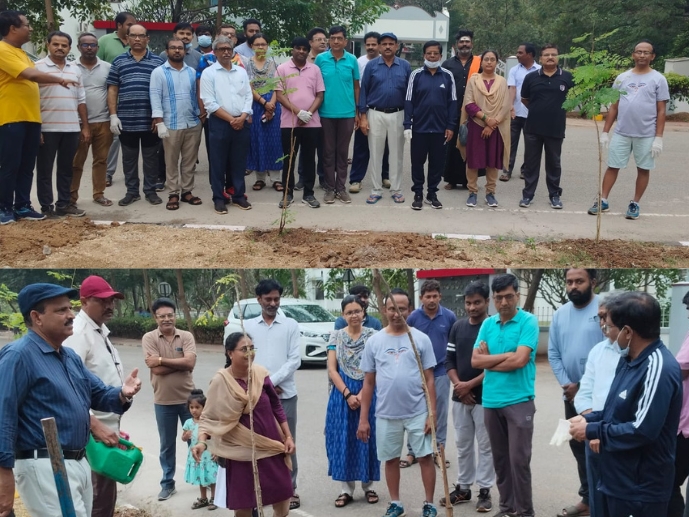
Swachhata Campaign and Plantation Drive on 07-12-24
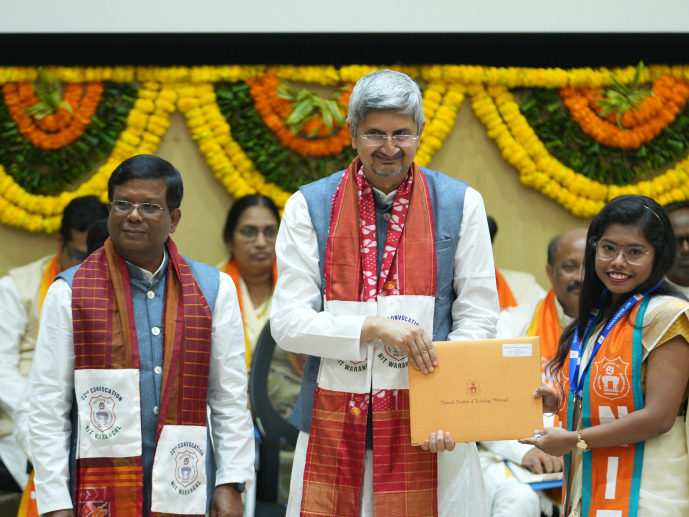
22nd Convocation 2024
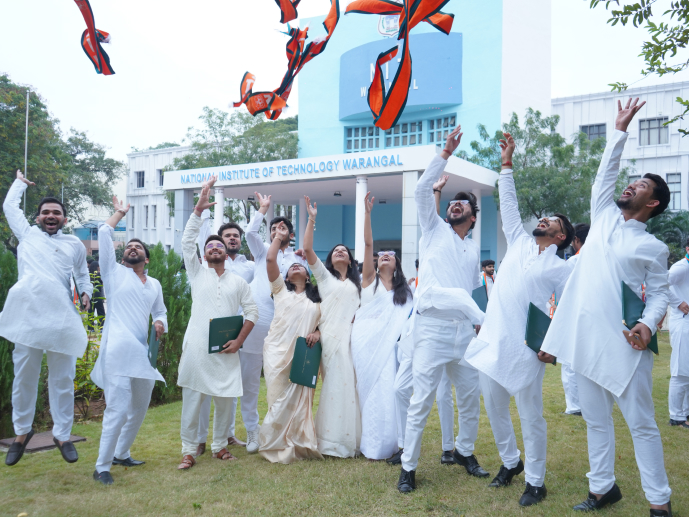
22nd Convocation 2024
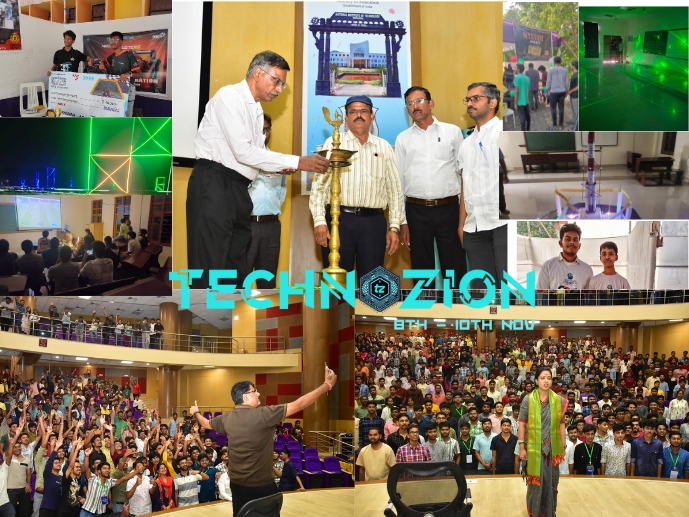
Technozion-2024
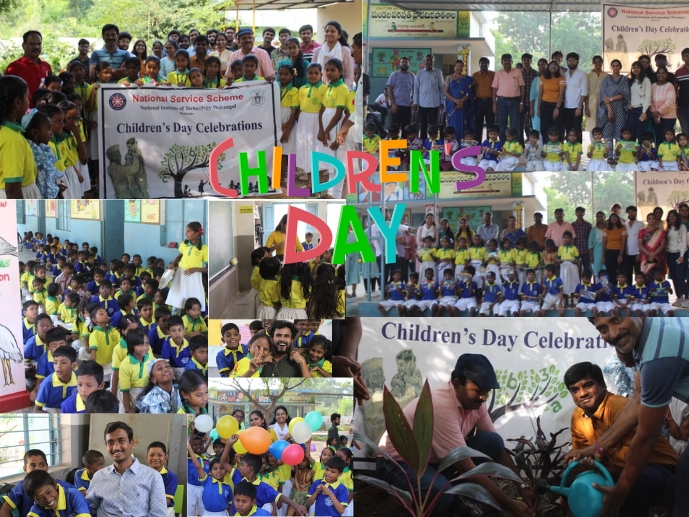
Children's Day Celebrations 2024
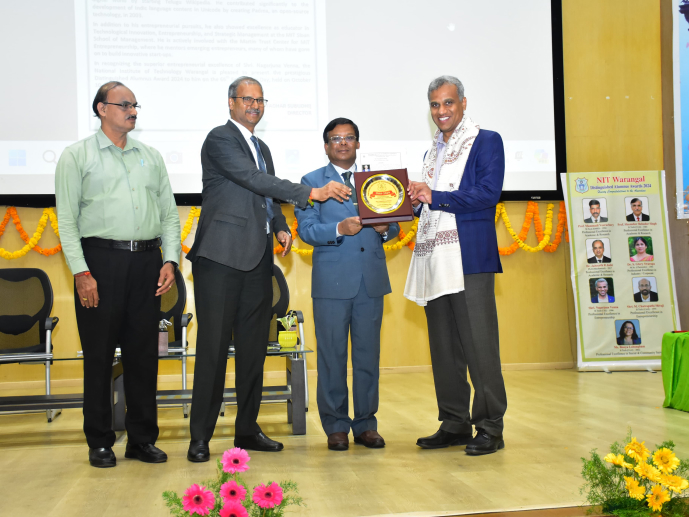
66th Foundation Day Celebration
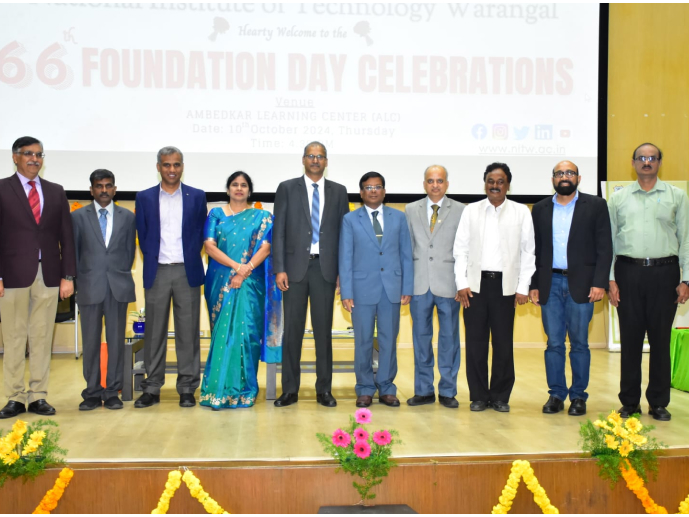
66th Foundation Day Celebration
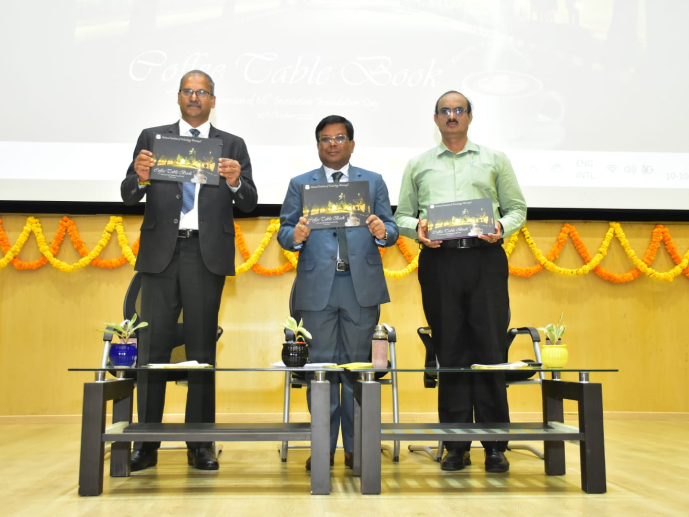
66th Foundation Day Celebration

66th Foundation Day Celebration

66th Foundation Day Celebration
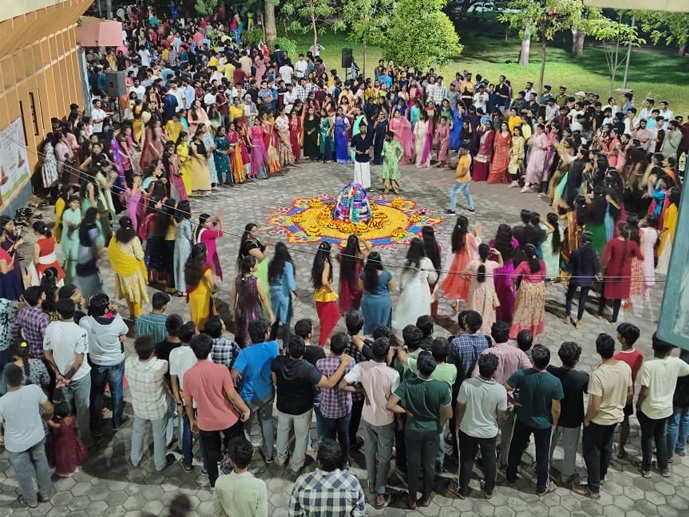
Bathukamma & Dandiya
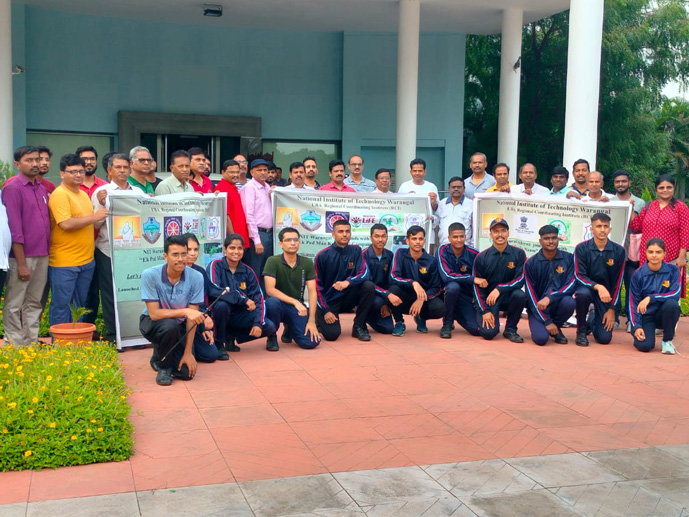
Ek Ped Maa Ke Nam

Swachhata Pledge

Swachhata Campaign-2

Ek Ped Maa Ke Nam
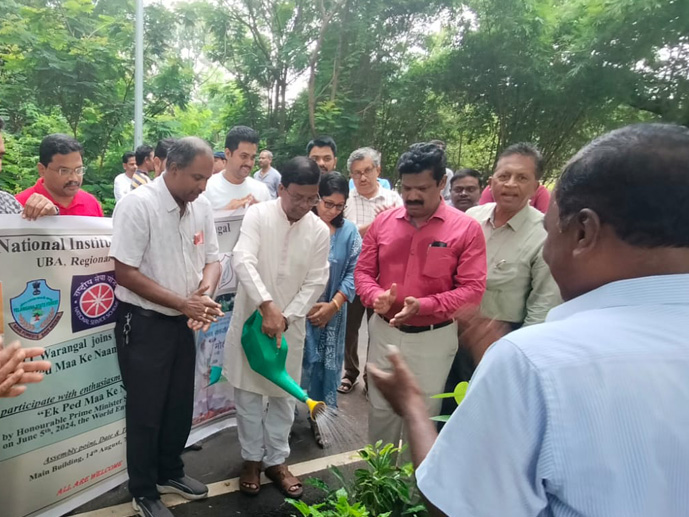
Ek Ped Maa Ke Nam
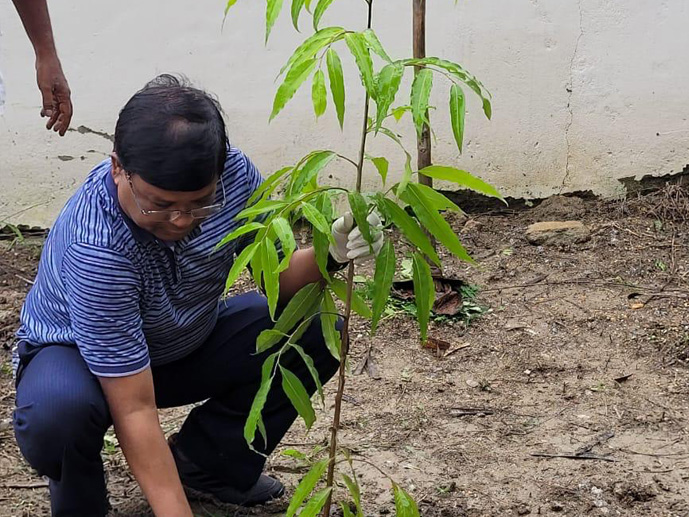
Swachhata Campaign-1
_2024-9-9-10-2-23.jpg)
Celebration of National Sports Week (26th to 31st August 2024)
_2024-9-9-10-6-19.jpg)
Celebration of National Sports Week (26th to 31st August 2024)
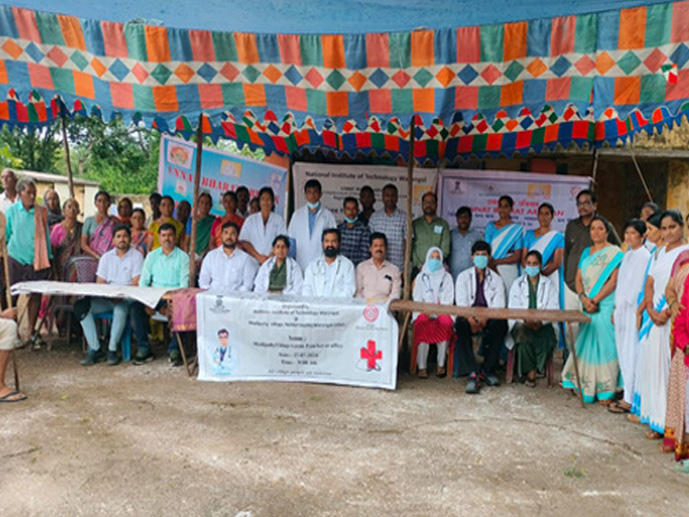
Medical Camp
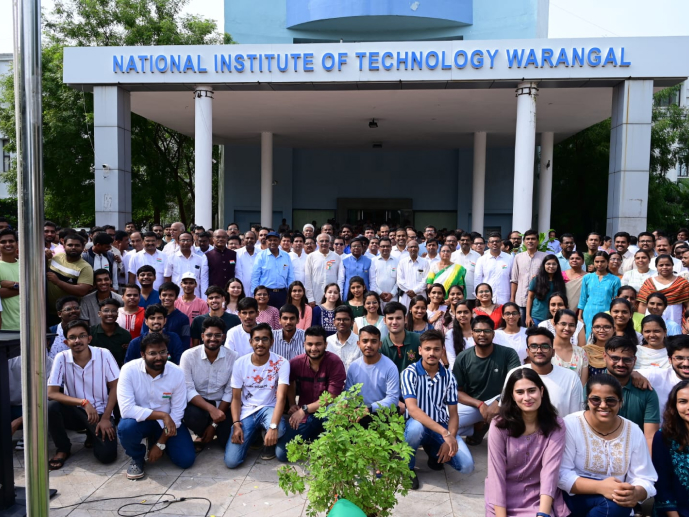
78th Independence Day
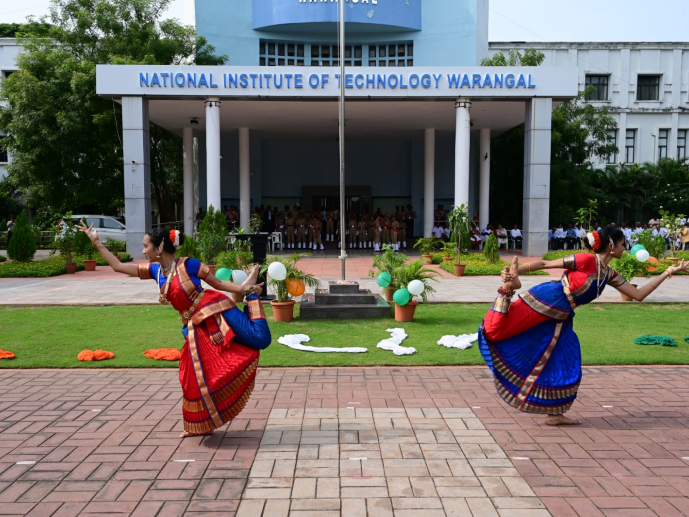
78th Independence Day
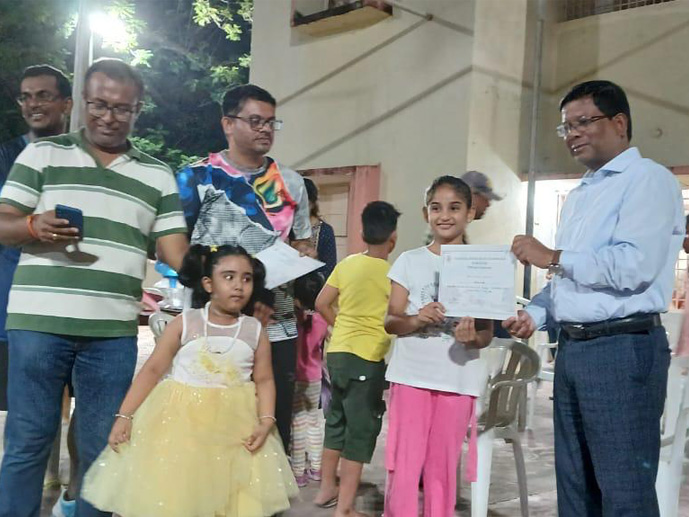
Painting Competition on 13-08-2024
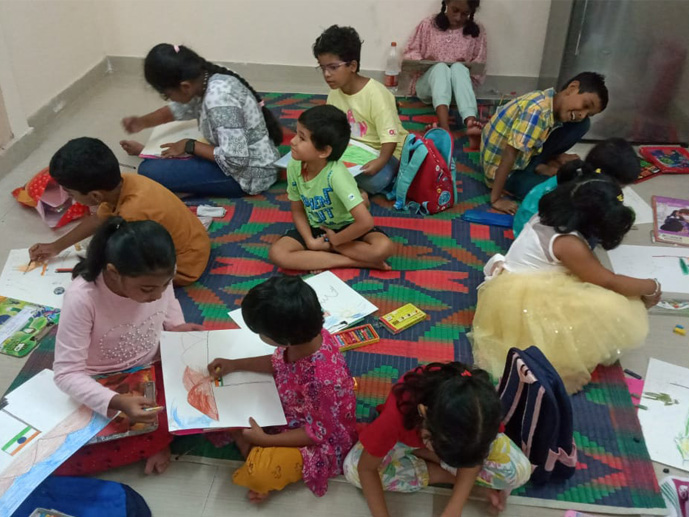
Painting Competition on 13-08-2024
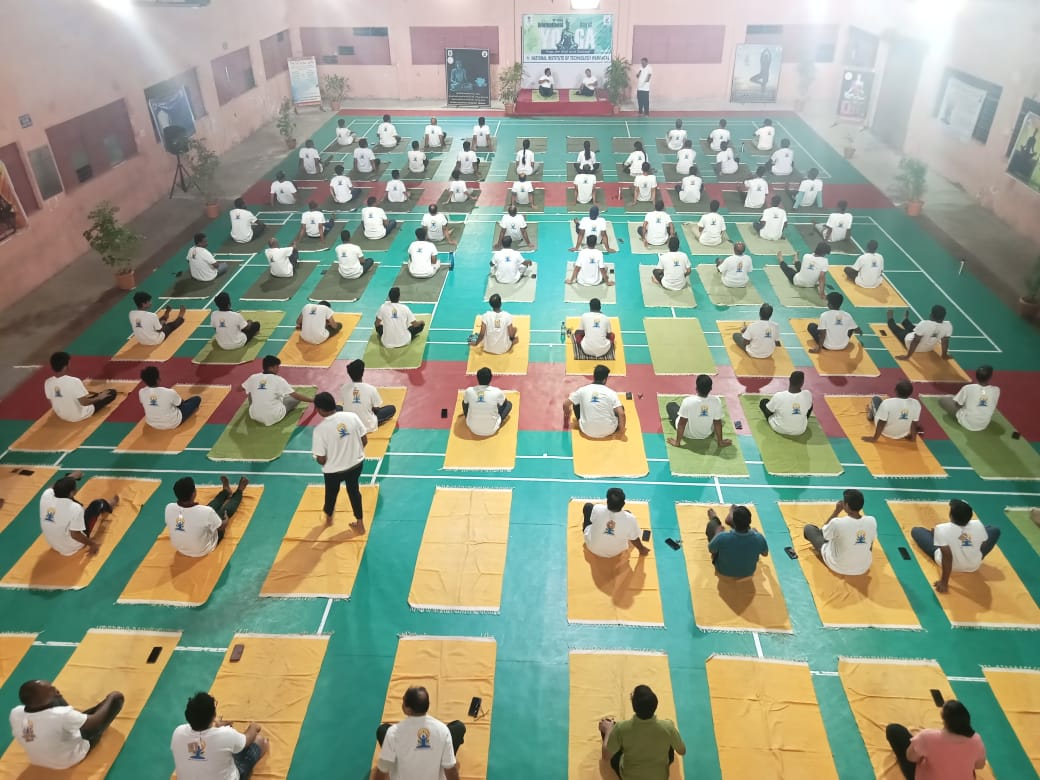
International Day of Yoga 2024
_2024-5-22-11-50-57.jpg)
Welcome to New Faculty (May 21st, 2024)

Kuchipudi Natyakala on 5th April 2024
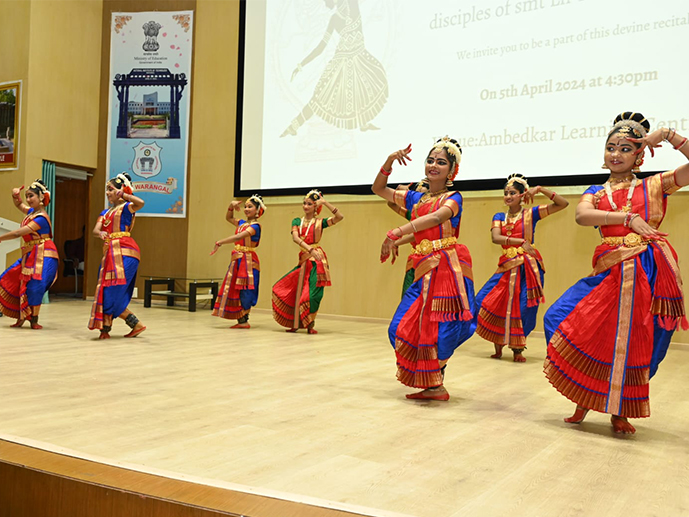
Kuchipudi Natyakala on 5th April 2024

Spring Spree 2024 on 5th April 2024

Spring Spree 2024 on 6th April 2024
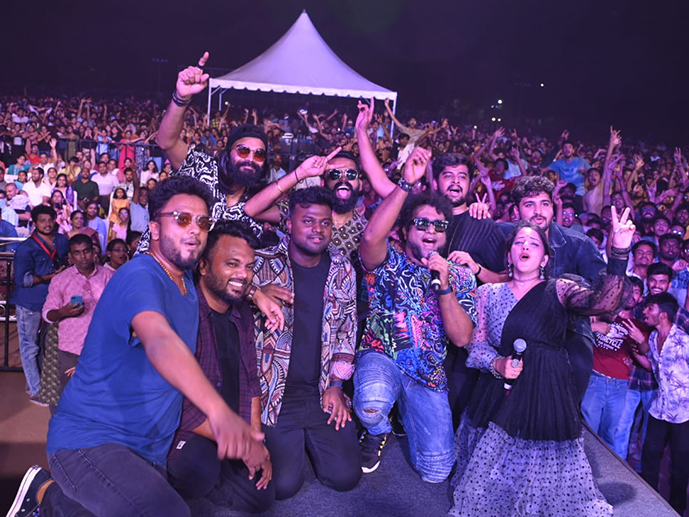
Spring Spree 2024 on 5th April 2024

Spring Spree 2024
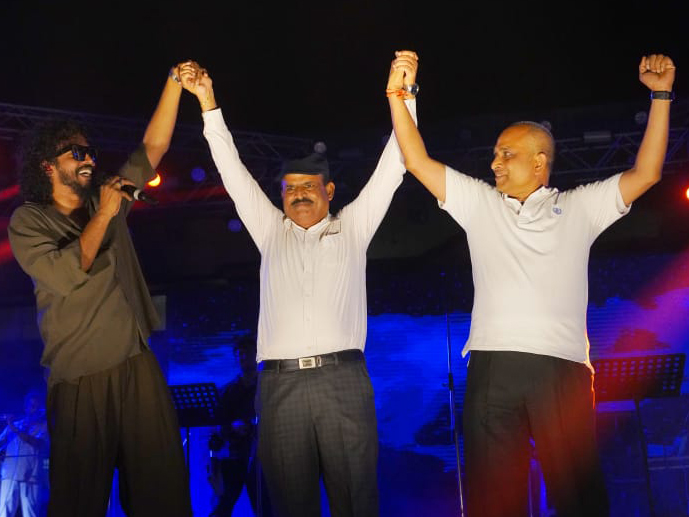
Spring Spree 2024
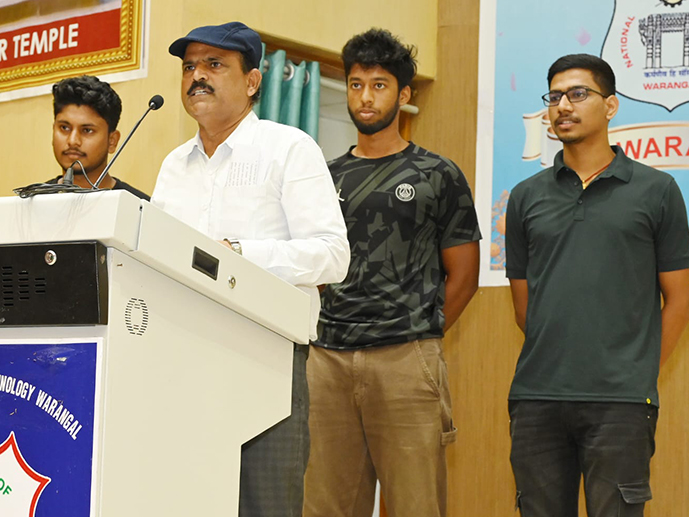
Spring Spree 2024
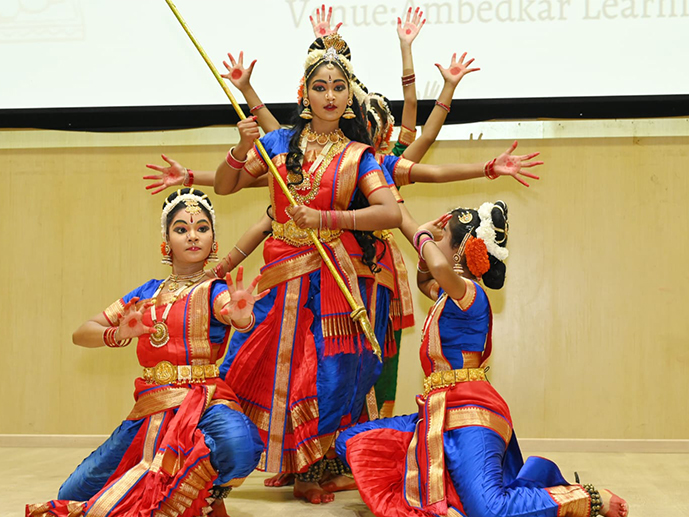
Kuchipudi Natyakala on 5th April 2024
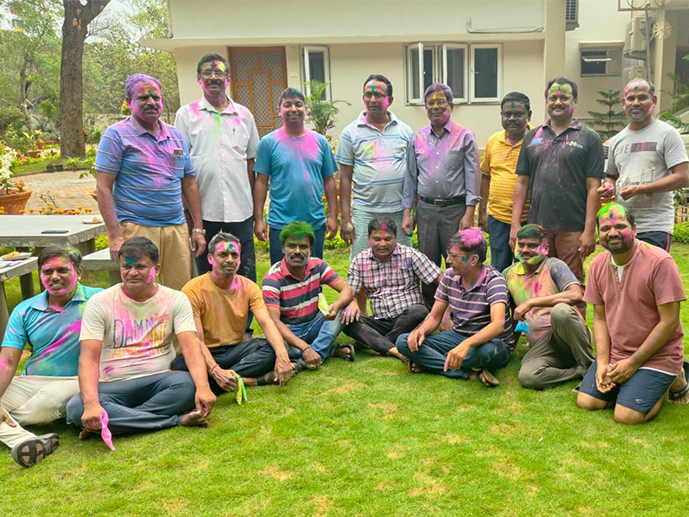
Holi Celebration (March 25, 2024)

Holi Celebration (March 25, 2024)
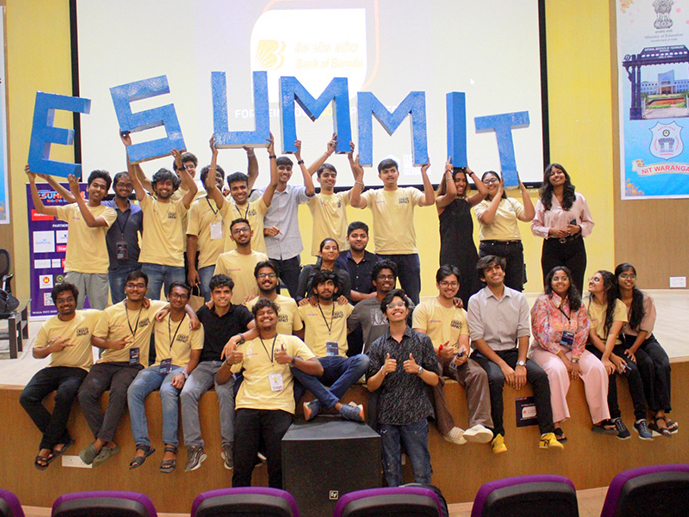
E-Summit (16th - 17th March, 2024)
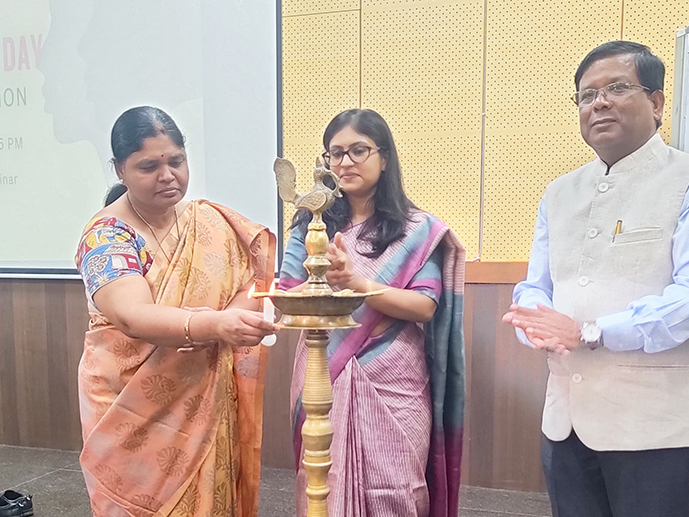
Women's Day Celebrations (8th March, 2024)
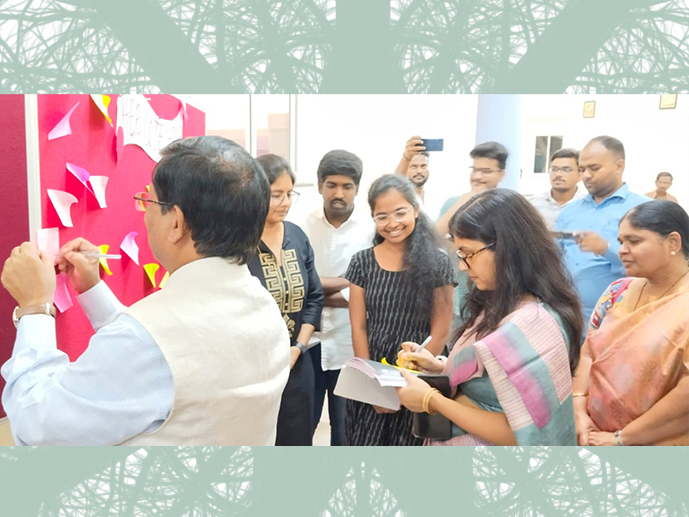
Women's Day Celebrations (8th March, 2024)
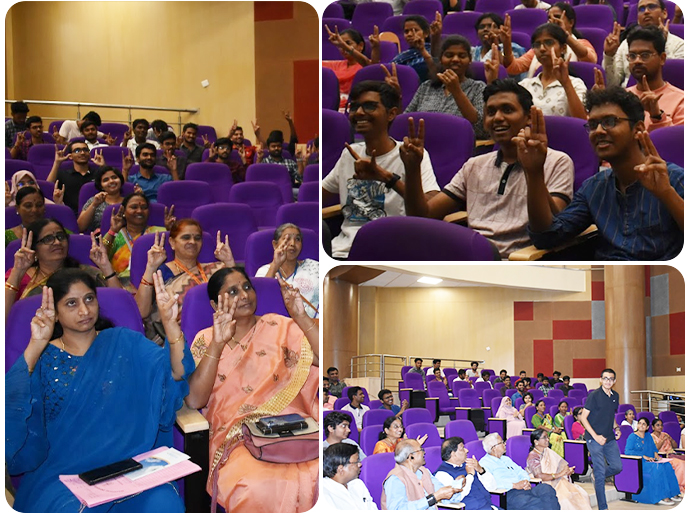
Dhyan Mahotsavam
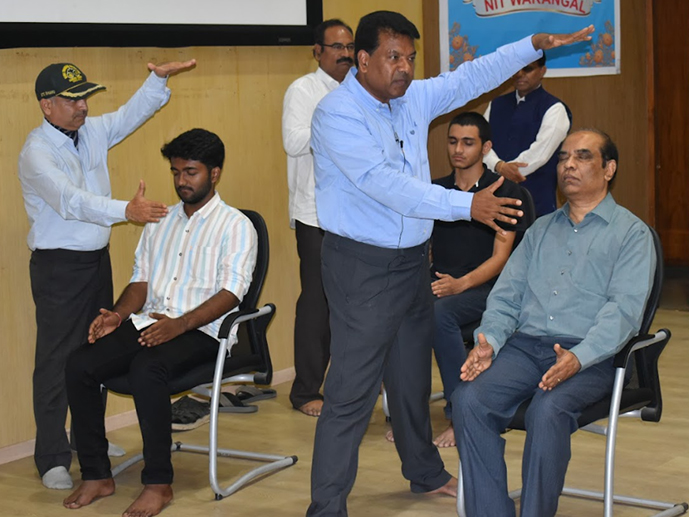
Dhyan Mahotsavam
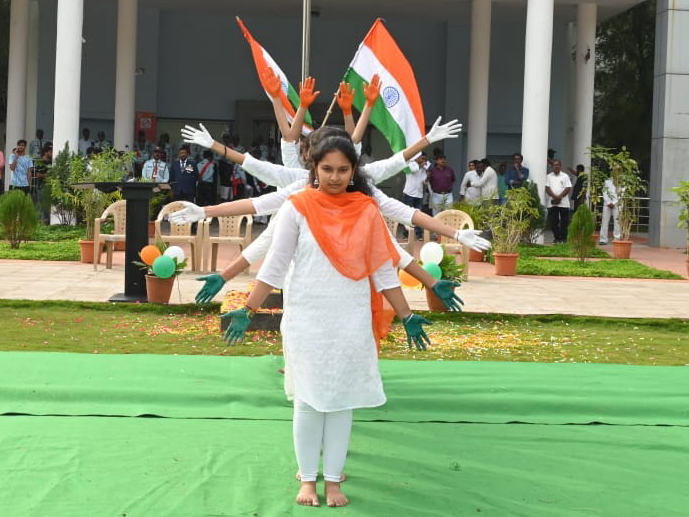
Republic Day Celebration

Republic Day Celebration
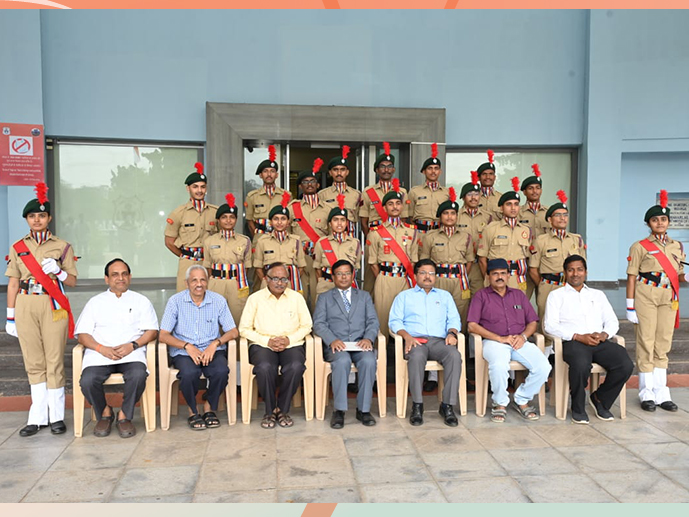
Republic Day Celebration
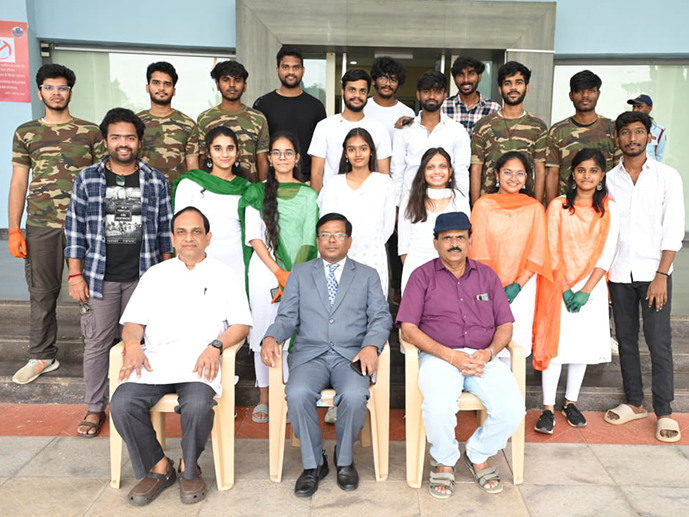
Republic Day Celebration
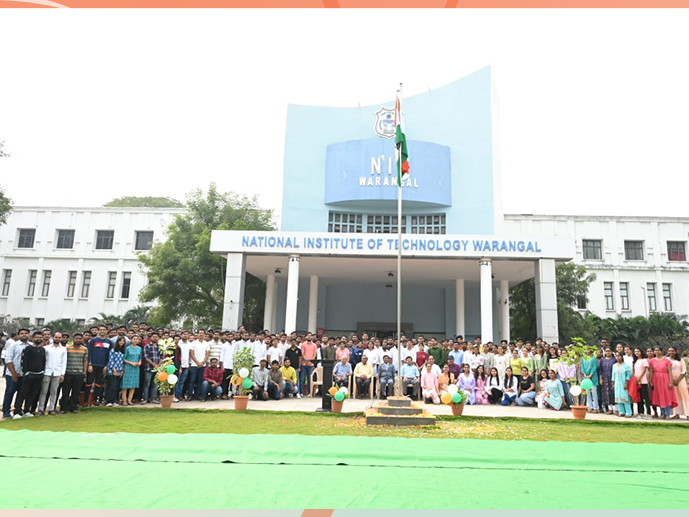
Republic Day Celebration
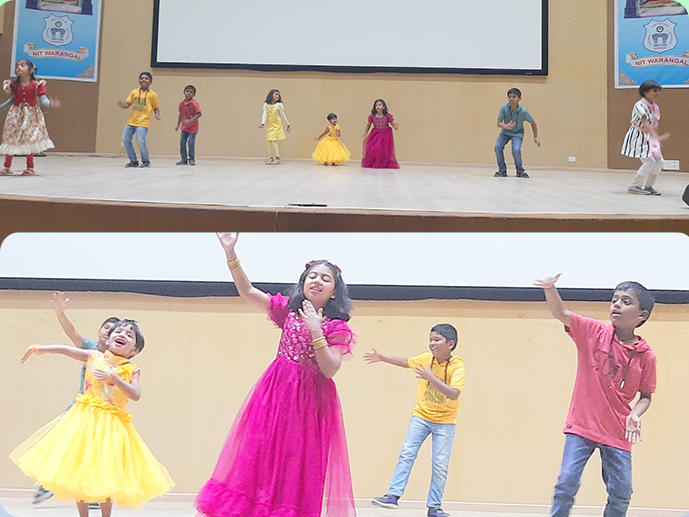
New Year 2024 Celebrations@NITW
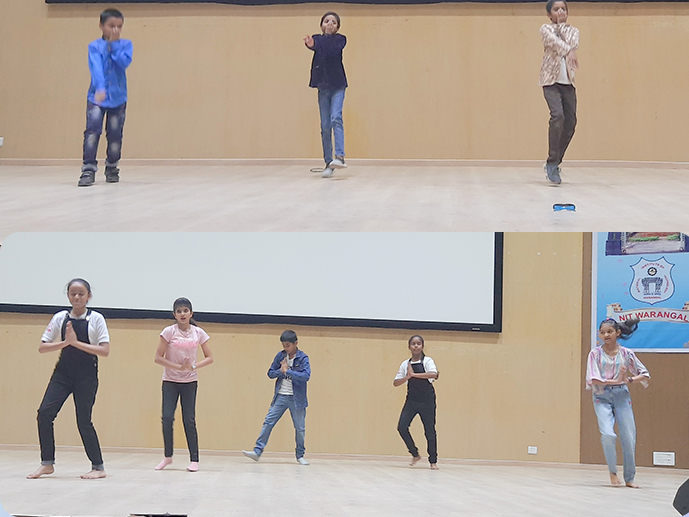
New Year 2024 Celebrations@NITW
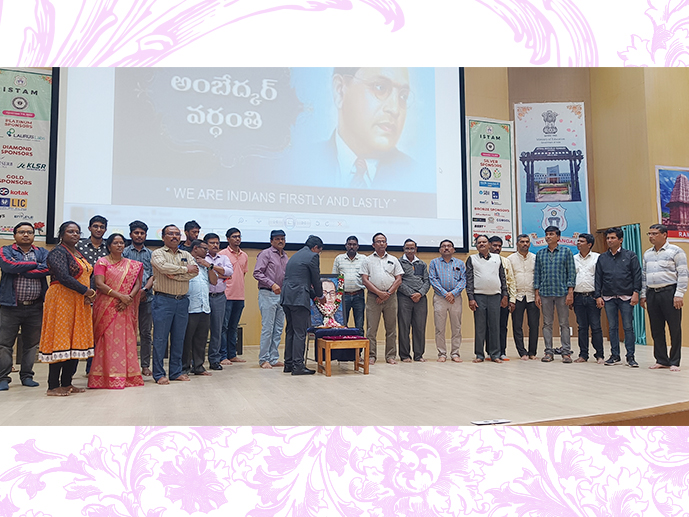
Homage to Babasaheb Dr. Bhim Rao Ambedkar
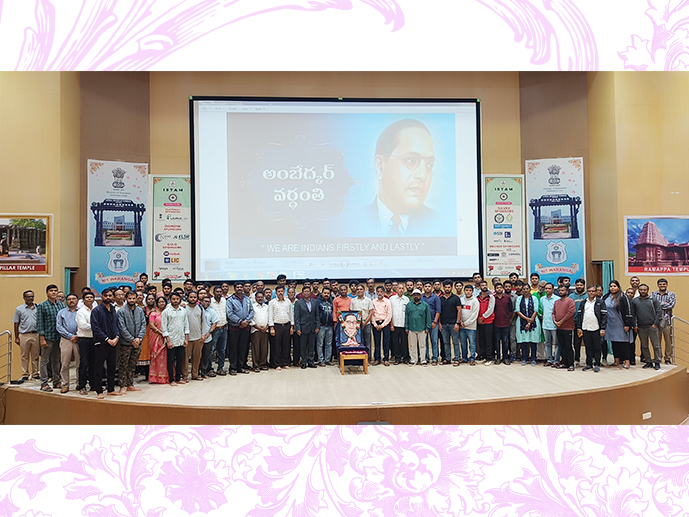
Homage to Babasaheb Dr. Bhim Rao Ambedkar
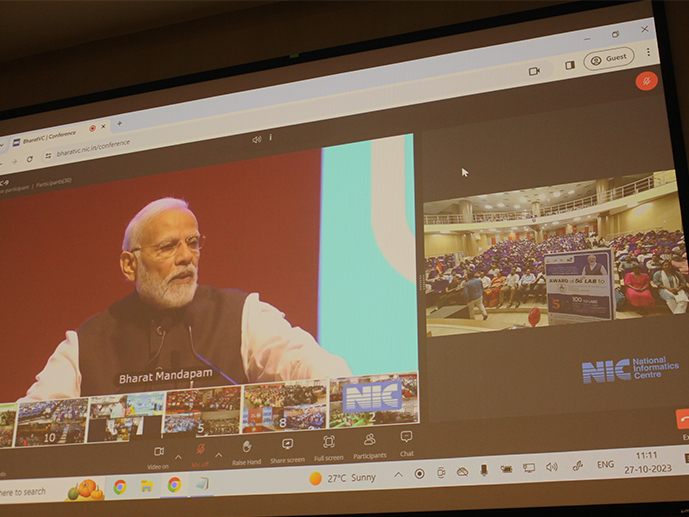
Award of 100 - 5G use case Labs to academic institutions
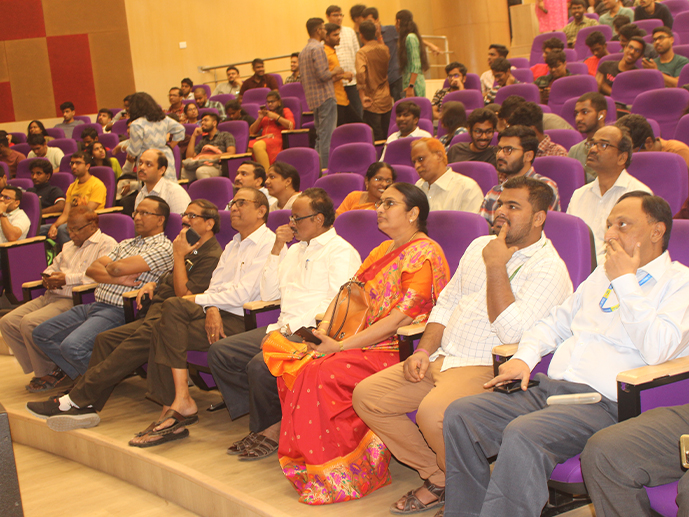
Award of 100 - 5G use case Labs to academic institutions
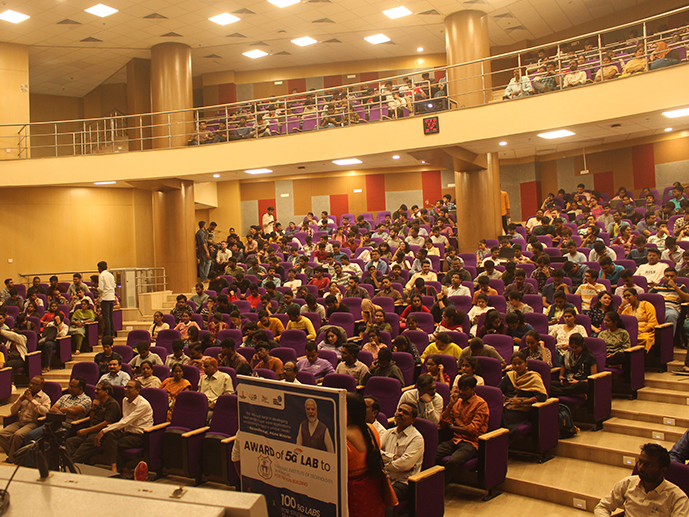
Award of 100 - 5G use case Labs to academic institutions
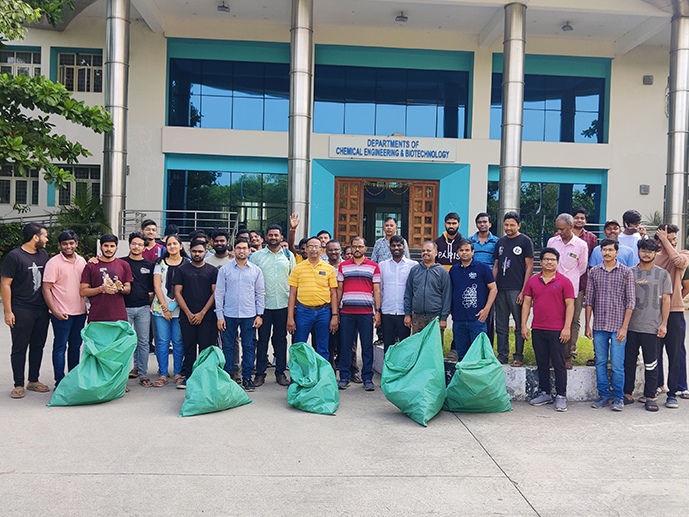
Department of Chemical Engineering organized swachchtha campaign (7th campus cleaning drive)
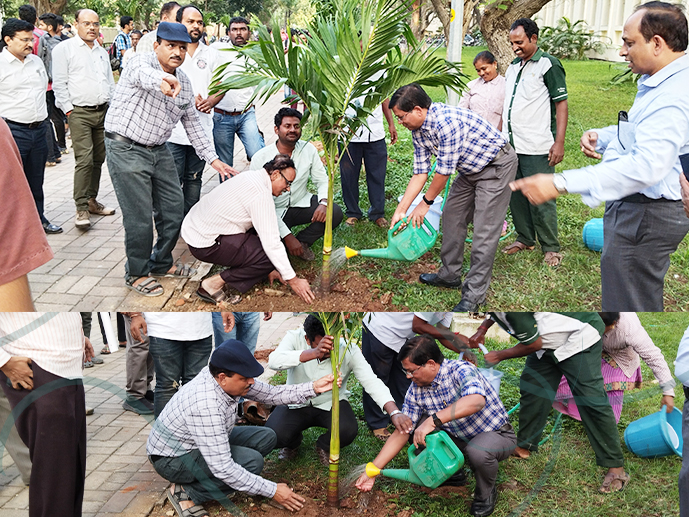
Meri Maati Mera Desh - Tree Plantation
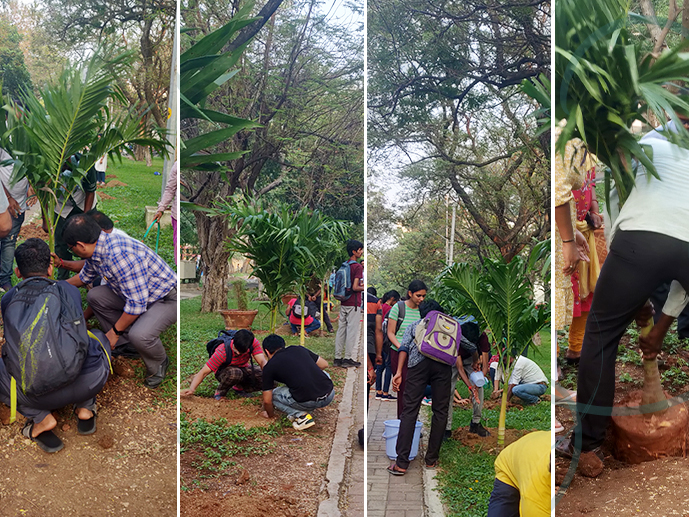
Meri Maati Mera Desh - Tree Plantation
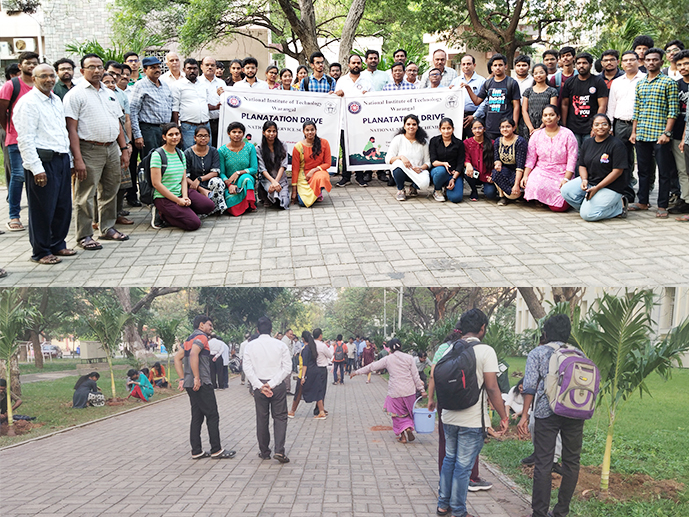
Meri Maati Mera Desh - Tree Plantation
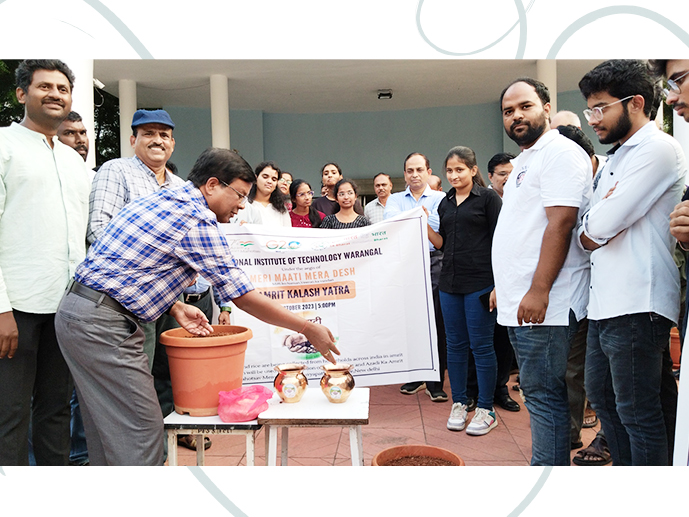
AMRIT KALASH YATRA
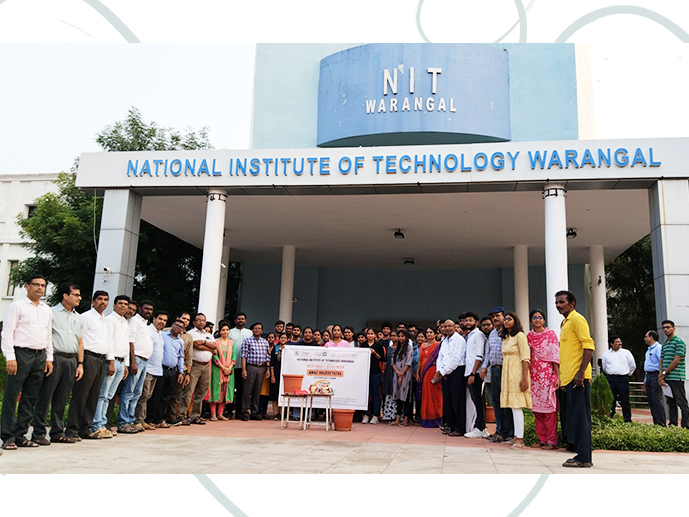
AMRIT KALASH YATRA
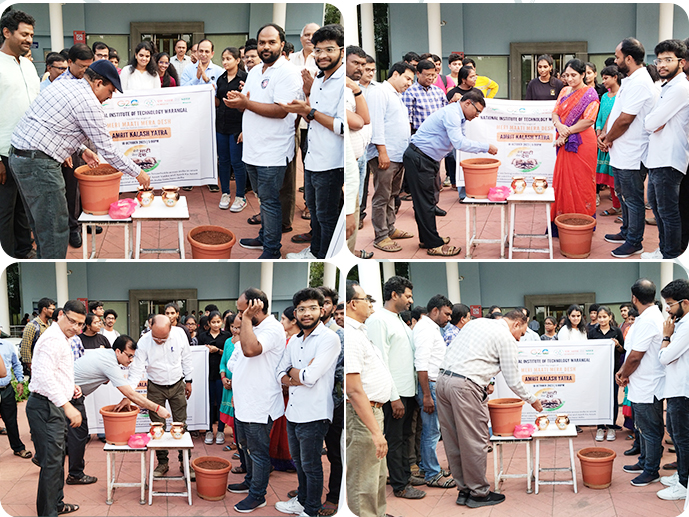
AMRIT KALASH YATRA
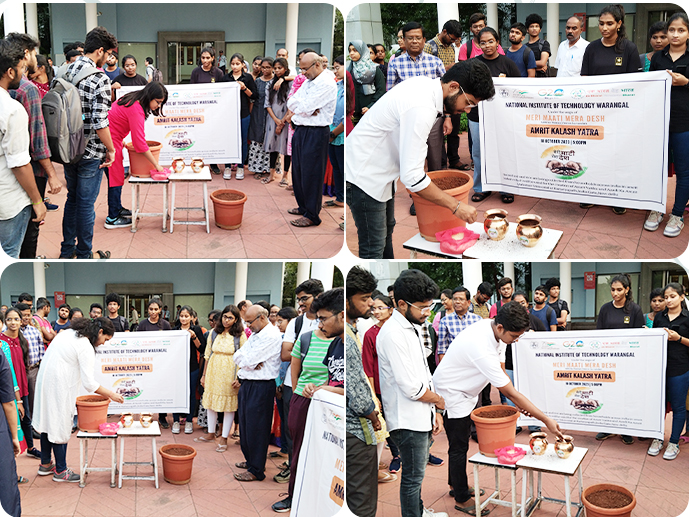
AMRIT KALASH YATRA
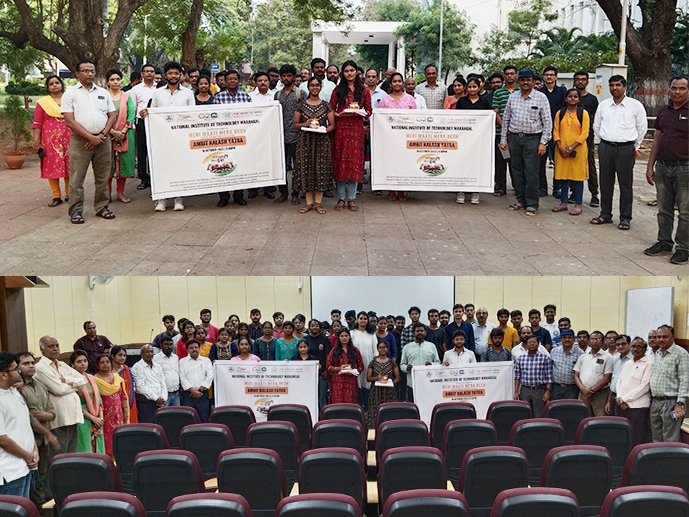
AMRIT KALASH YATRA
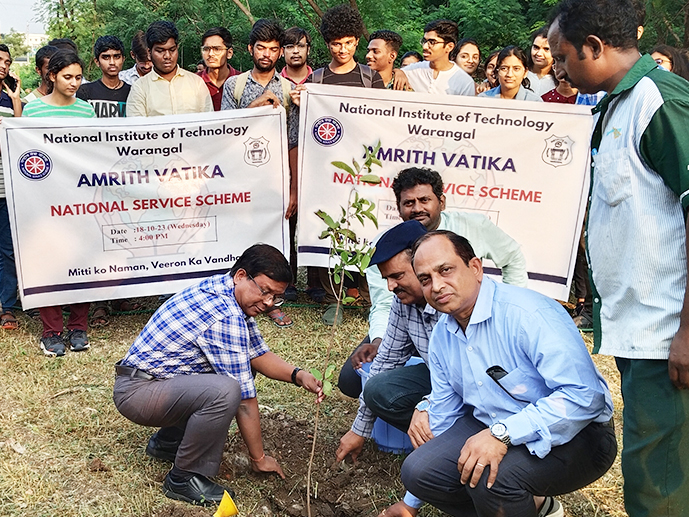
AMRIT VATIKA

AMRIT VATIKA

AMRIT VATIKA

AMRIT VATIKA
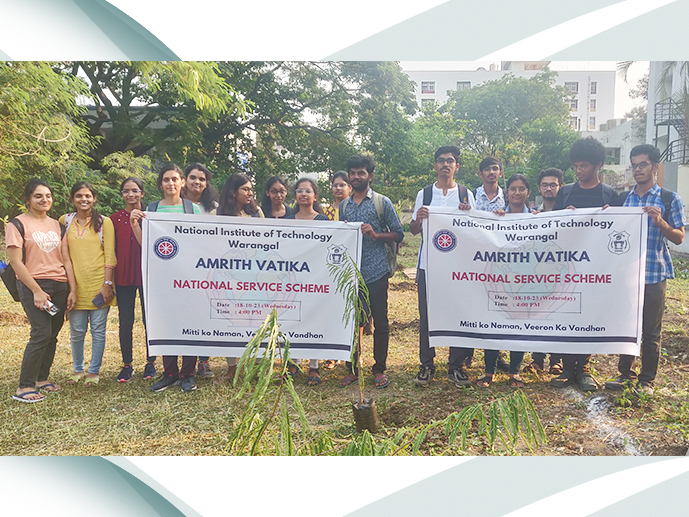
AMRIT VATIKA
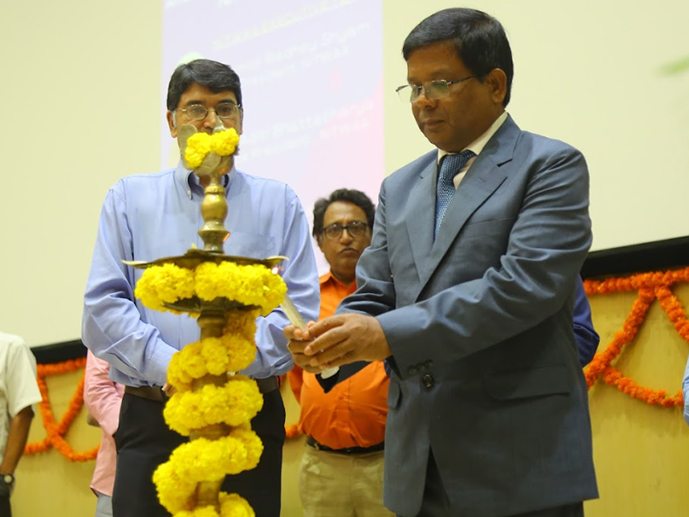
65th Foundation Day
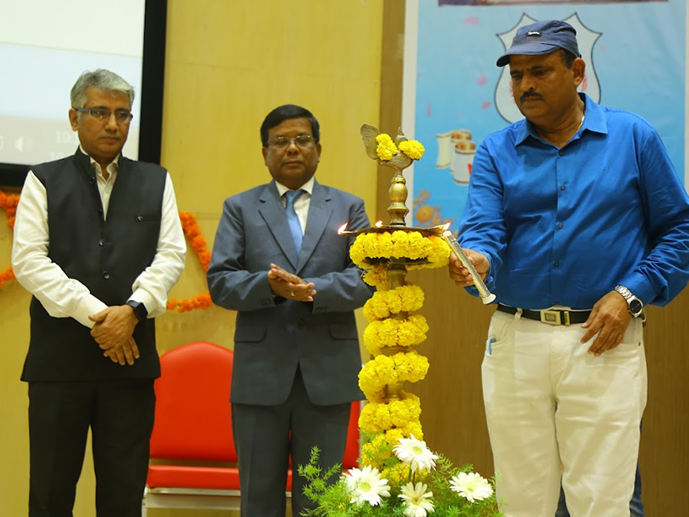
65th Foundation Day

65th Foundation Day
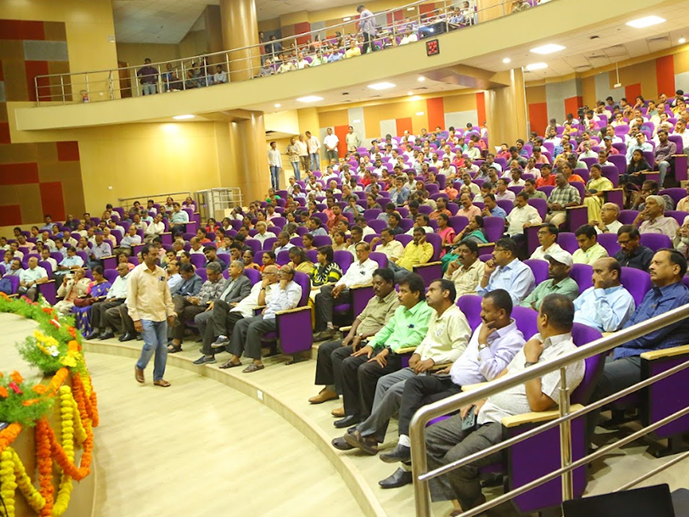
65th Foundation Day
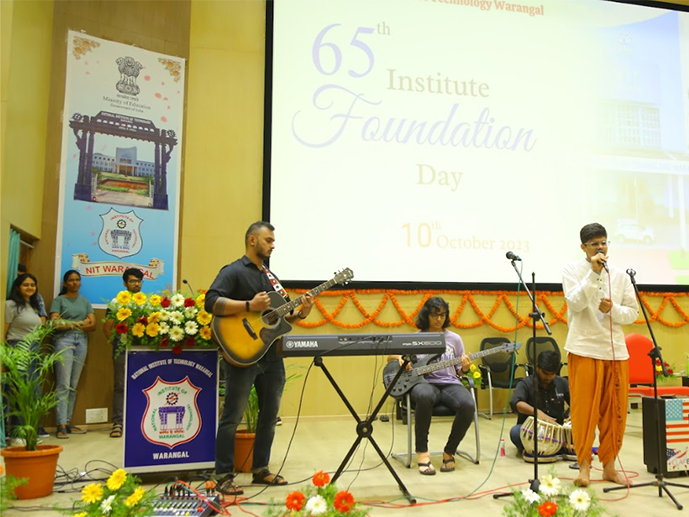
65th Foundation Day
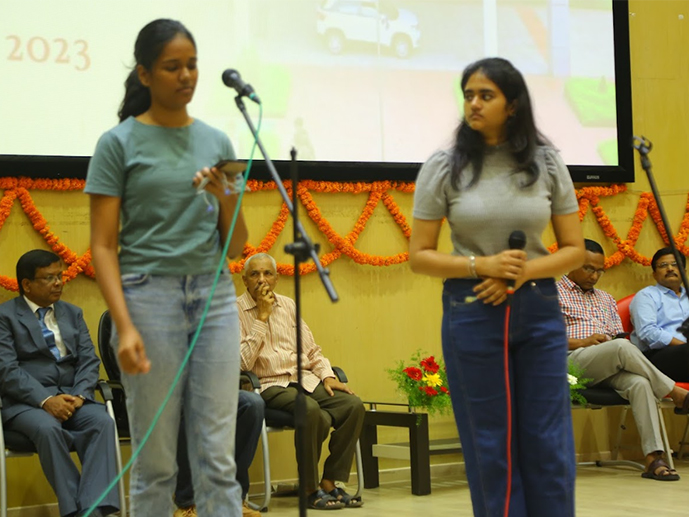
65th Foundation Day
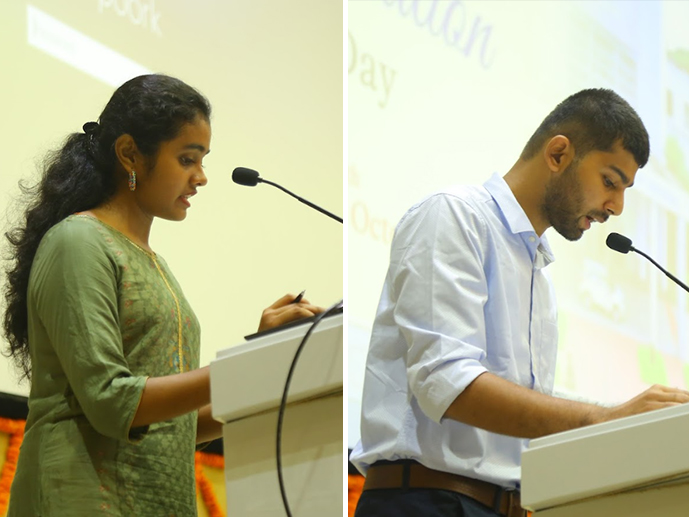
65th Foundation Day
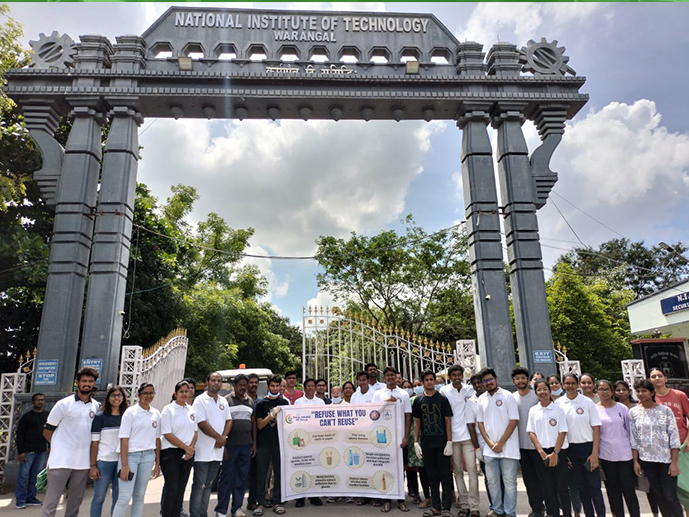
Swachhata Hi Seva - Ek Tareekh - Ek Ghanta
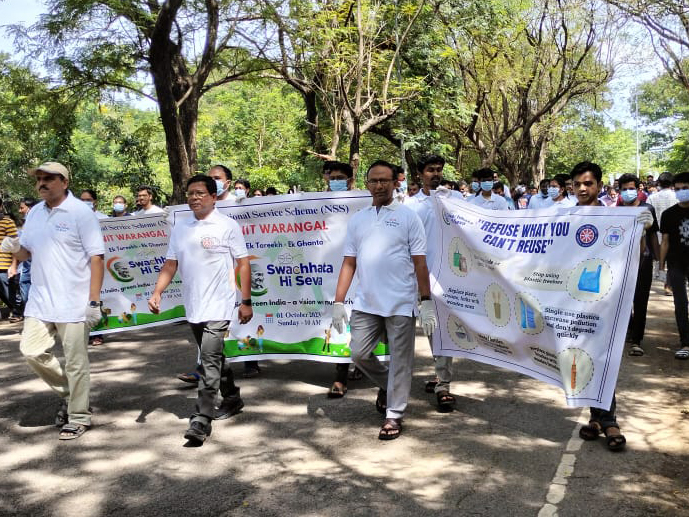
Swachhata Hi Seva - Ek Tareekh - Ek Ghanta
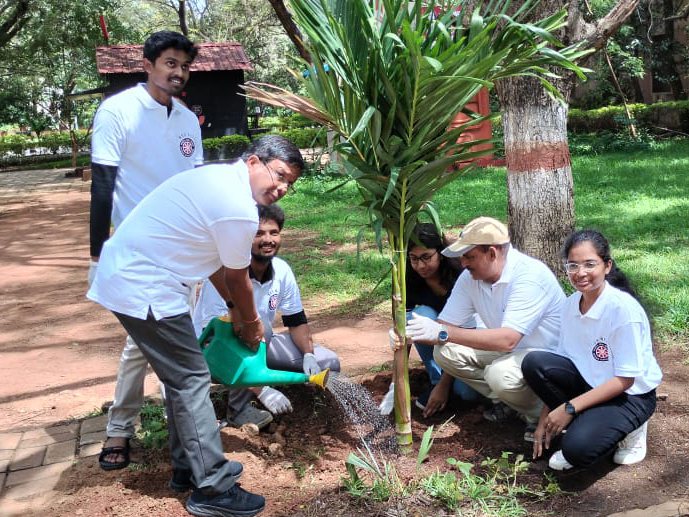
Swachhata Hi Seva - Ek Tareekh - Ek Ghanta
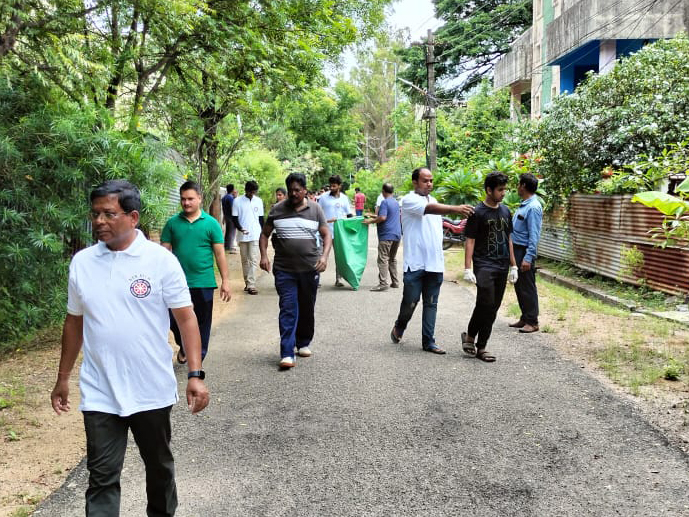
Swachhata Hi Seva - Ek Tareekh - Ek Ghanta
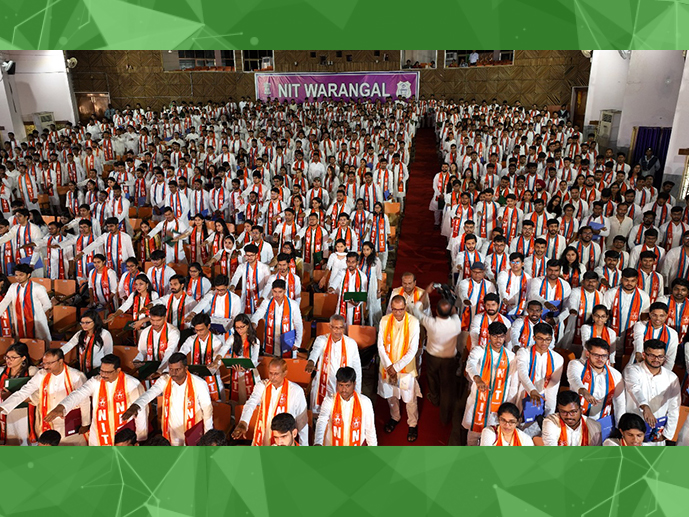
21st Convocation 2023 v3
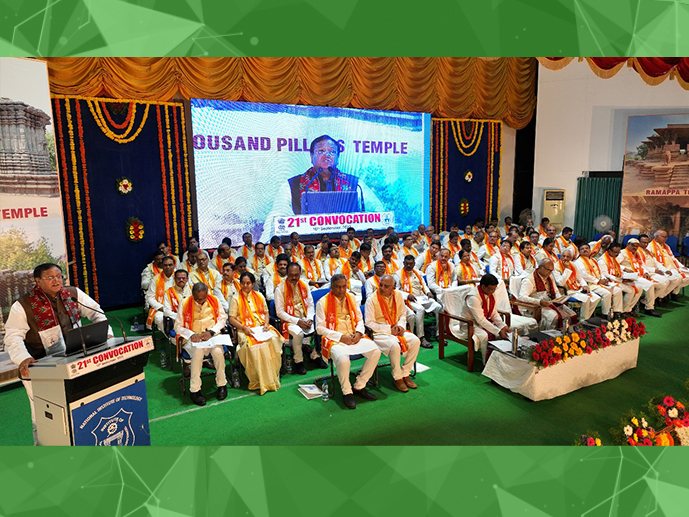
21st Convocation 2023
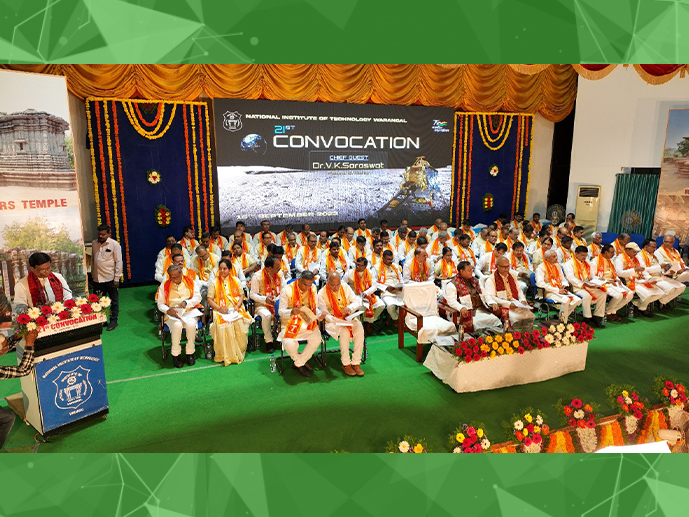
21st Convocation 2023
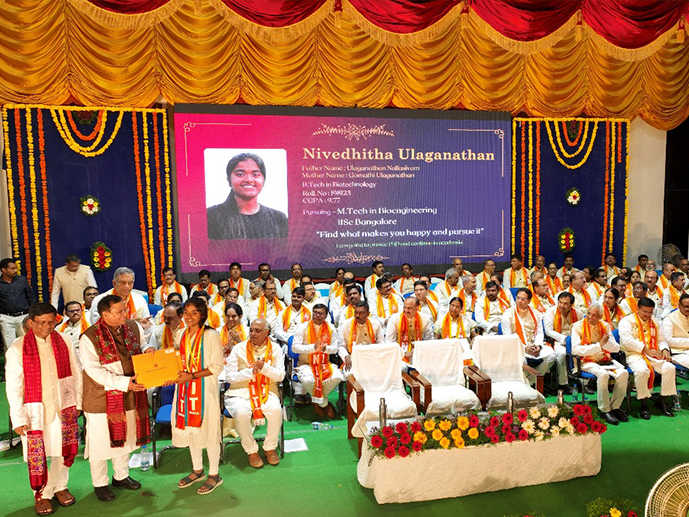
21st Convocation 2023
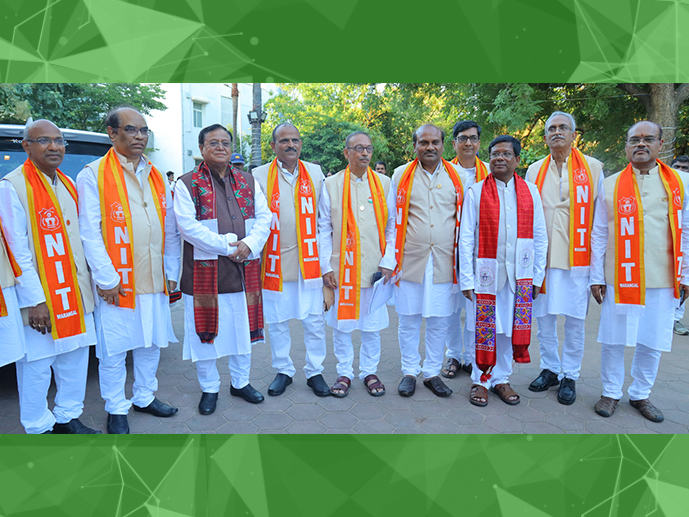
21st Convocation 2023
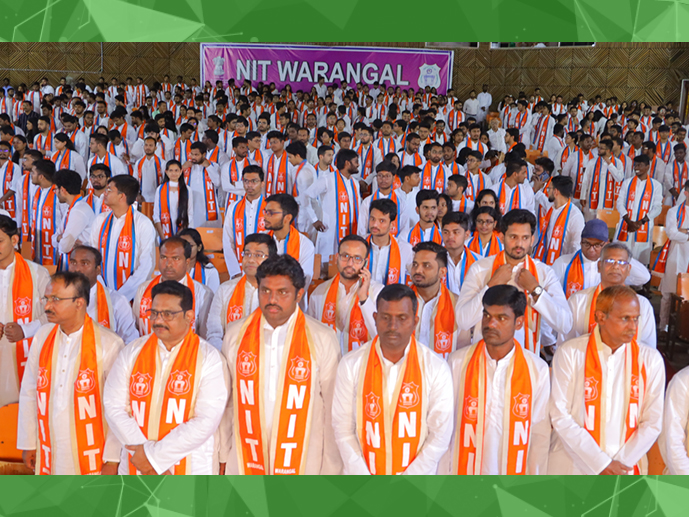
21st Convocation 2023
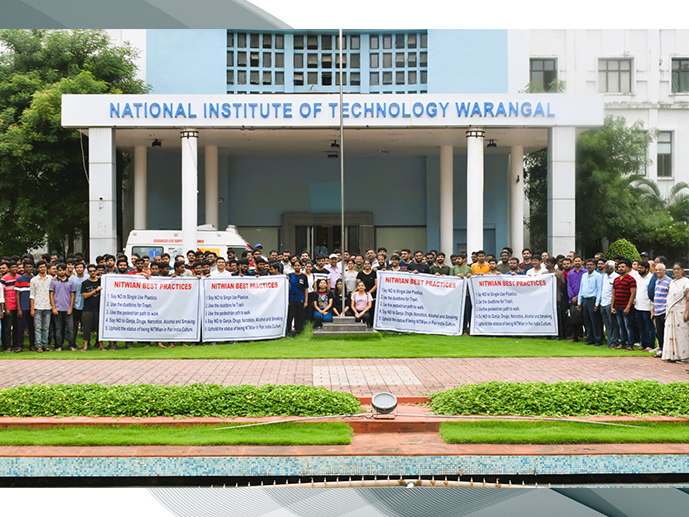
NITWian Best Practices Campaign
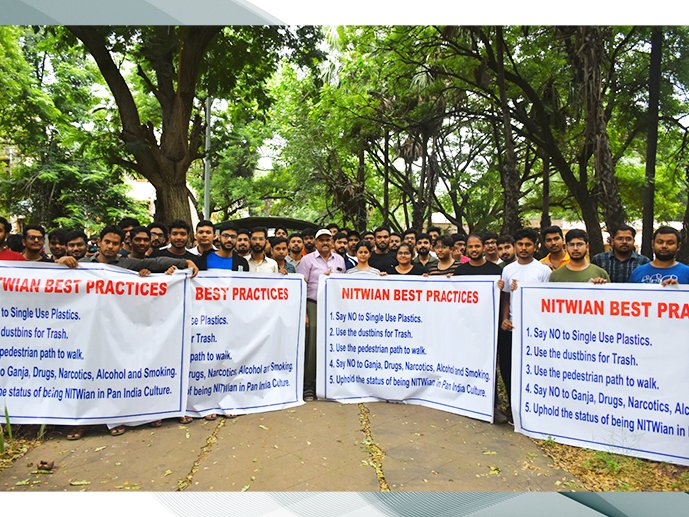
NITWian Best Practices Campaign
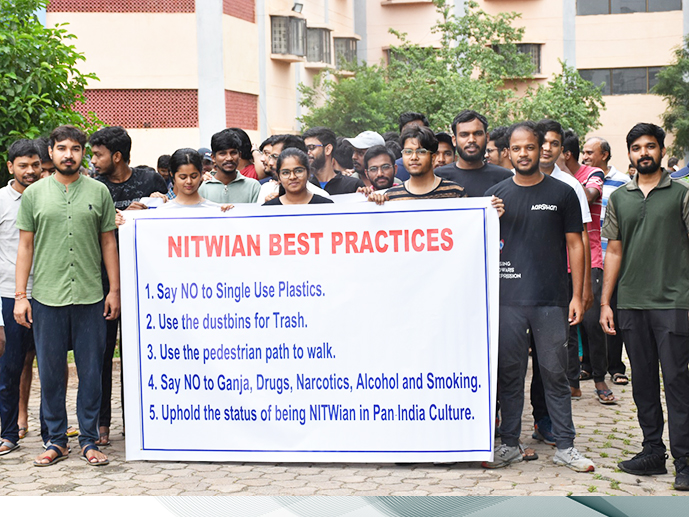
NITWian Best Practices Campaign
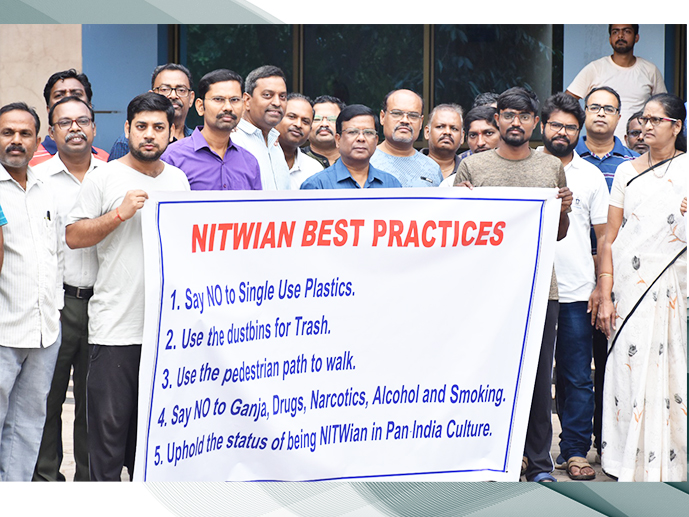
NITWian Best Practices Campaign

77th Independence Day
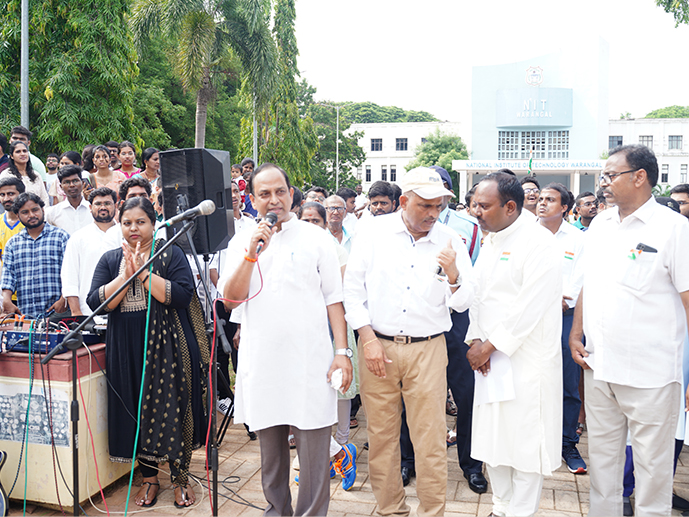
77th Independence Day
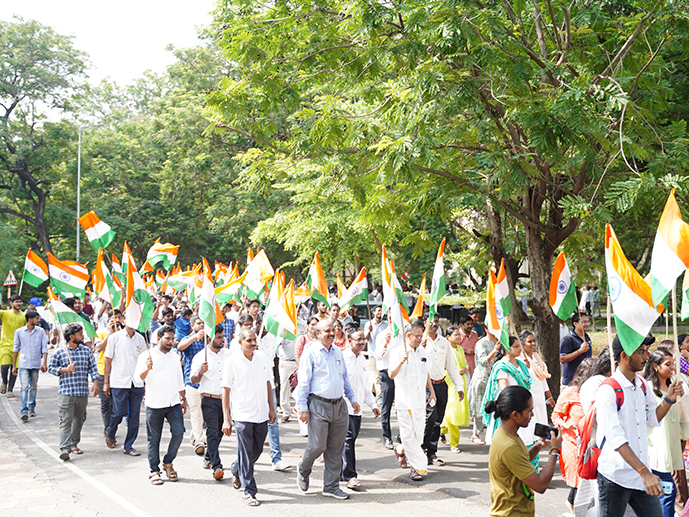
77th Independence Day
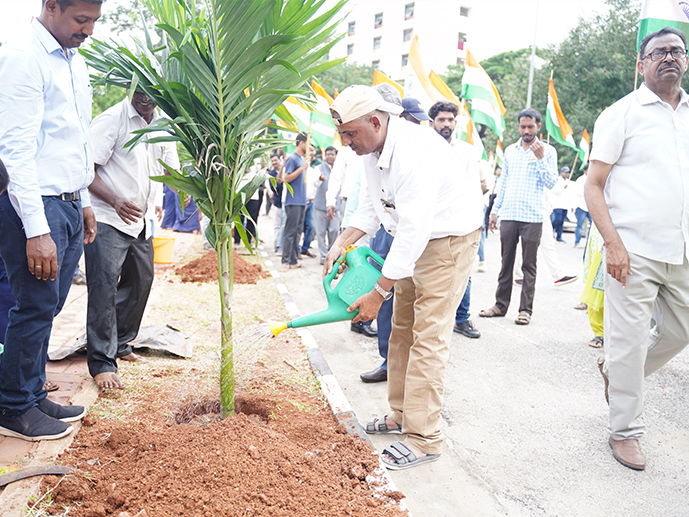
77th Independence Day
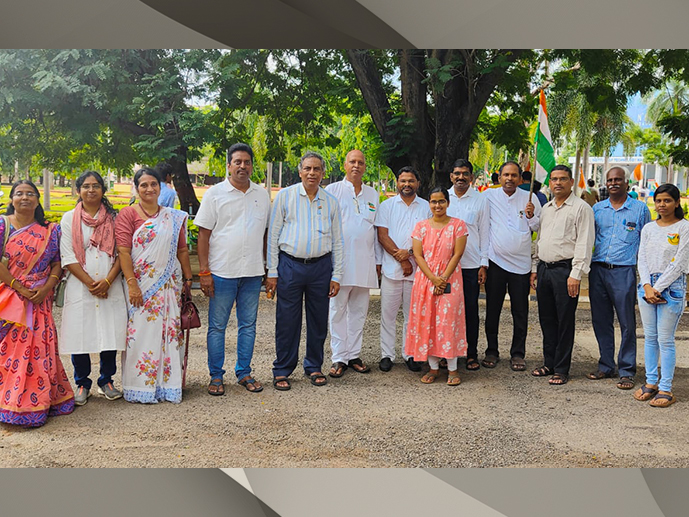
77th Independence Day
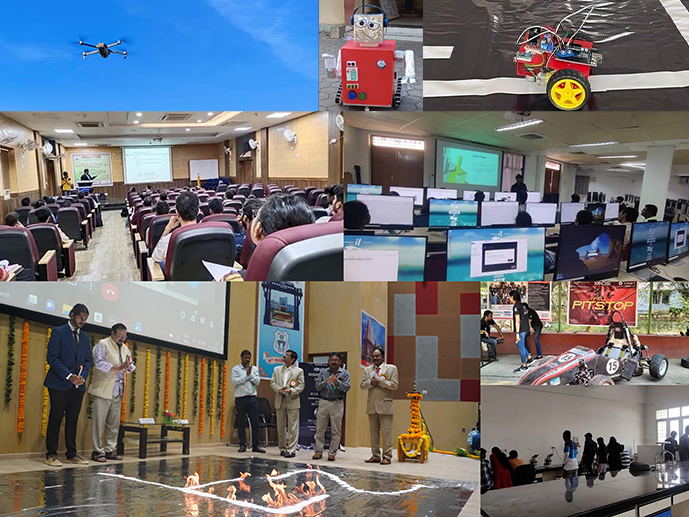
Technozion 22
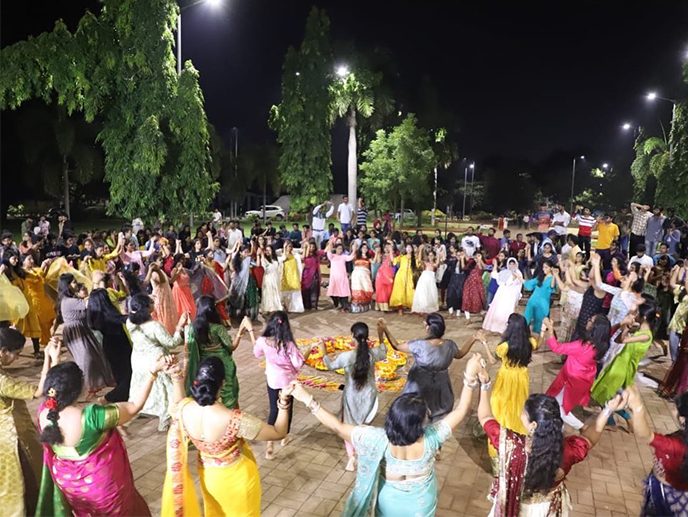
Bathukamma Festival in the campus

Super Market to render to the needs of students, faculty and staff set up
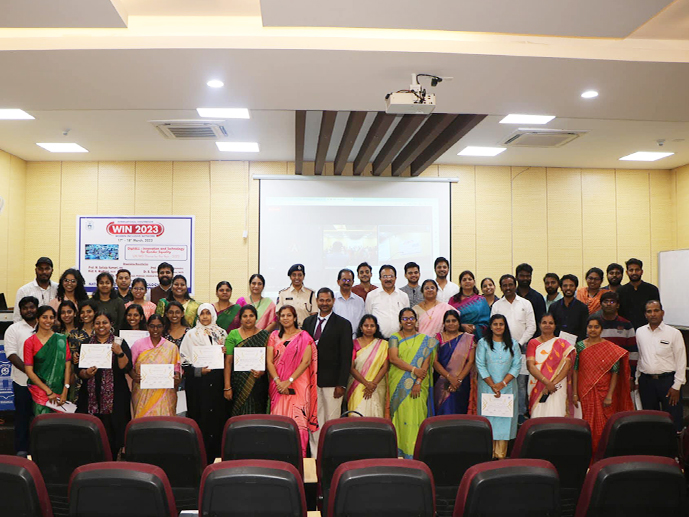
Women Inclusive Network (WIN2023)
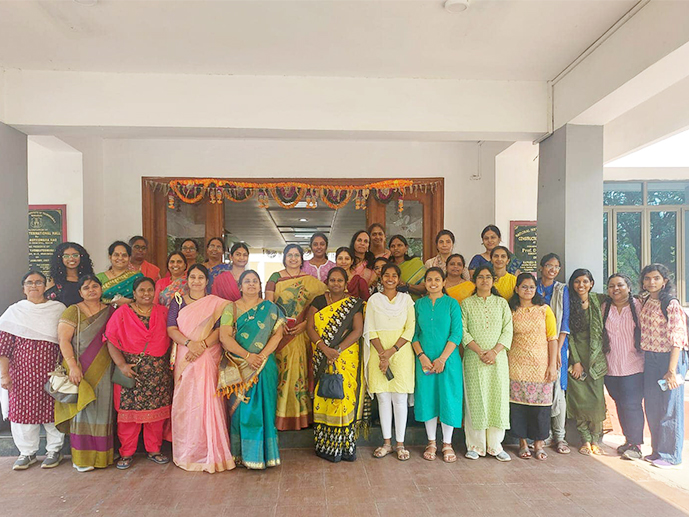
Women’s day

Mega Blood Donation Camp
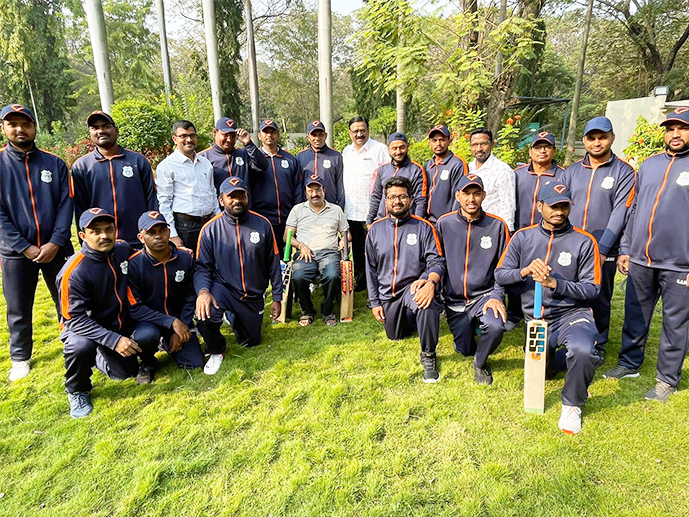
Faculty & Staff cricket teams
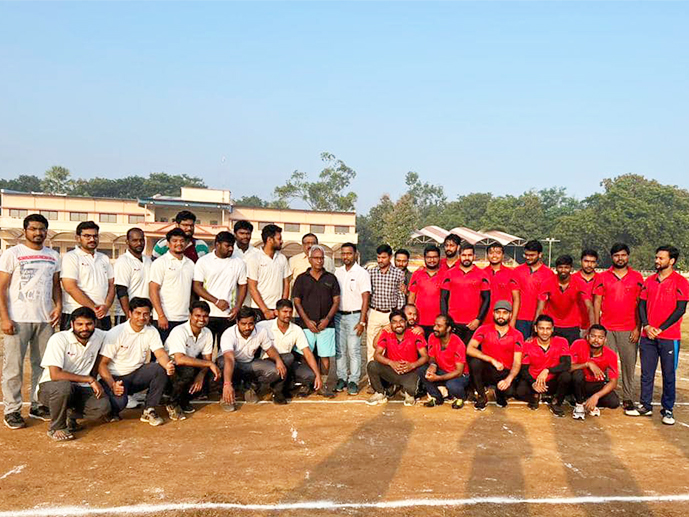
scholars Premium League
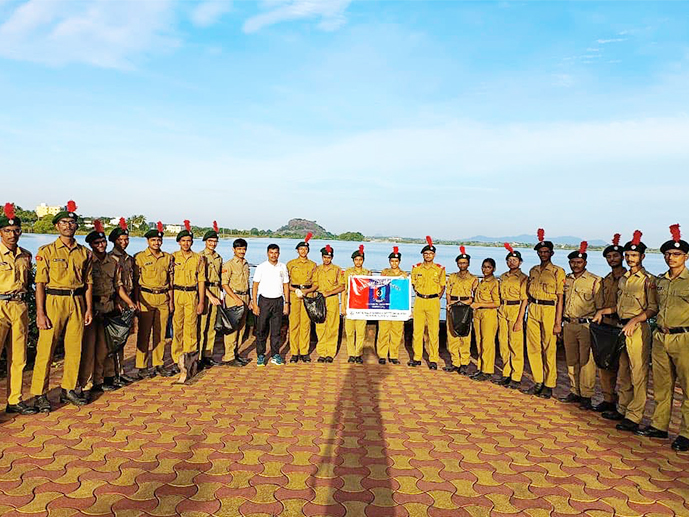
Puneet Sagar Abhiyan
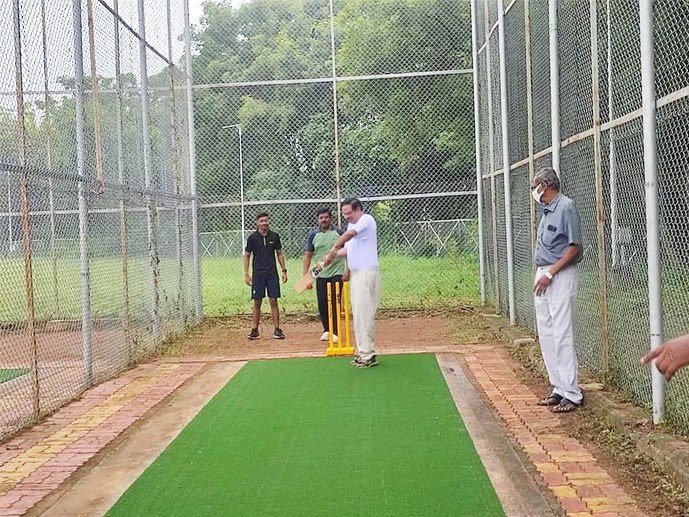
Artificial cricket Turf pitches in the stadium
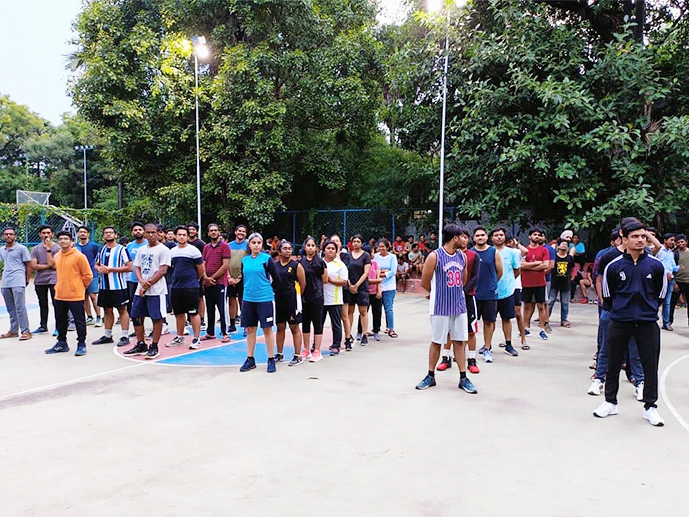
National Sports Day
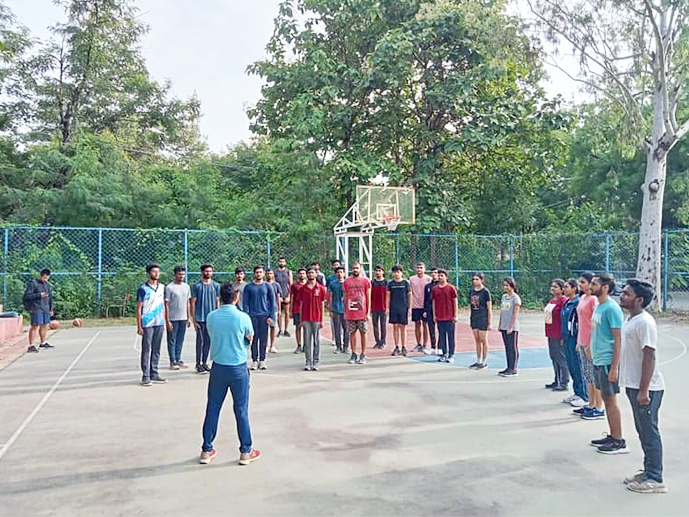
General conditioning, strengthening and fitness session

har ghar tiranga campaign
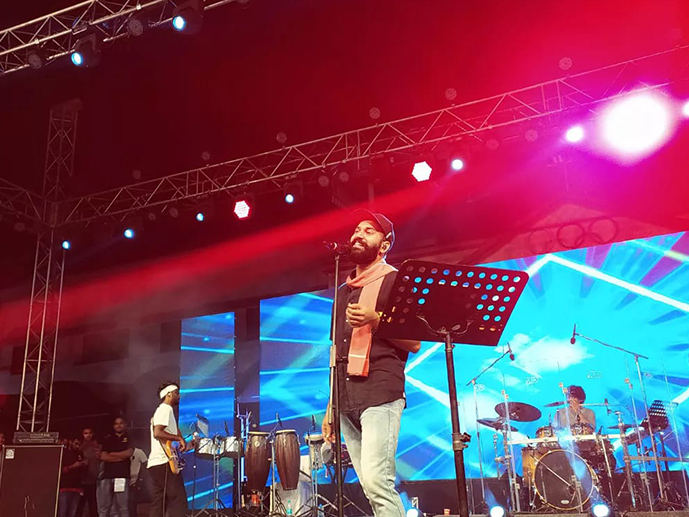
Proshow - RamMiriyala
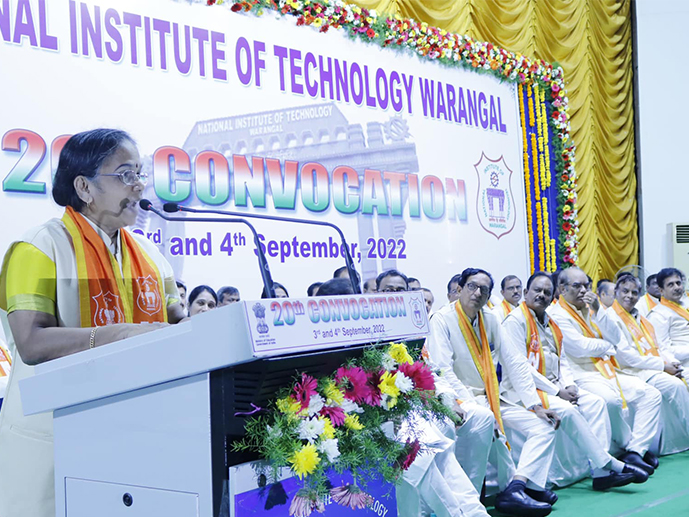
Dr.N.Kalaiselvi, DG, CSIR during the 20th convocation for PhD and PG
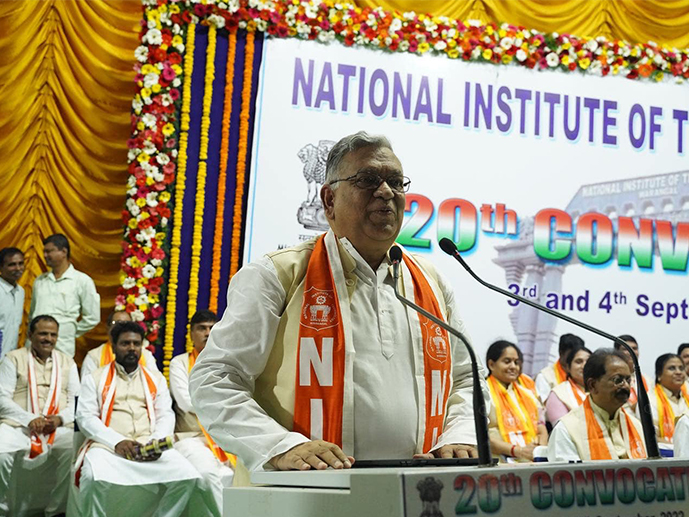
Prof. Sudhir K. Jain, VC Banaras Hindu University, during the 20th convocation
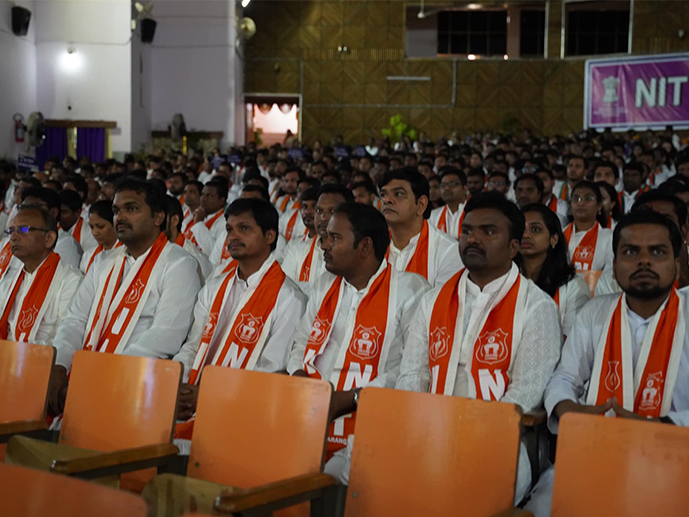
20th Convocation PhD and PG
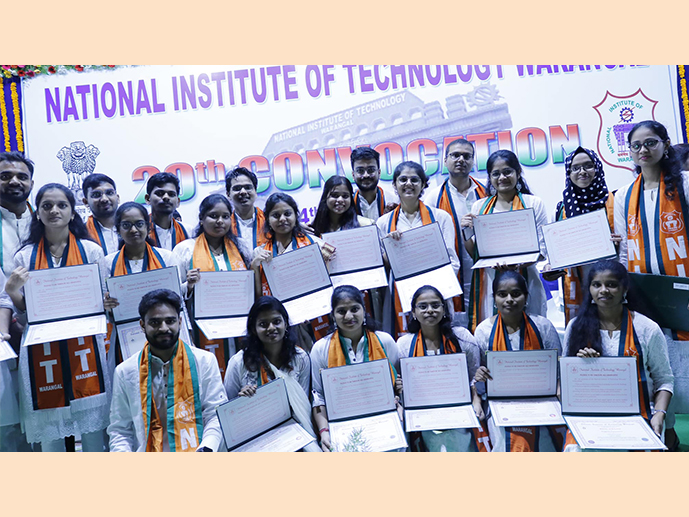
20th Convocation
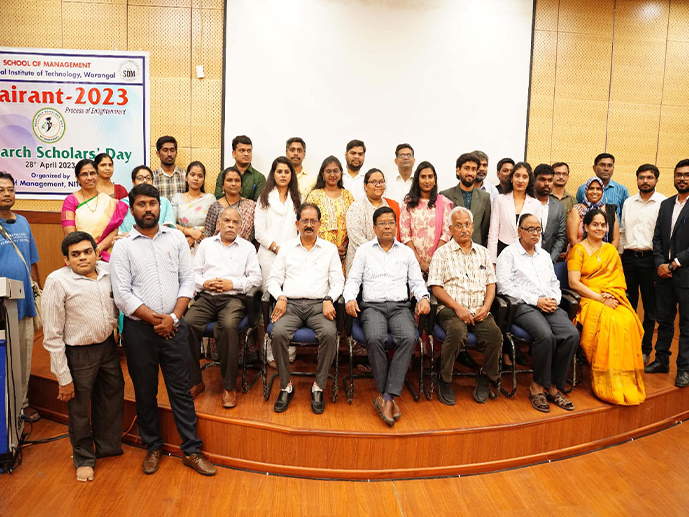
Research scholars day
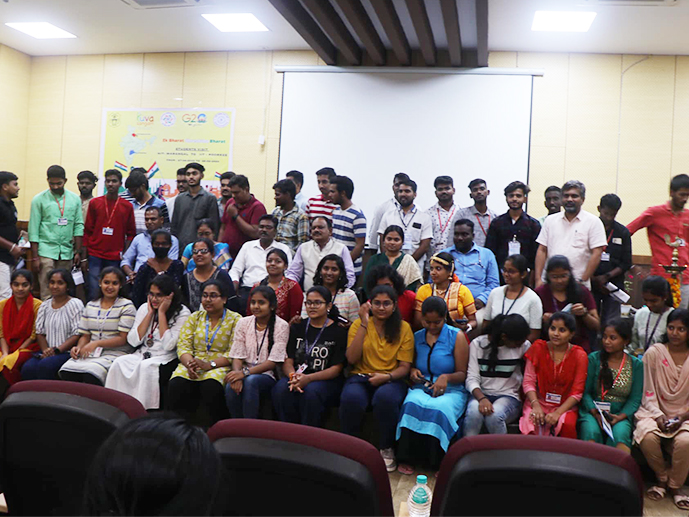
YuvaSangam an initiative of EkBharatShreshthBharat
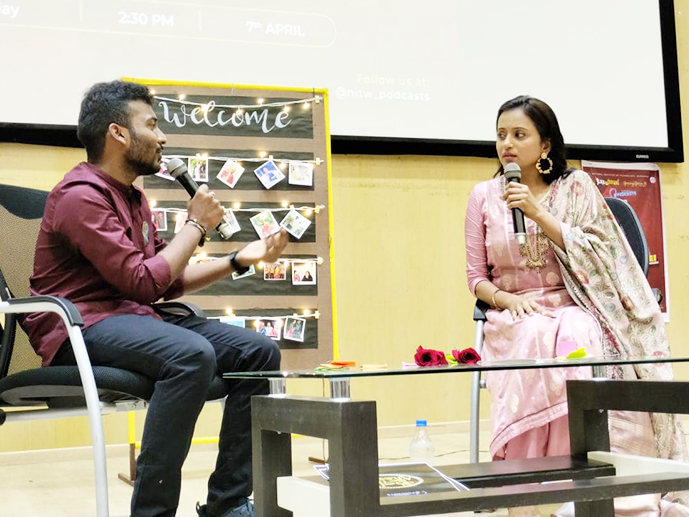
kanakalasuma garu interacting with students
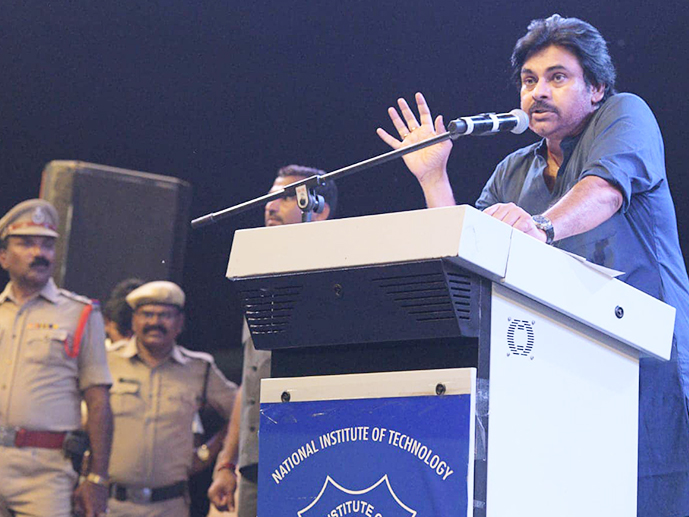
Springspree 2023 was inaugurated by Shri. Pawan Kalyan
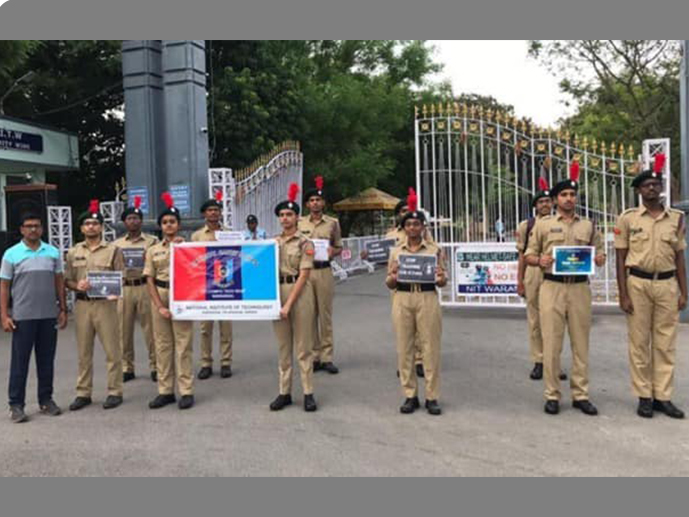
NCC cadets of National Institute of Technology
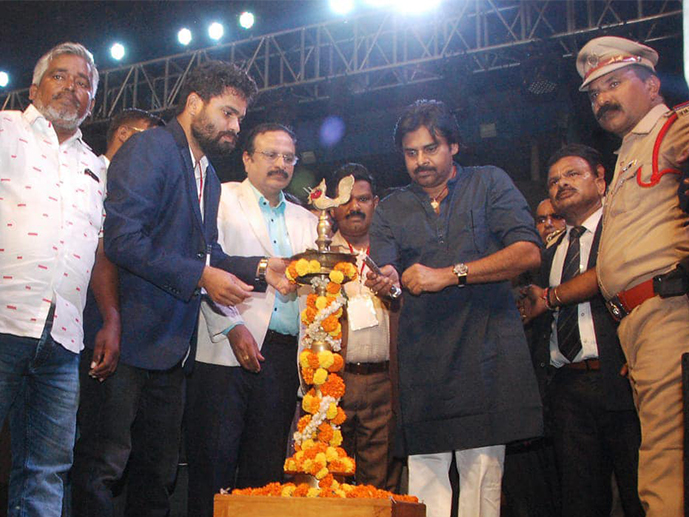
NIT Warangal Springspree 2023
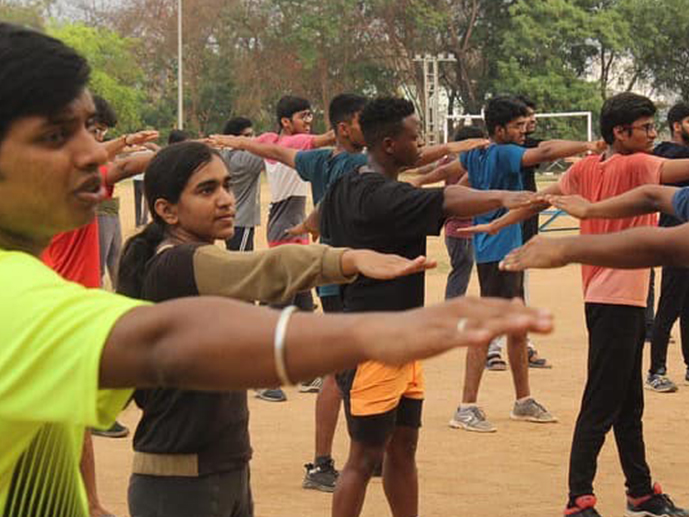
Workshop on self Defence
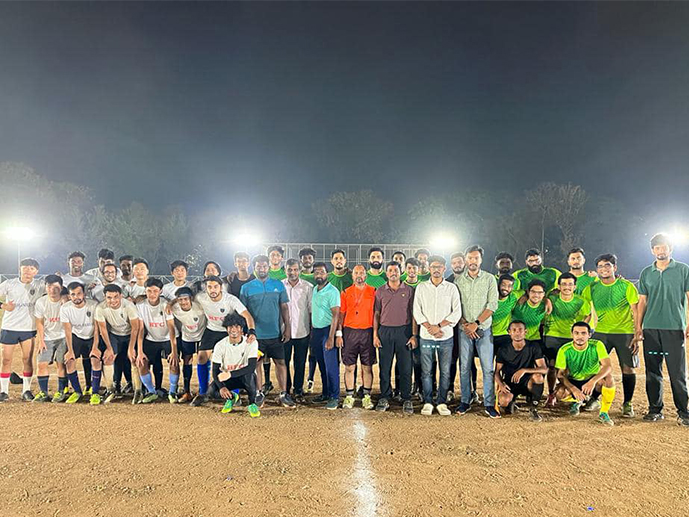
NITW Football Premier League- Season 2, 2023
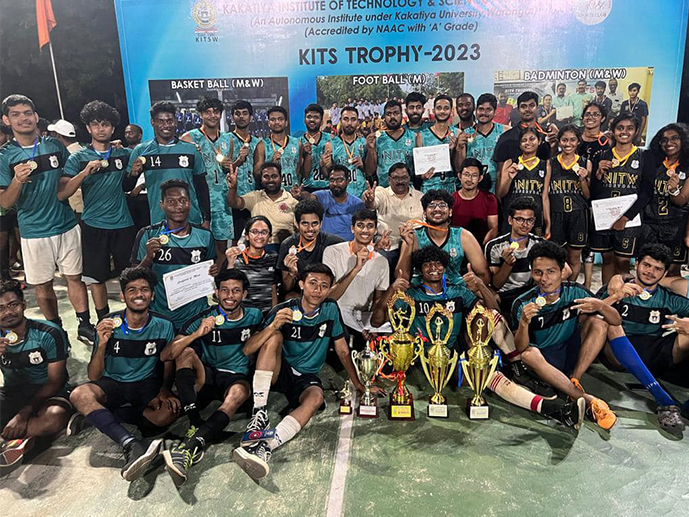
Football, Basketball boys & girls team of NIT Warangal
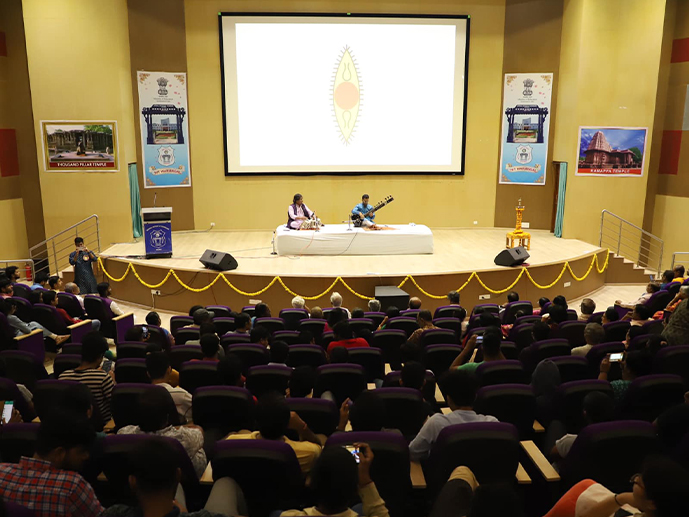
SPIC MACAY
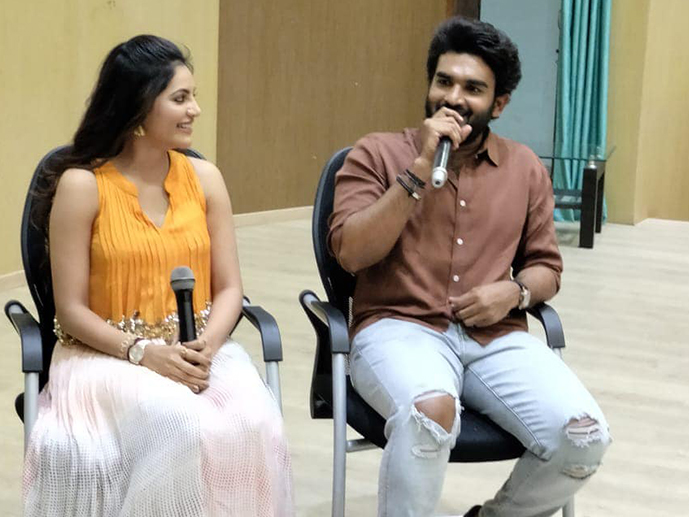
Interaction with Kiran and Athulya of Meter crew

Lantern Night, Ethnic Night and Arohaan recreating Om Shanti Om
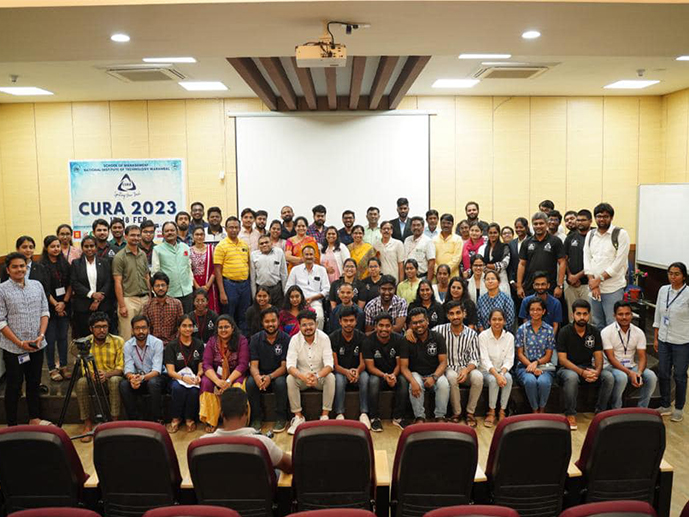
Cura’23
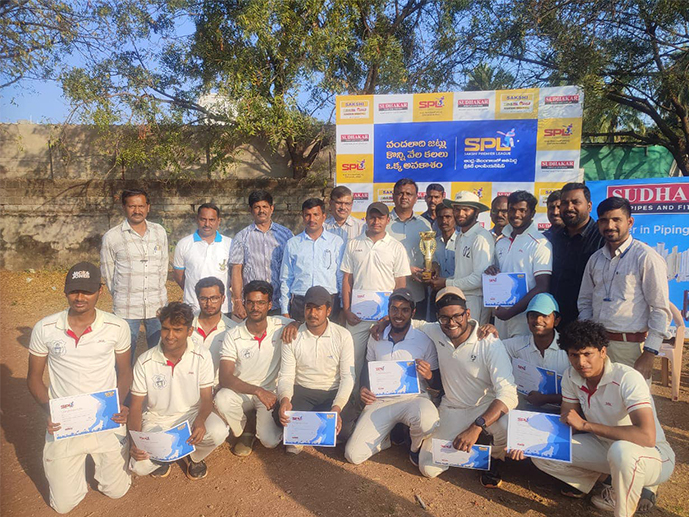
NIT Warangal cricket team
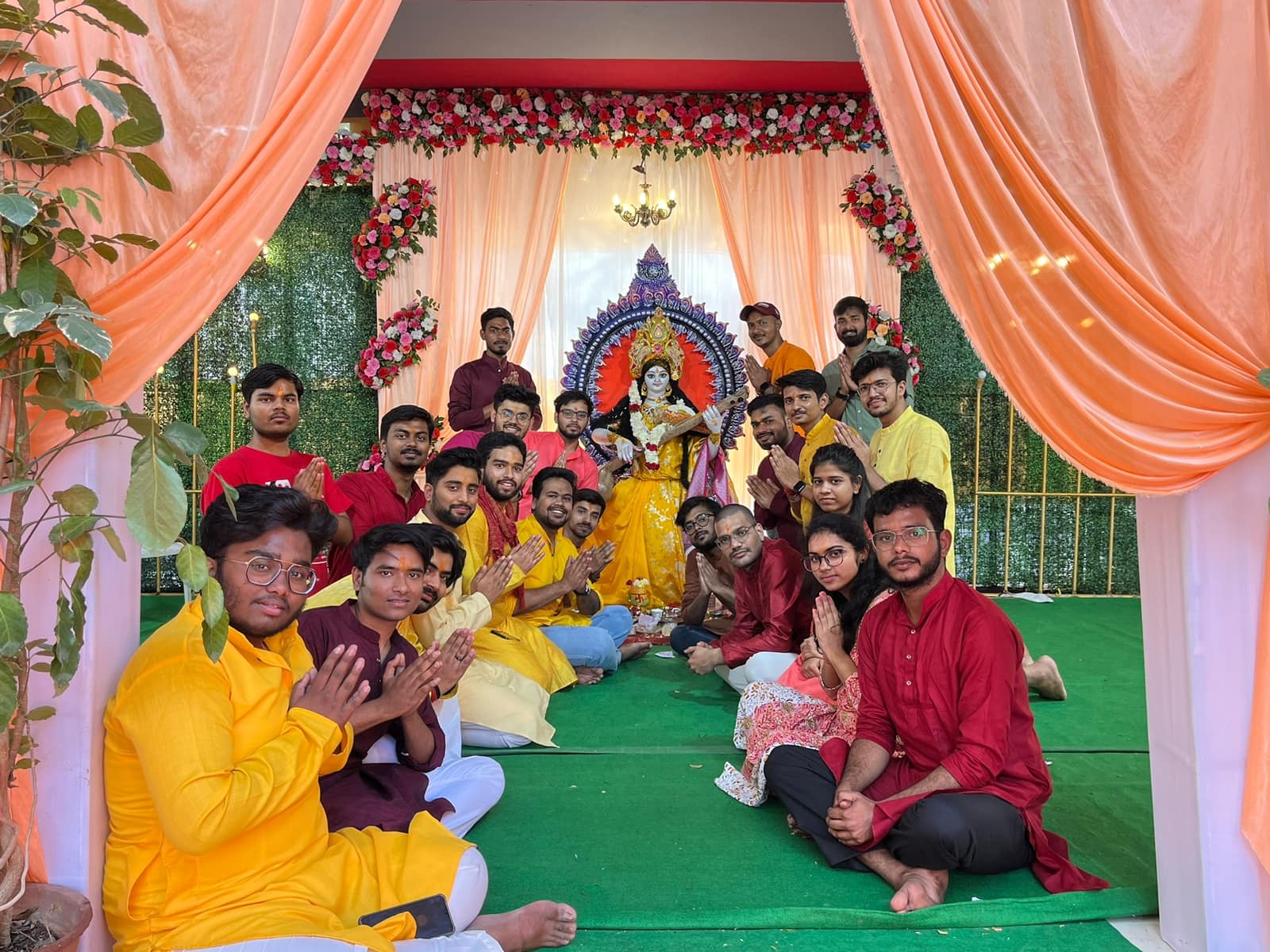
Vasant panchami celebrations
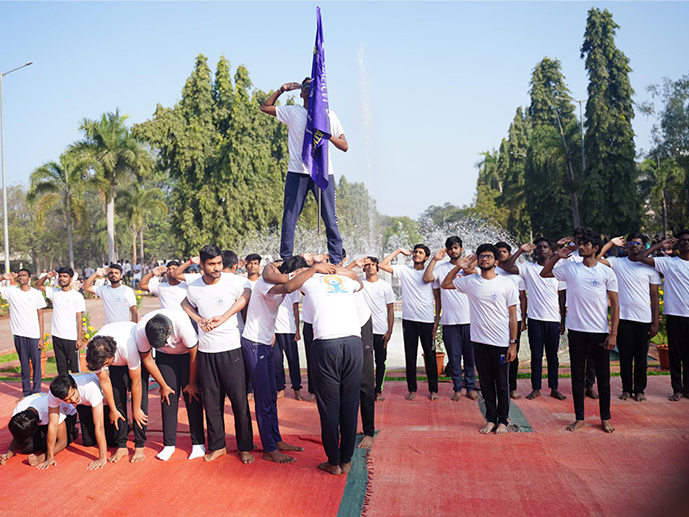
Republic Day - 2023
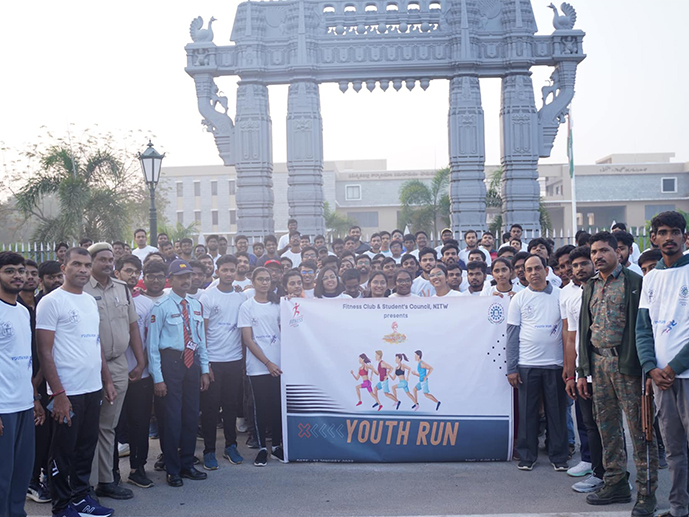
YOUTH RUN

youth fest 2023
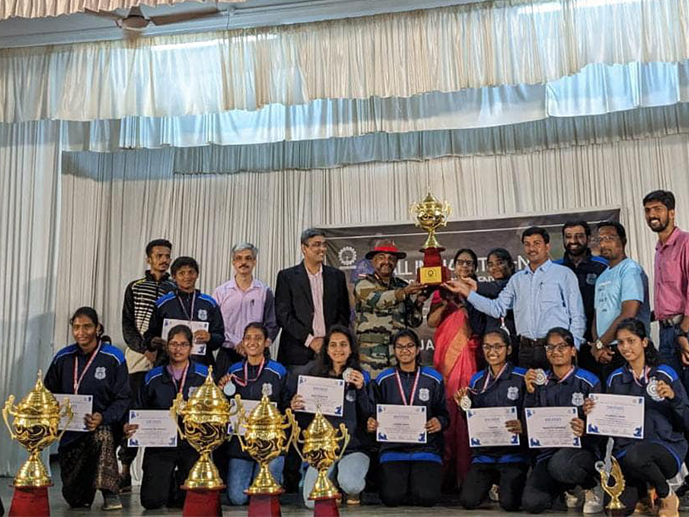
NIT Warangal Handball Girls team
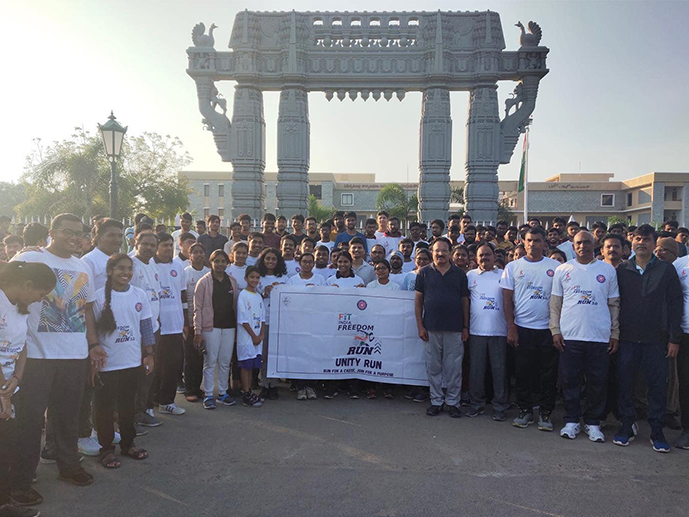
Fit India Freedom Run 3.0
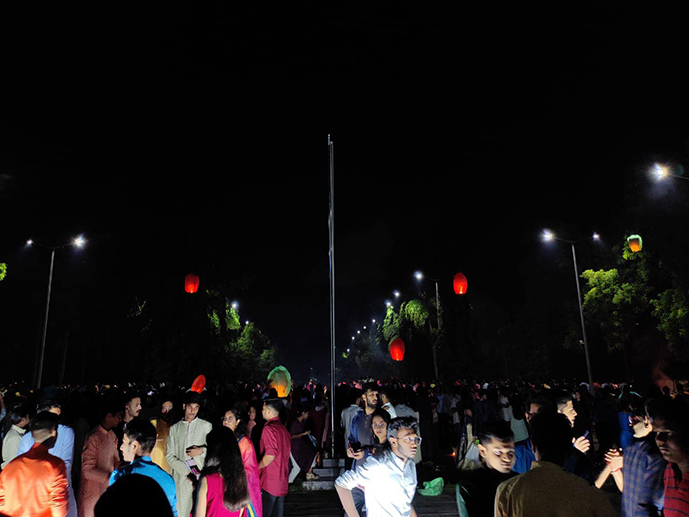
Diwali by spreading the significance of preserving the environment

IGNOSI - Quest for Wisdom
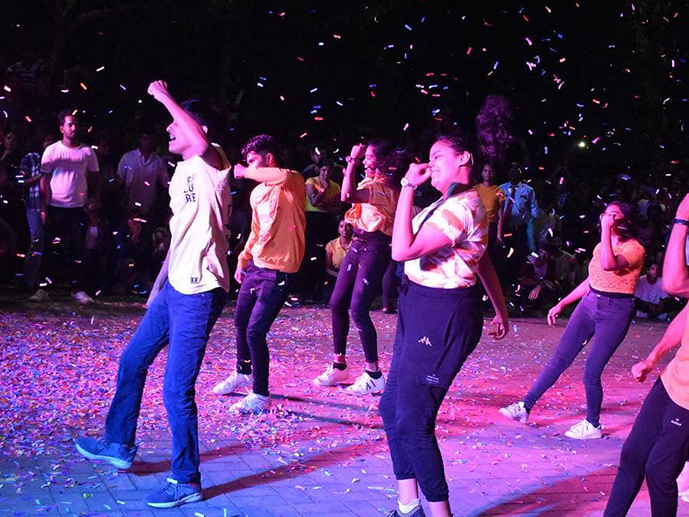
Flashmob

theme for Technozion’22
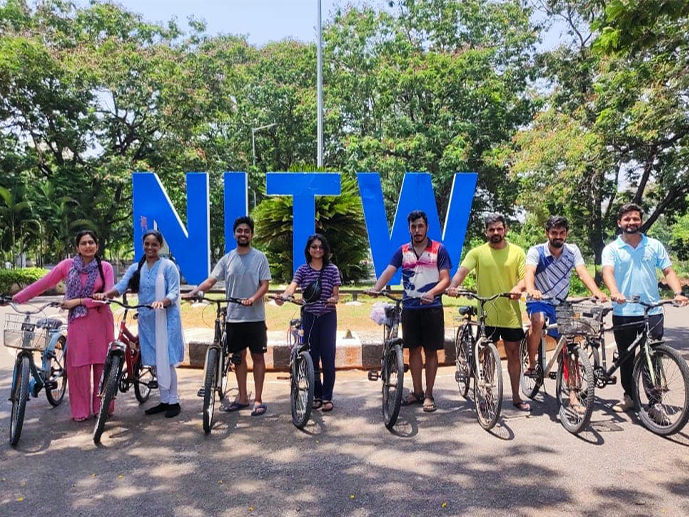
World Bicycle DAy
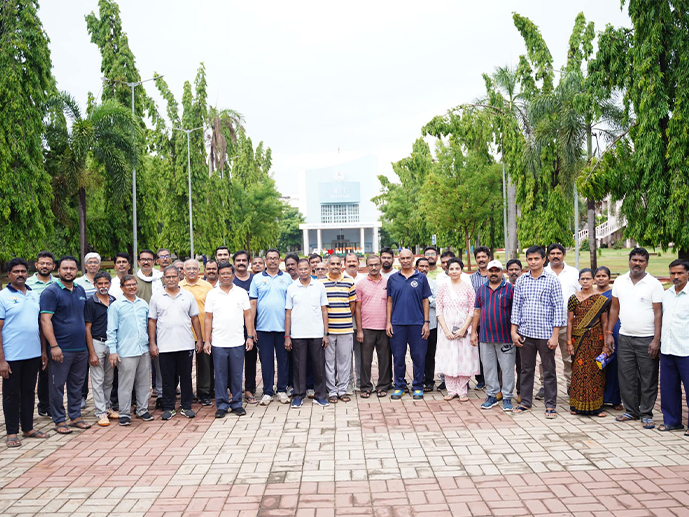
Second Swachhata campaign on 25th June, 2023

9th International Yoga Day

Department of ECE conducted cleaning drive in connection to the Swachatha Campaign

Swacchata Campaign on 27th May, 2023

Endowment Awards Presentation Ceremony 2023

jyotirao_phule

Holi Celebration

SPARC Workshop on "NOVEL BEAMFORMING AND MIMO ANTENNA DESING FOR 5G/6G APPLICATION EMPLOYING TIME MODULATION TECHNIQUES

International Women's Day


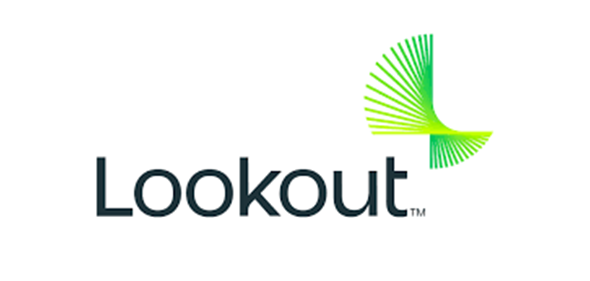
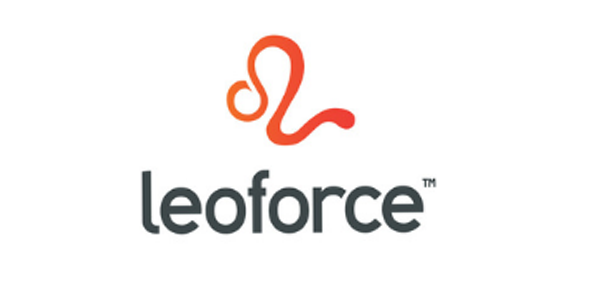
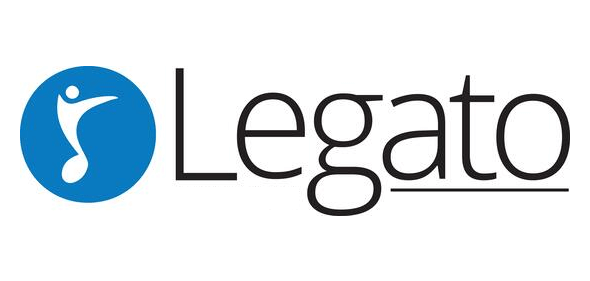
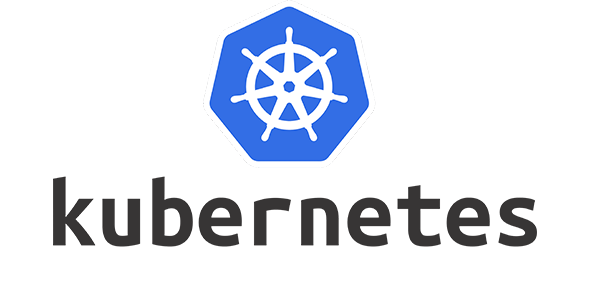
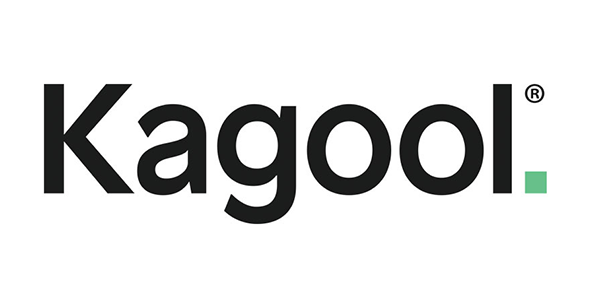
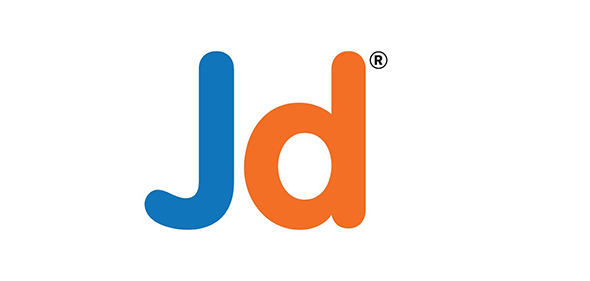

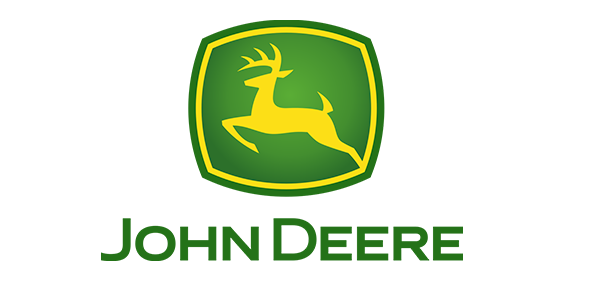
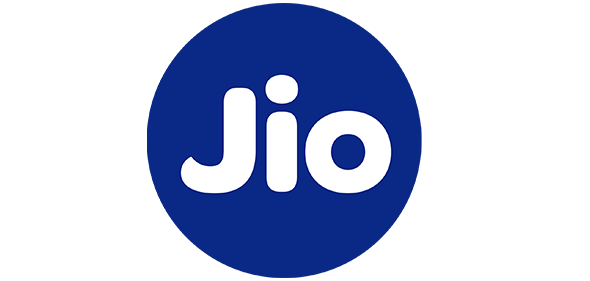
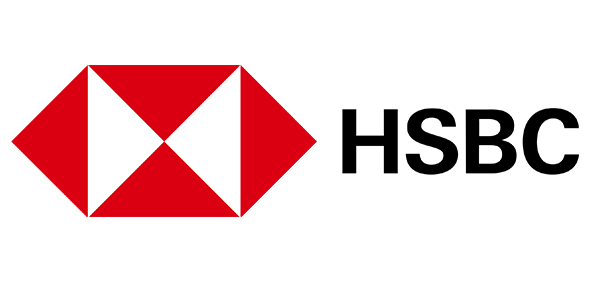
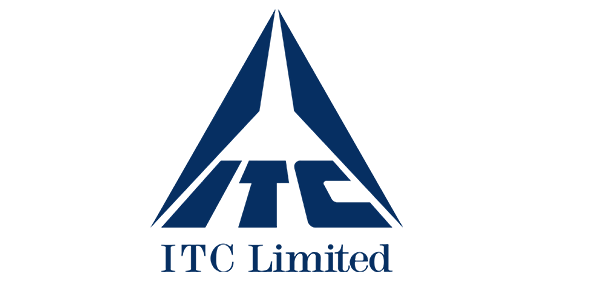
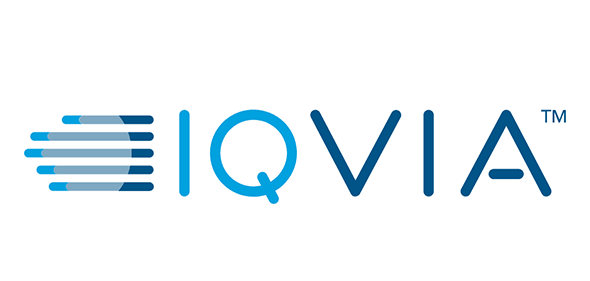
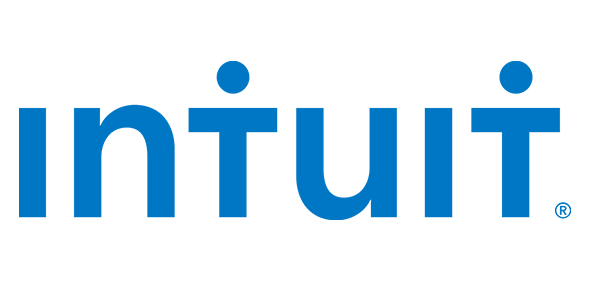
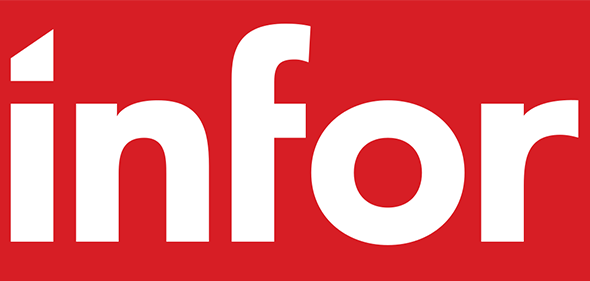
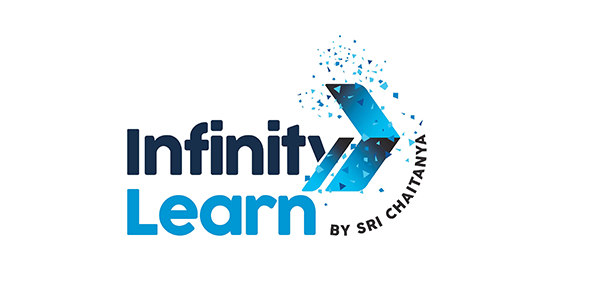
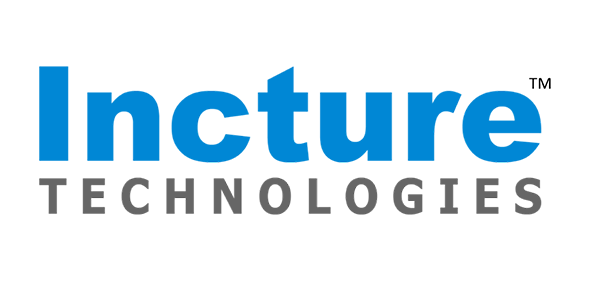
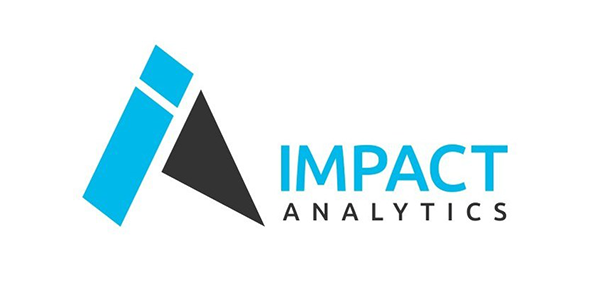
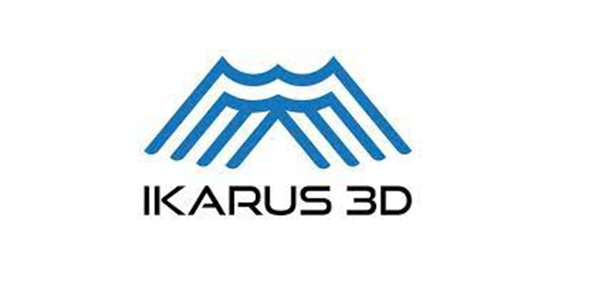
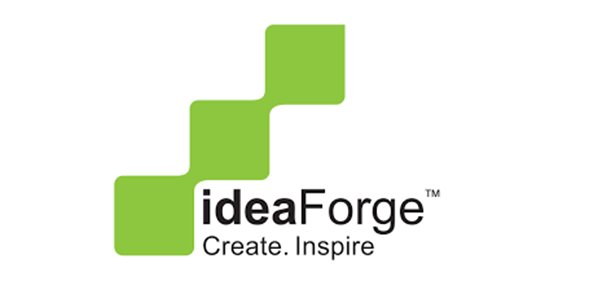
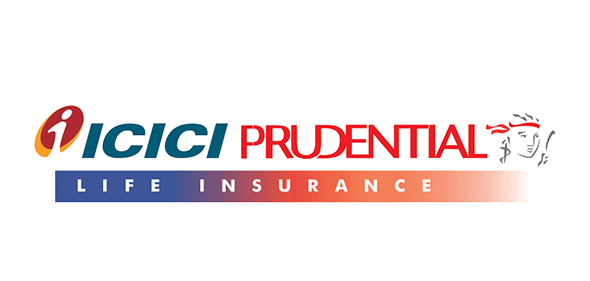

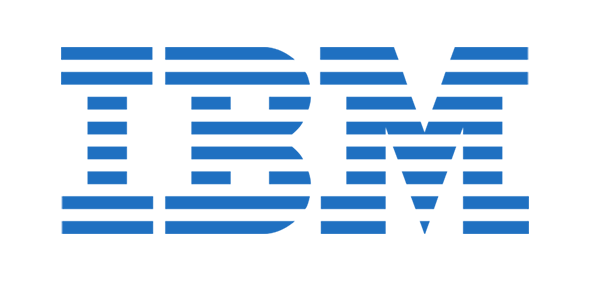
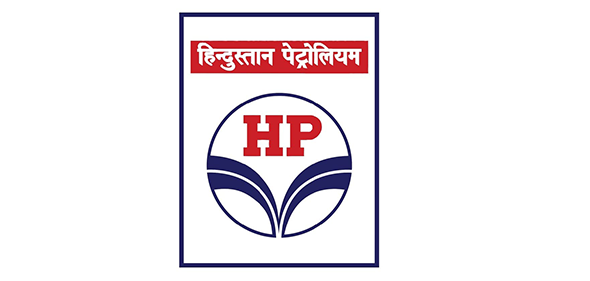
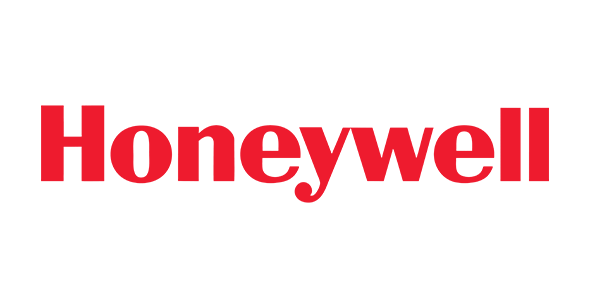
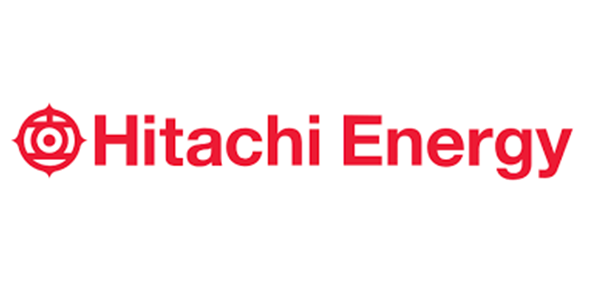

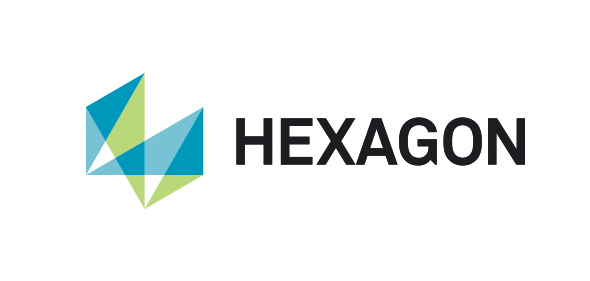
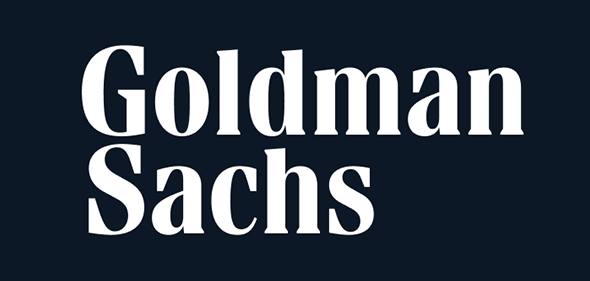
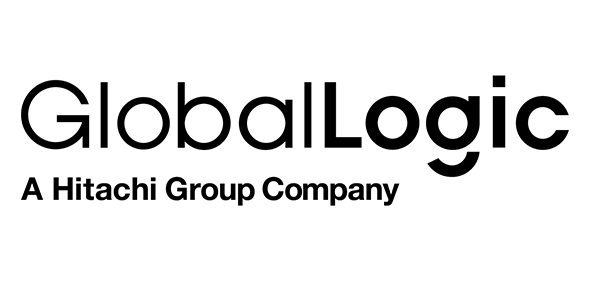
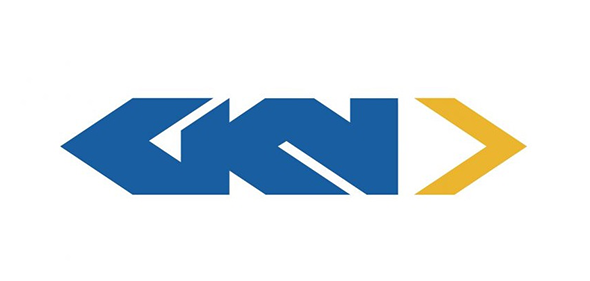

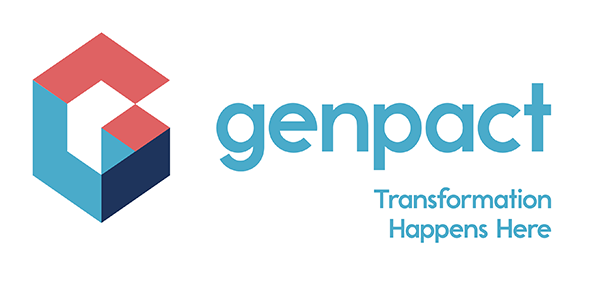



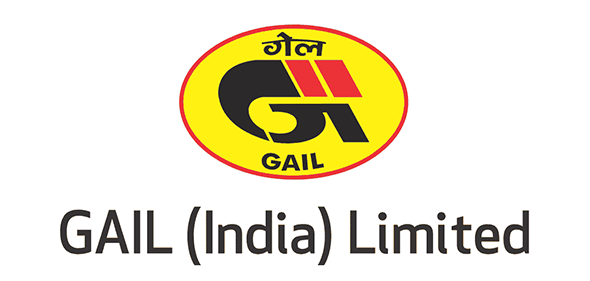
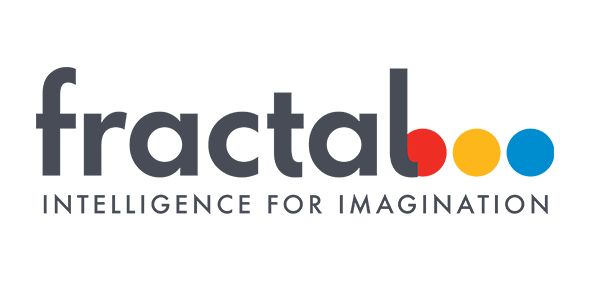
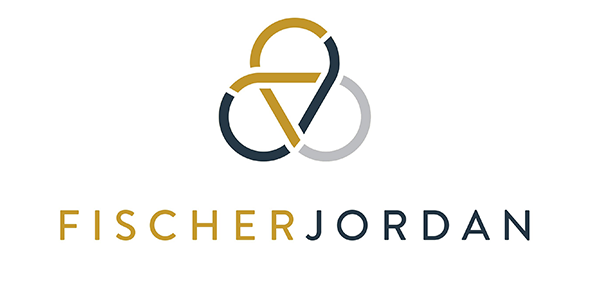
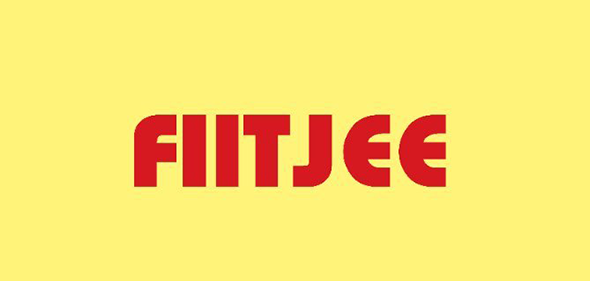
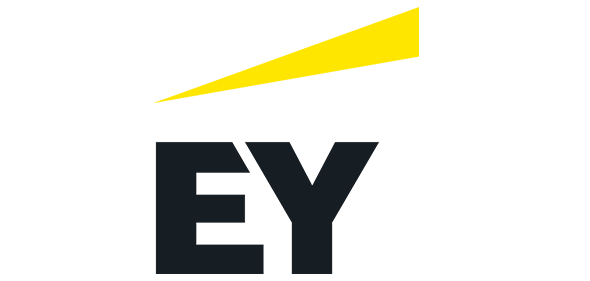


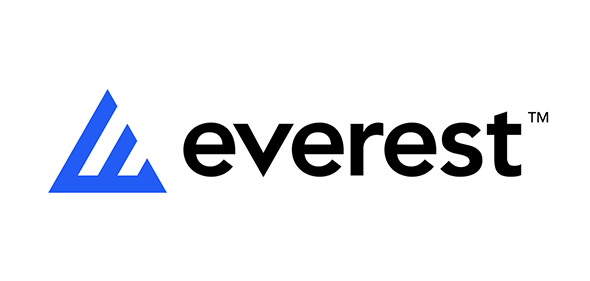

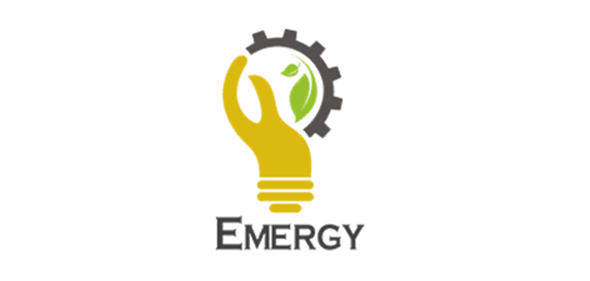

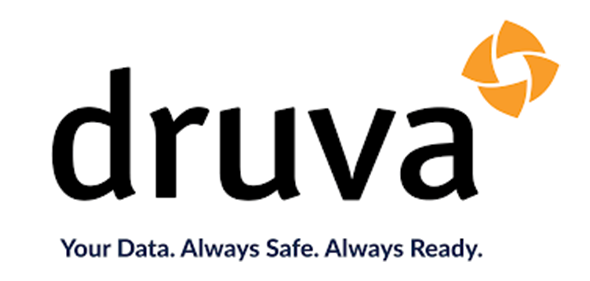



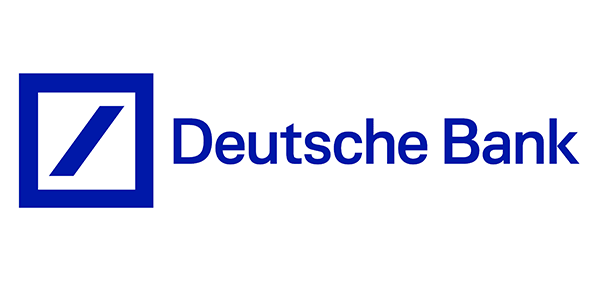

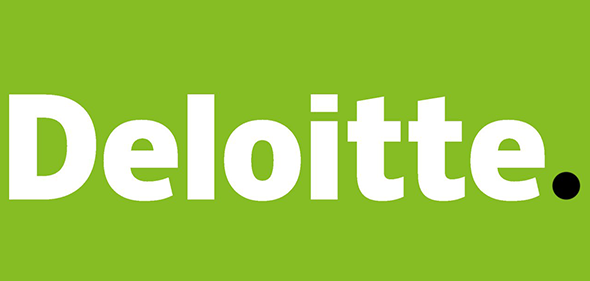


.png)

